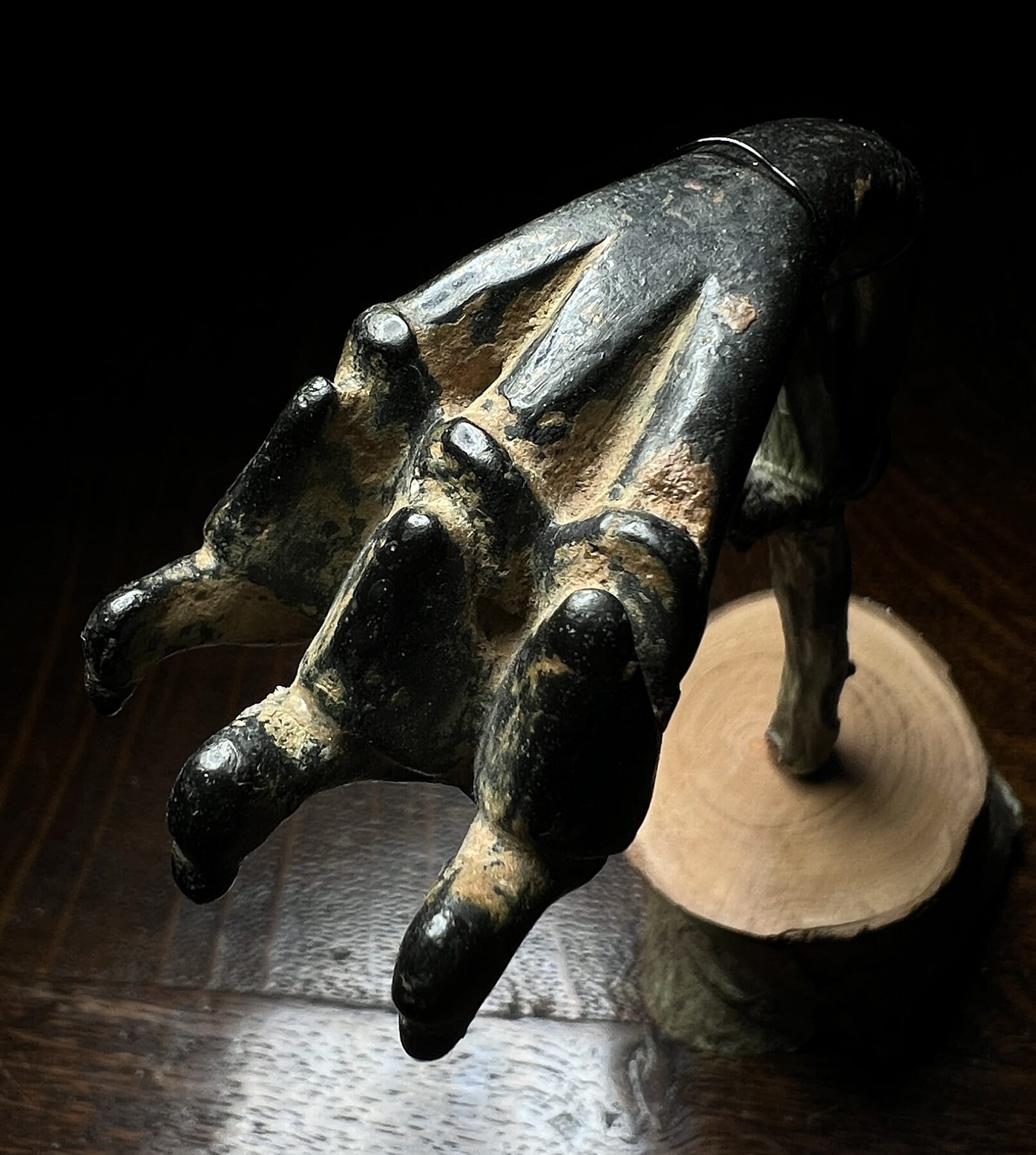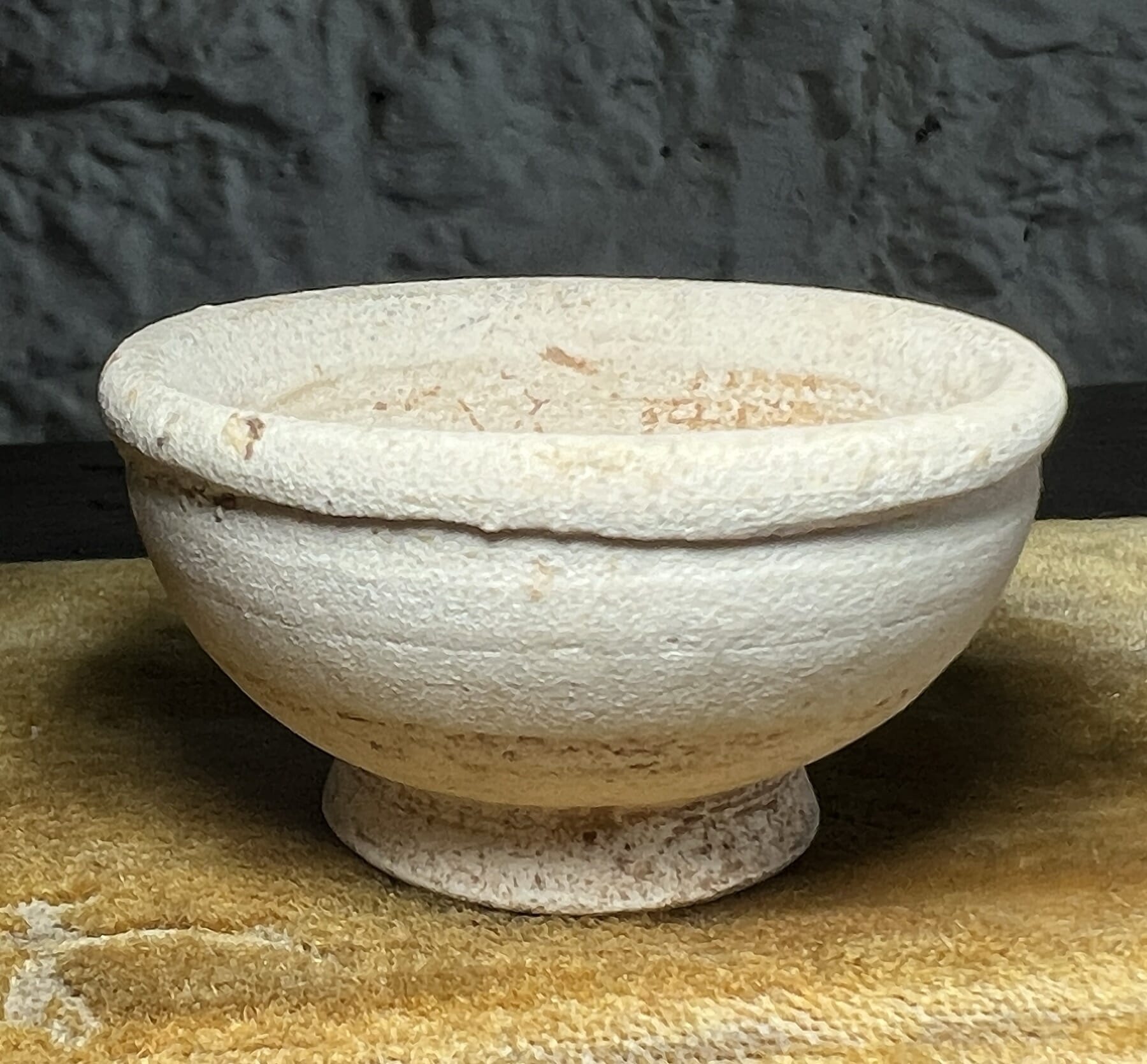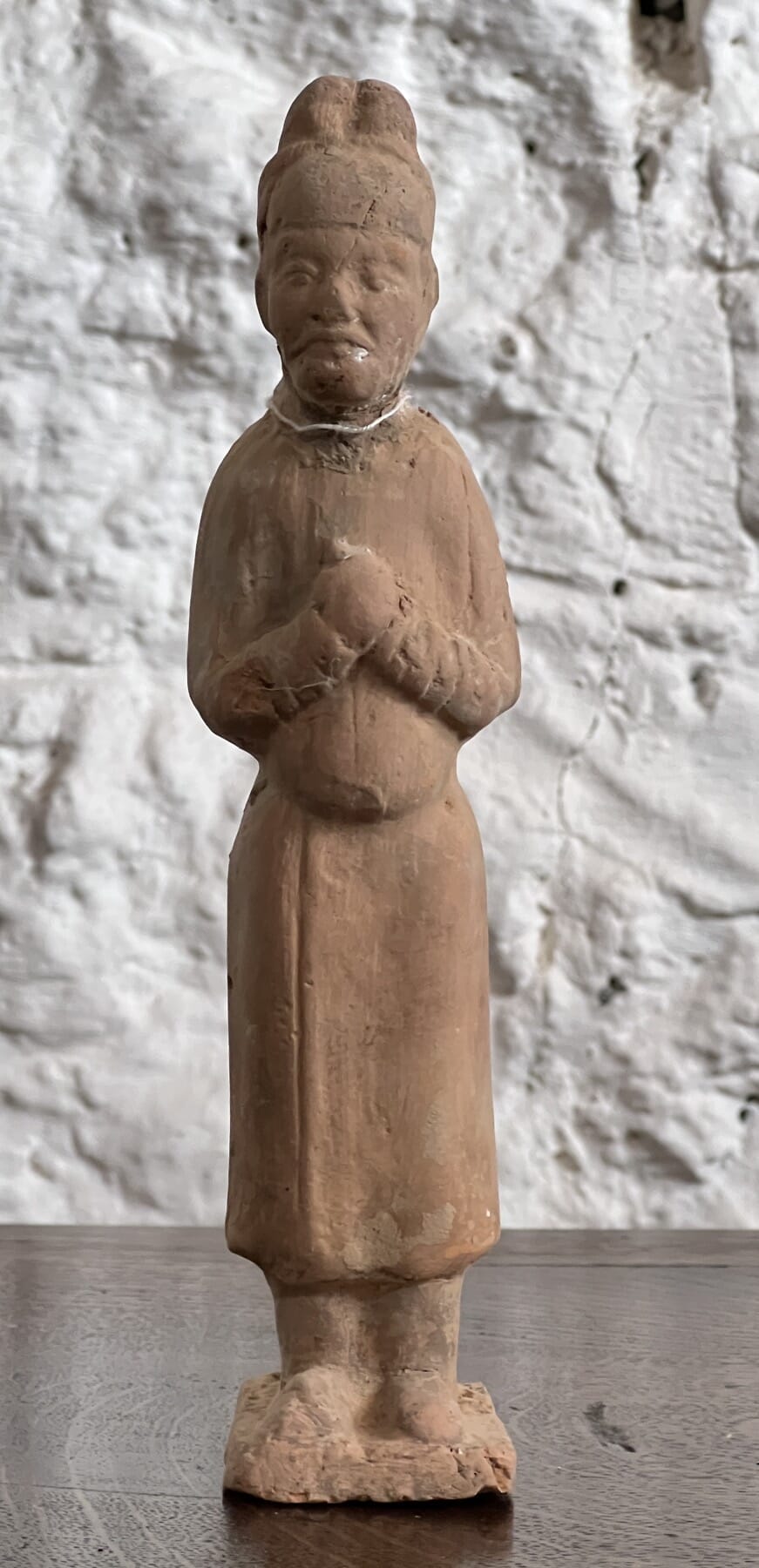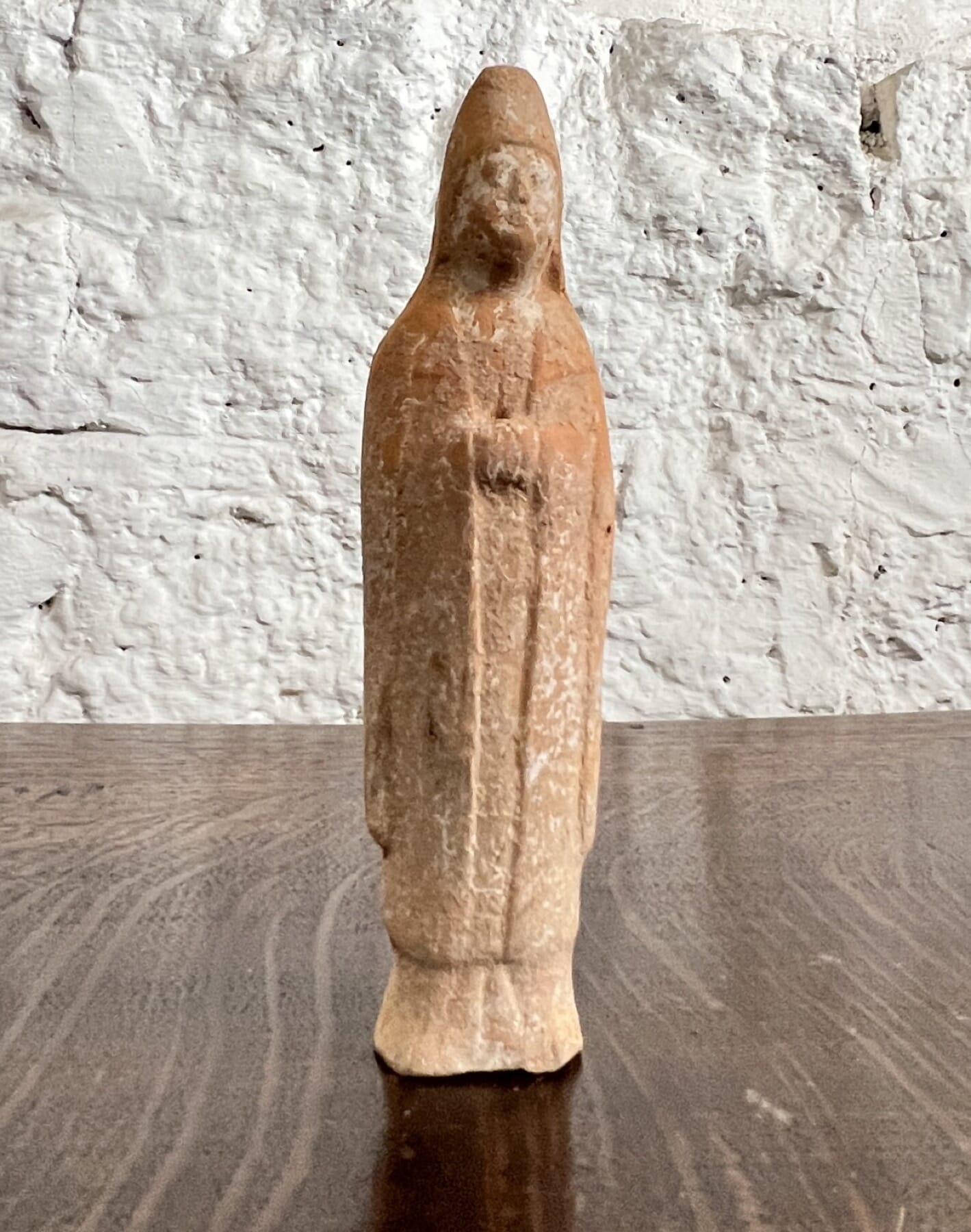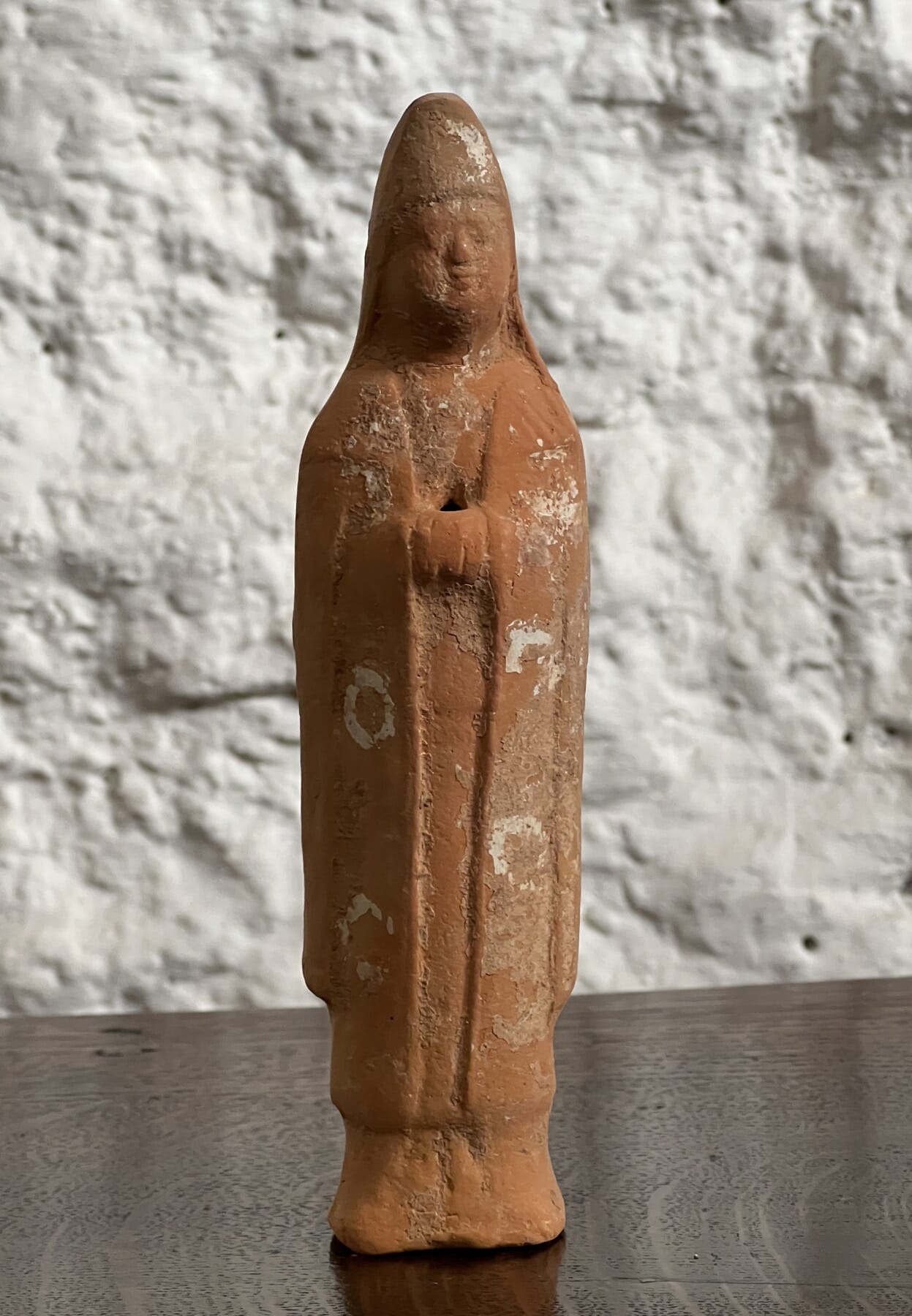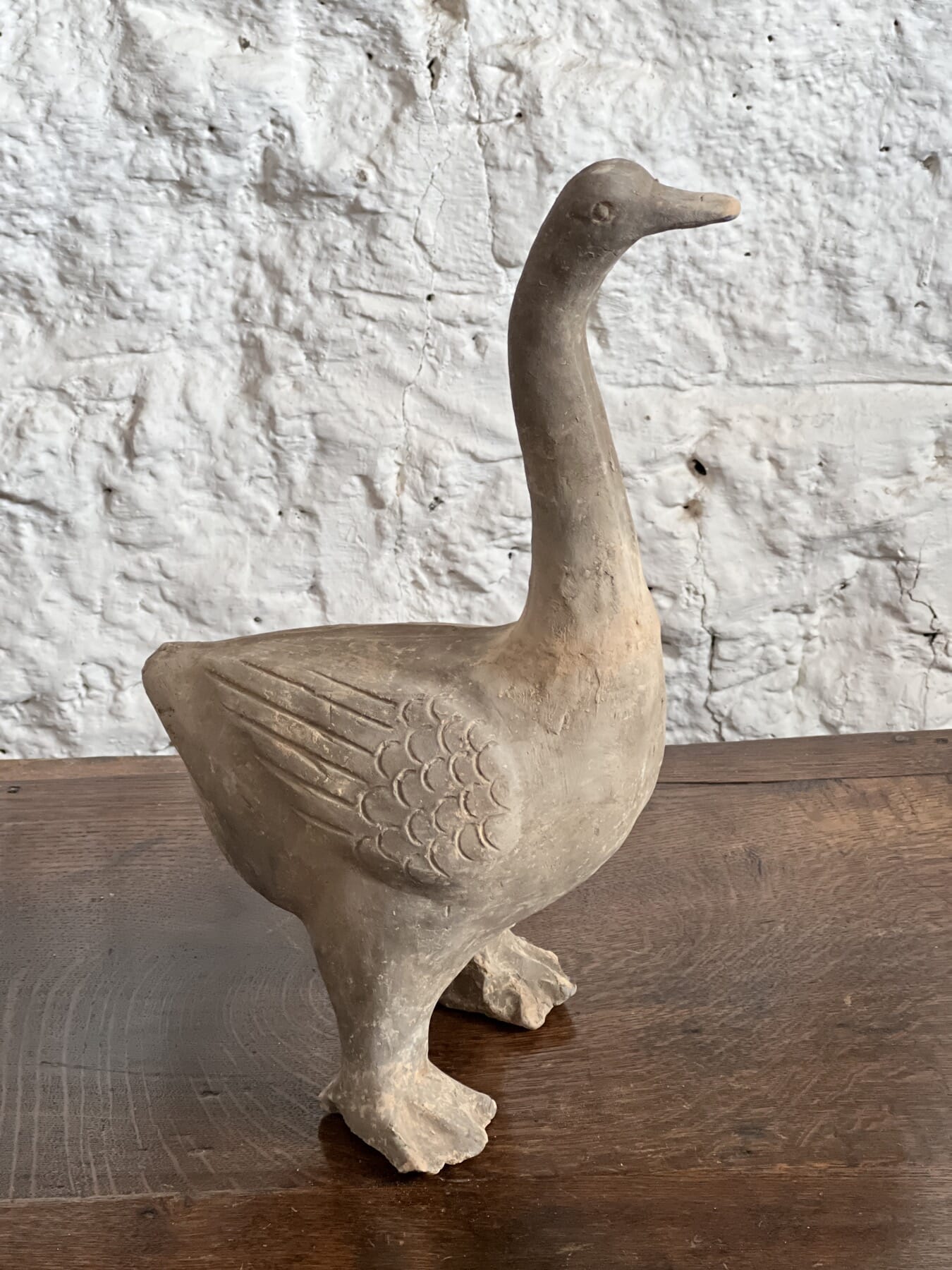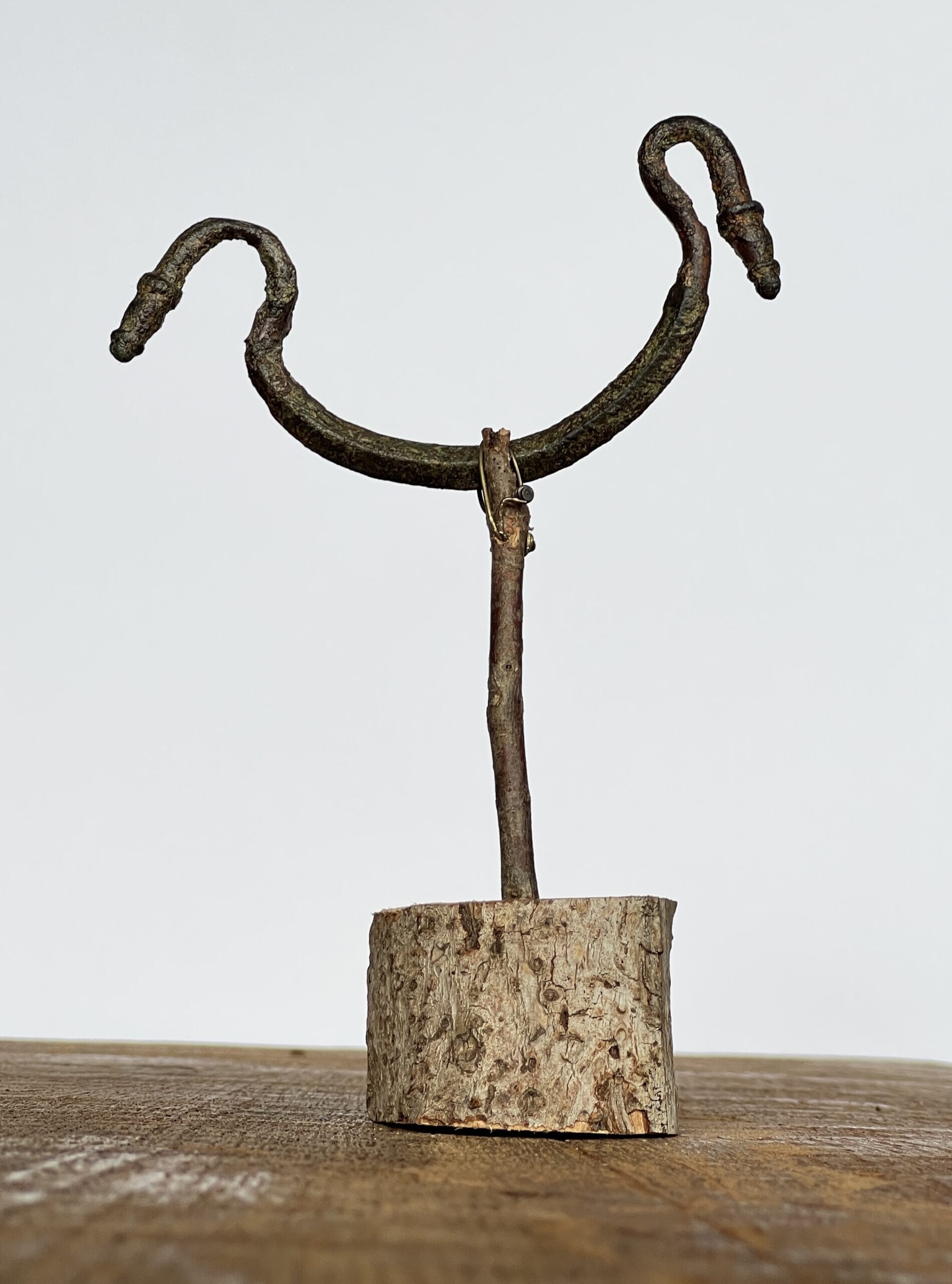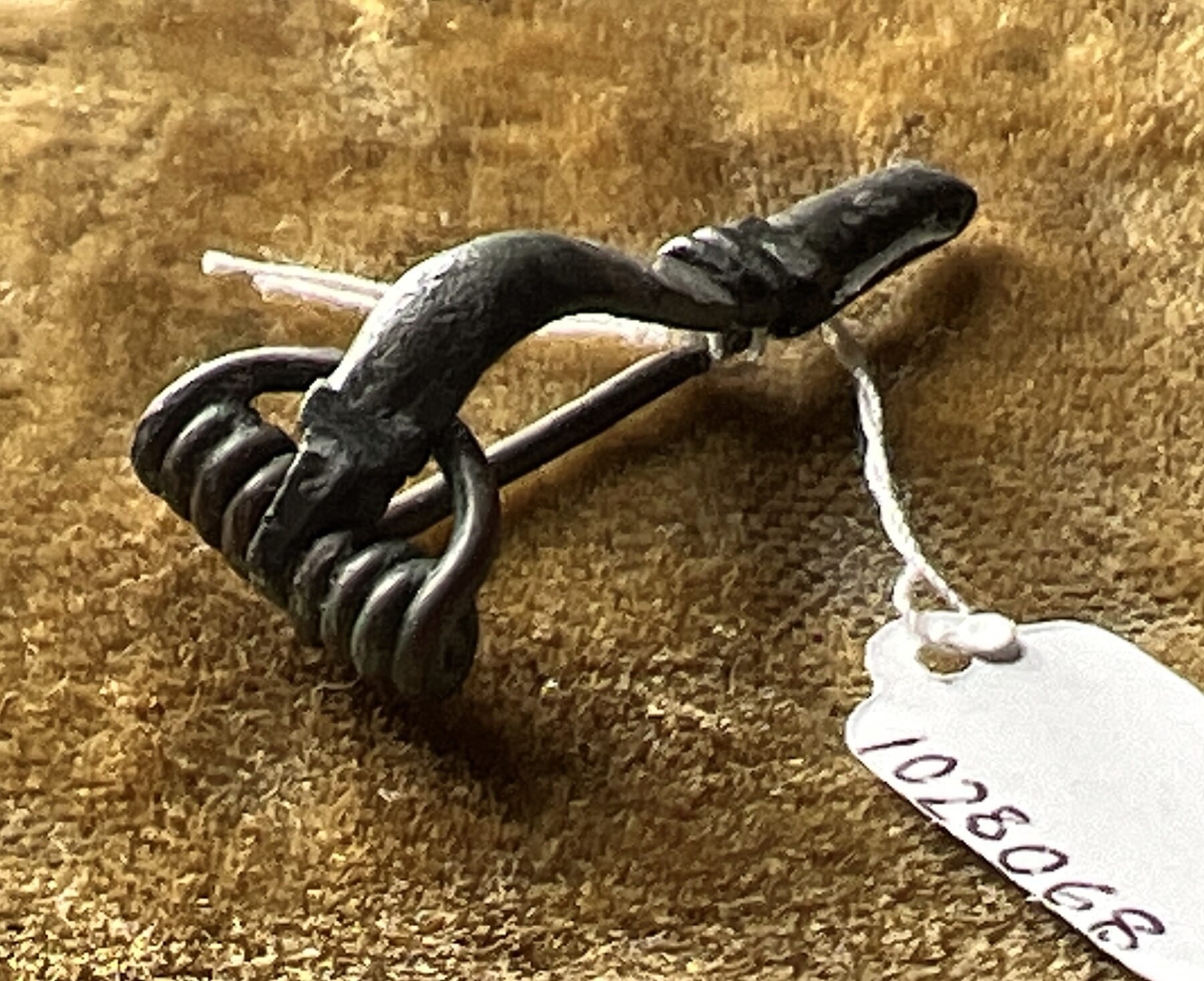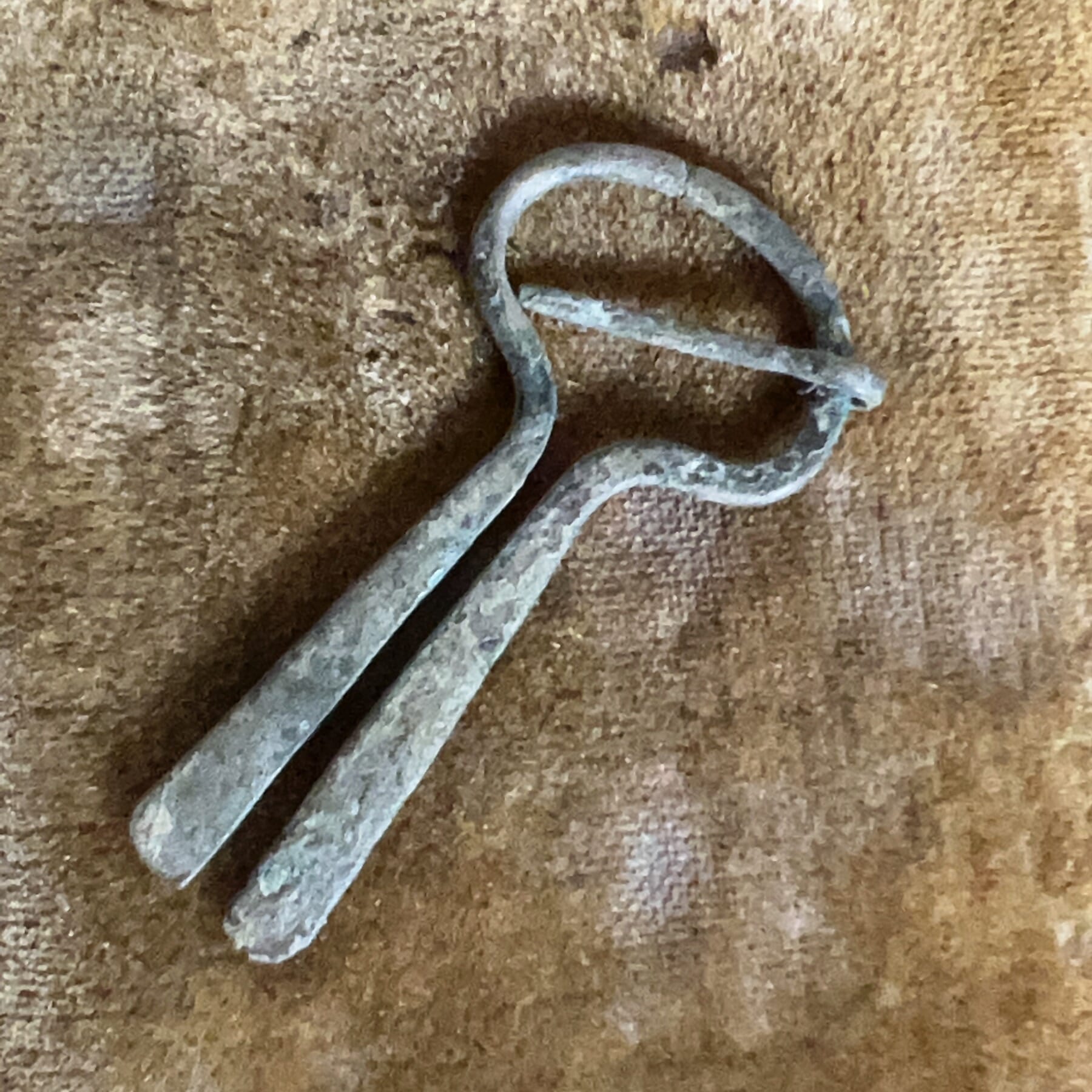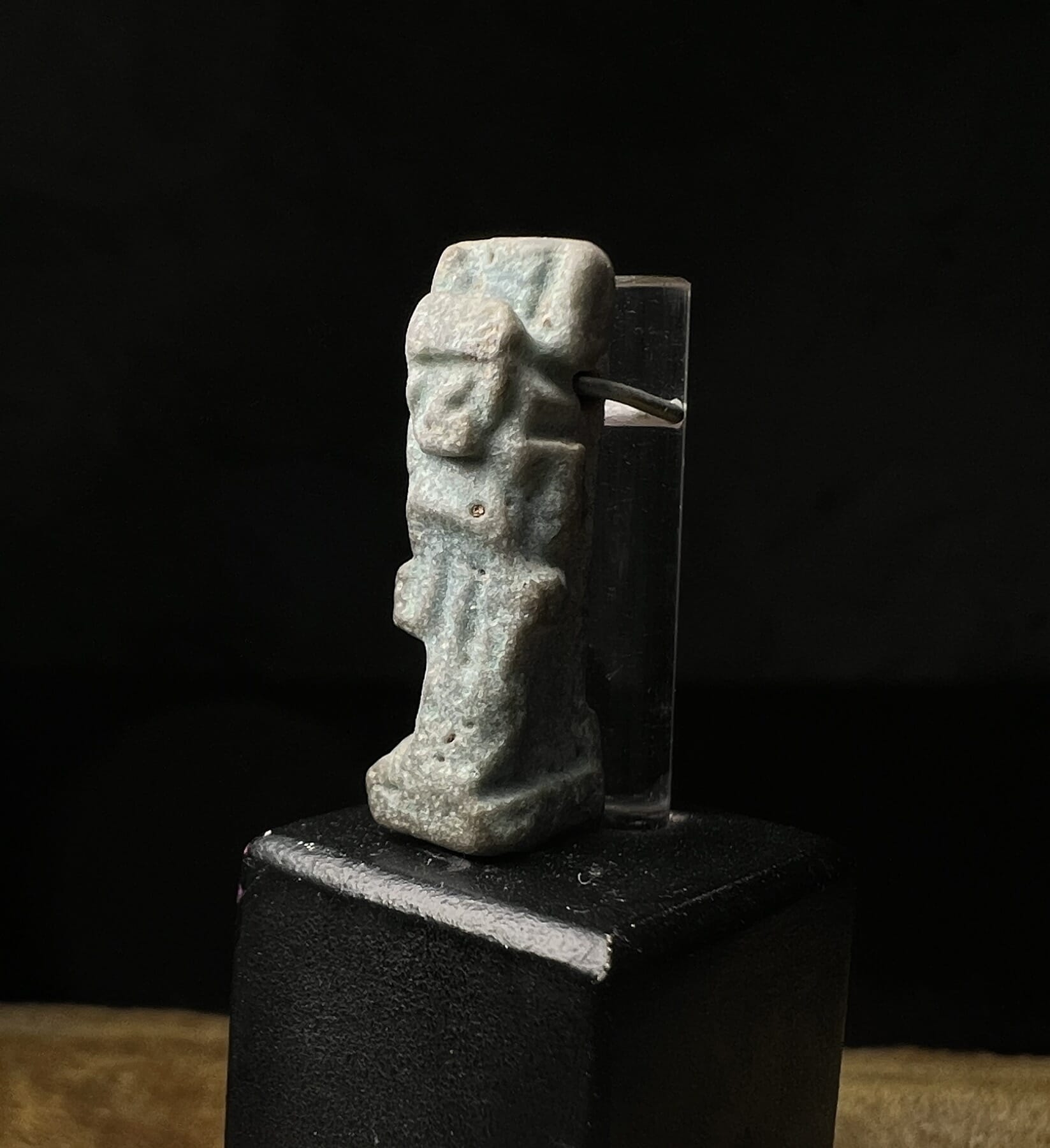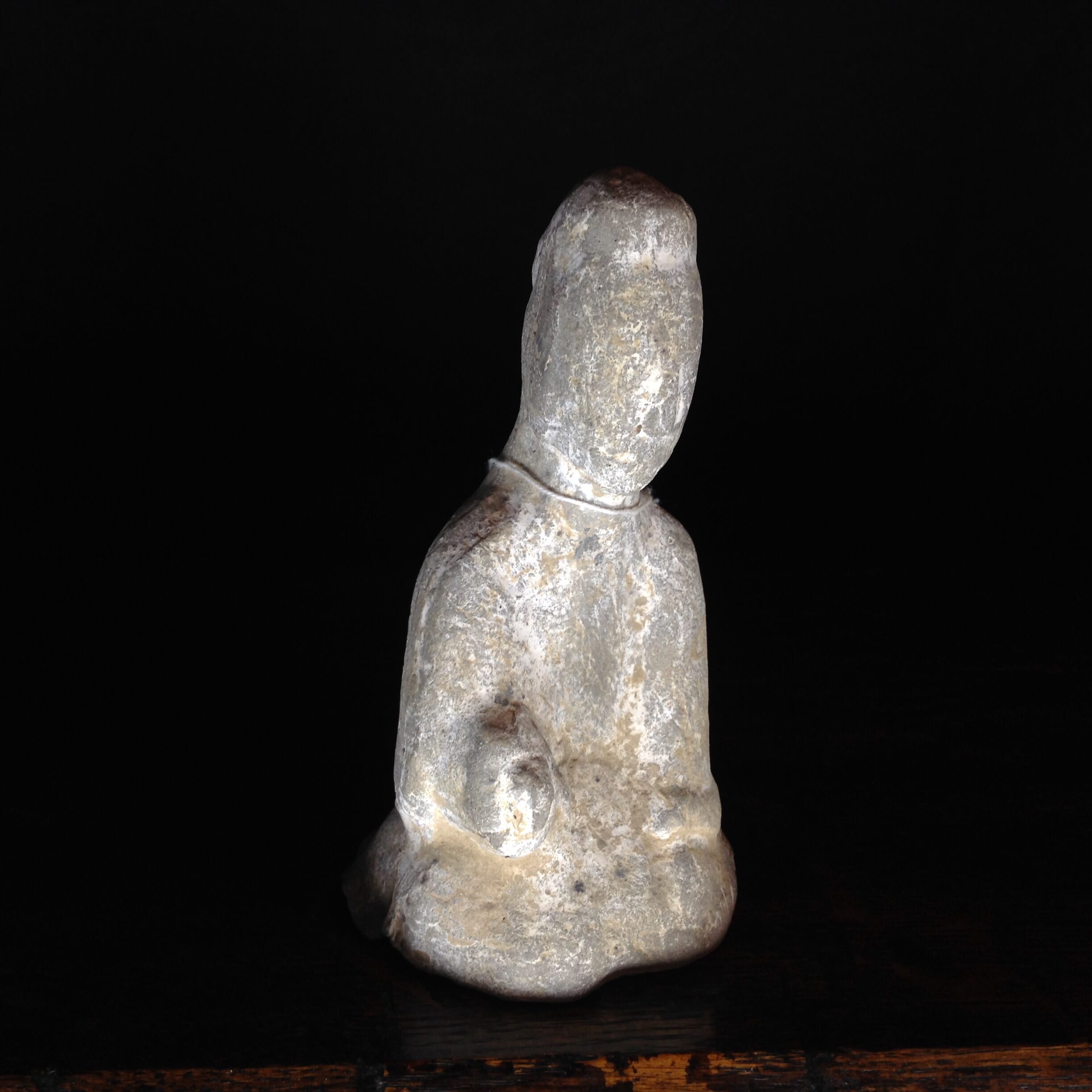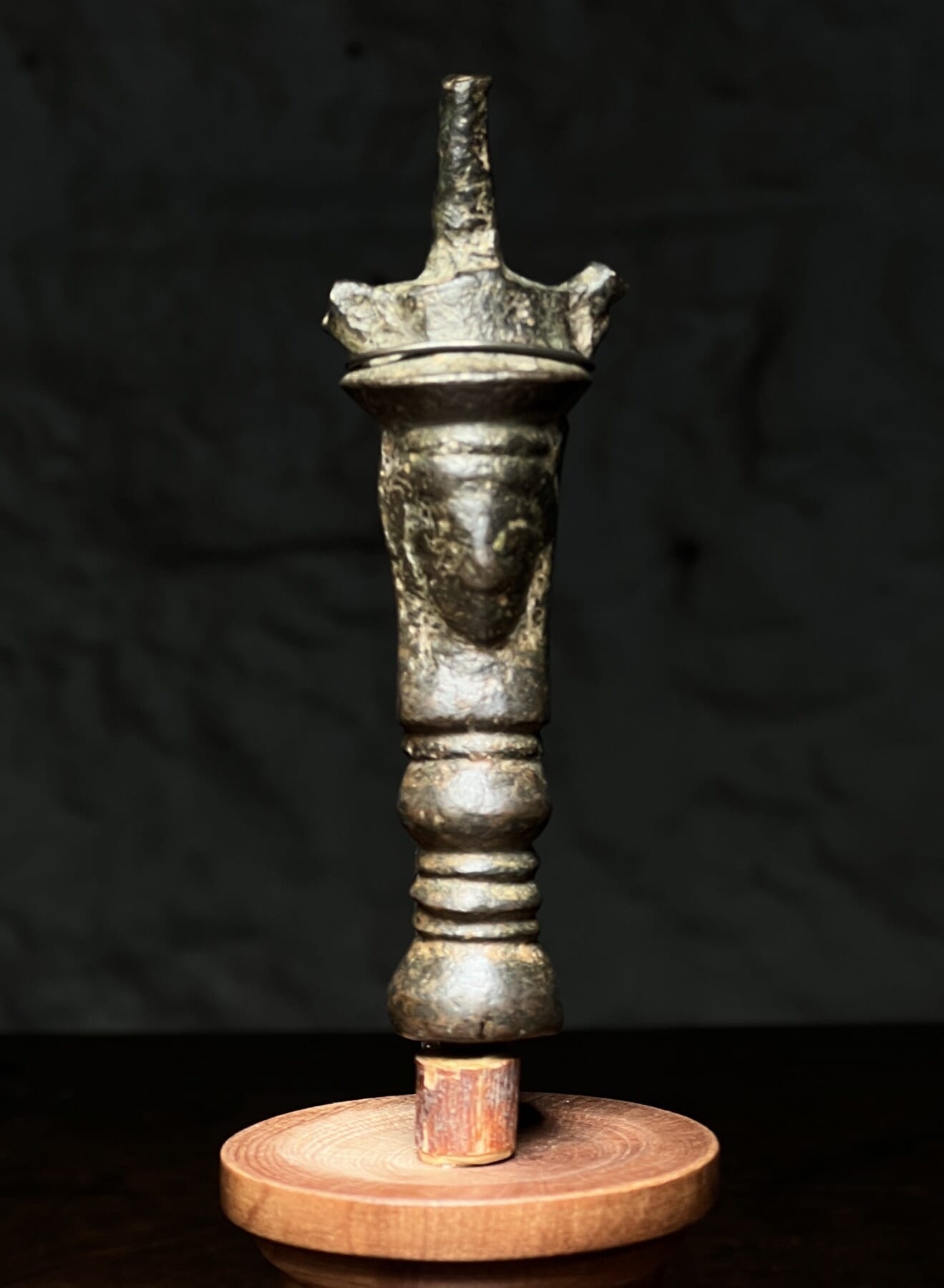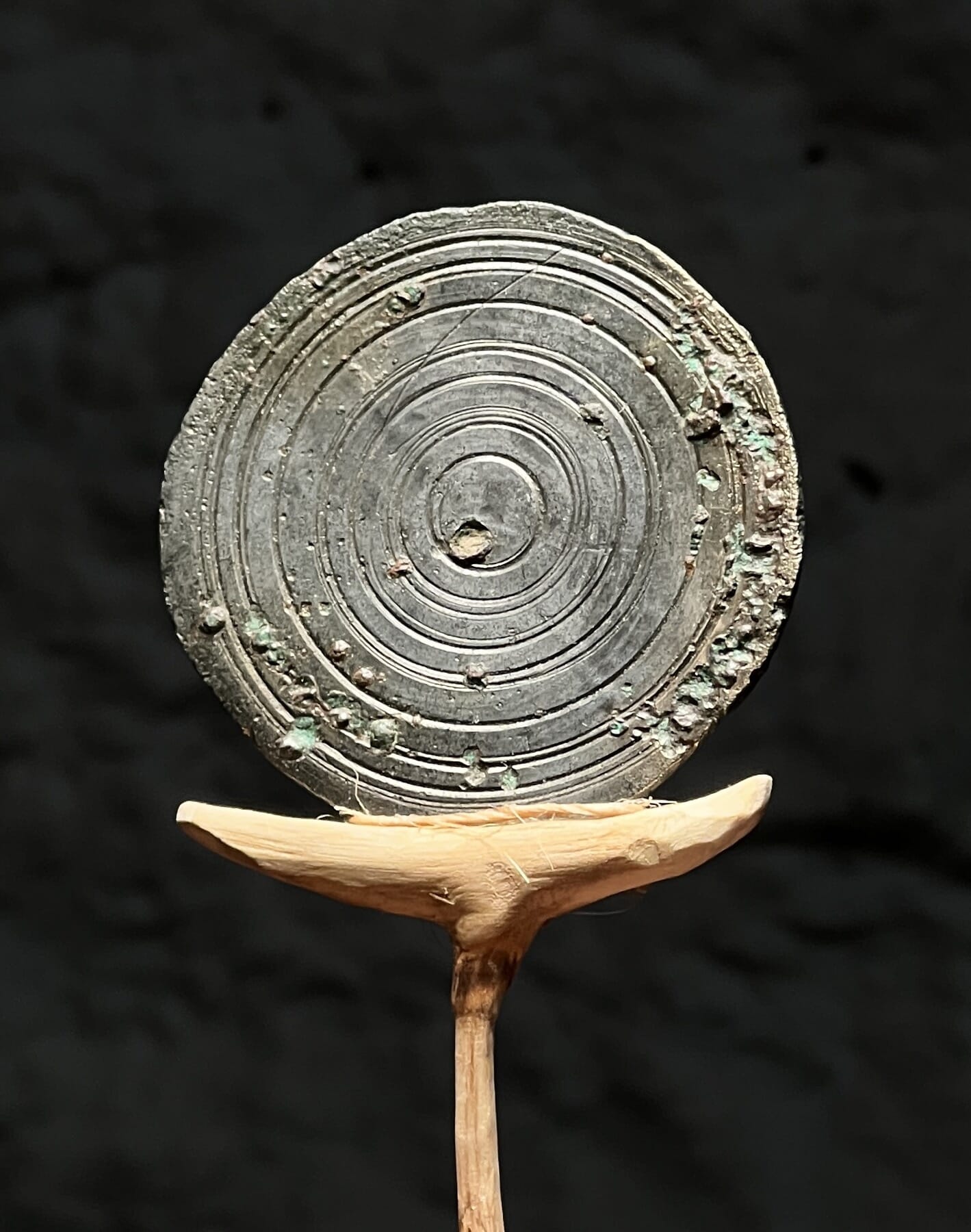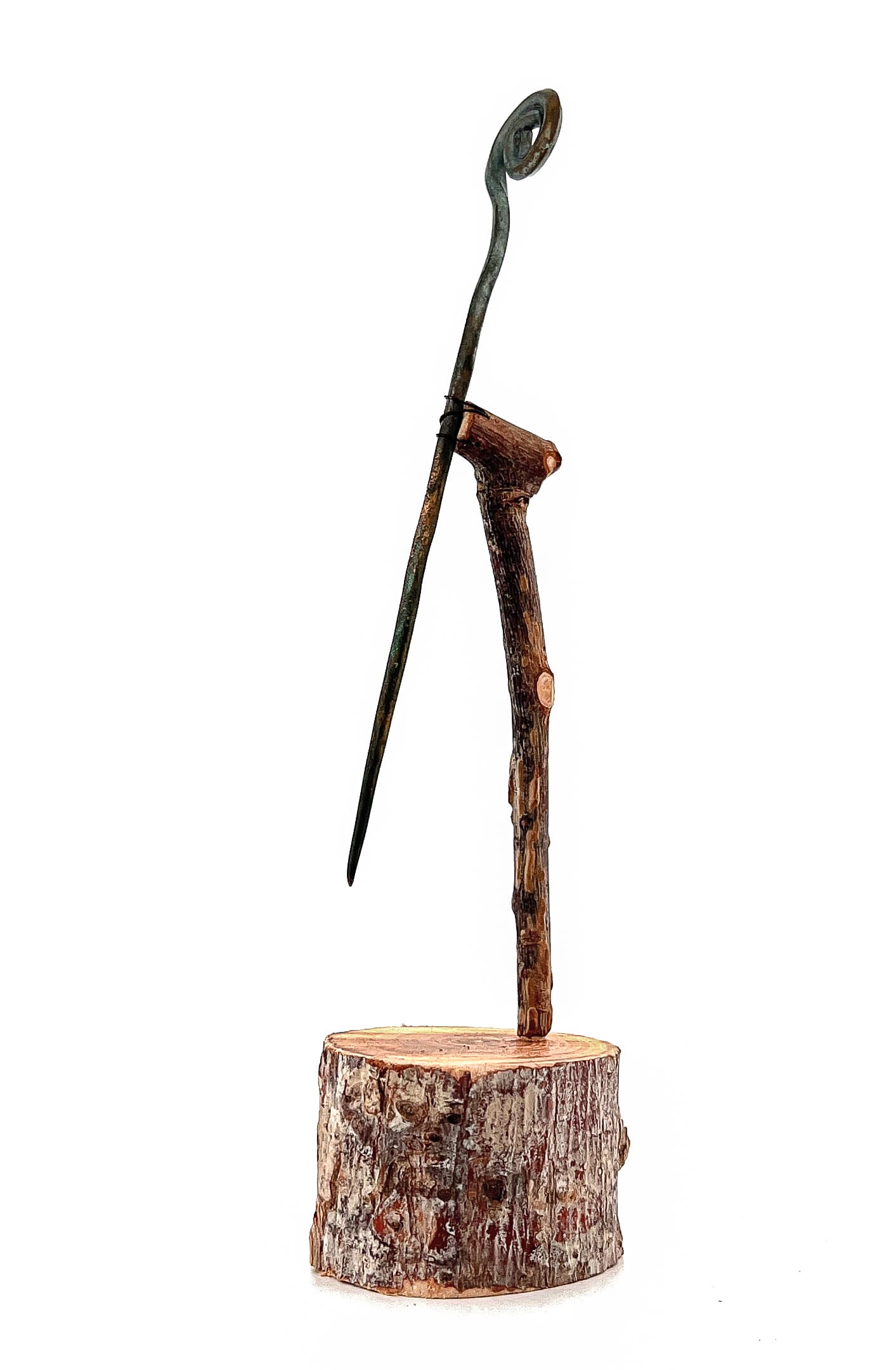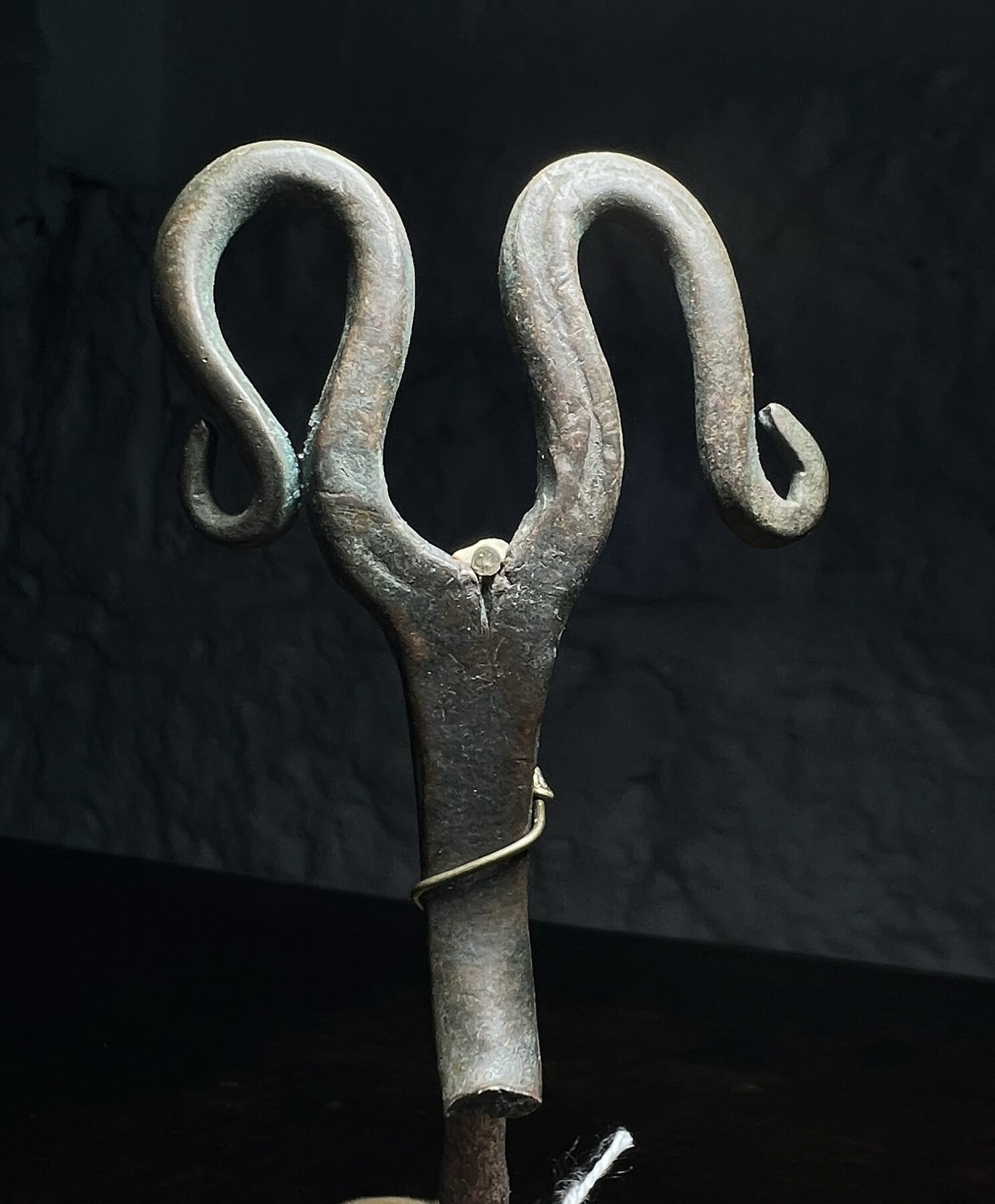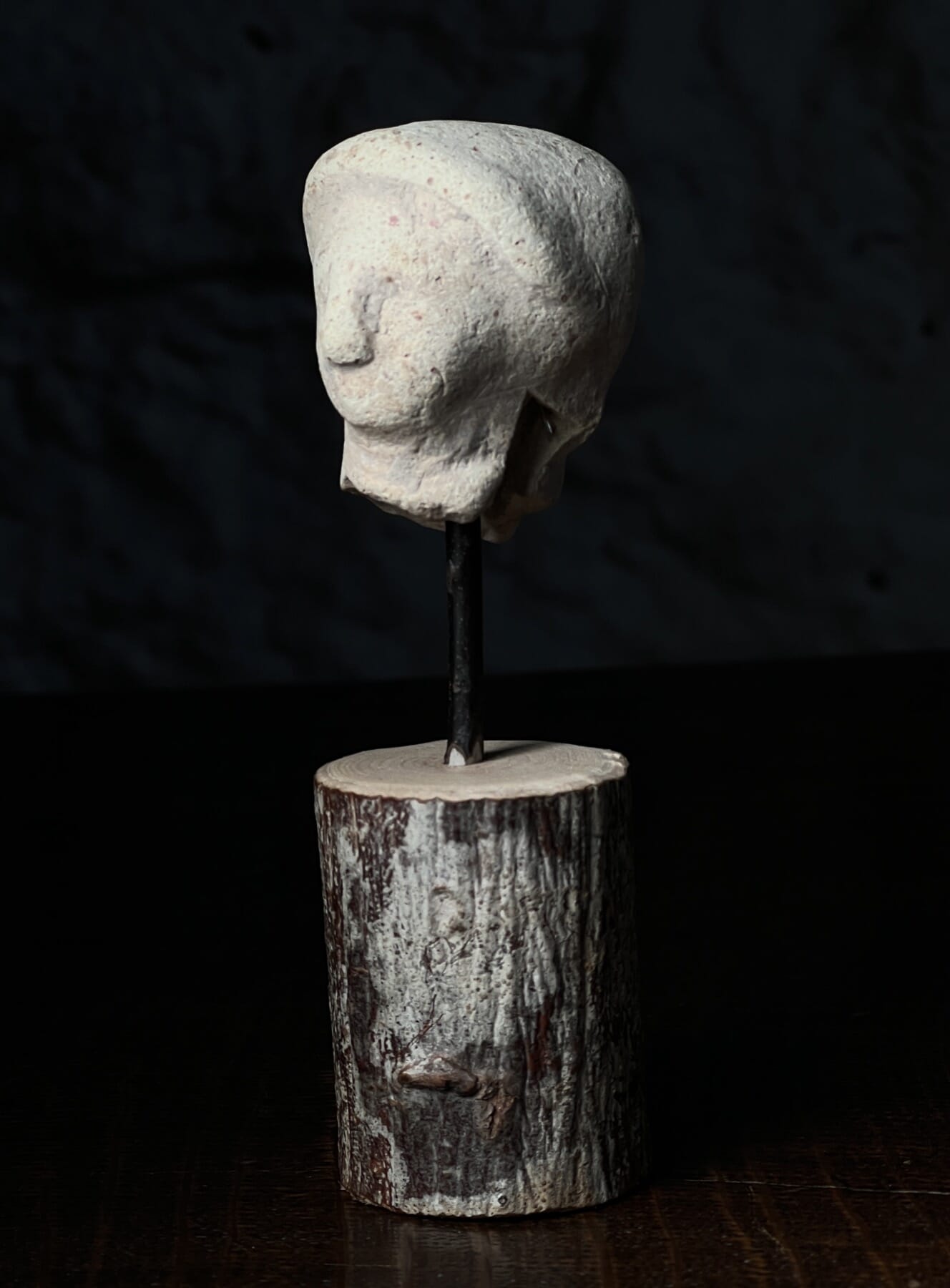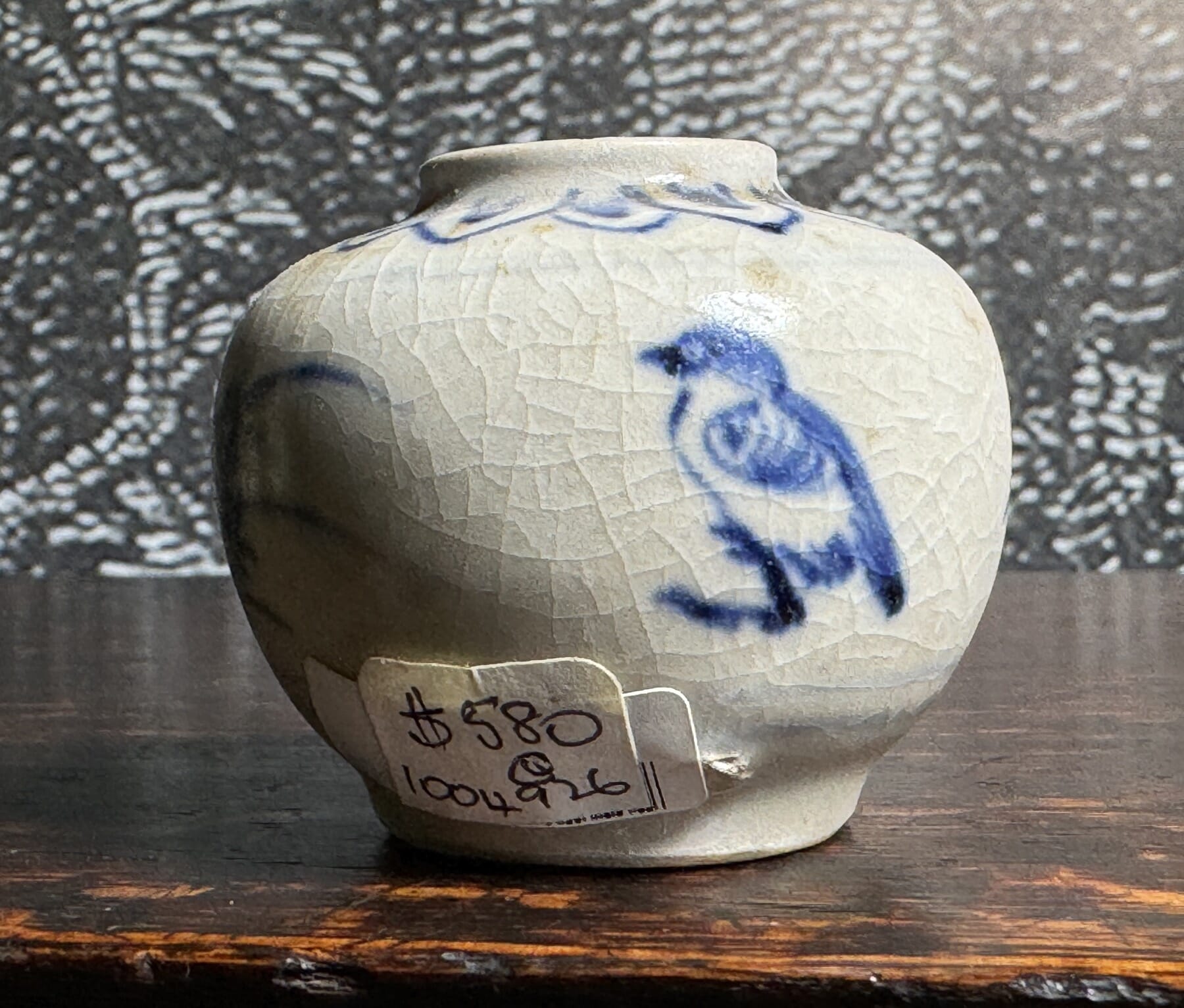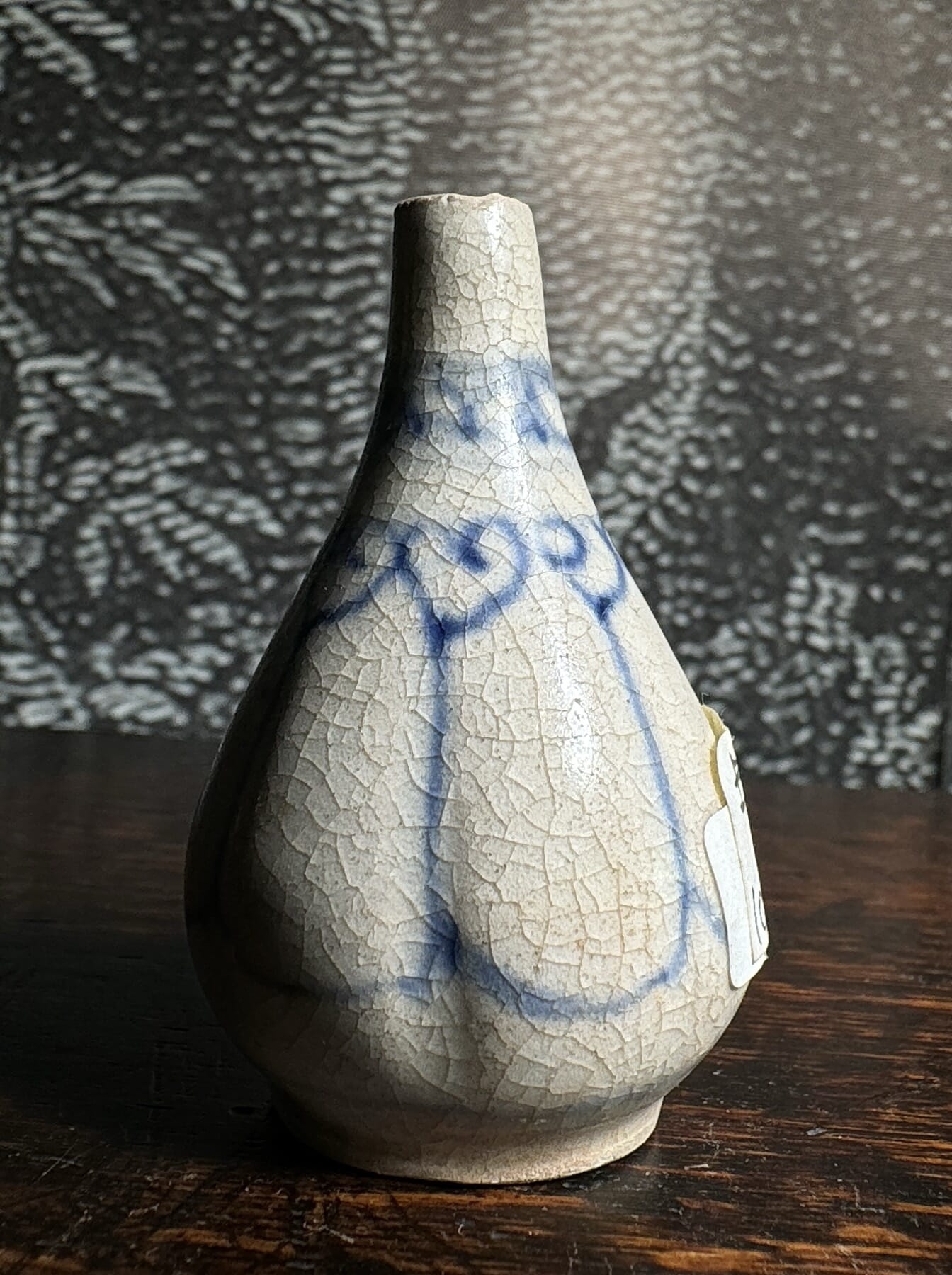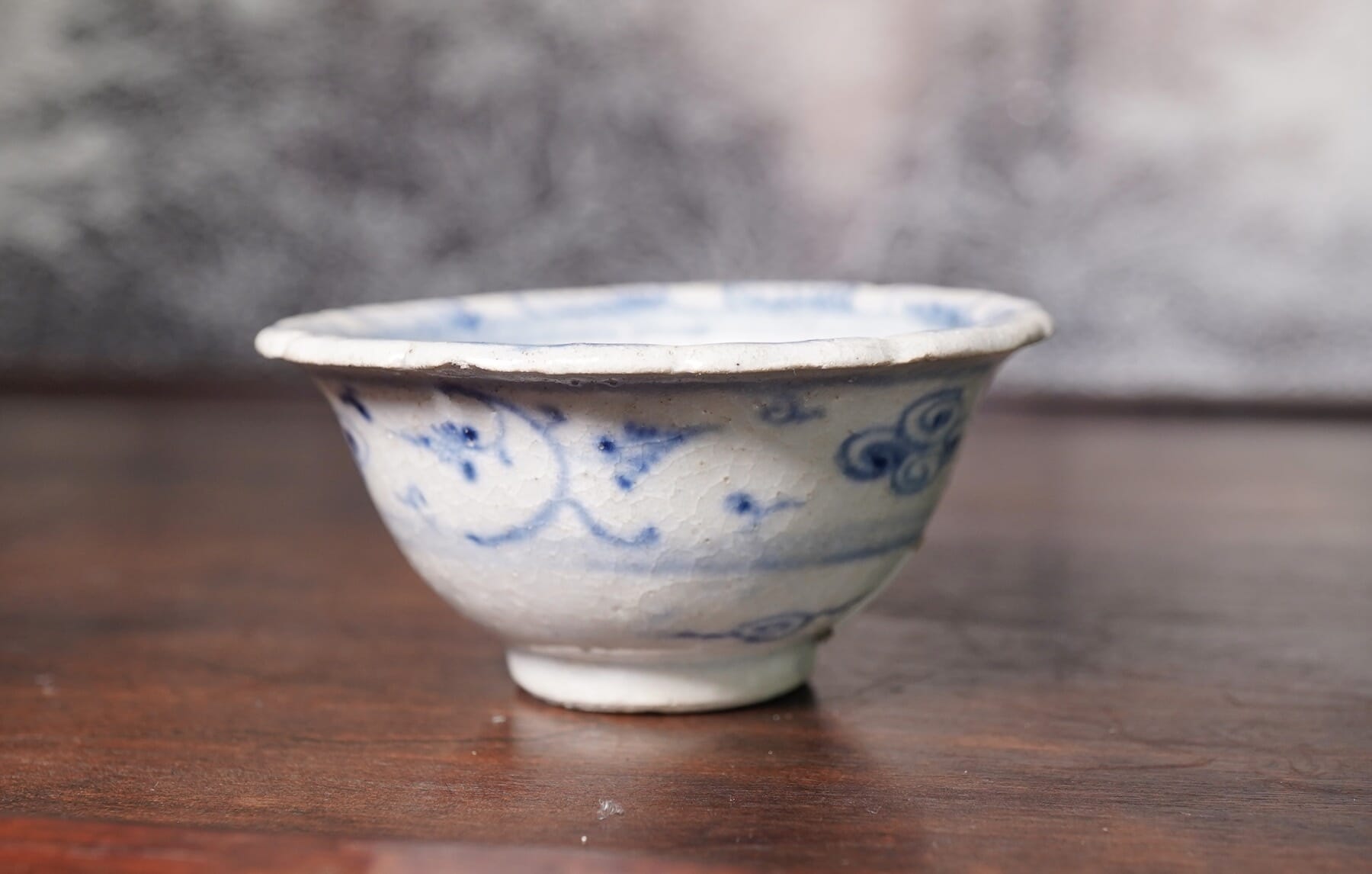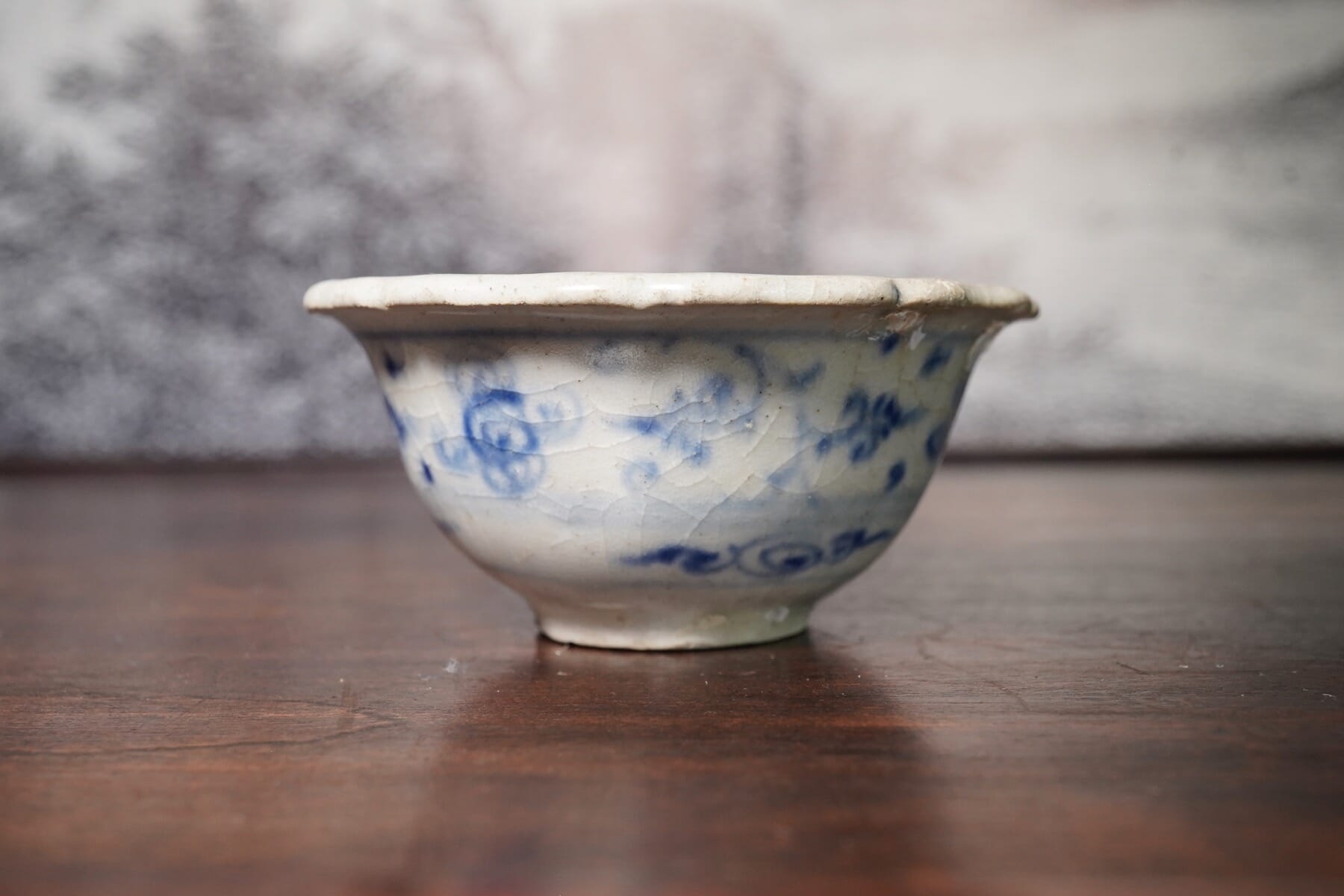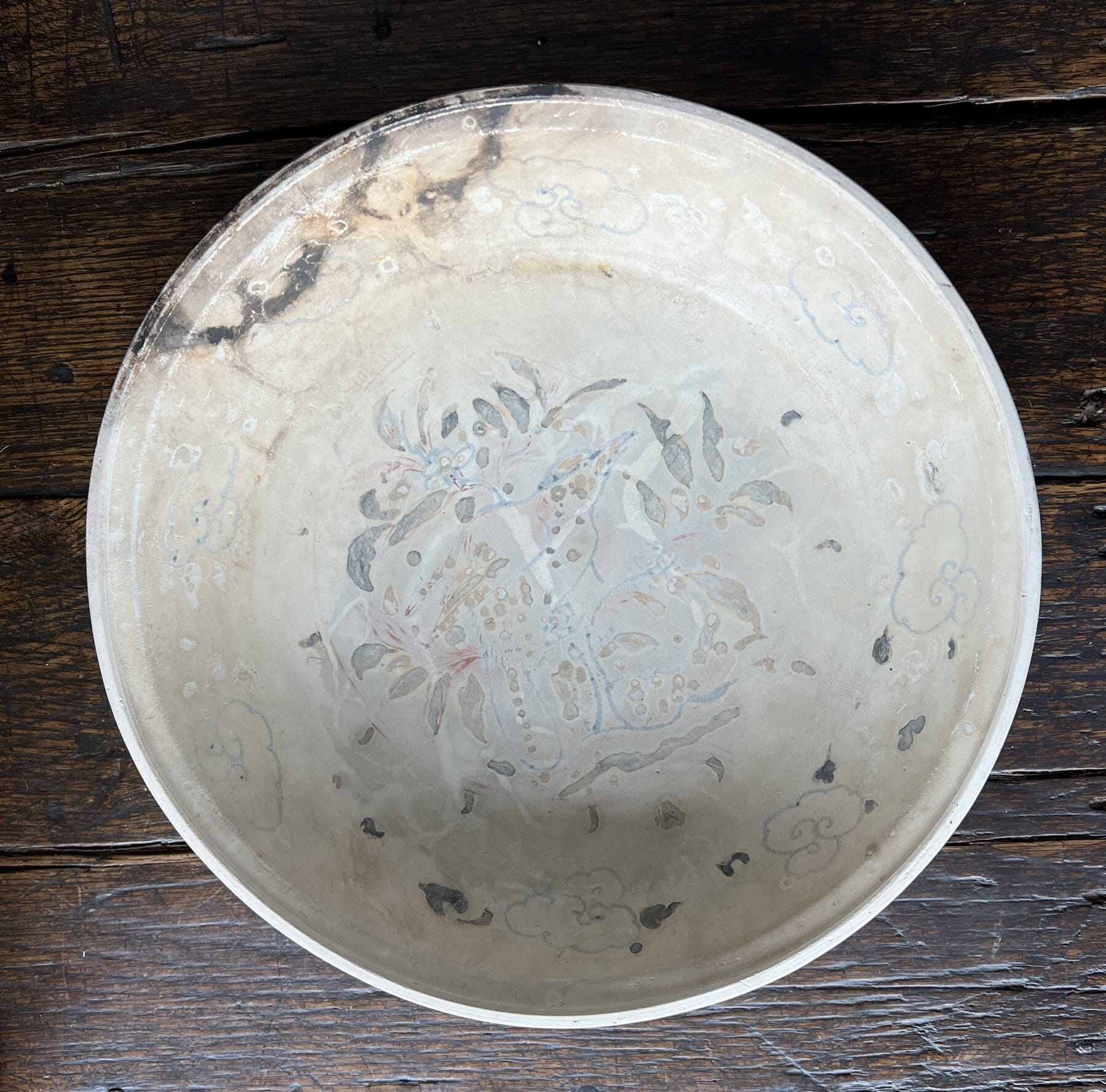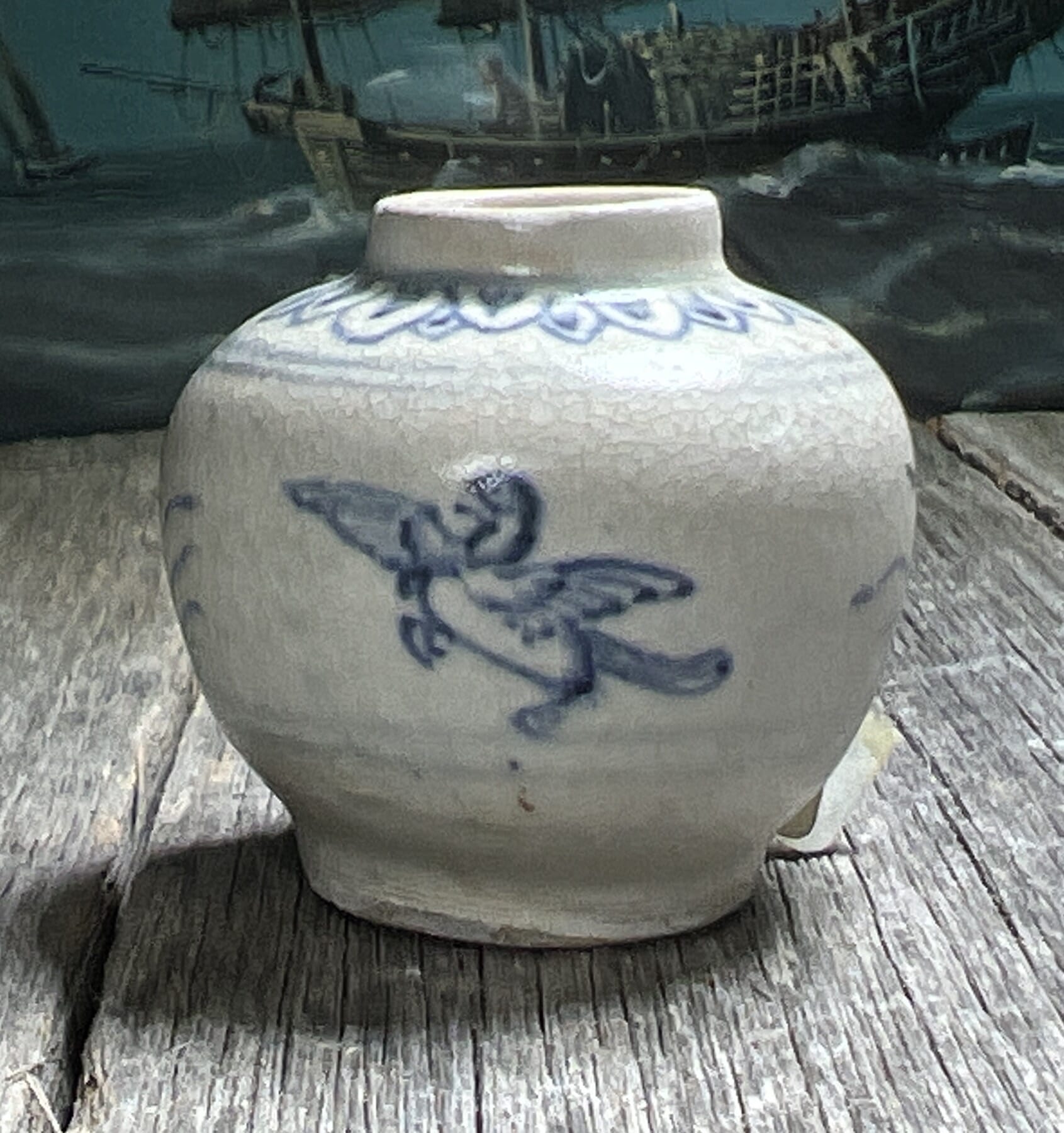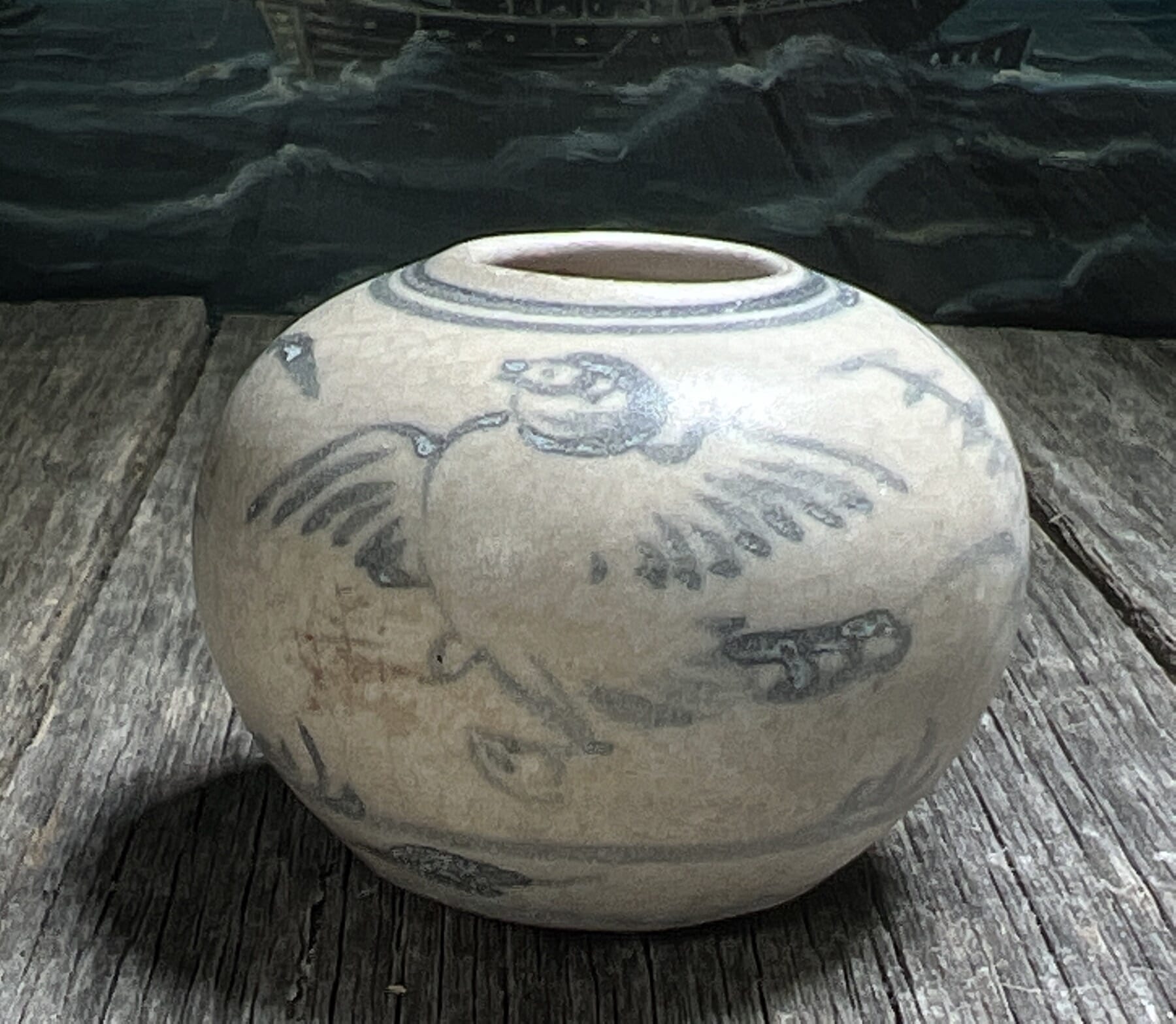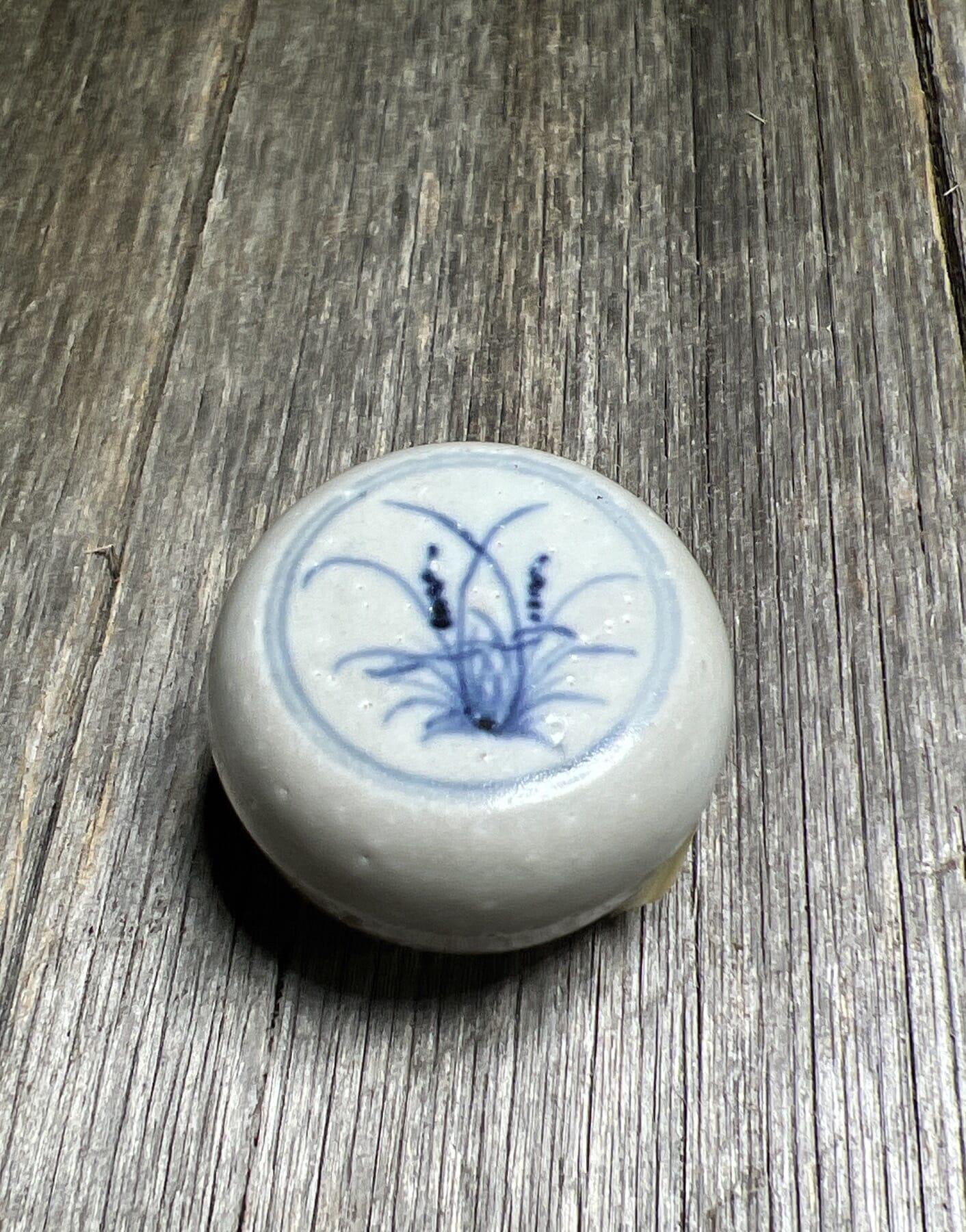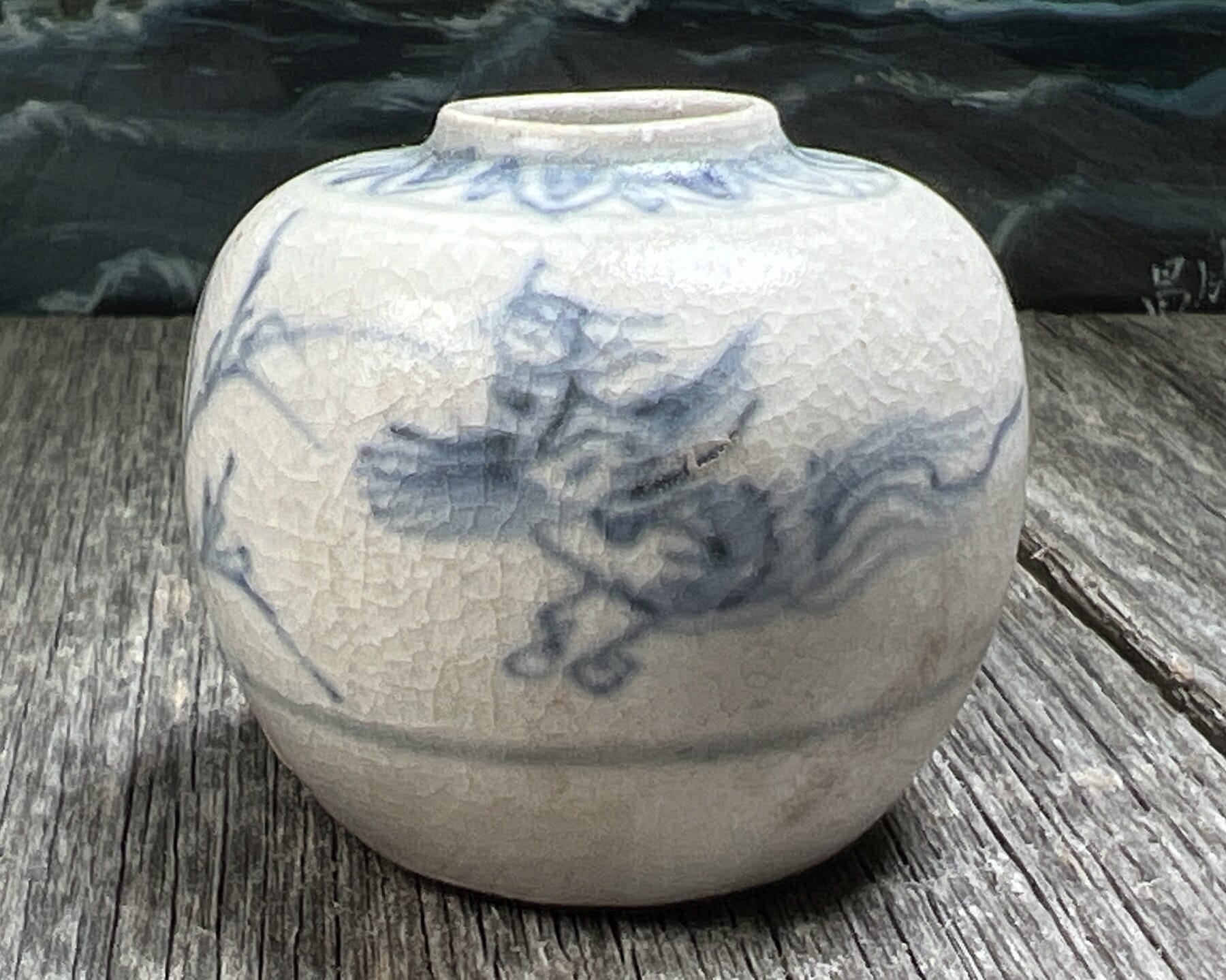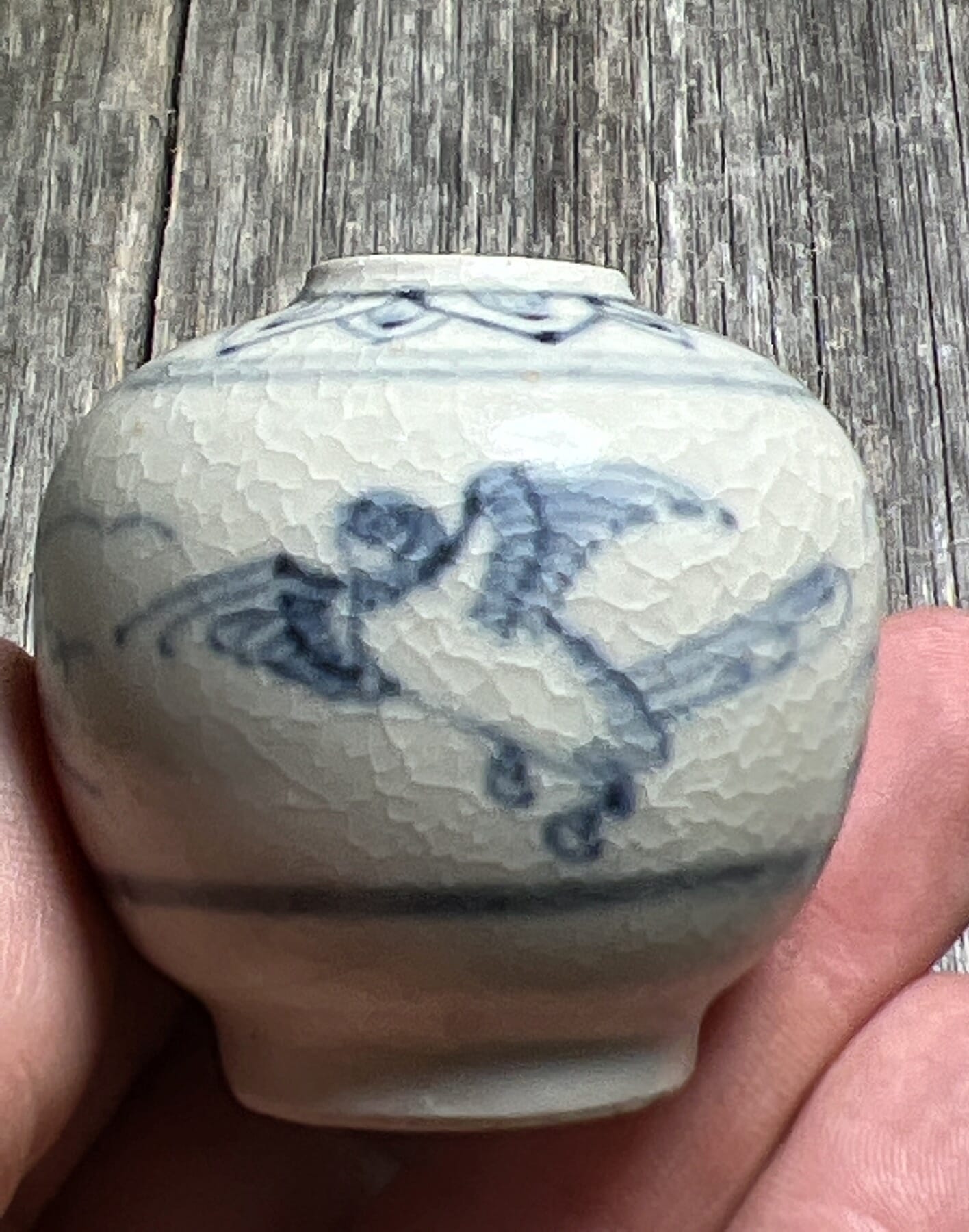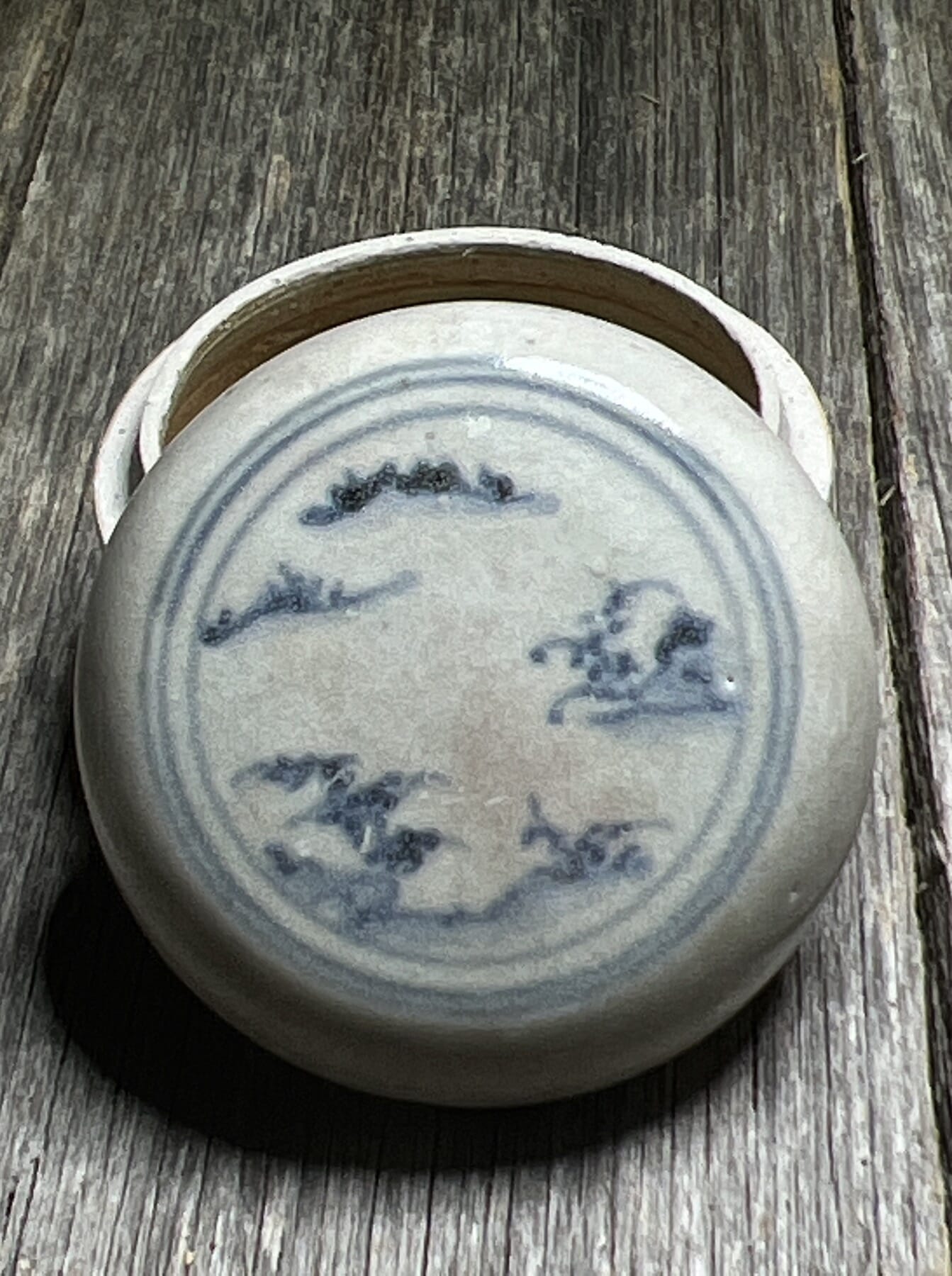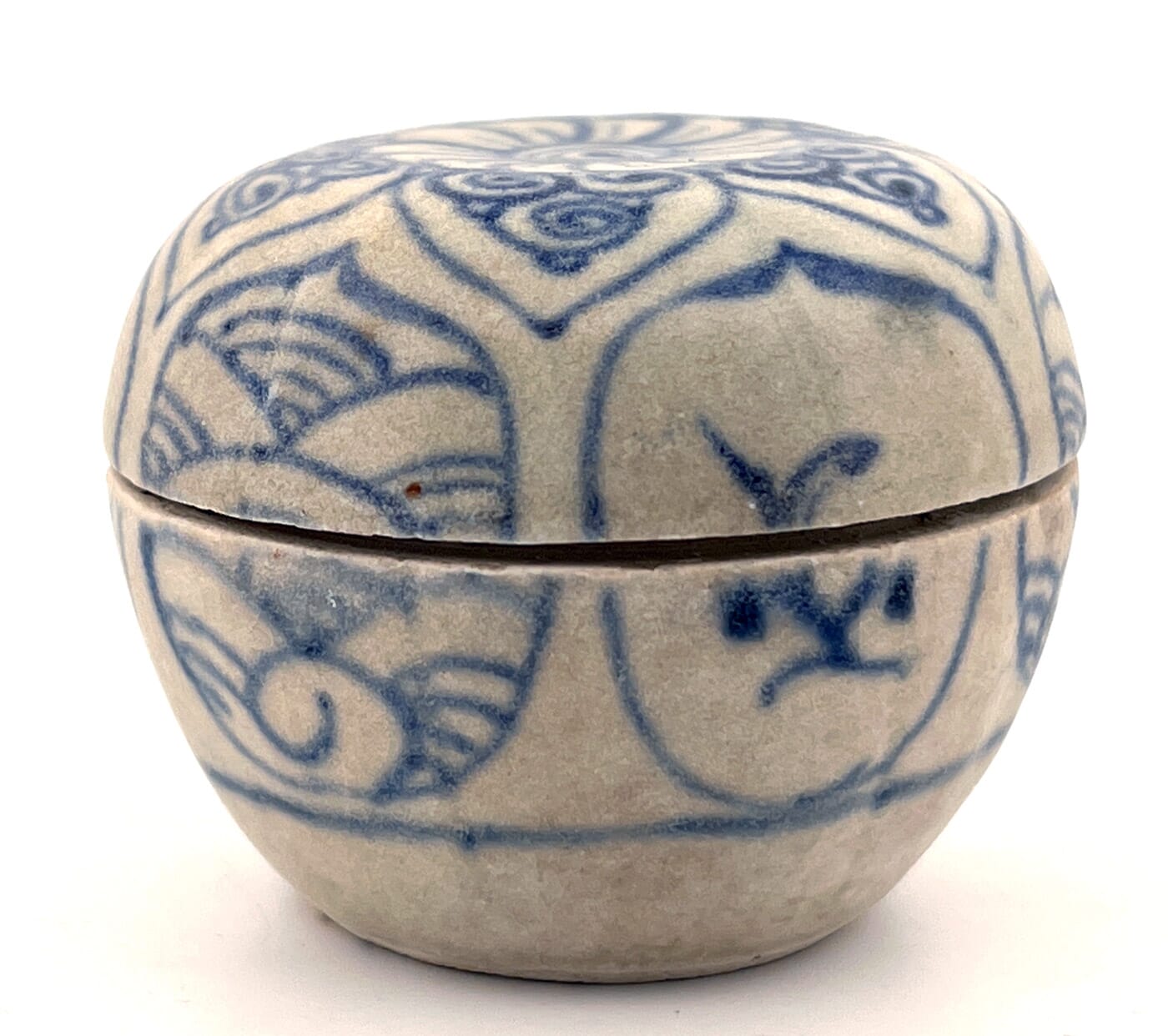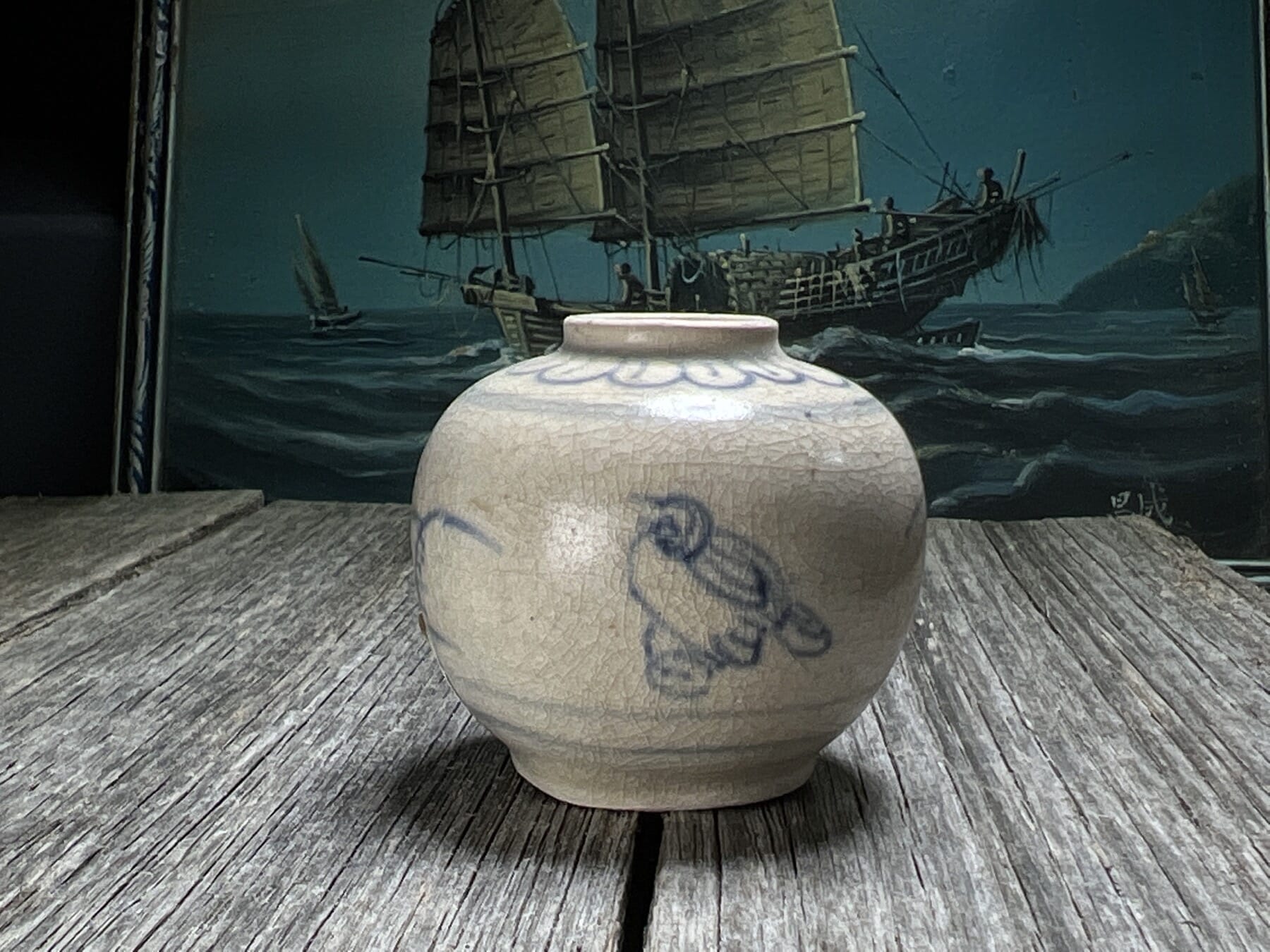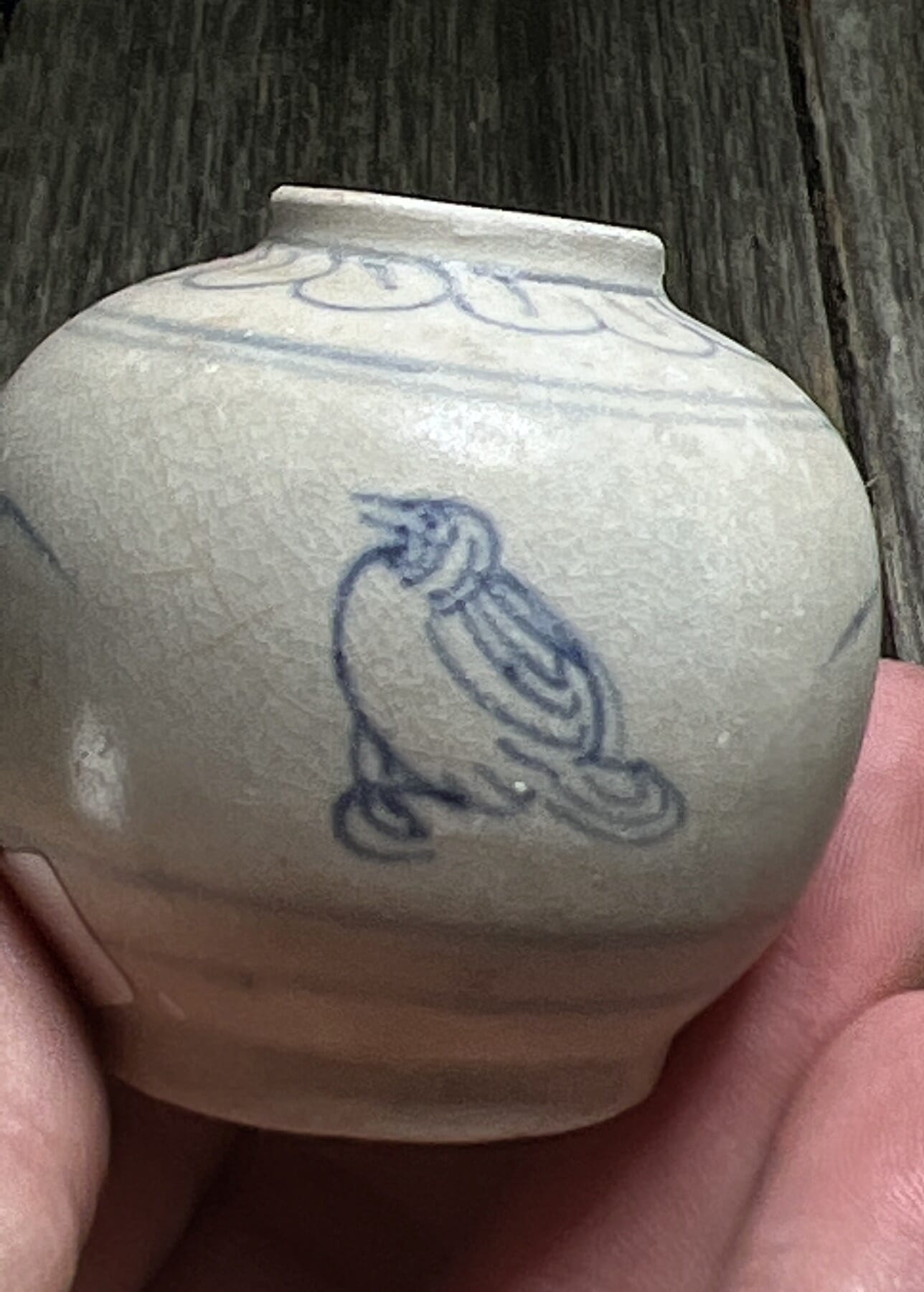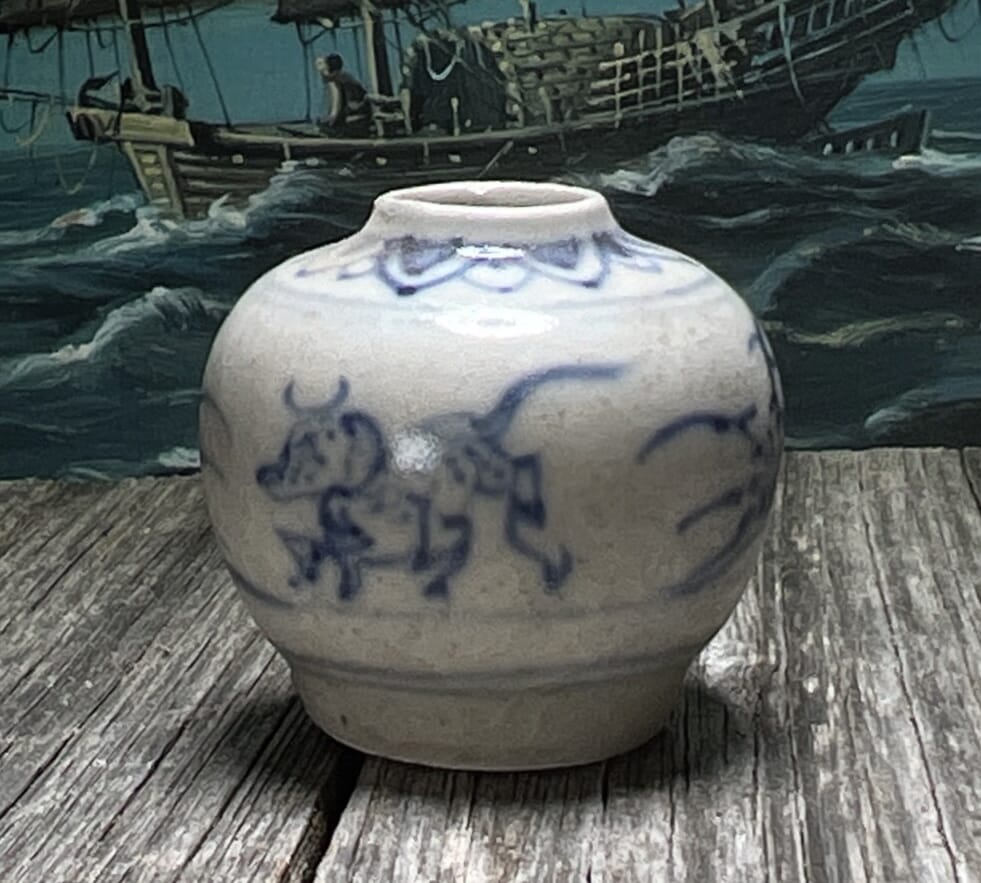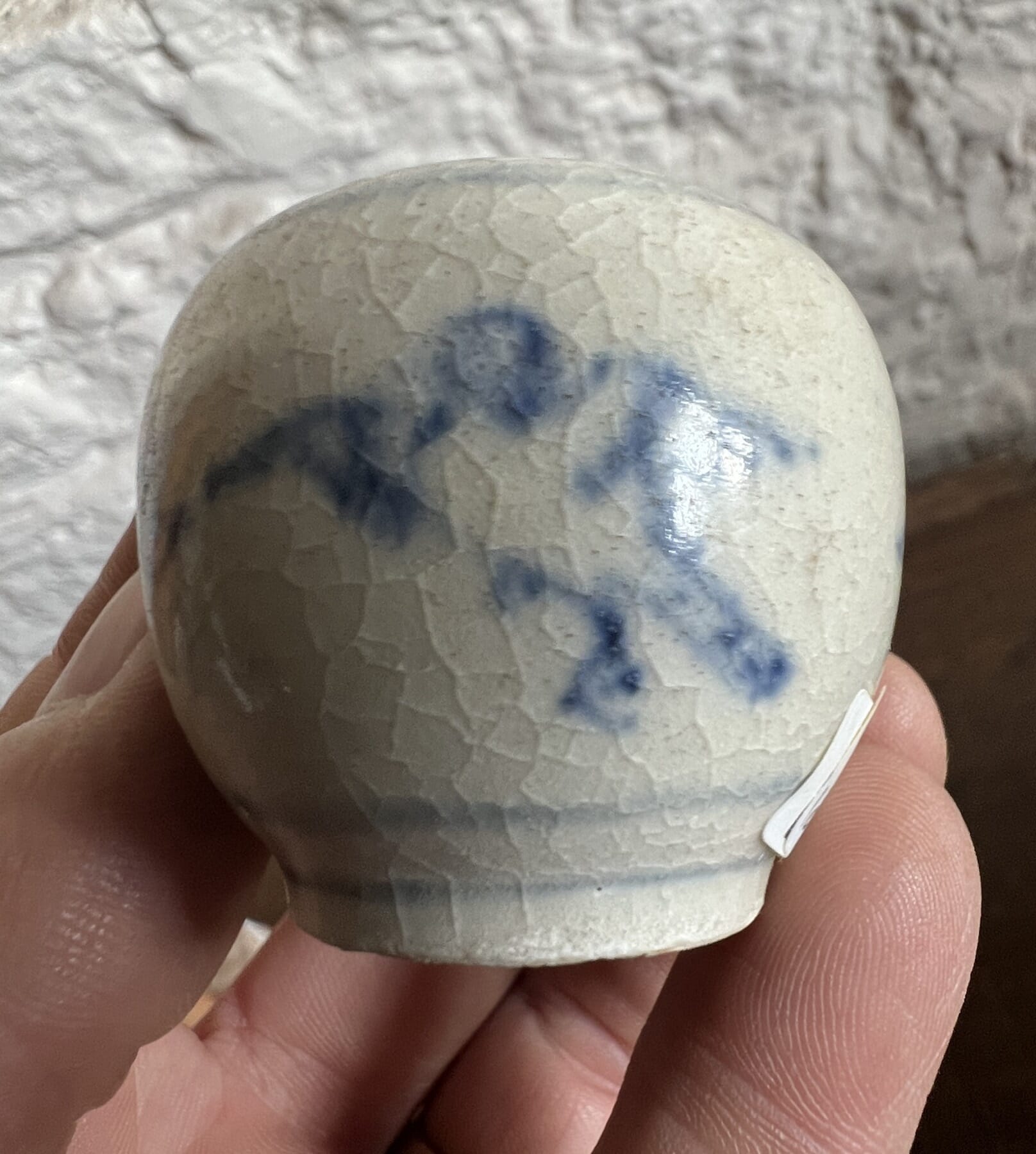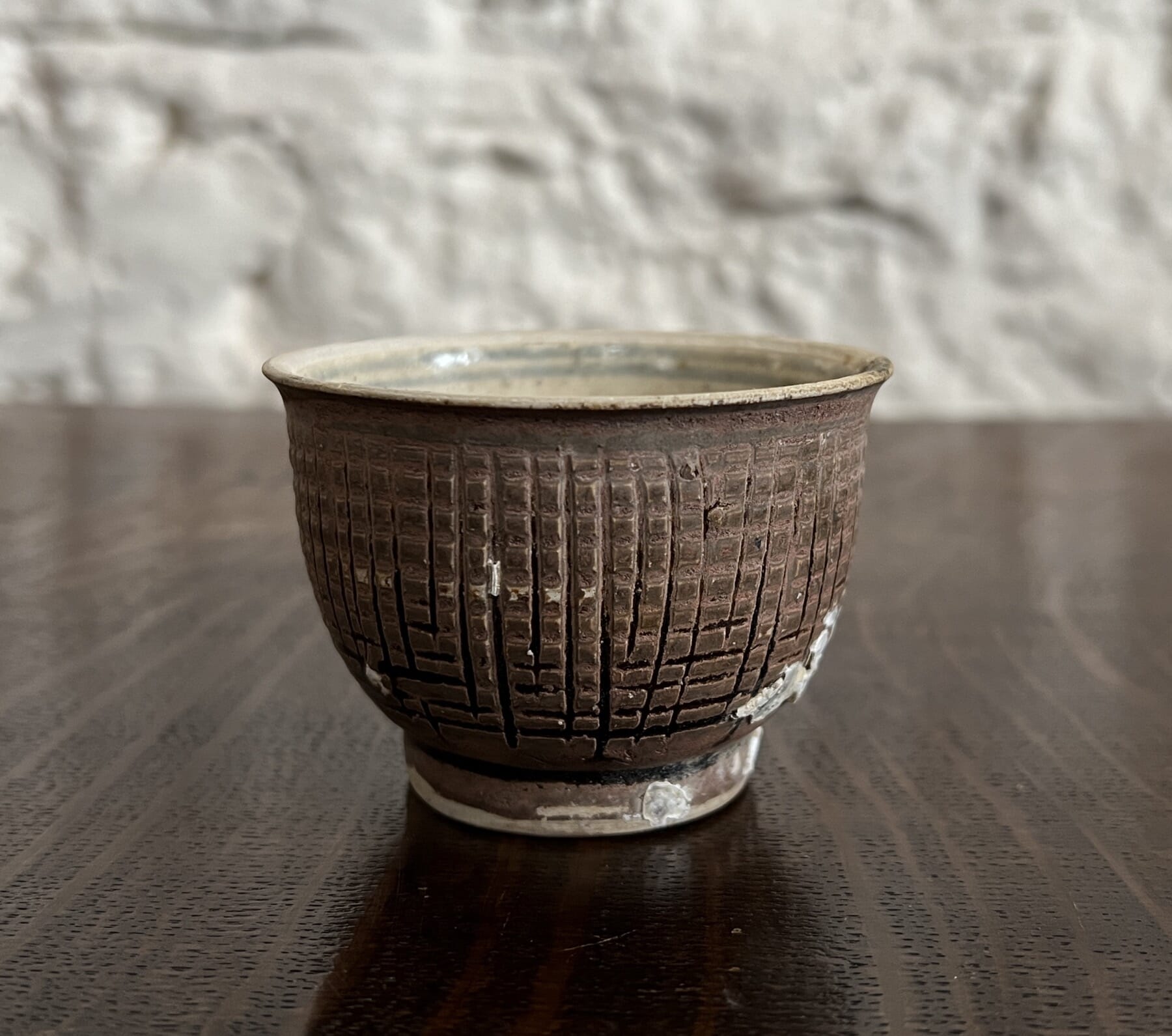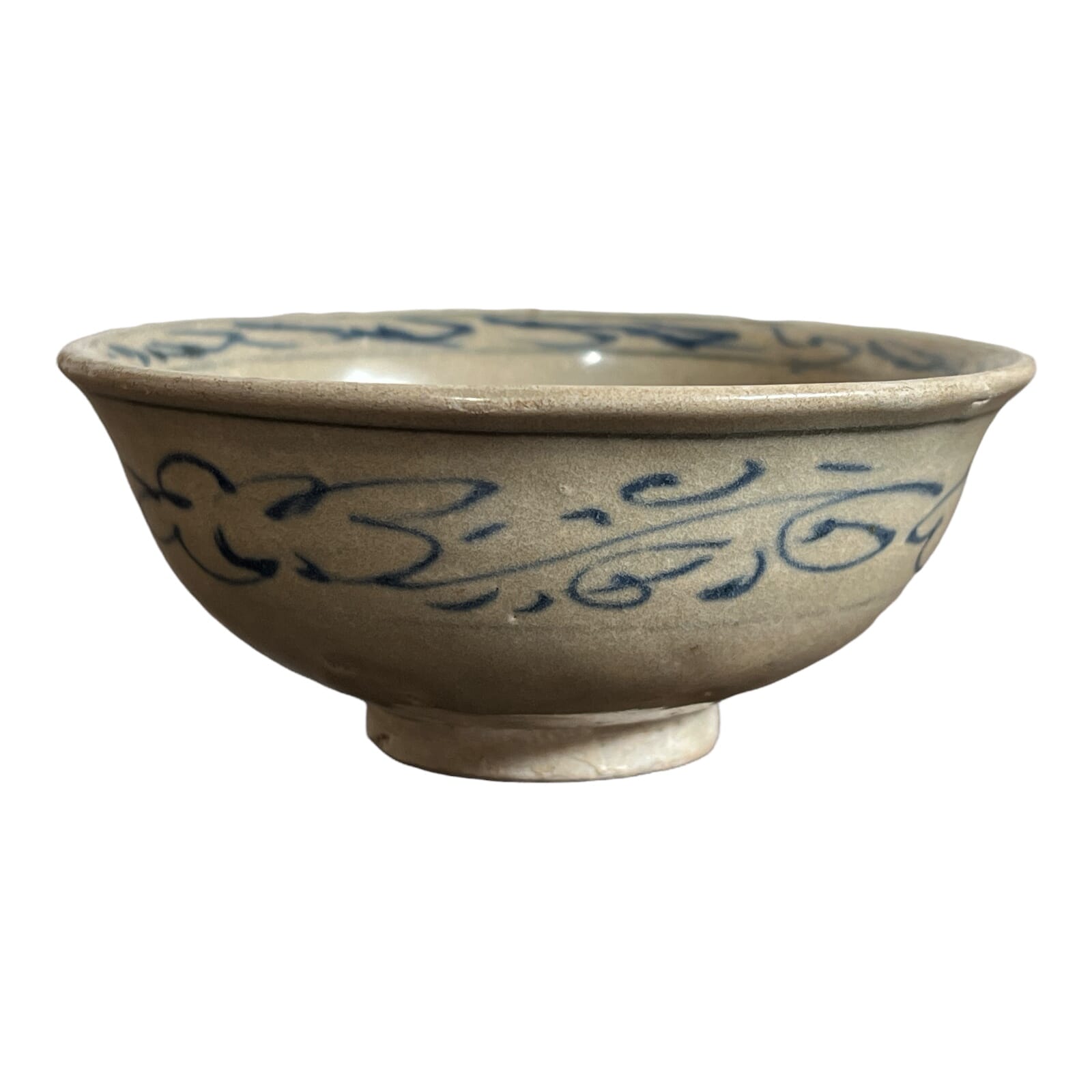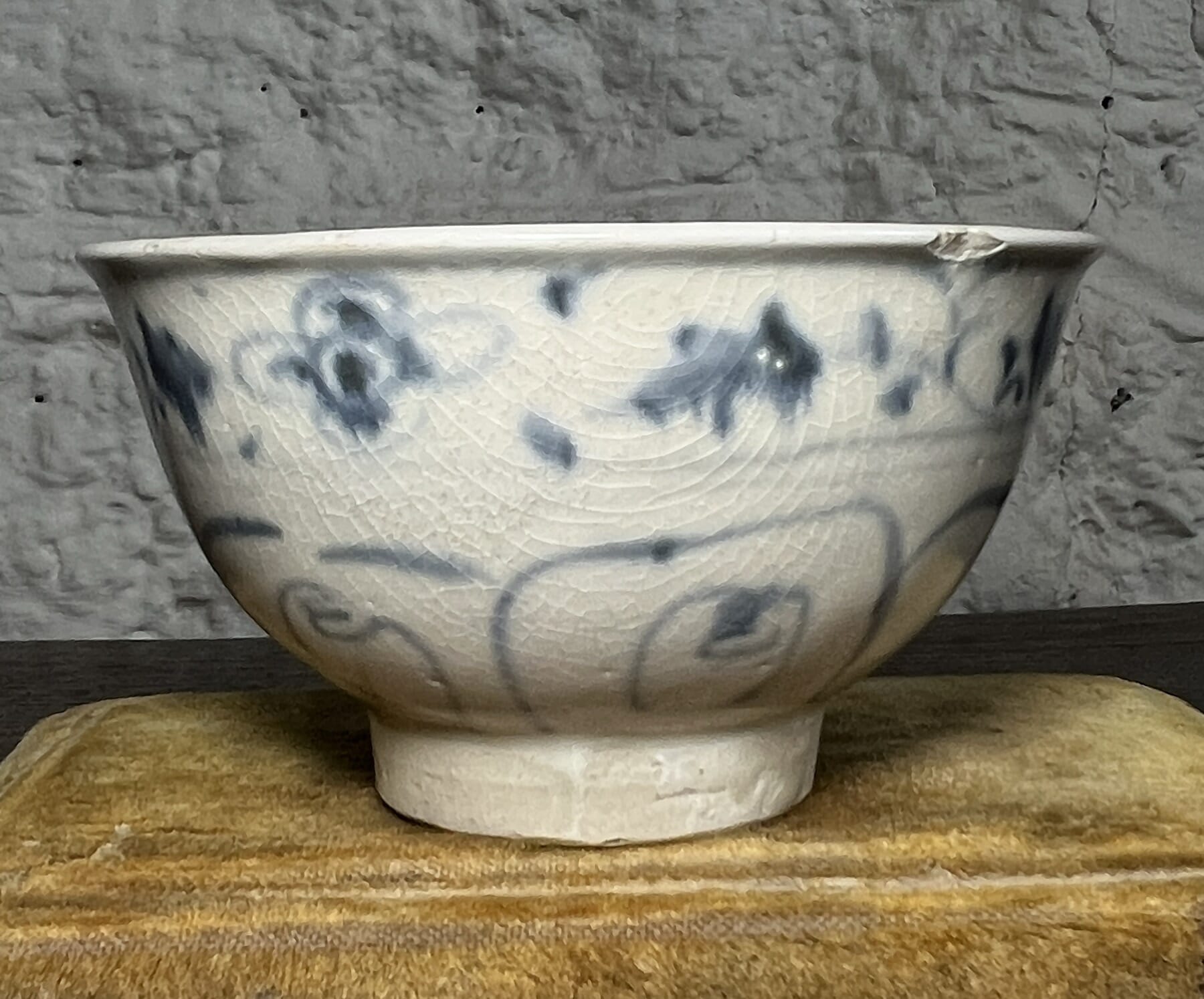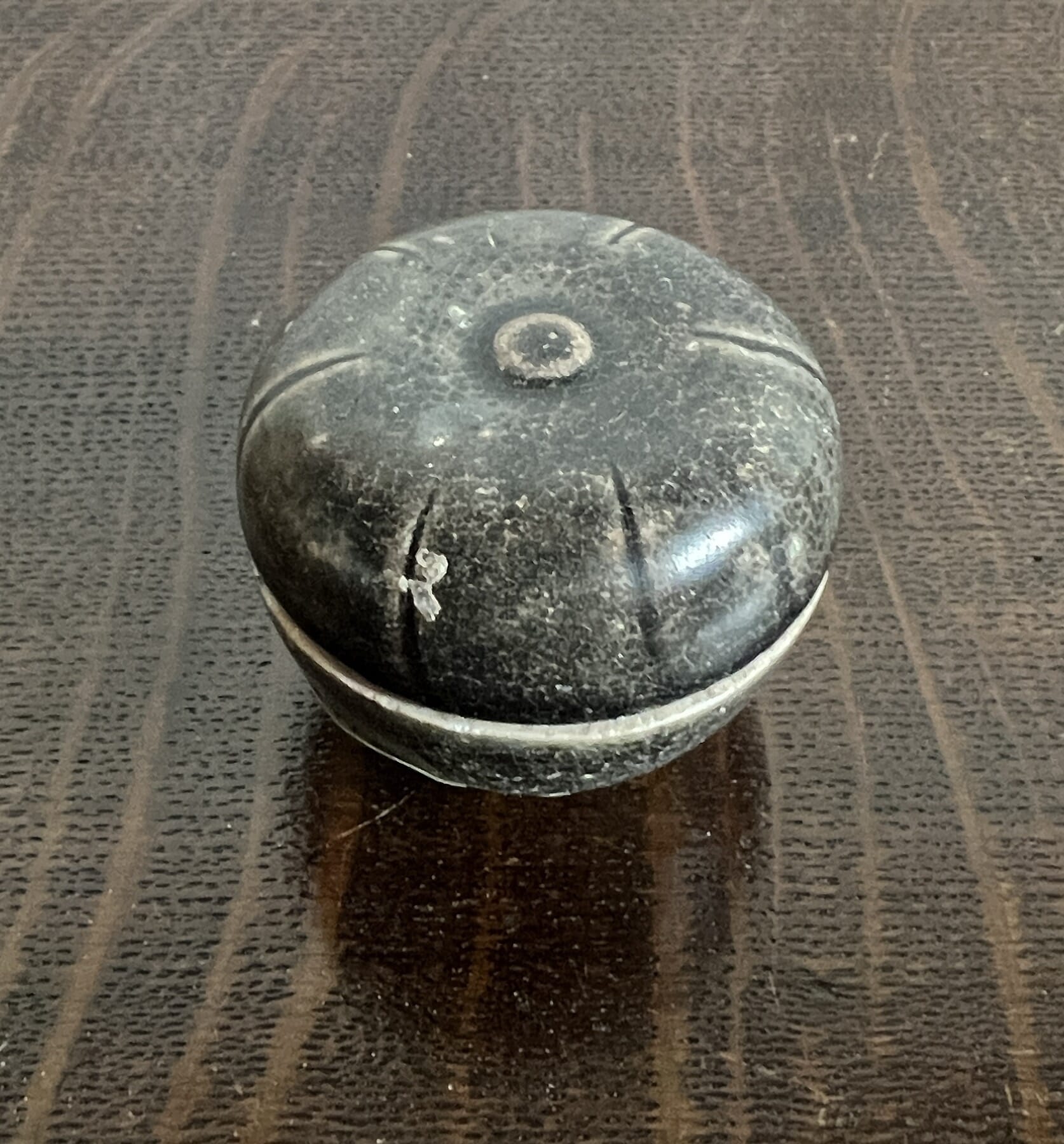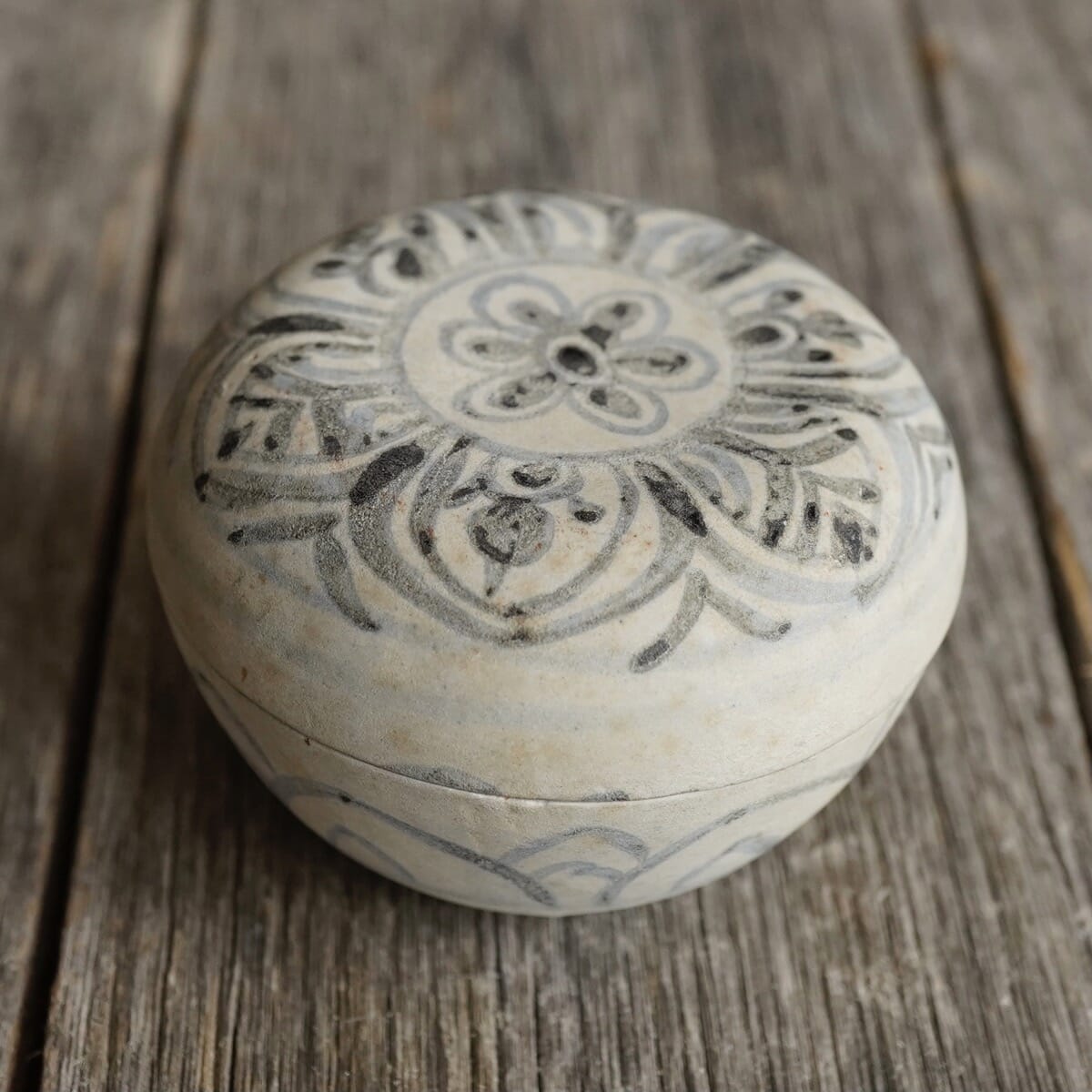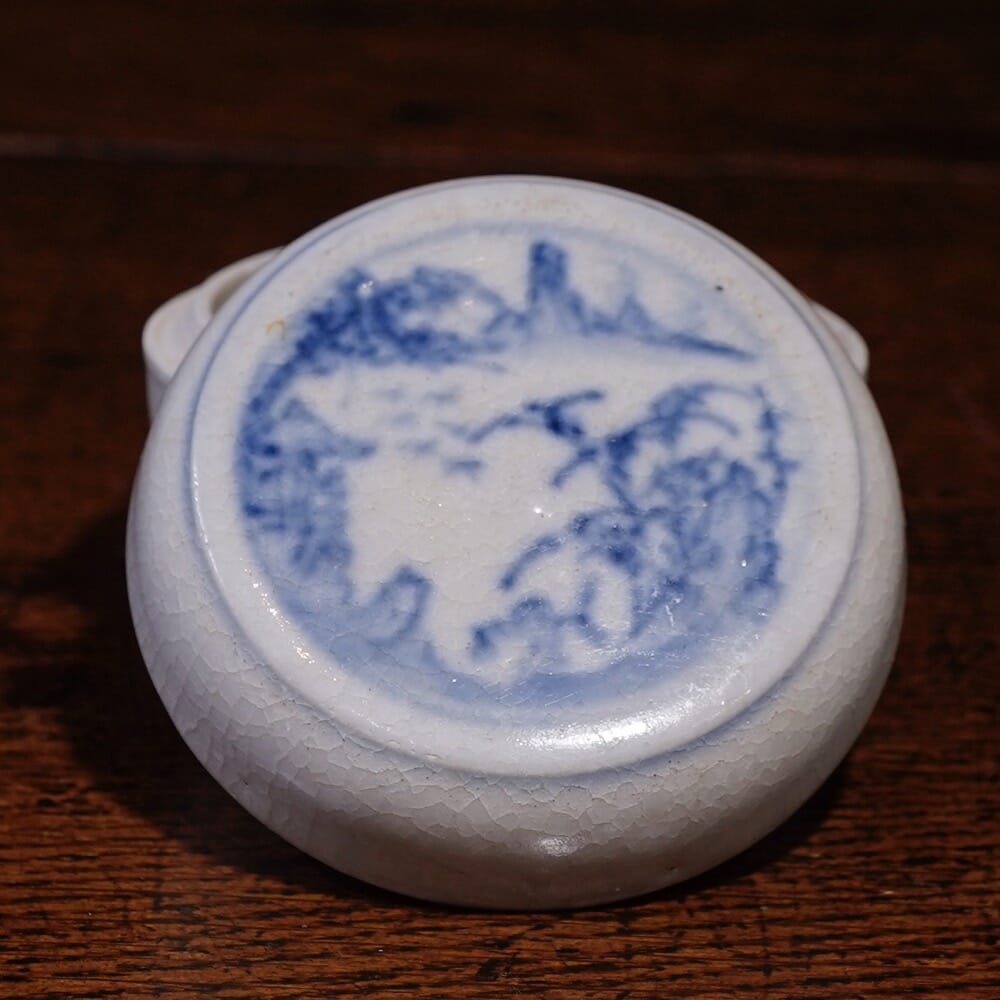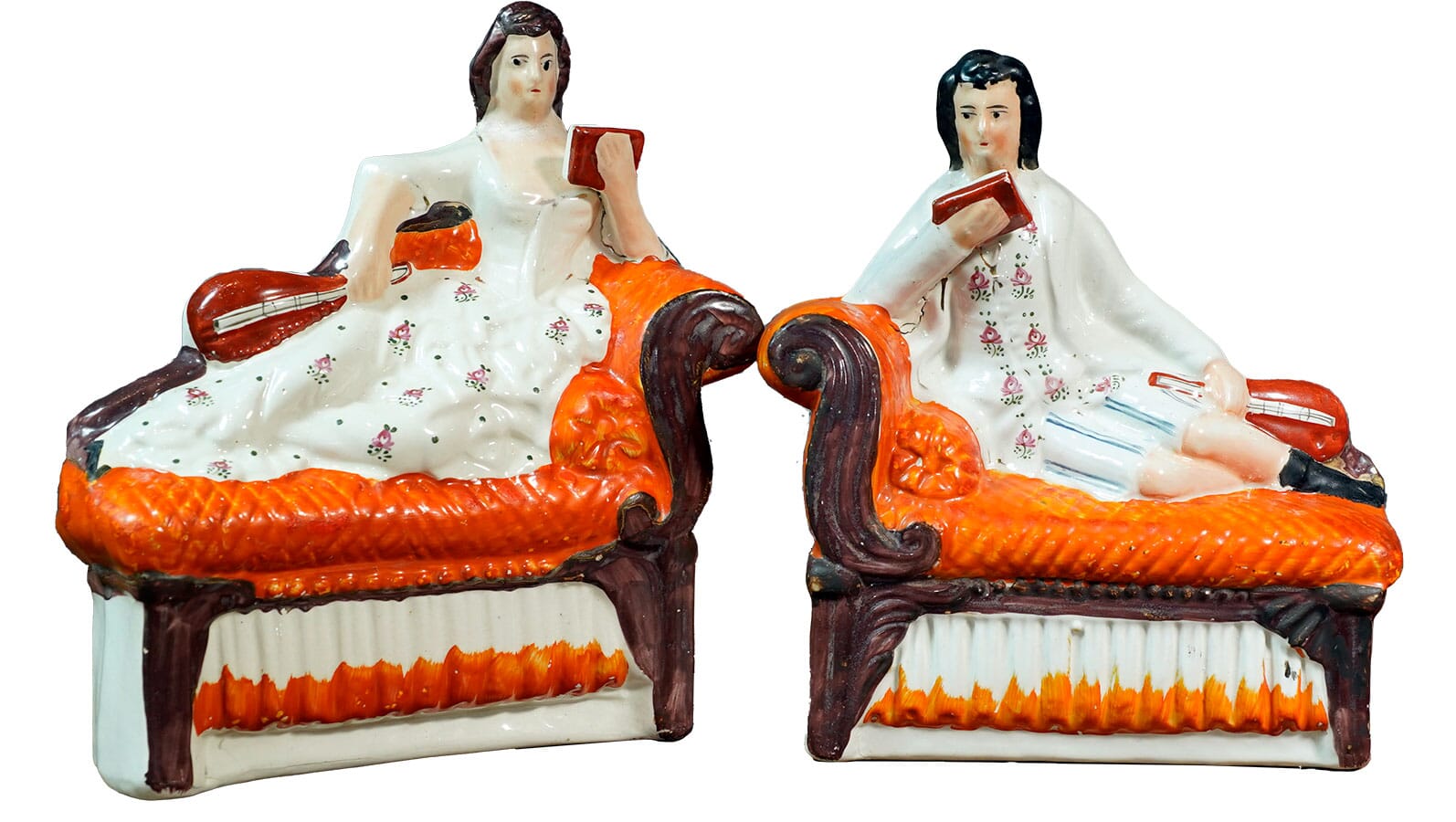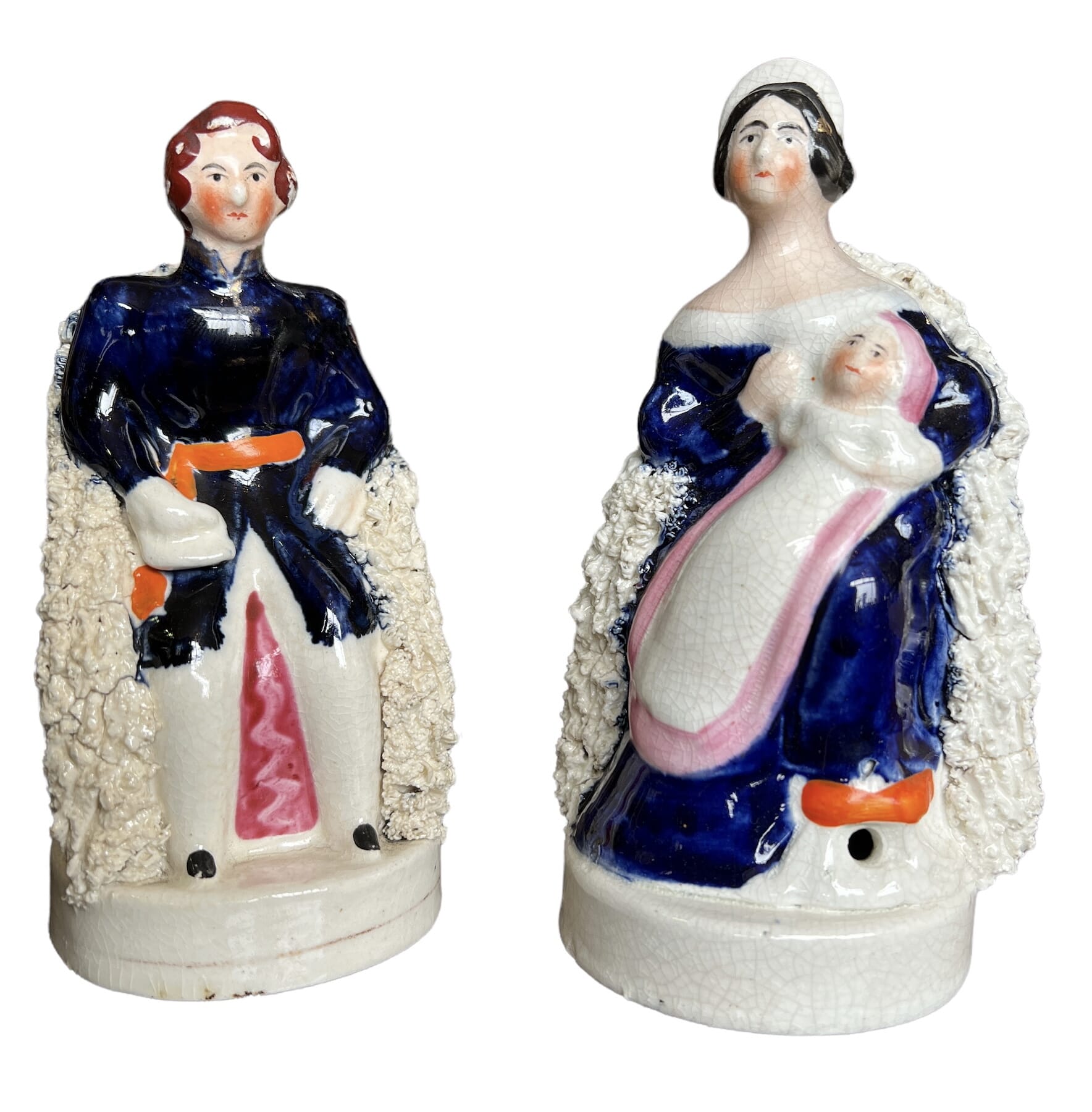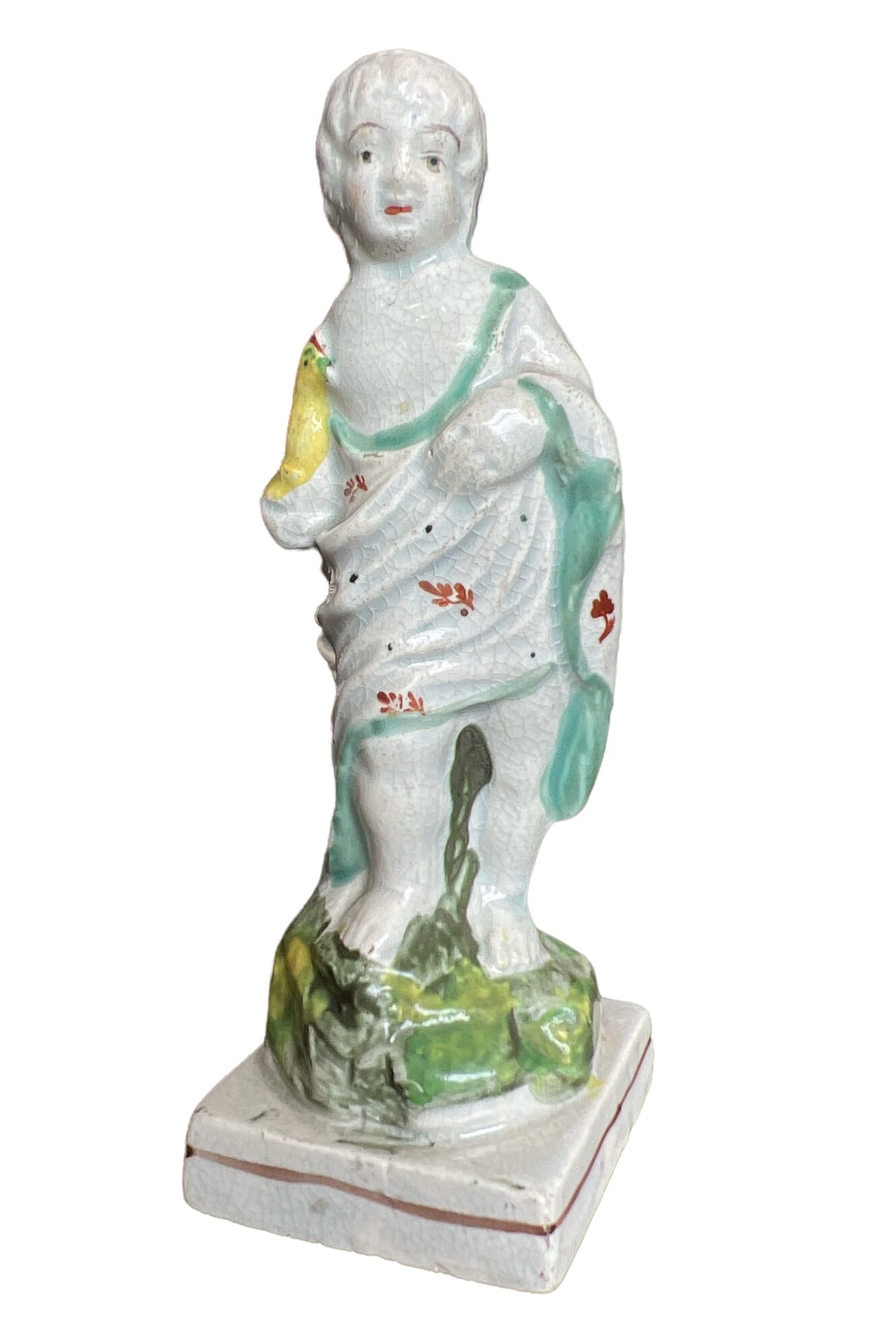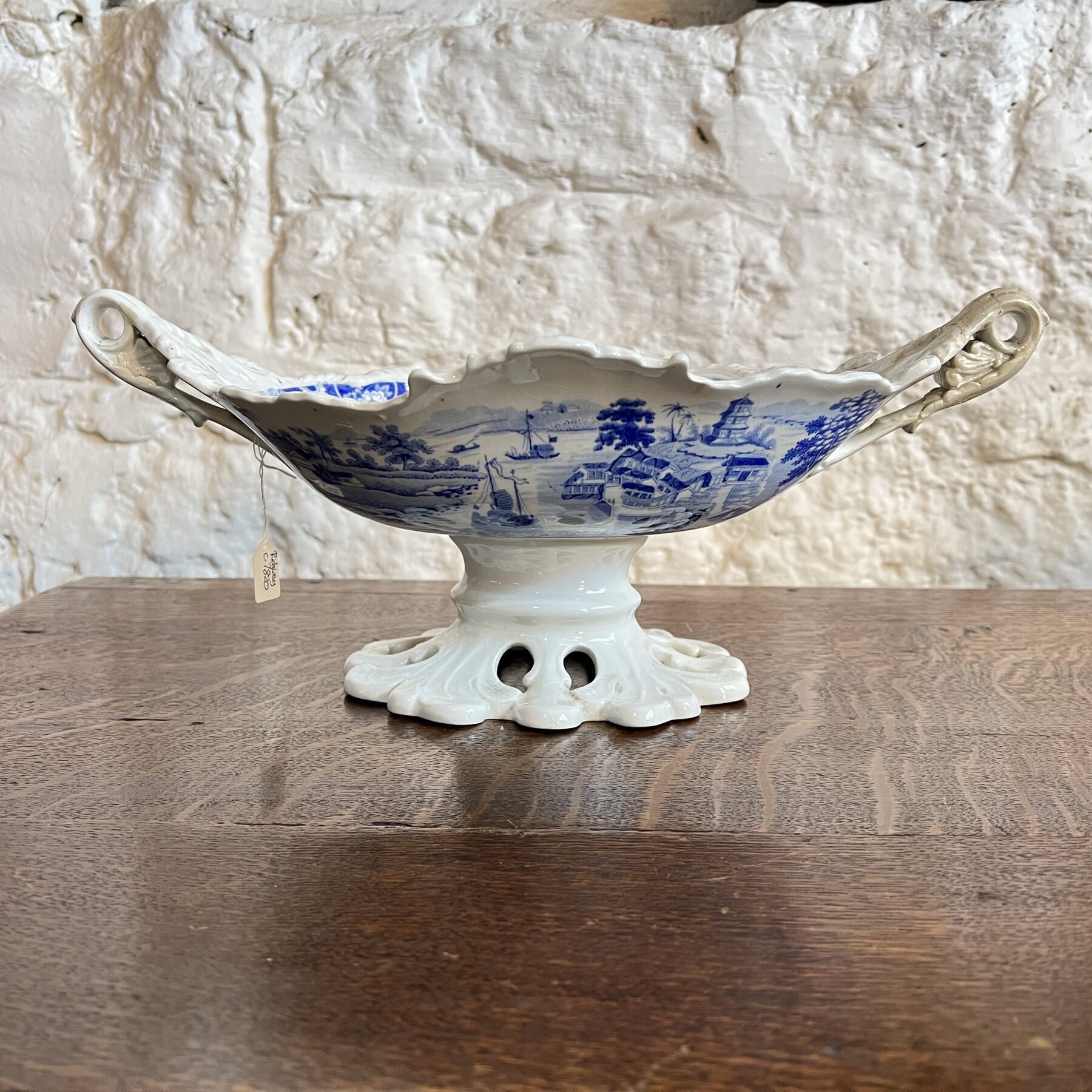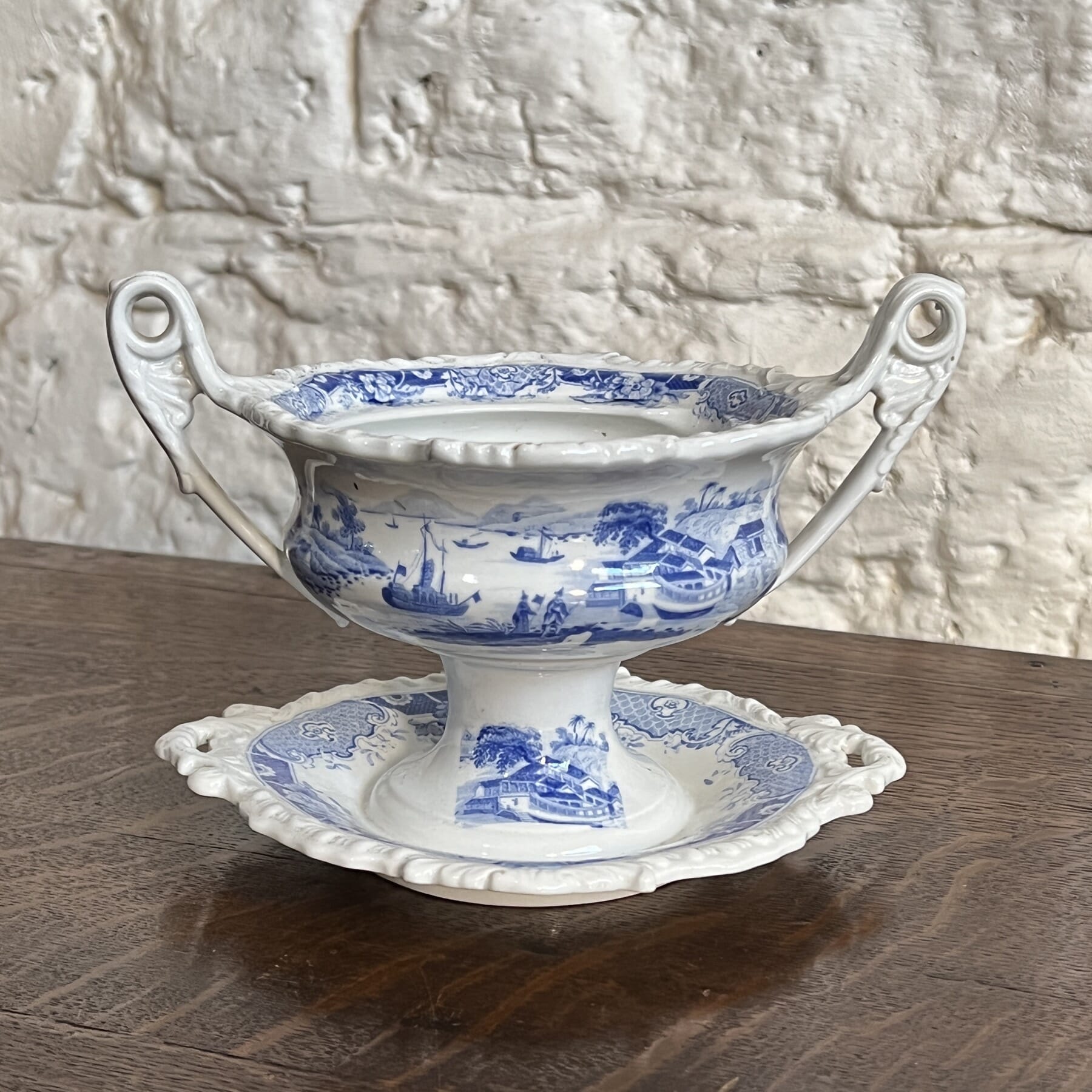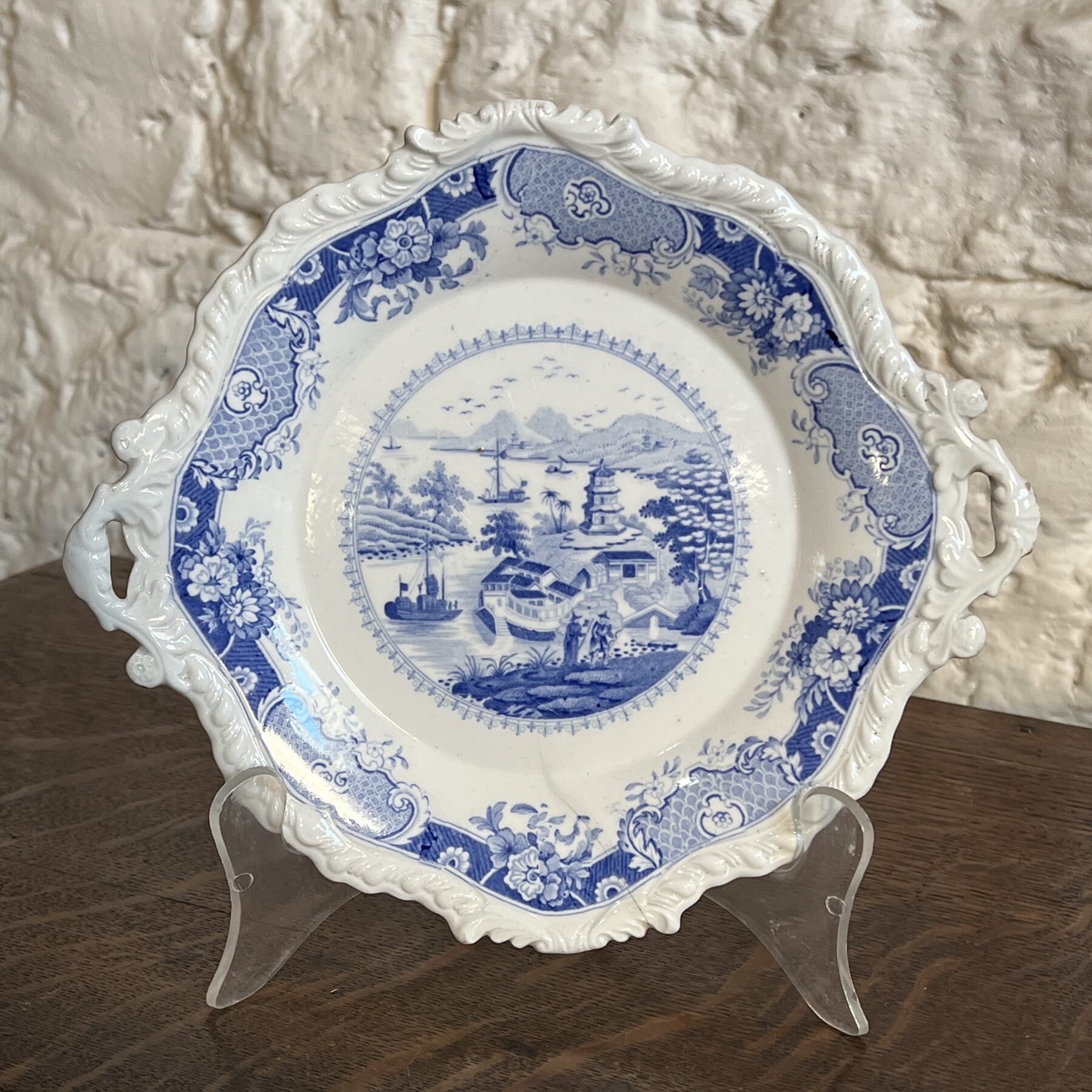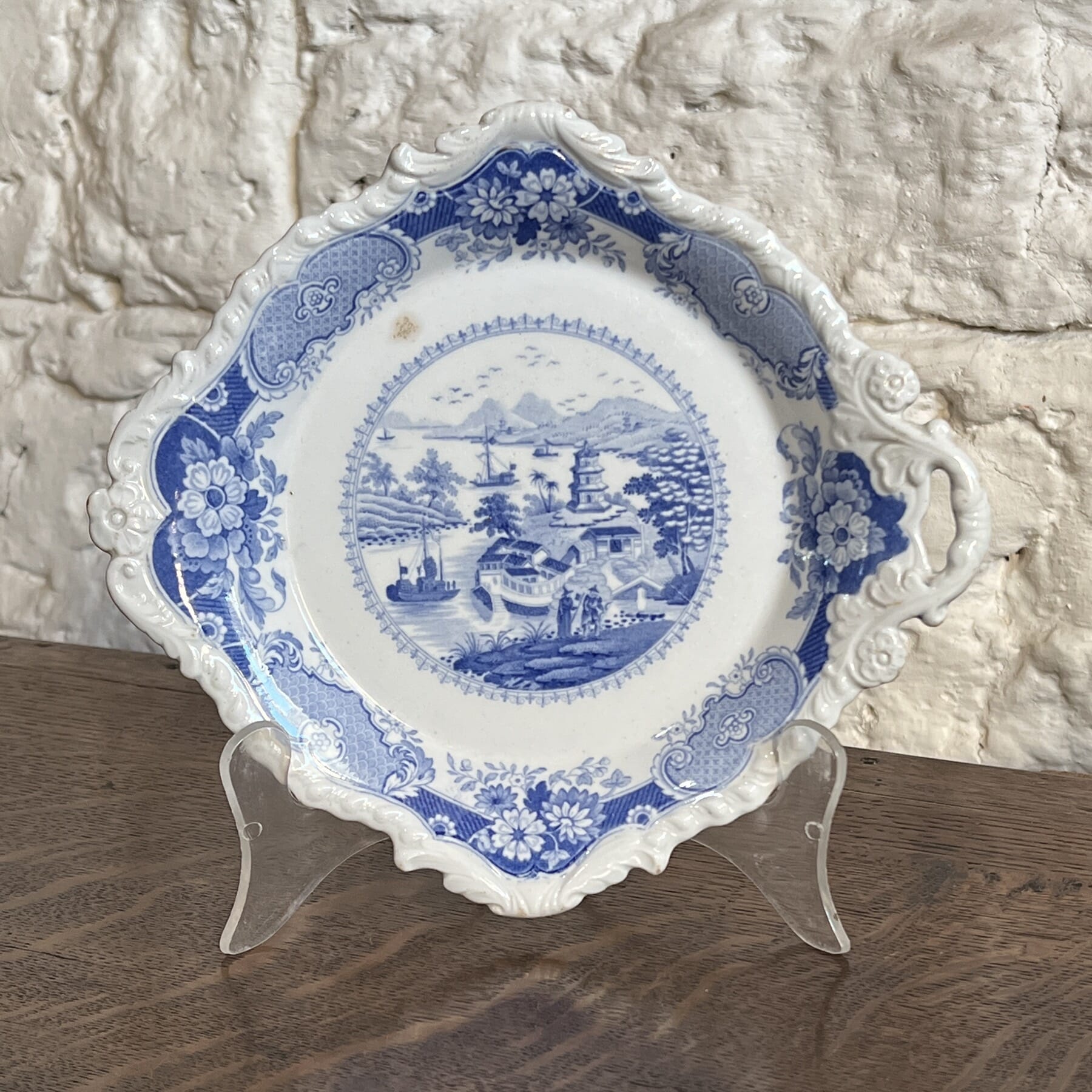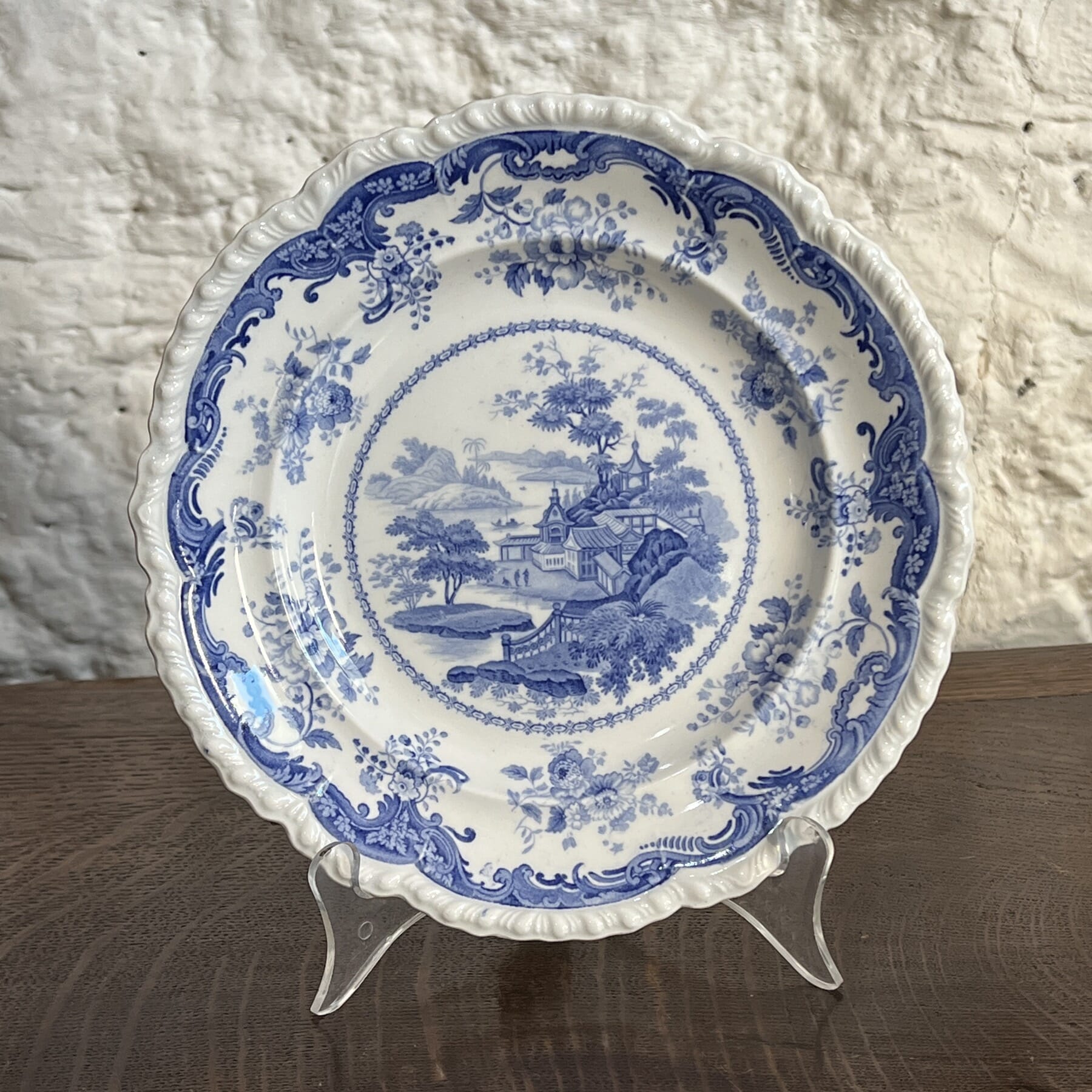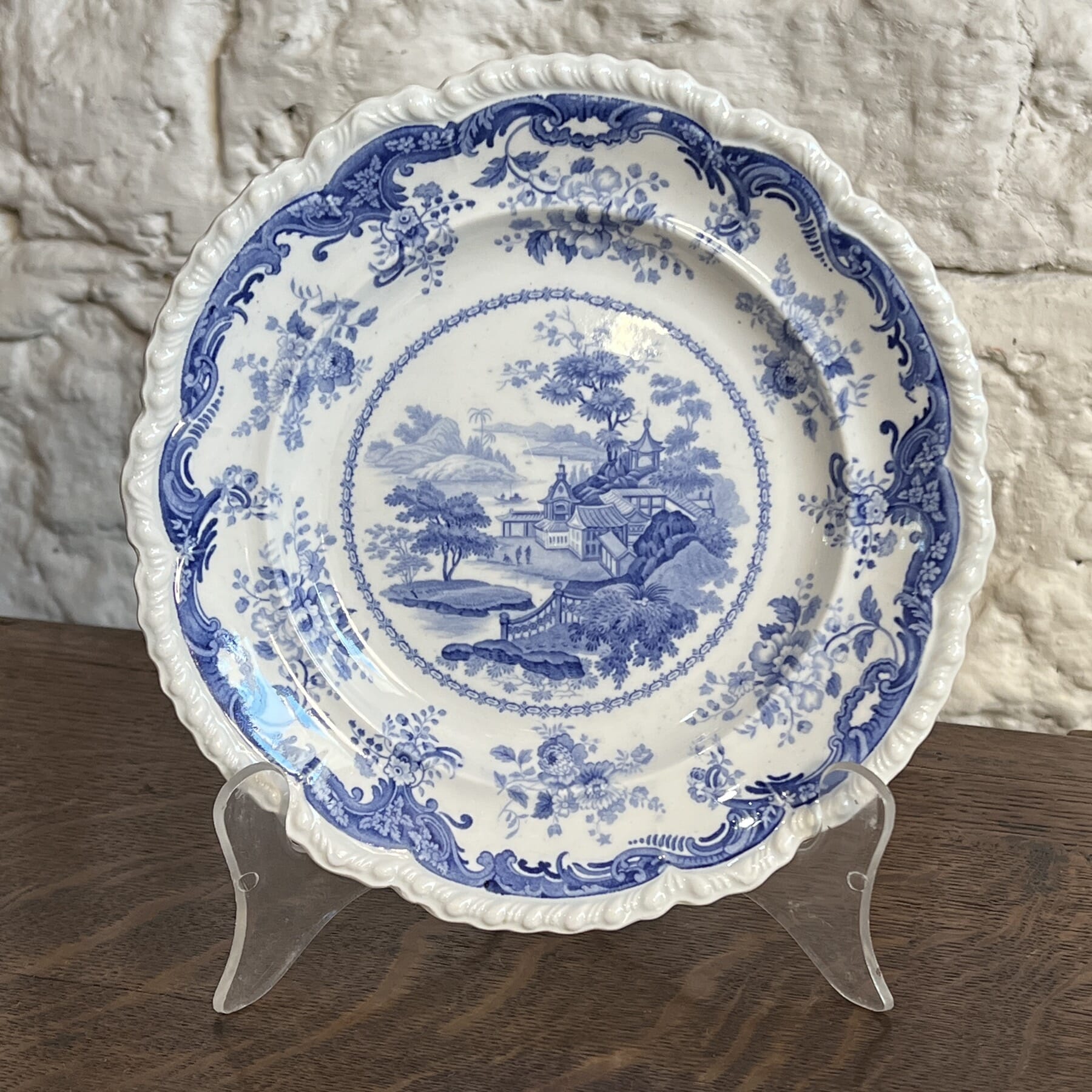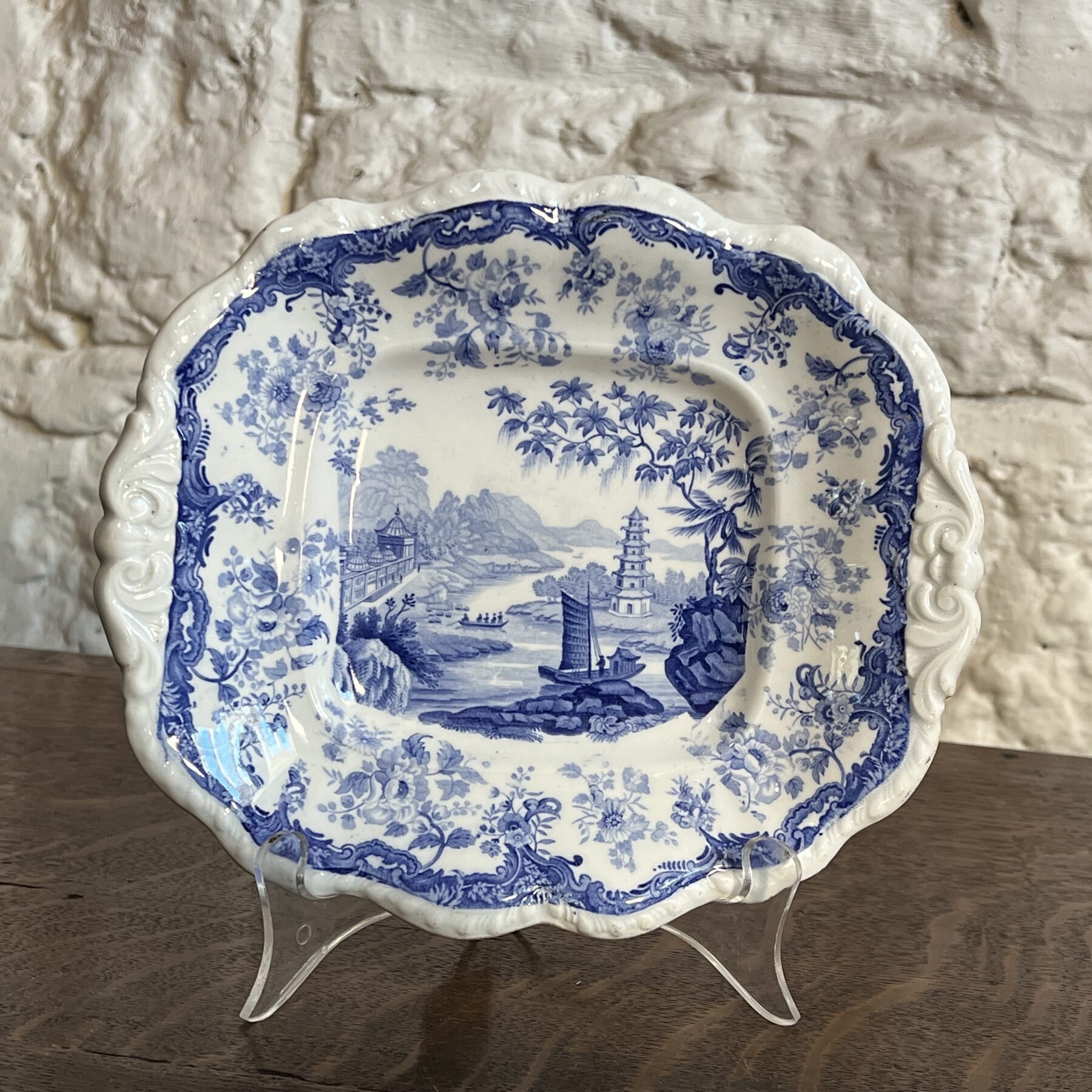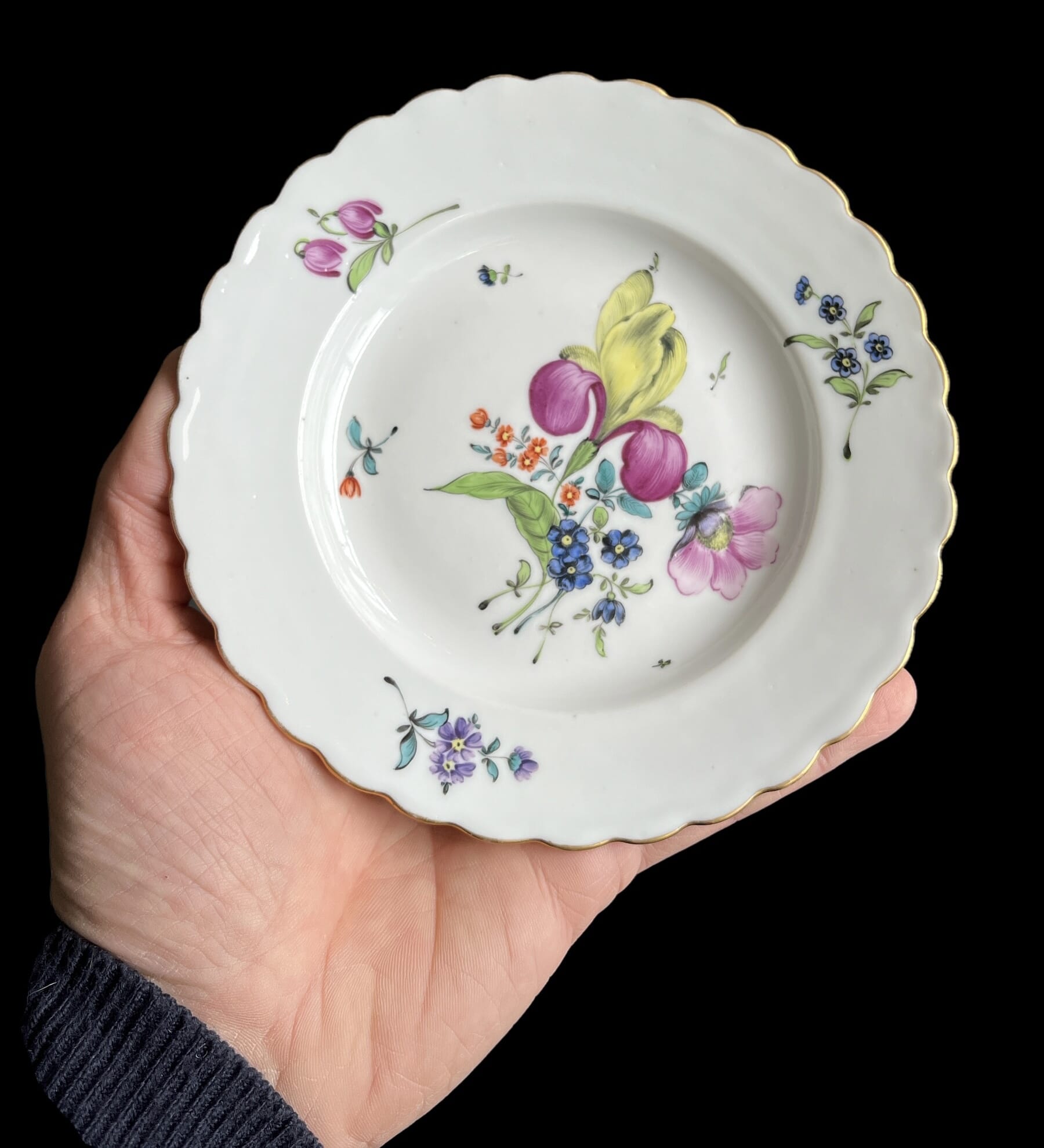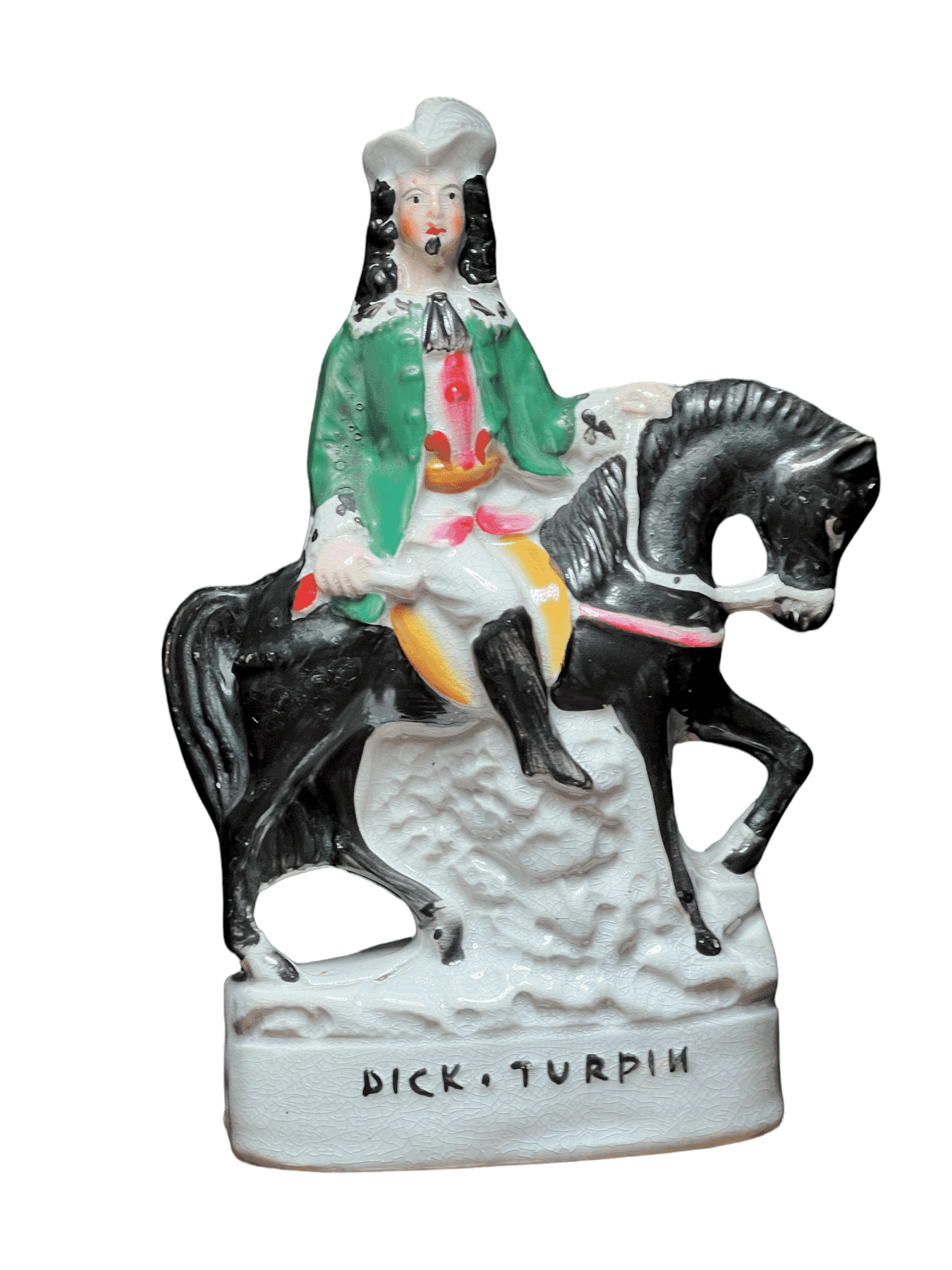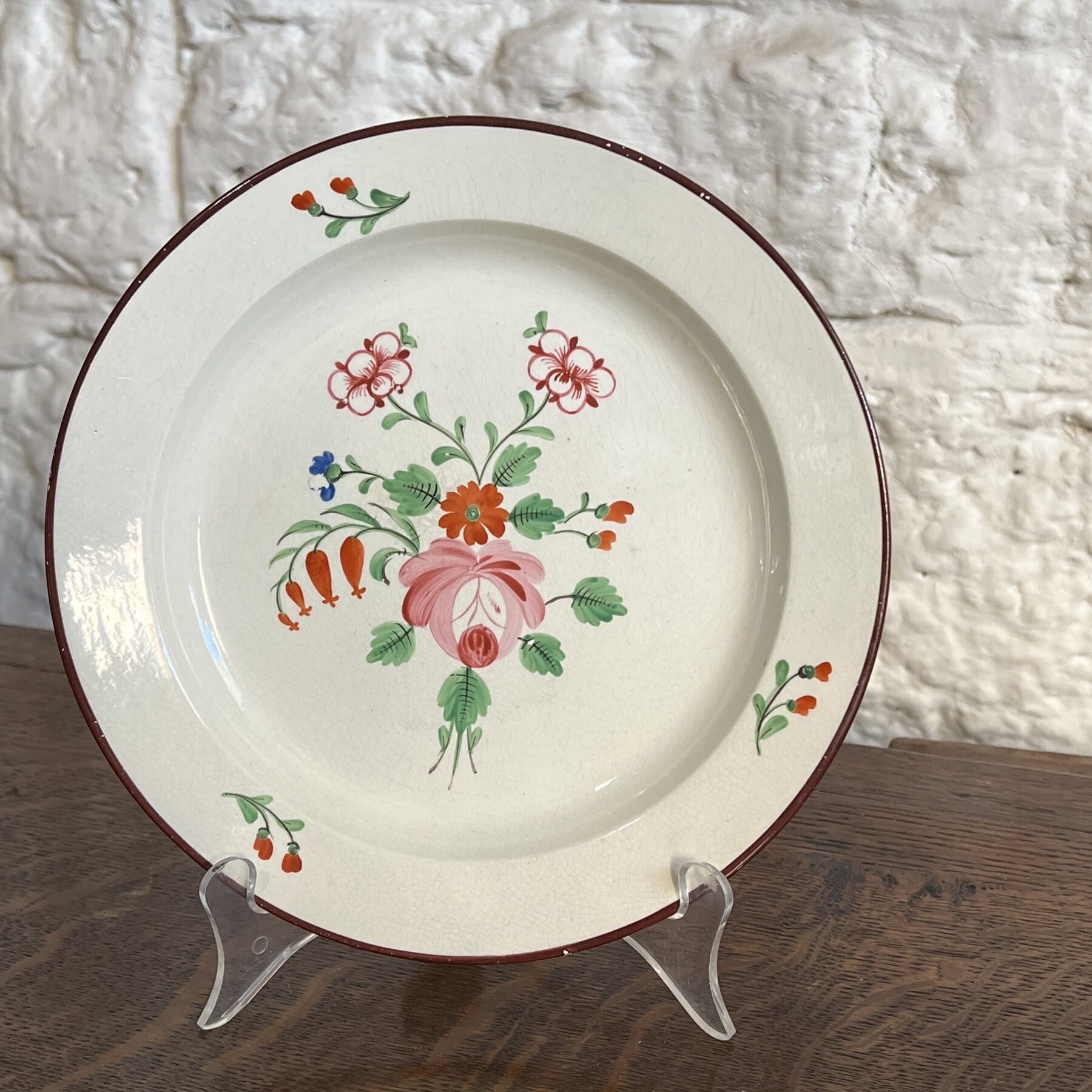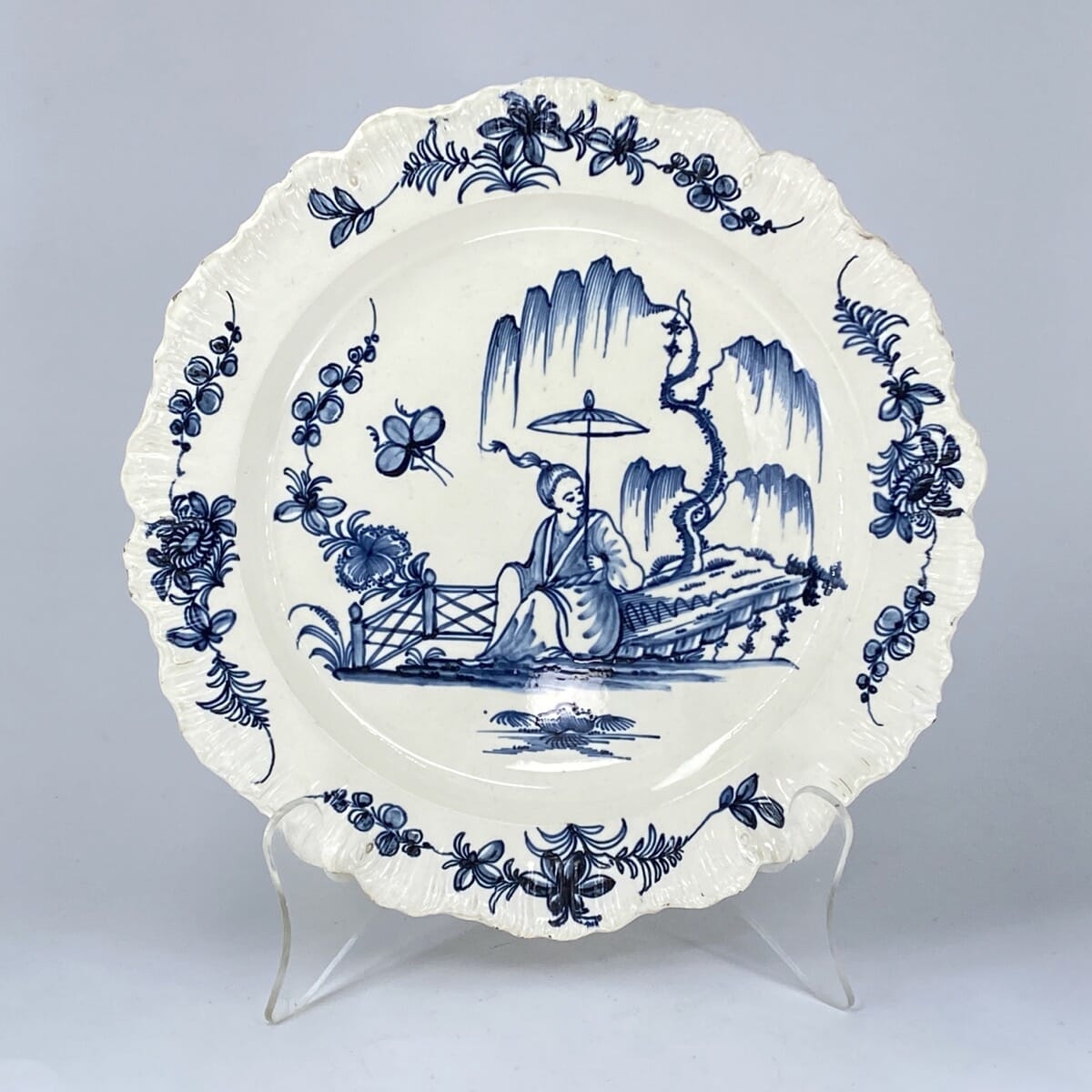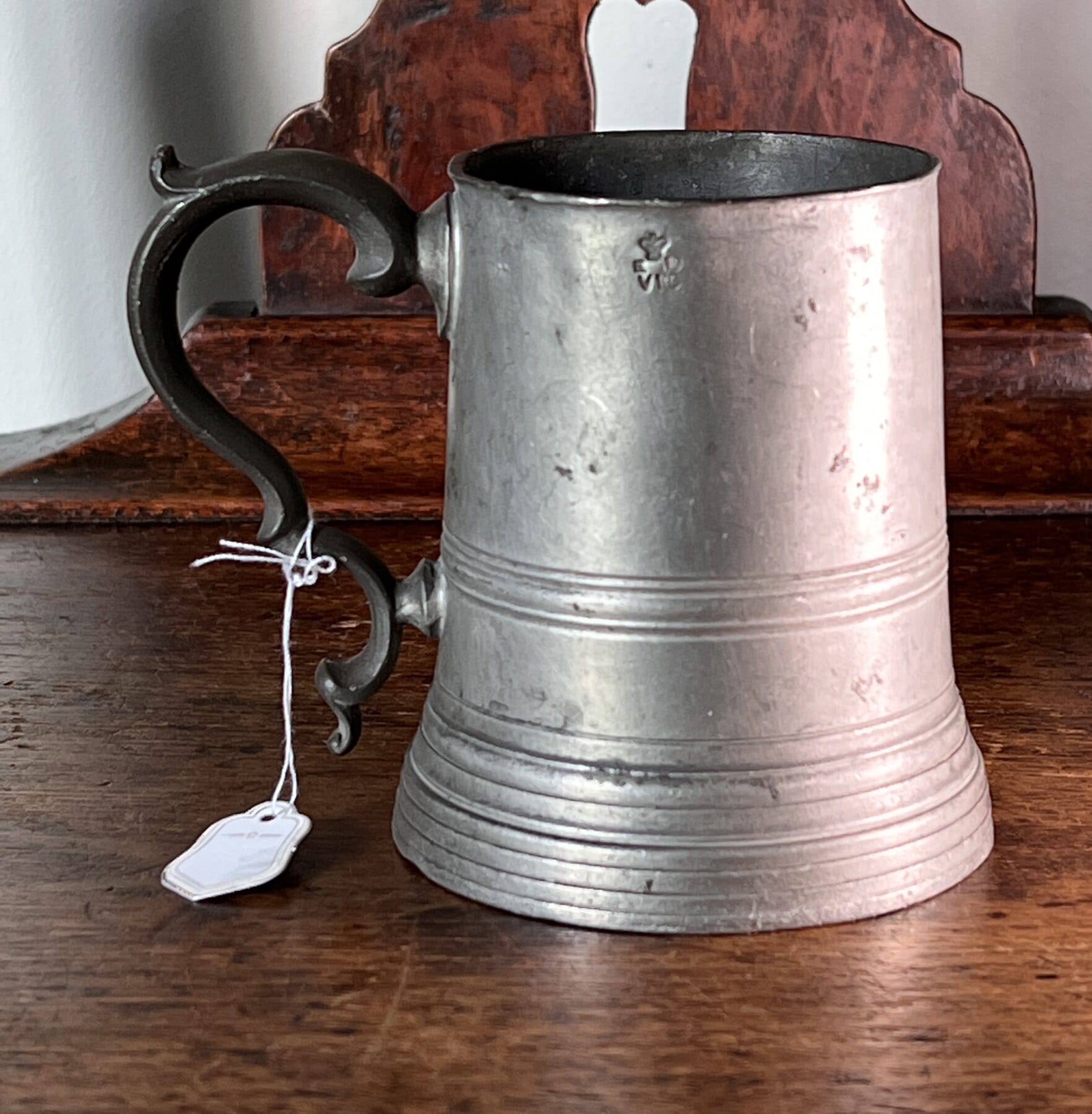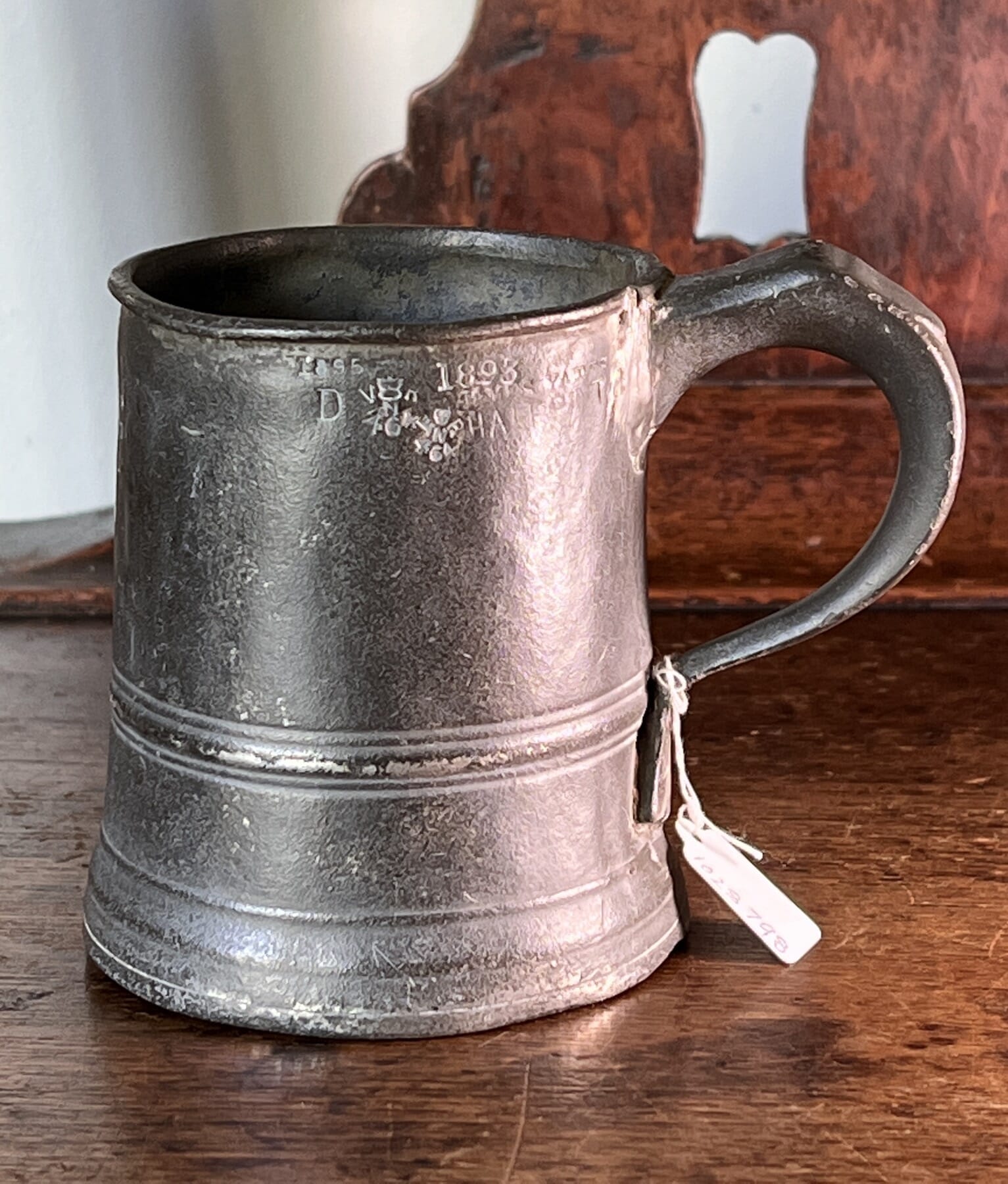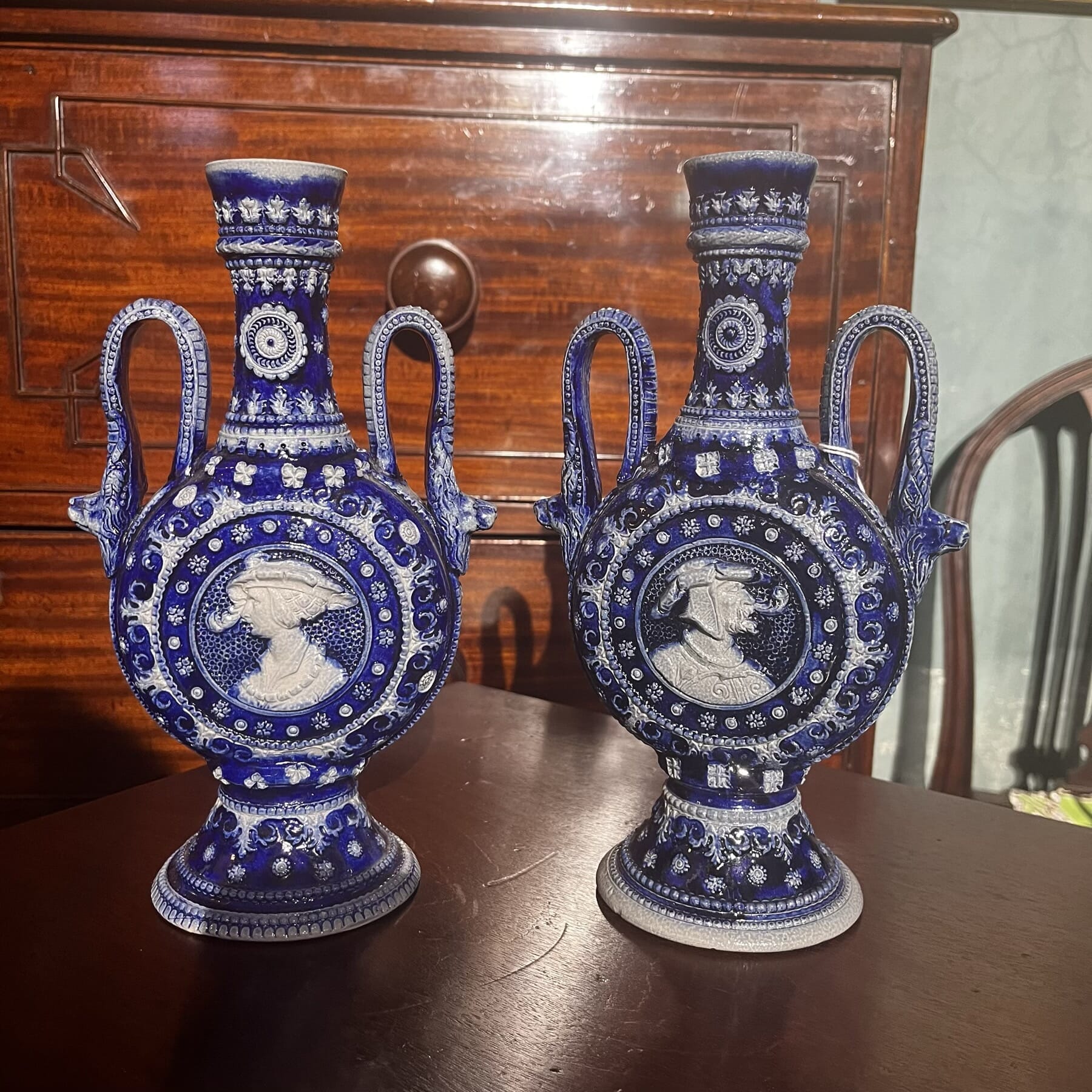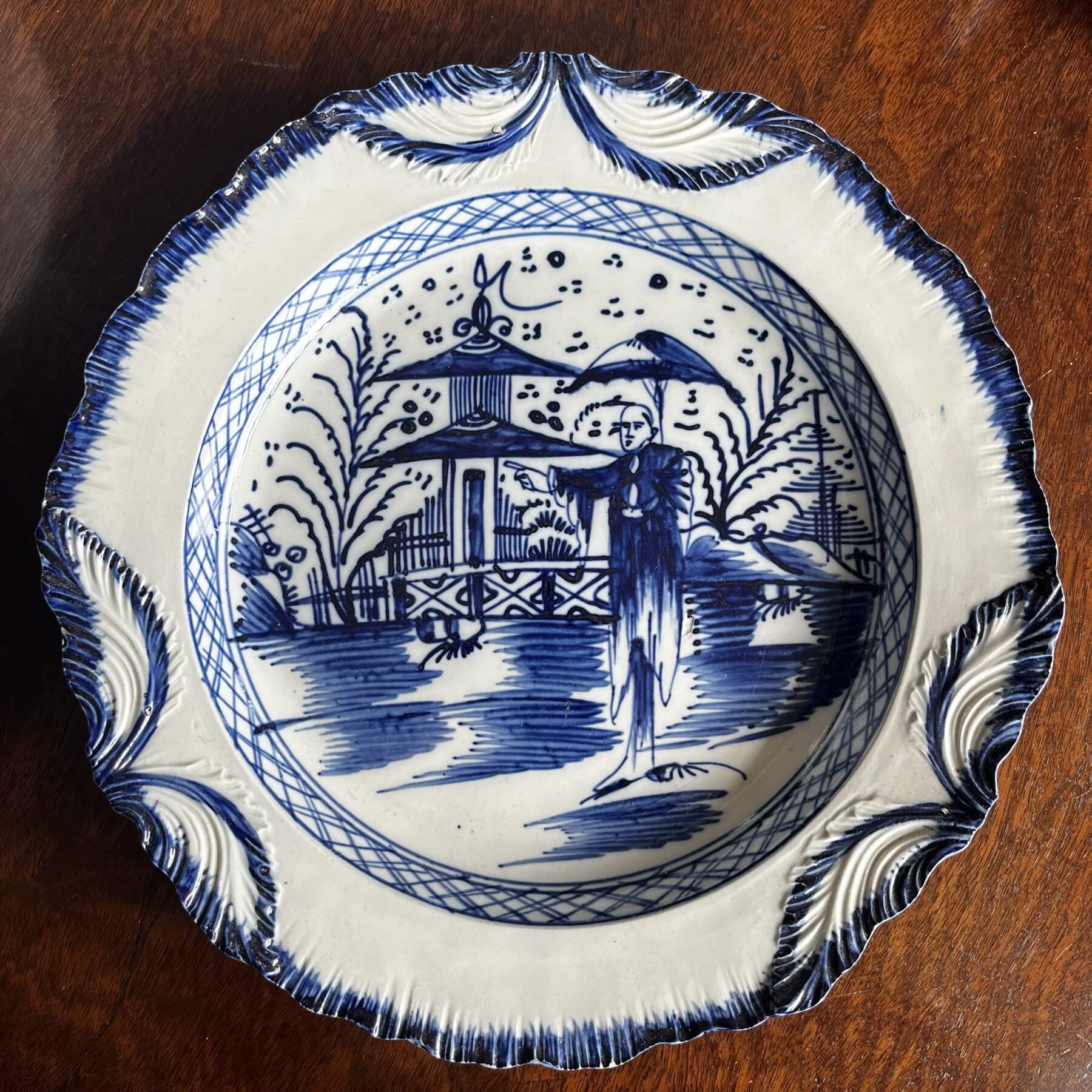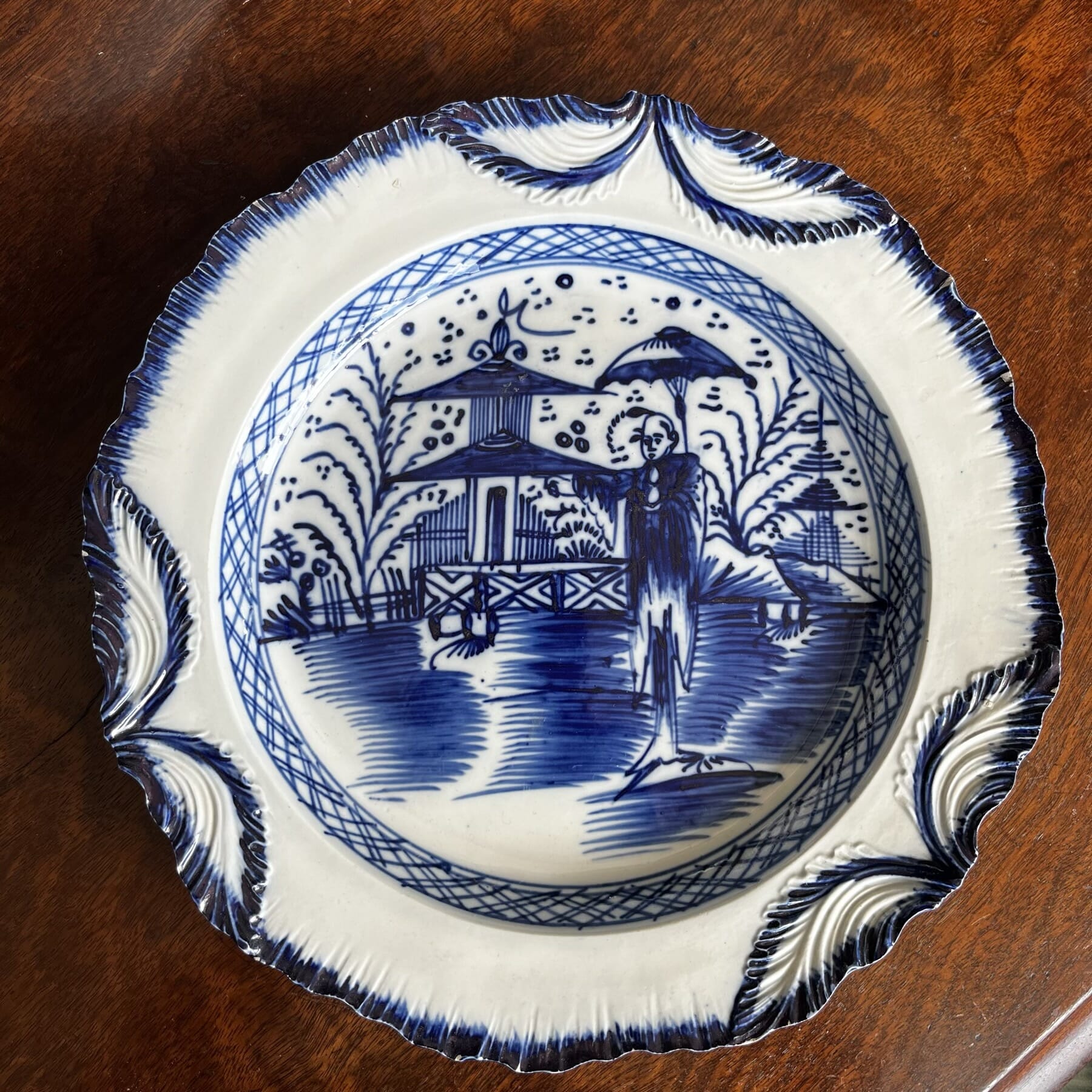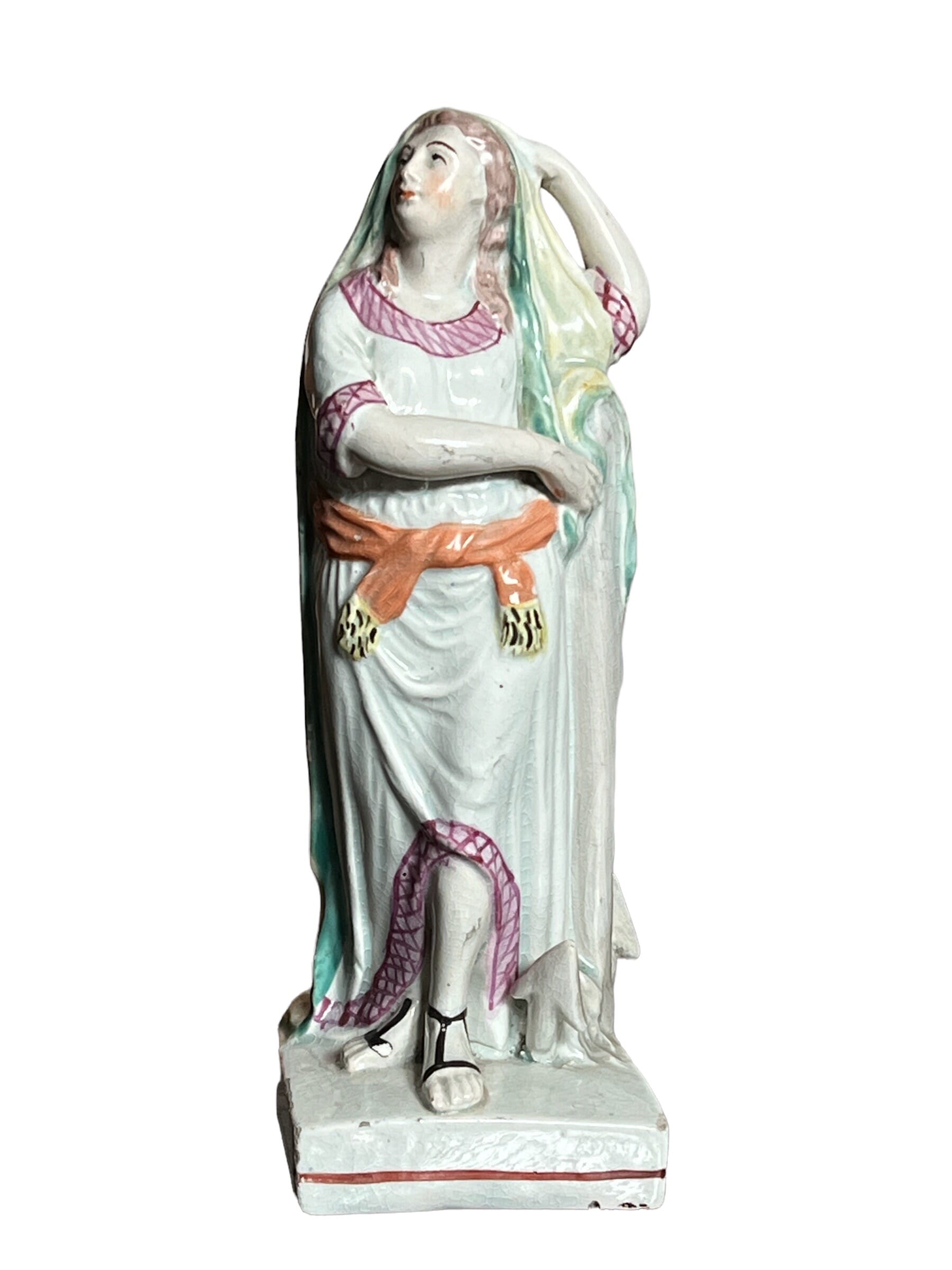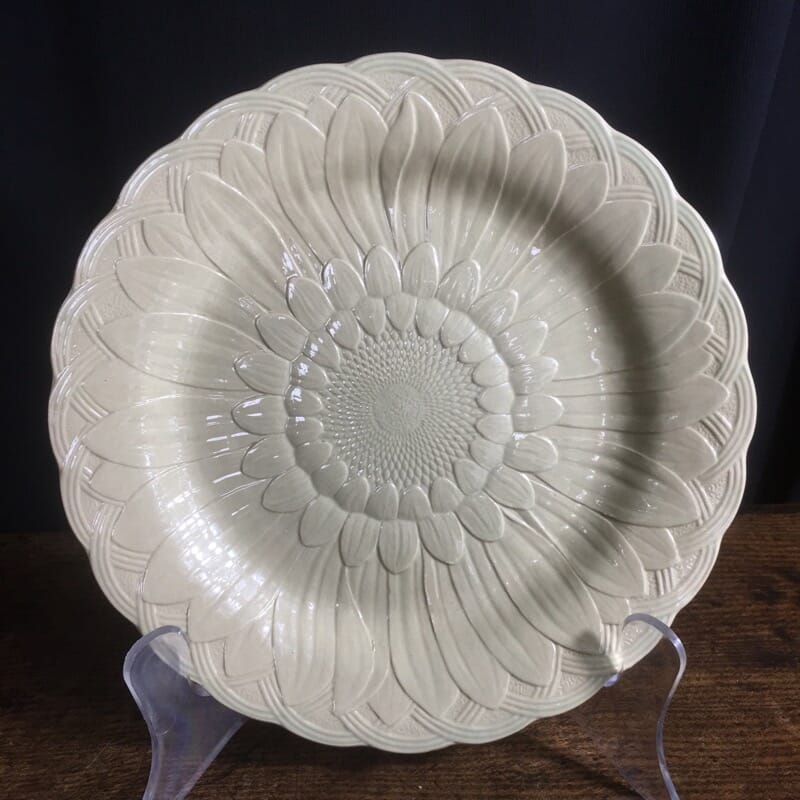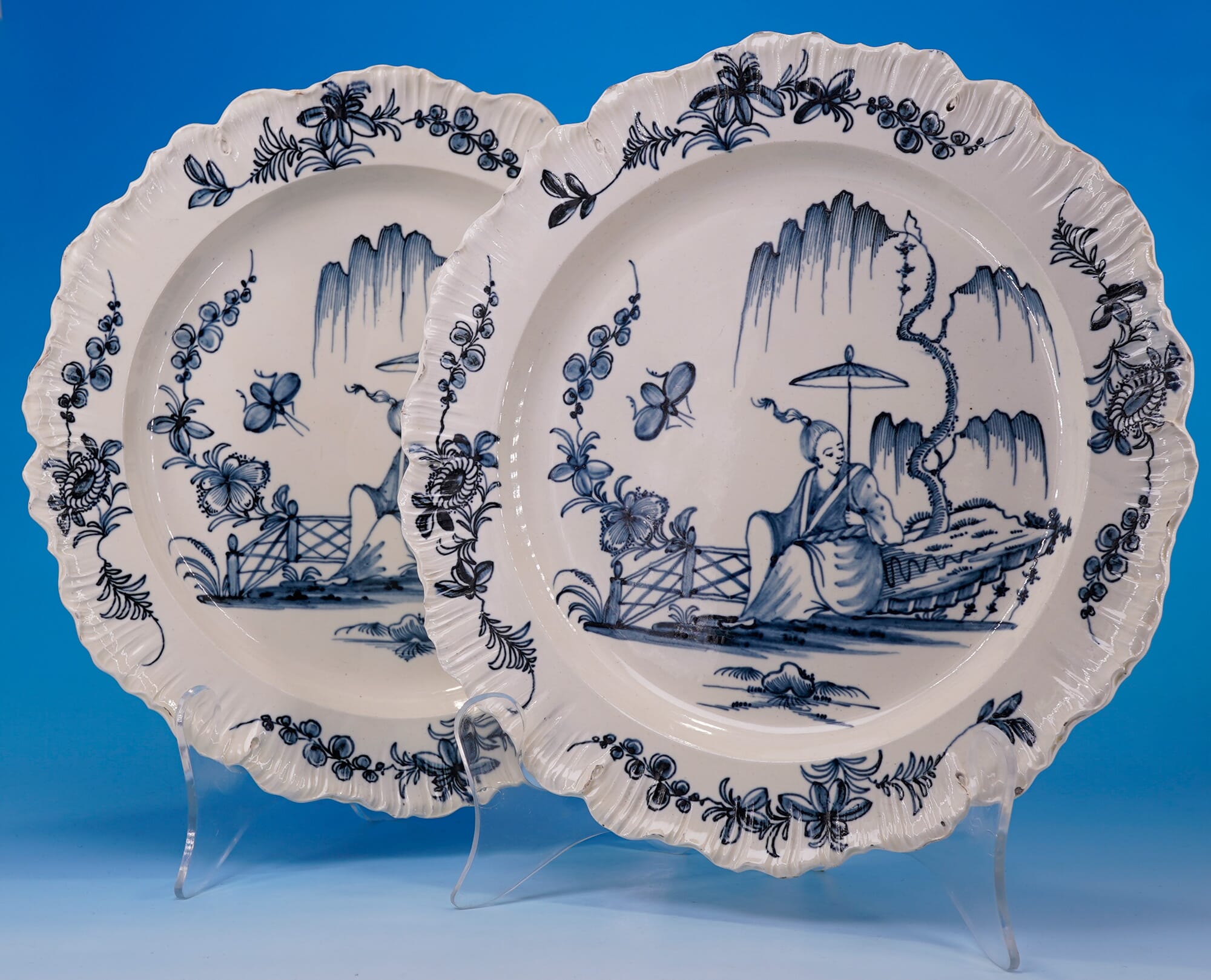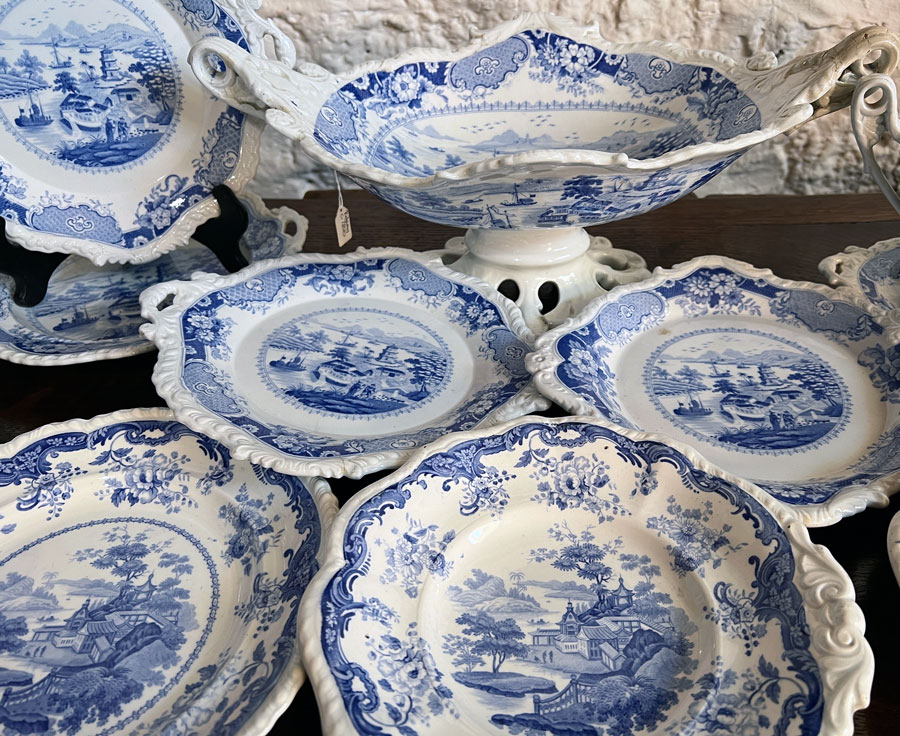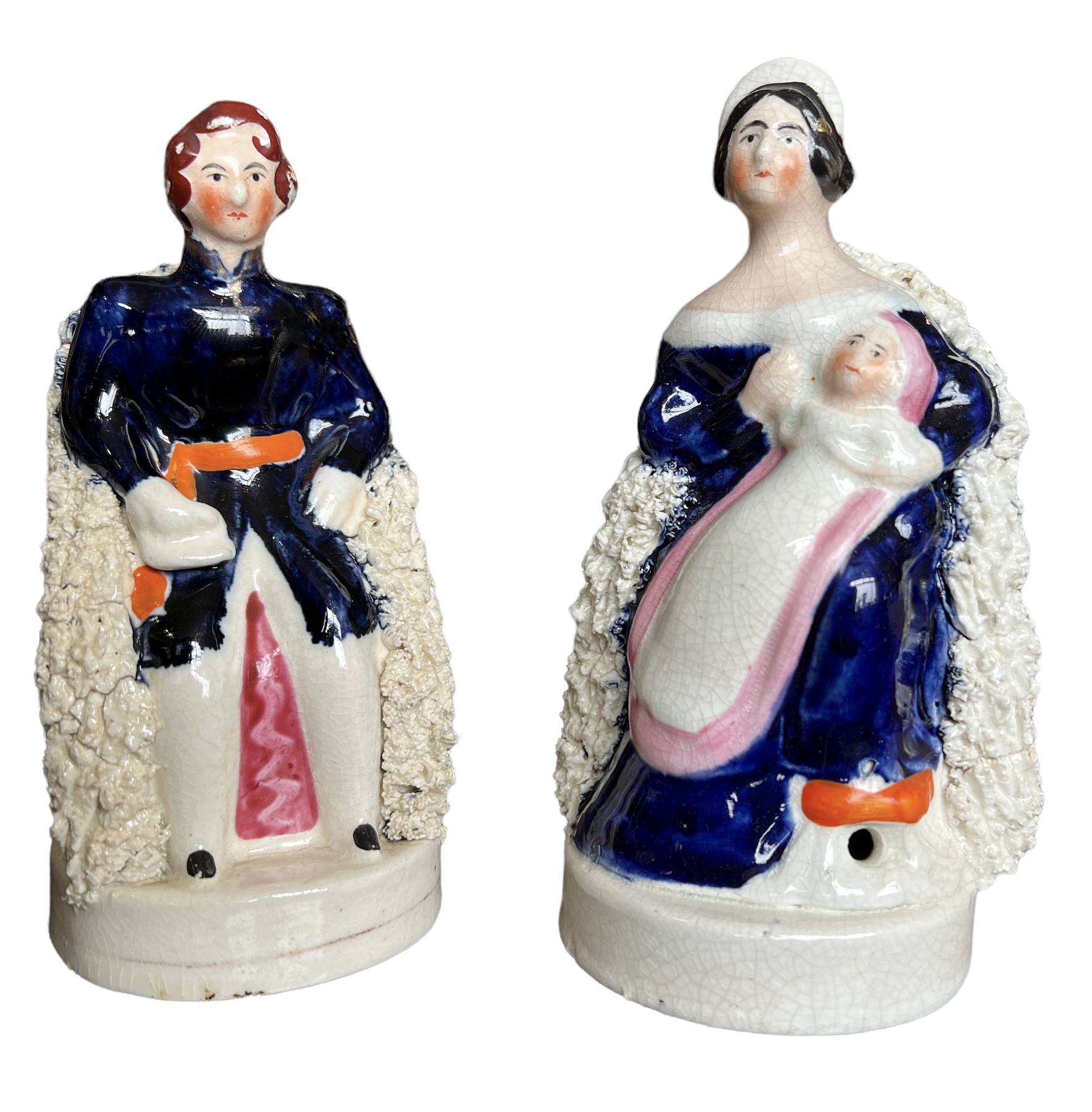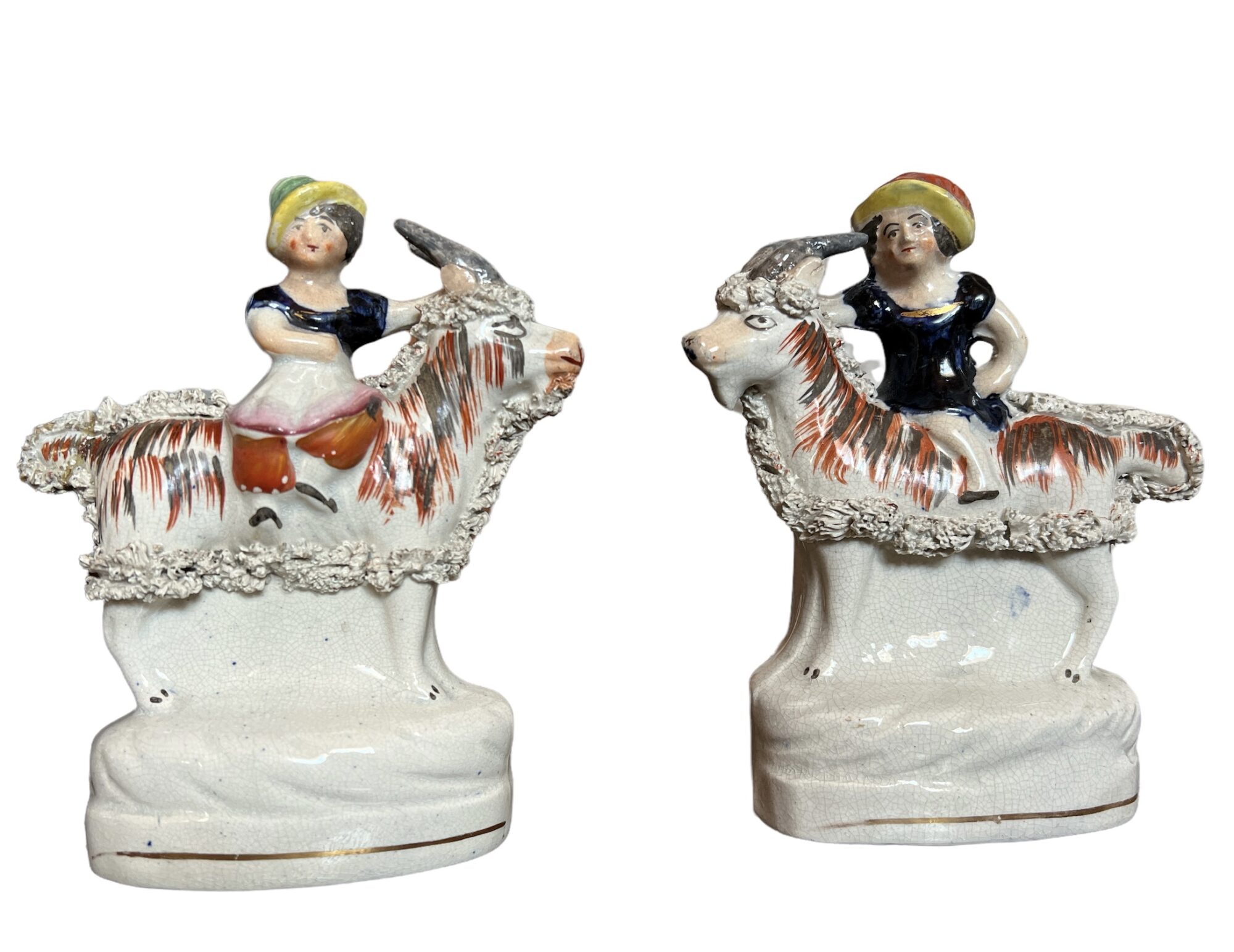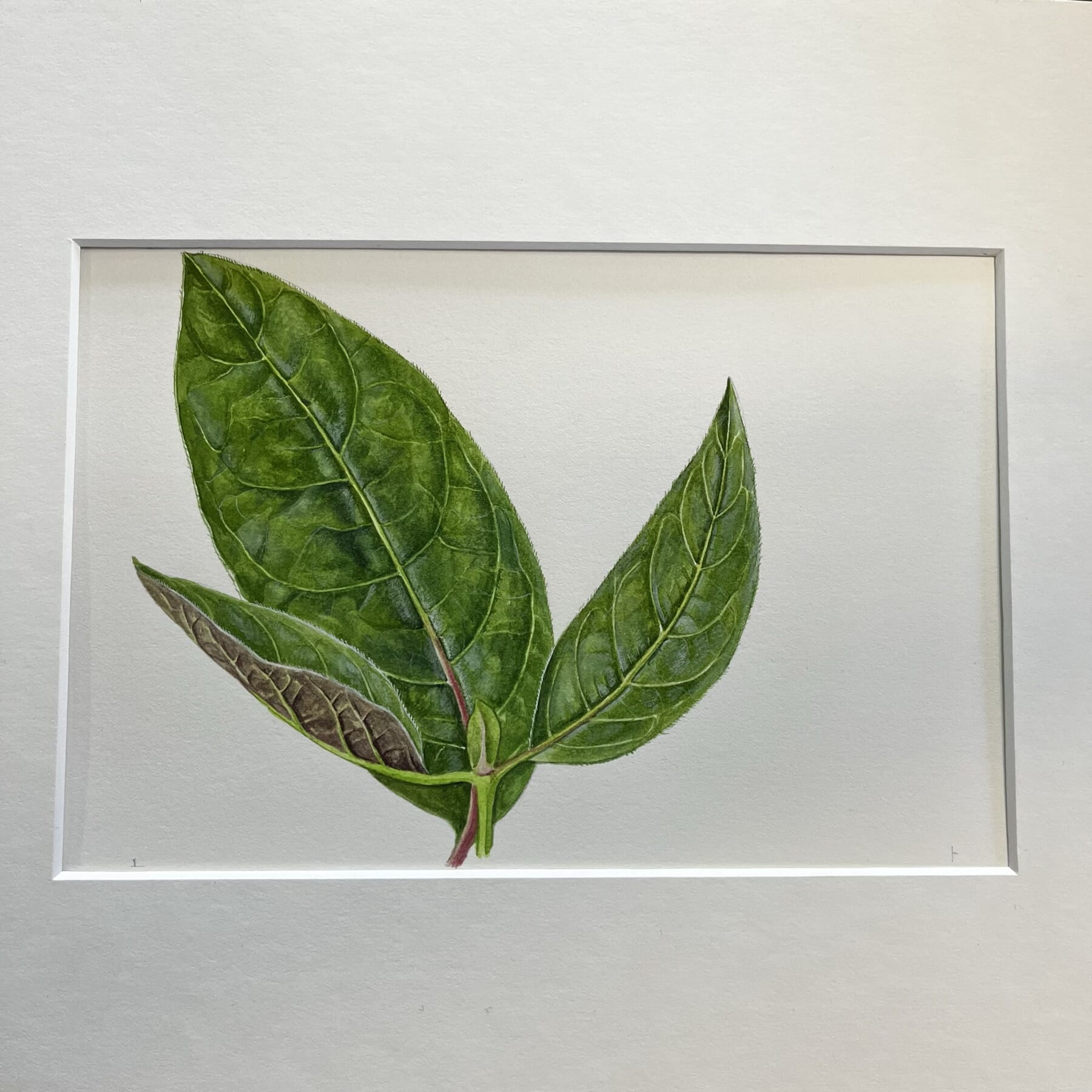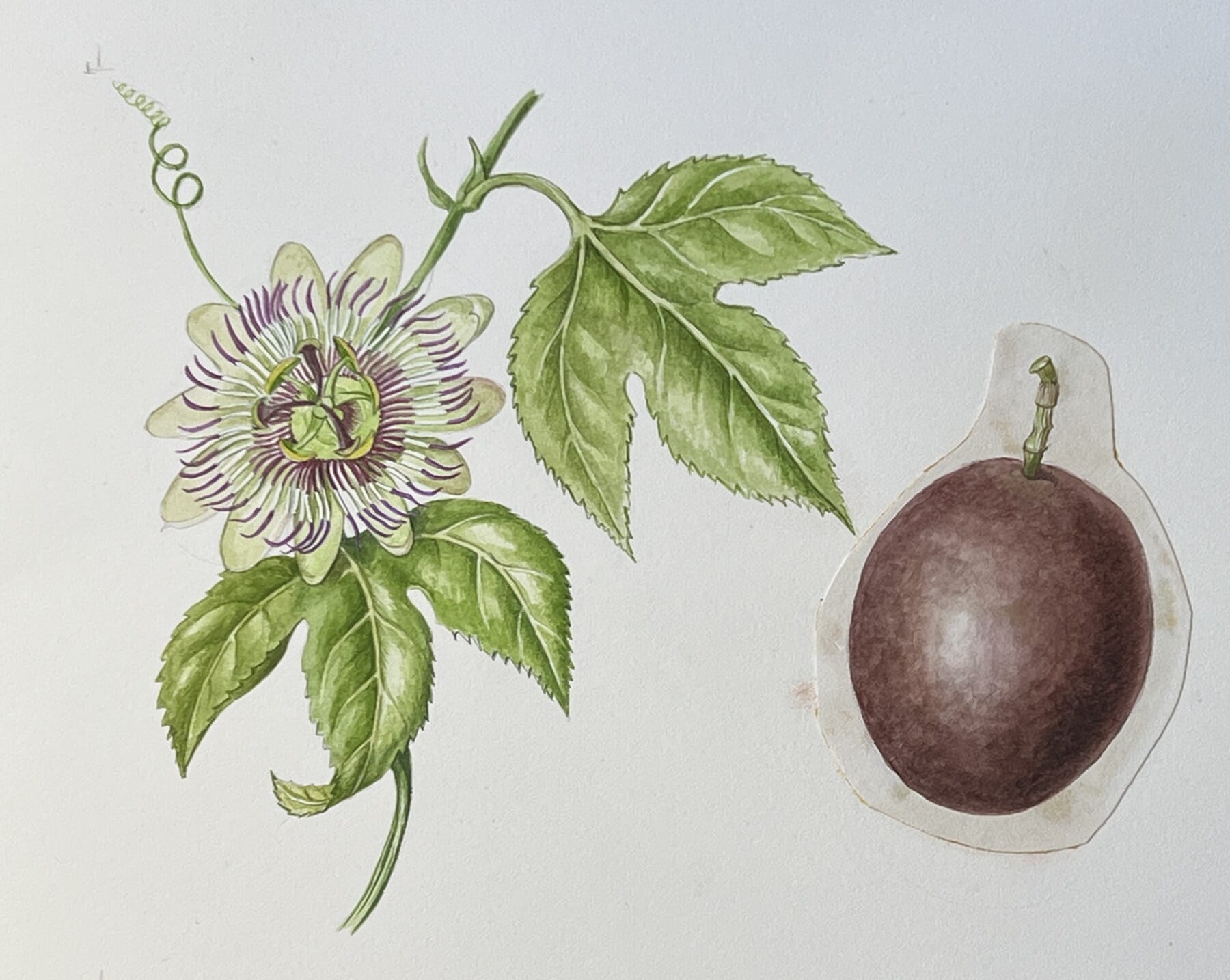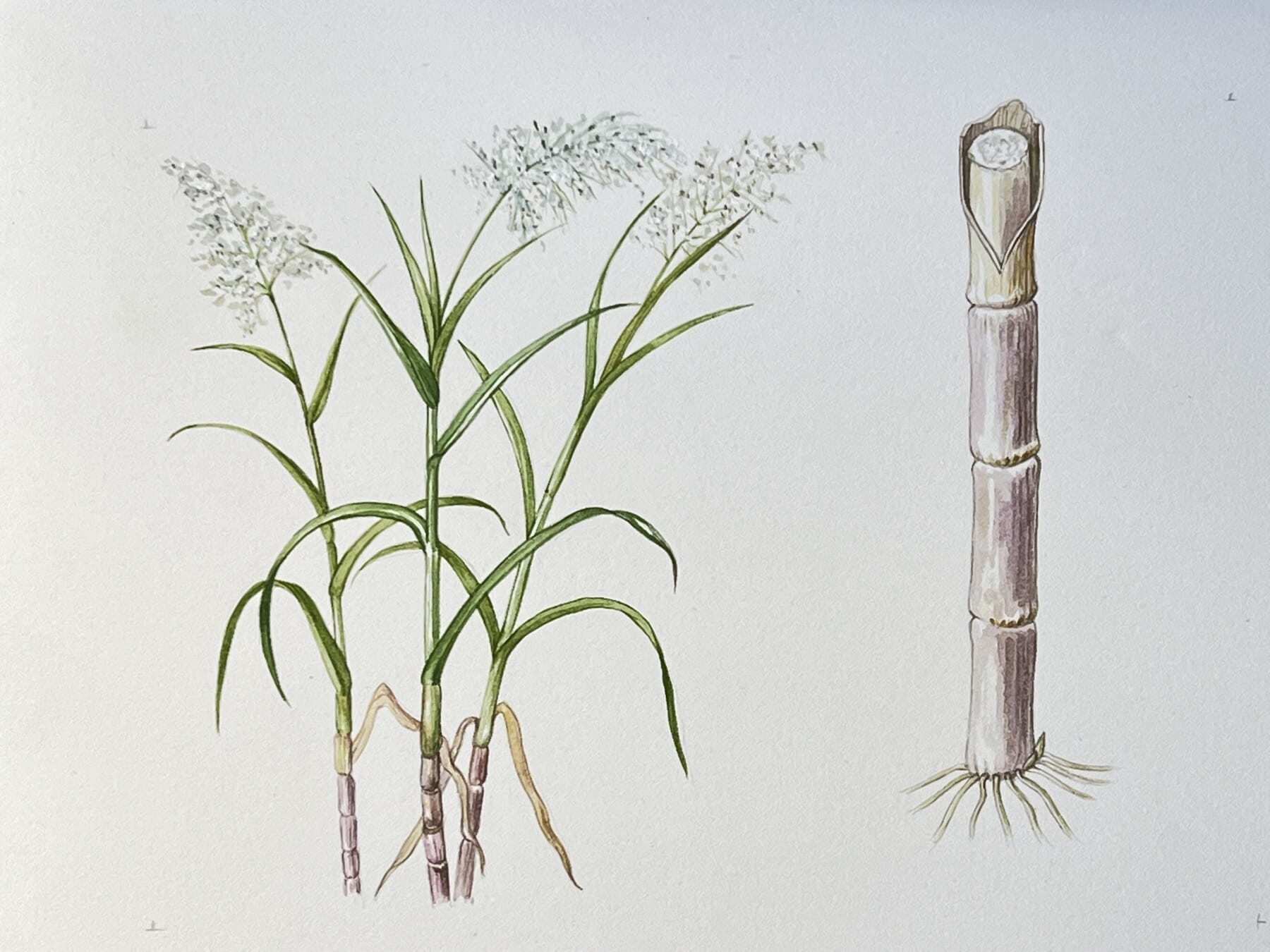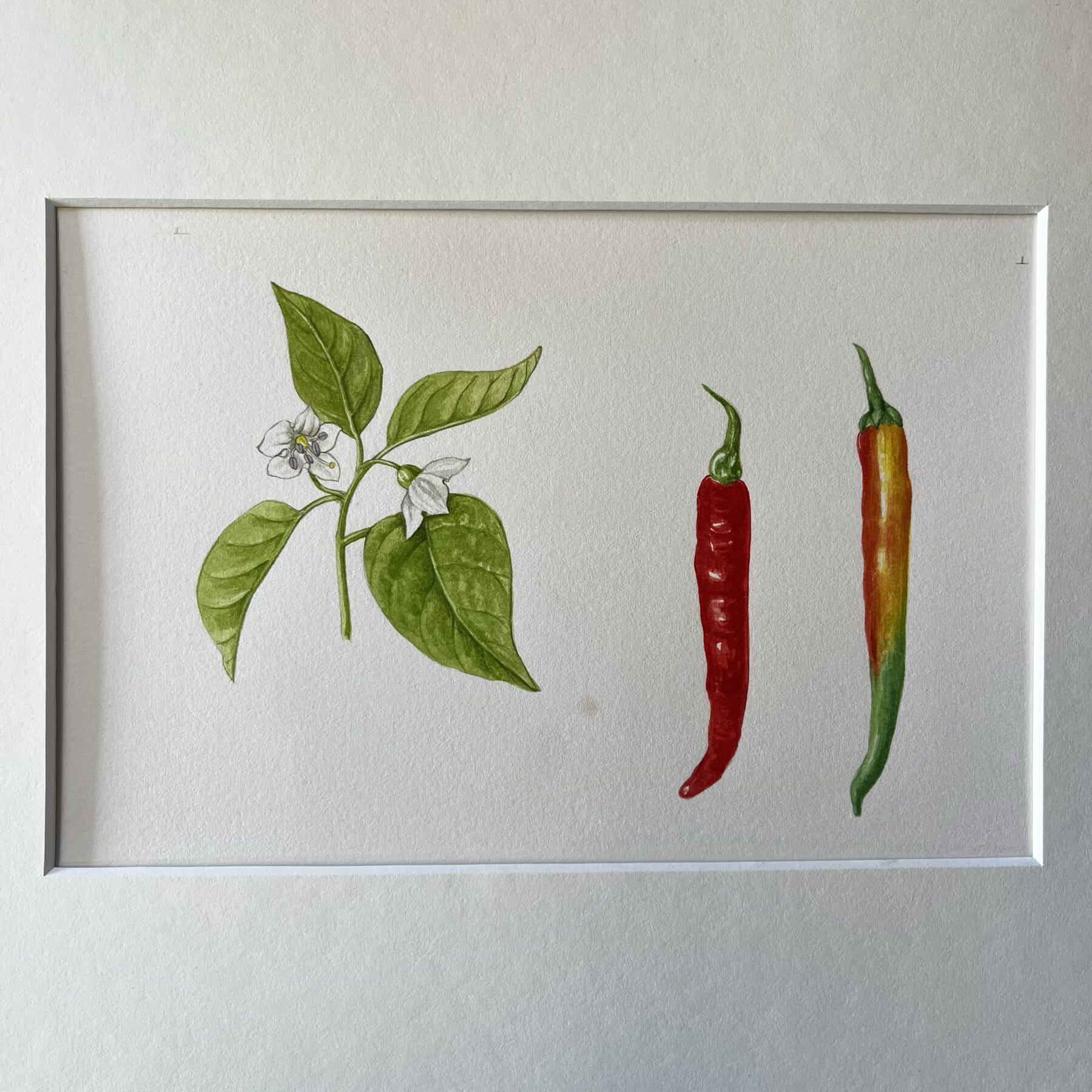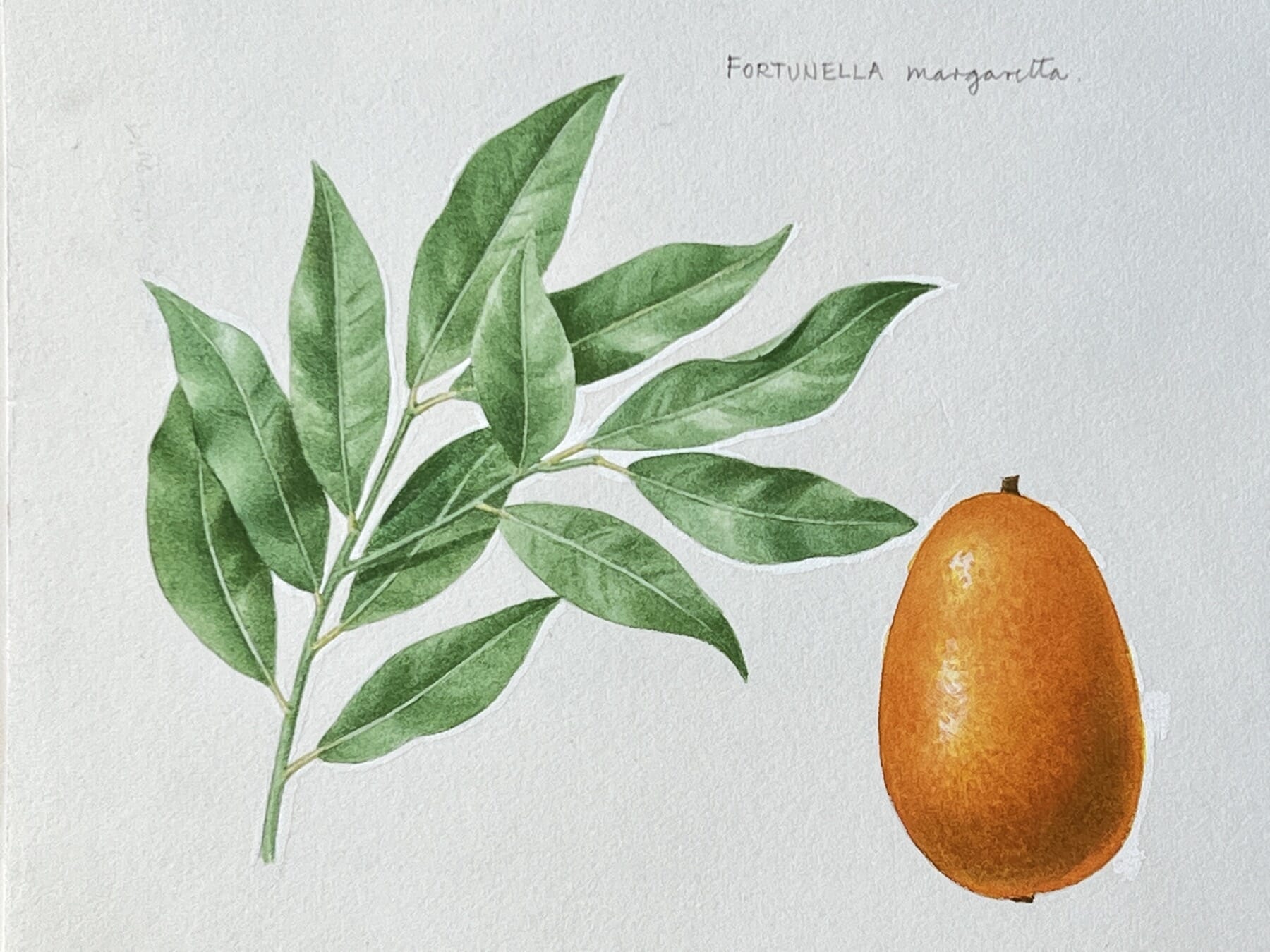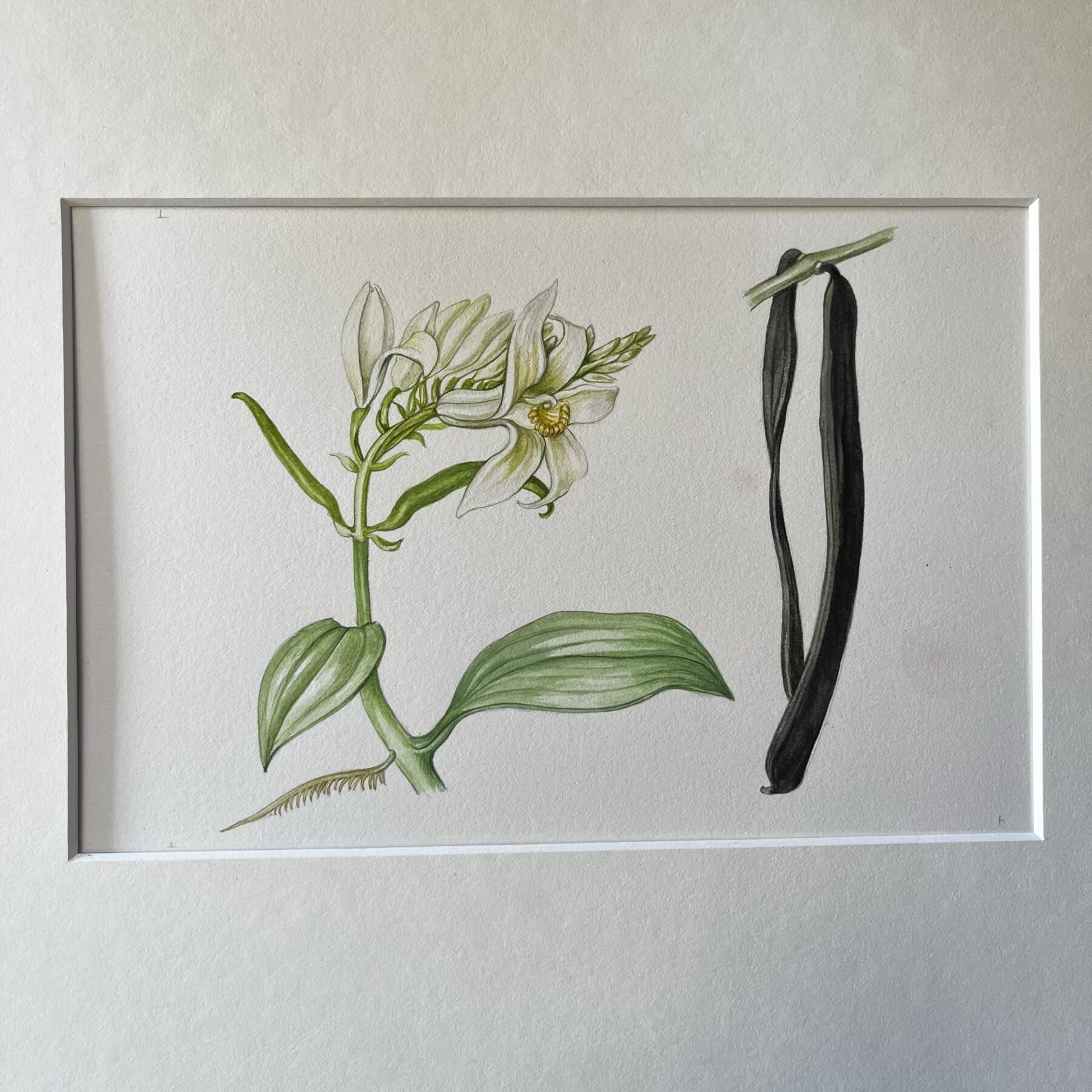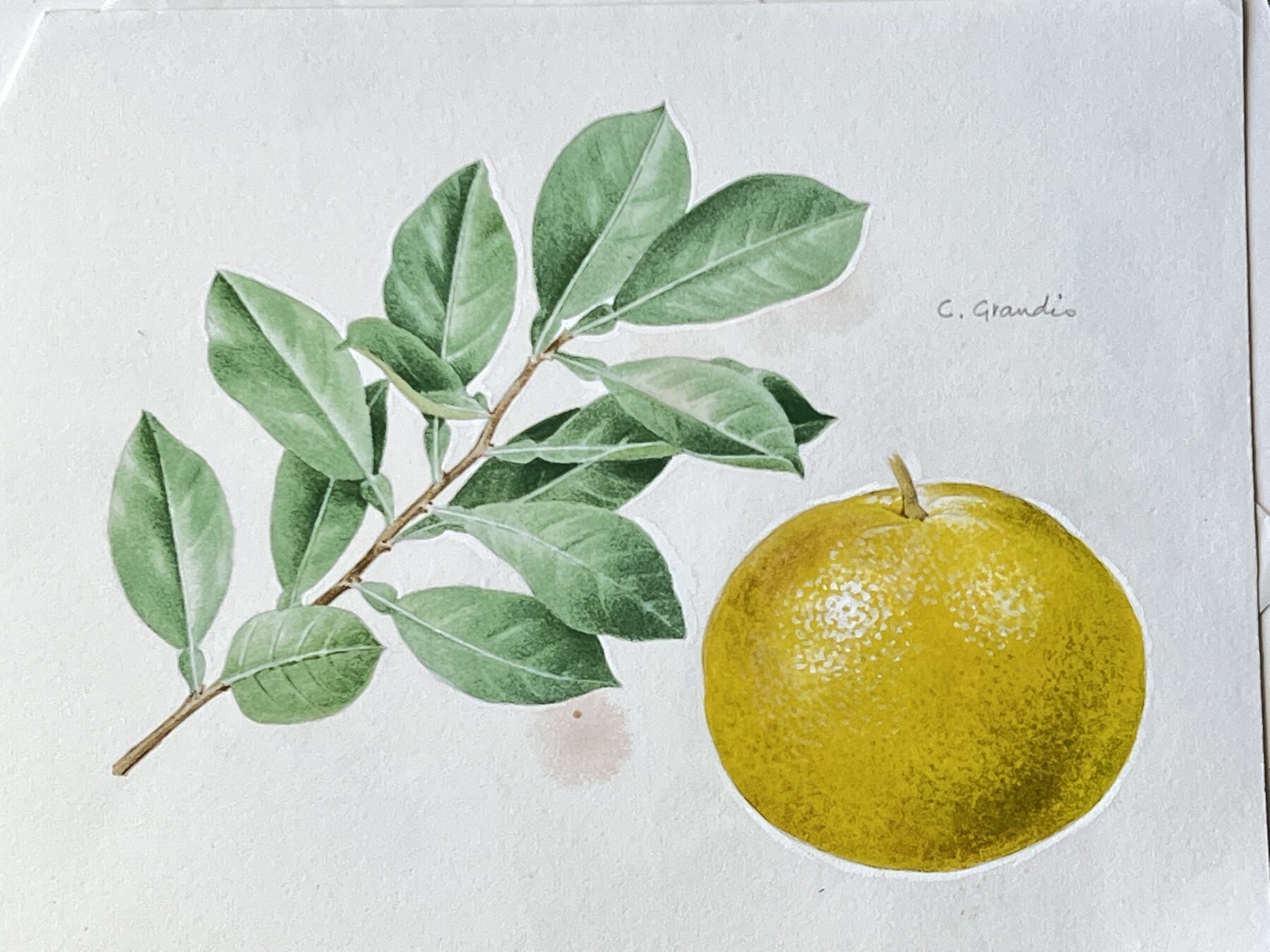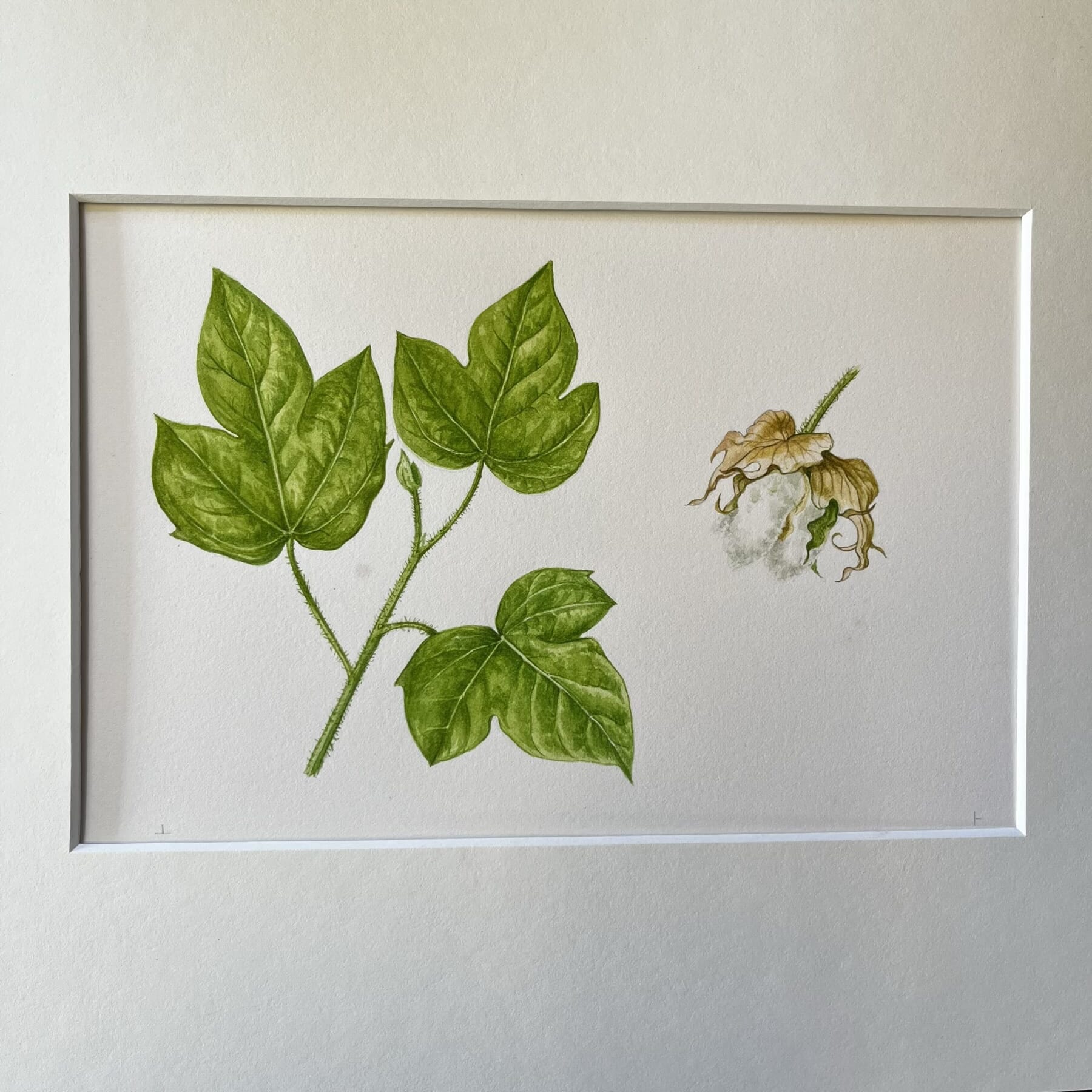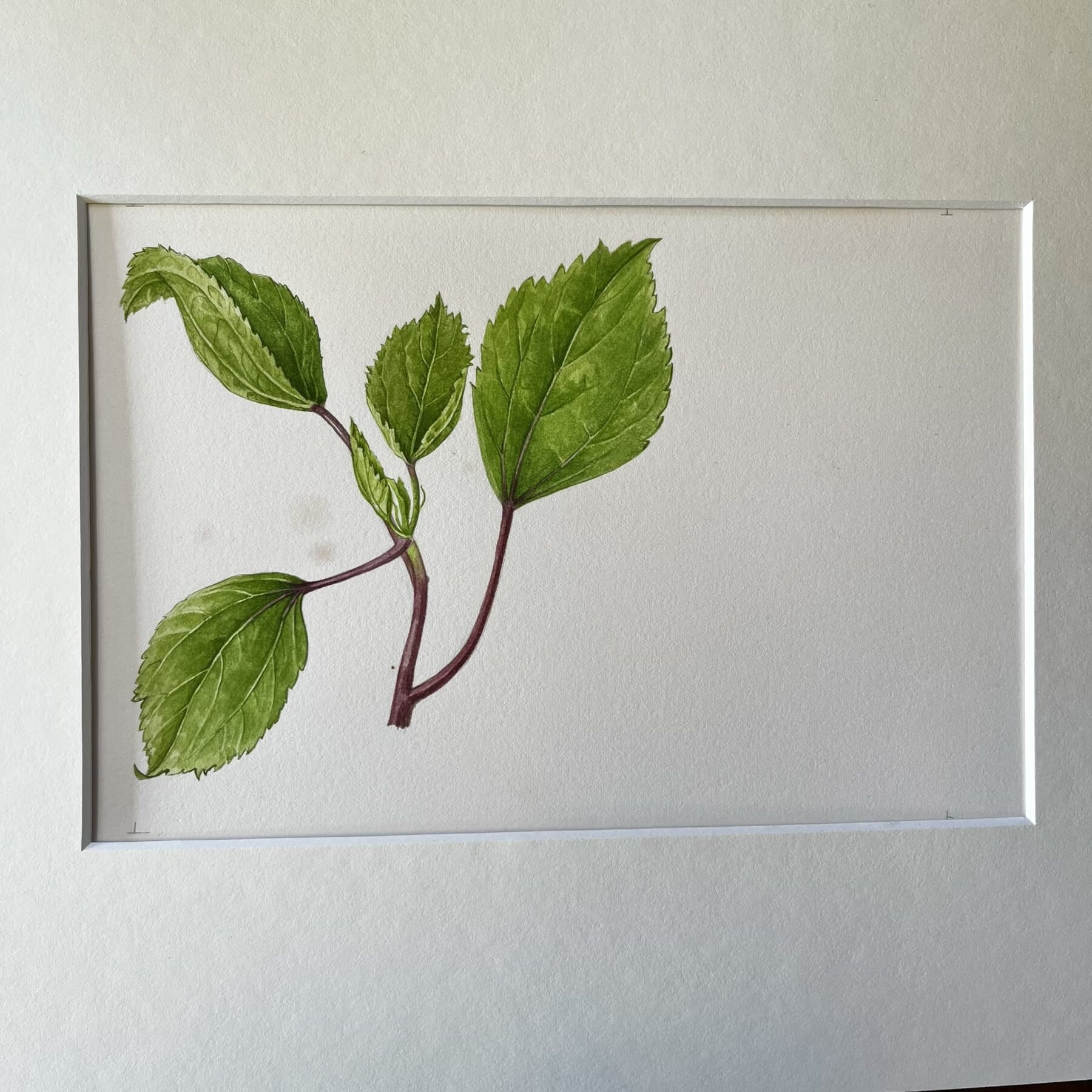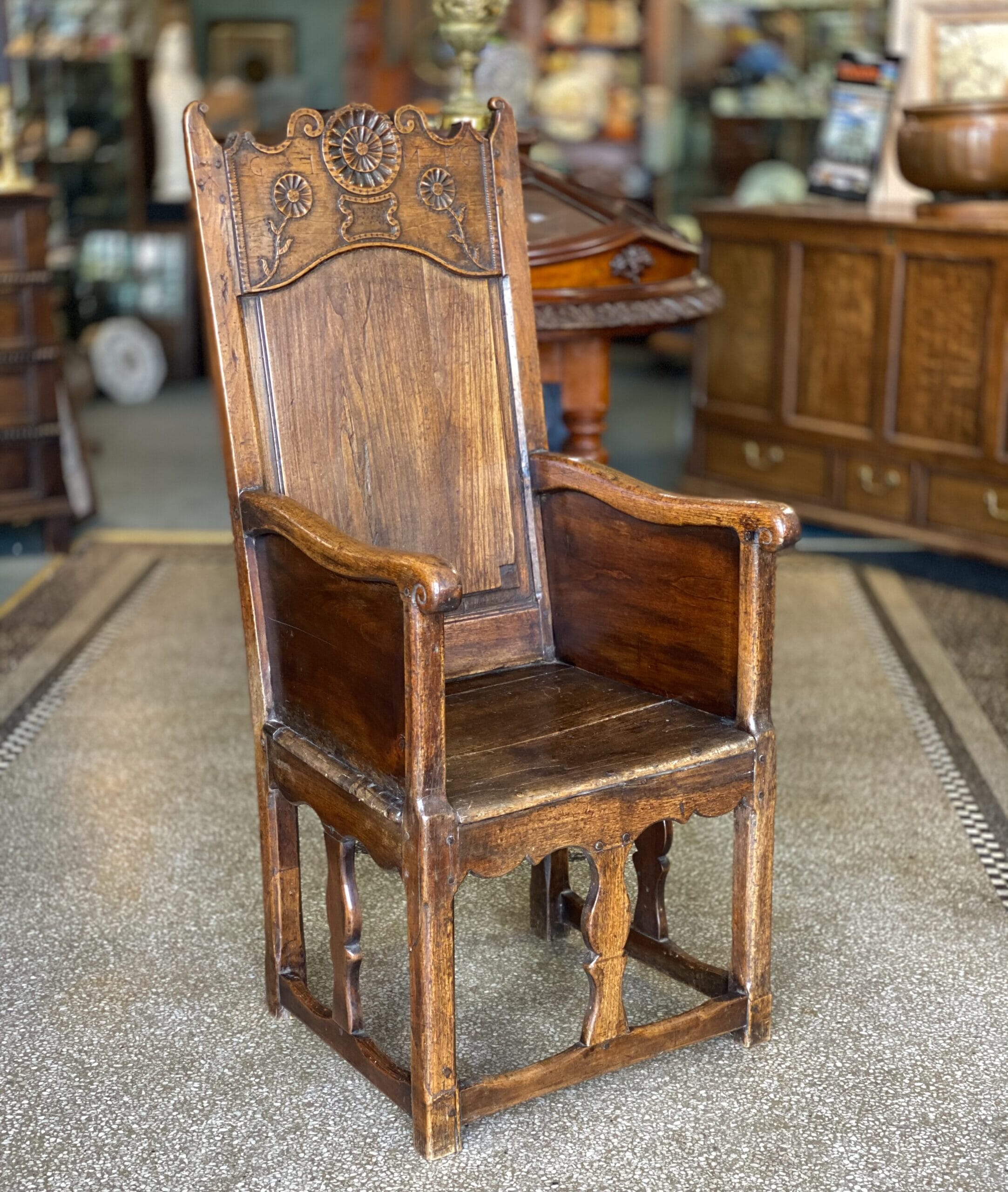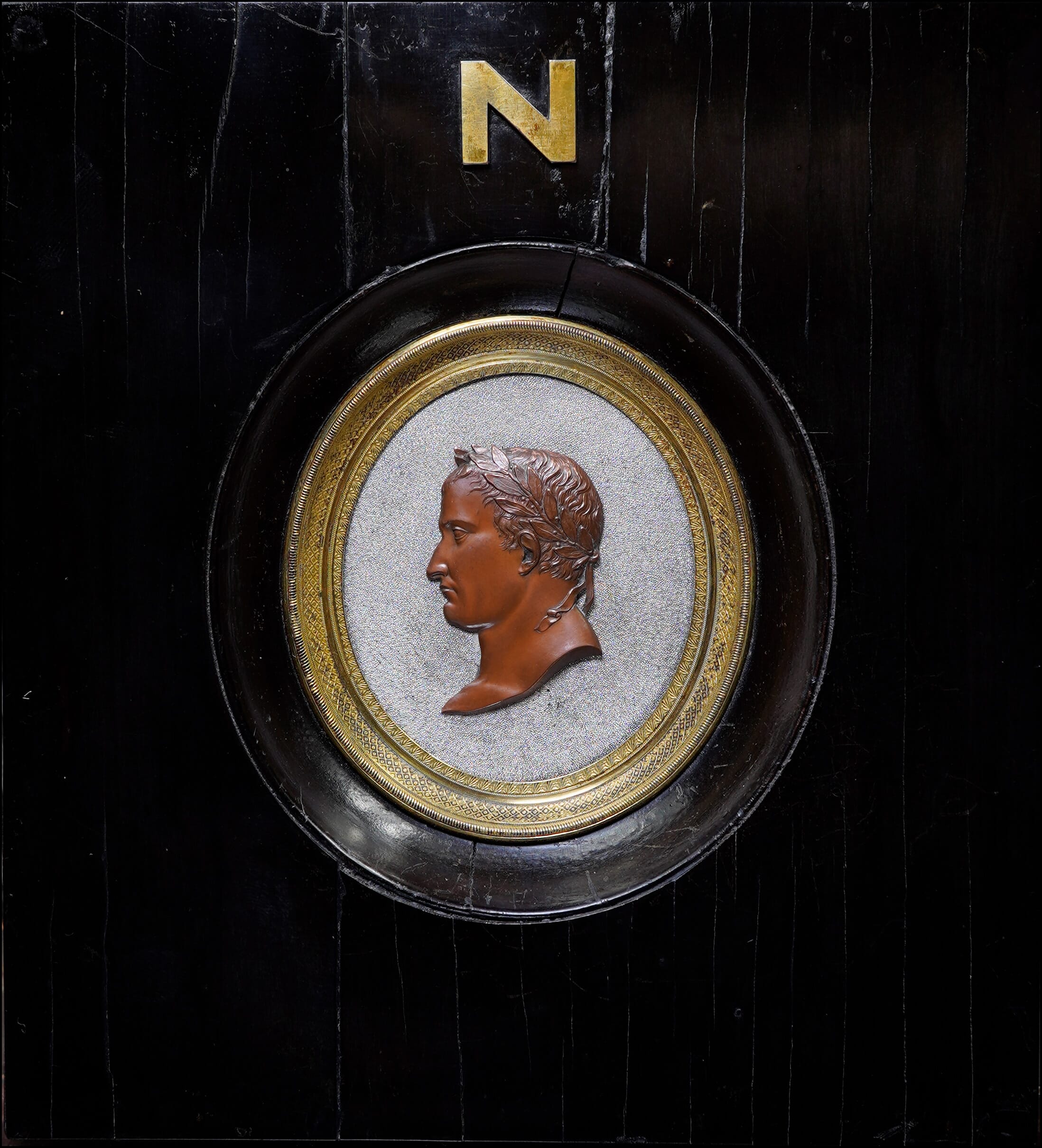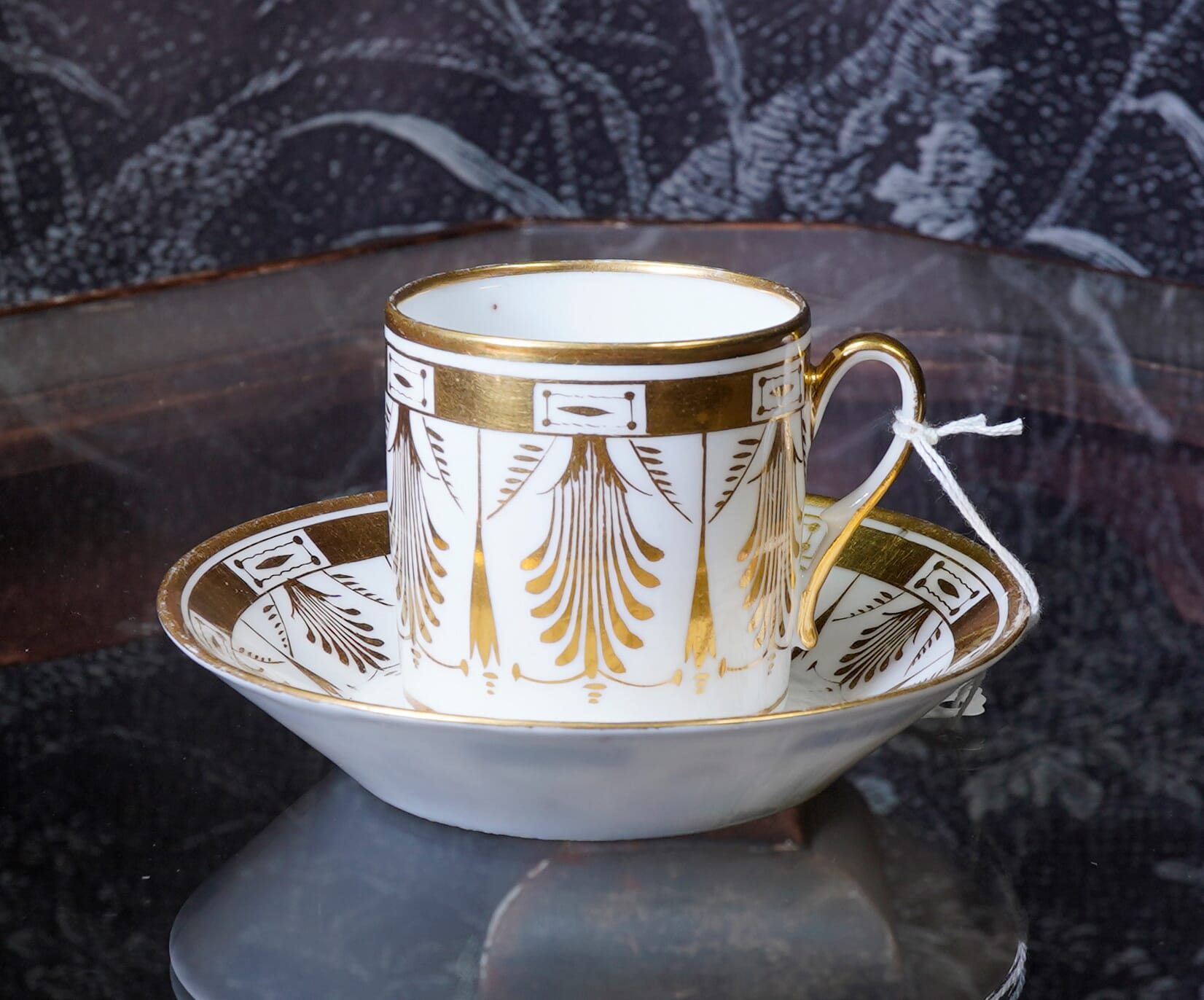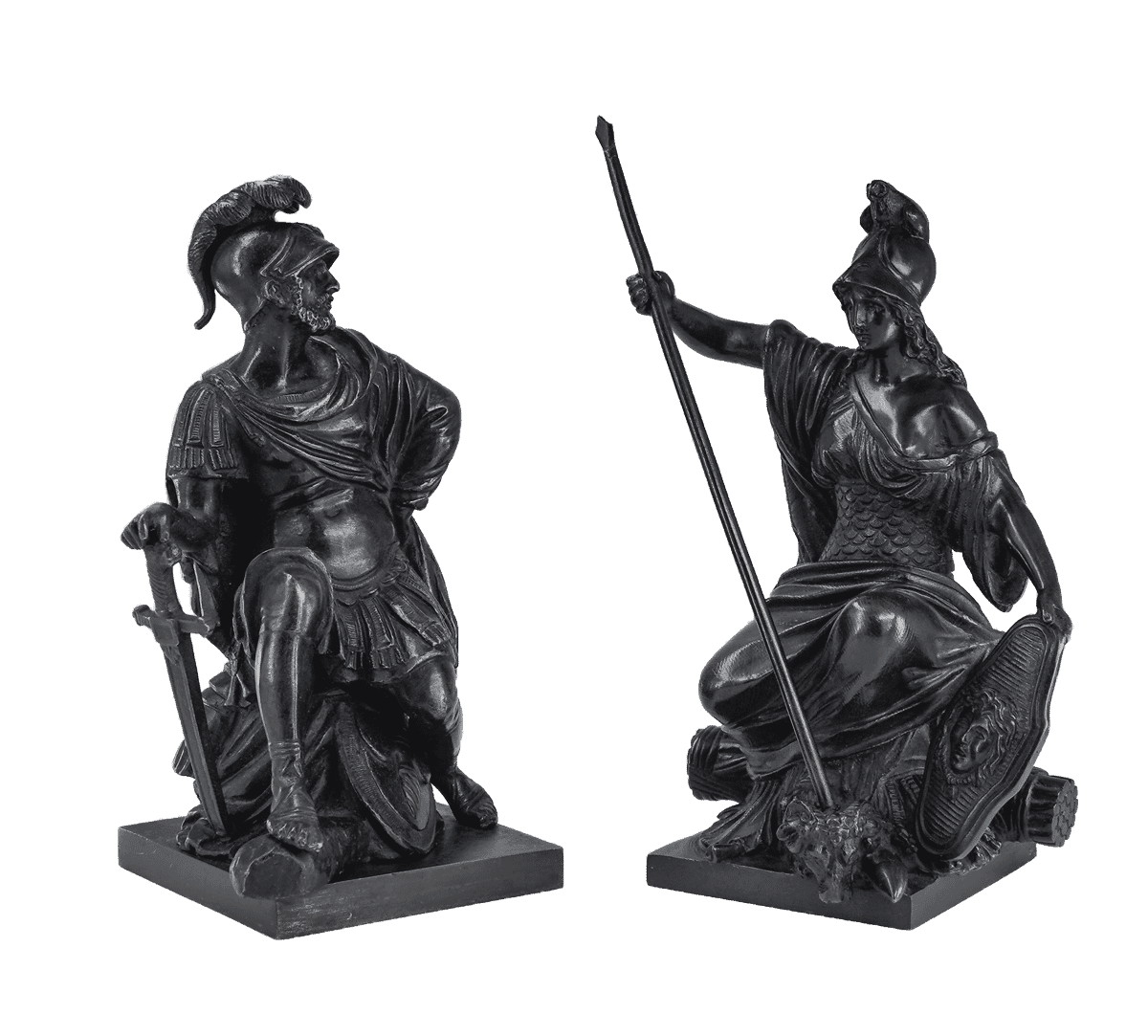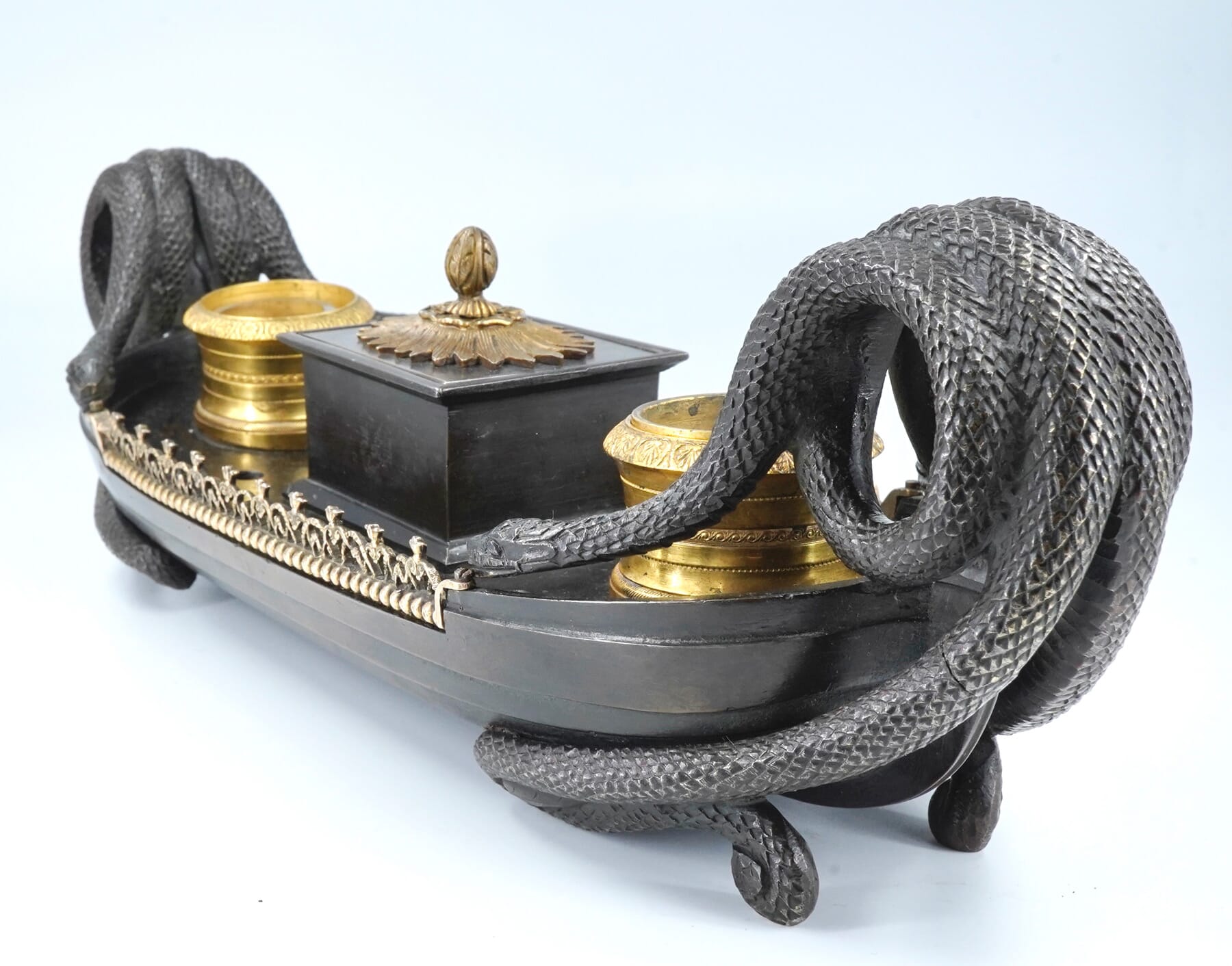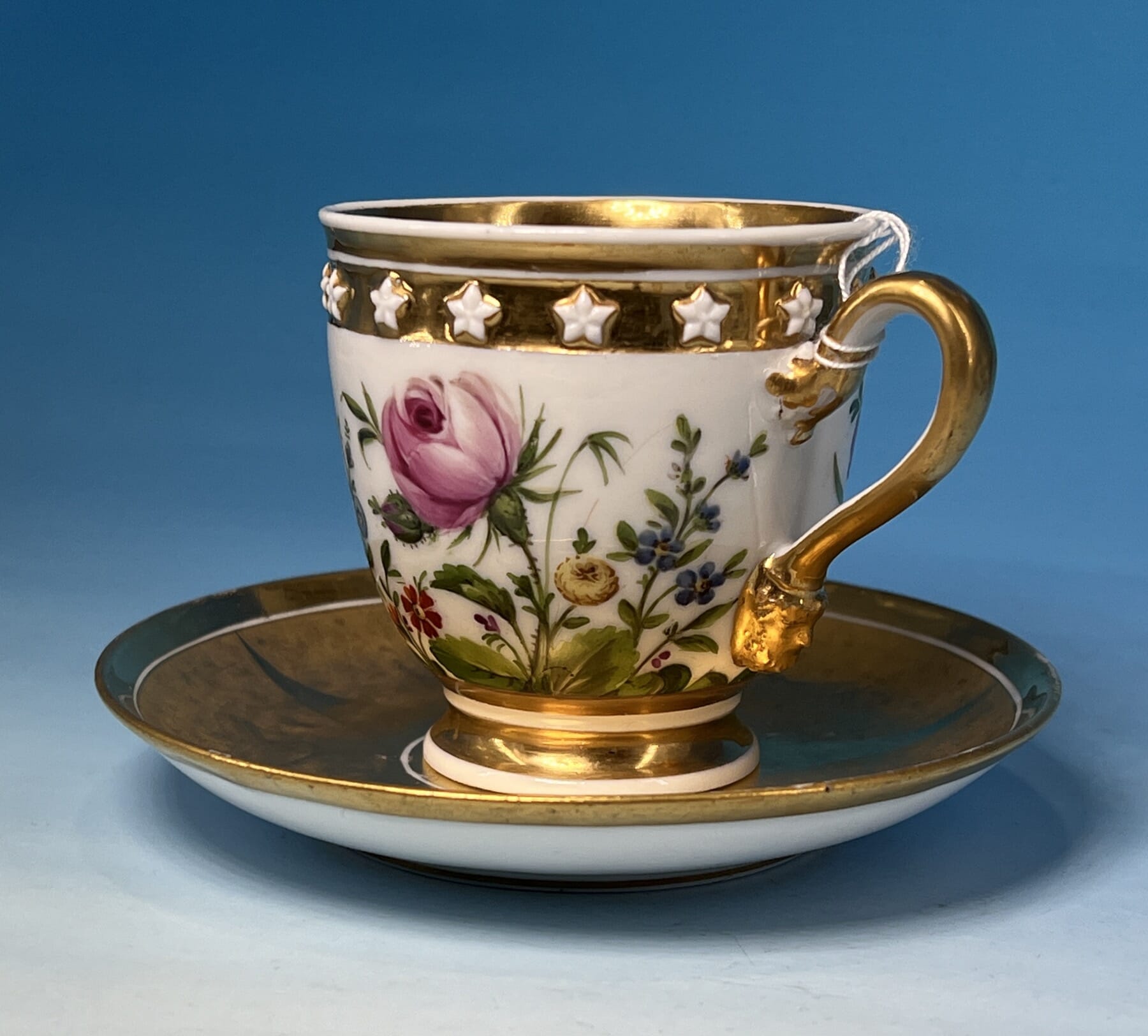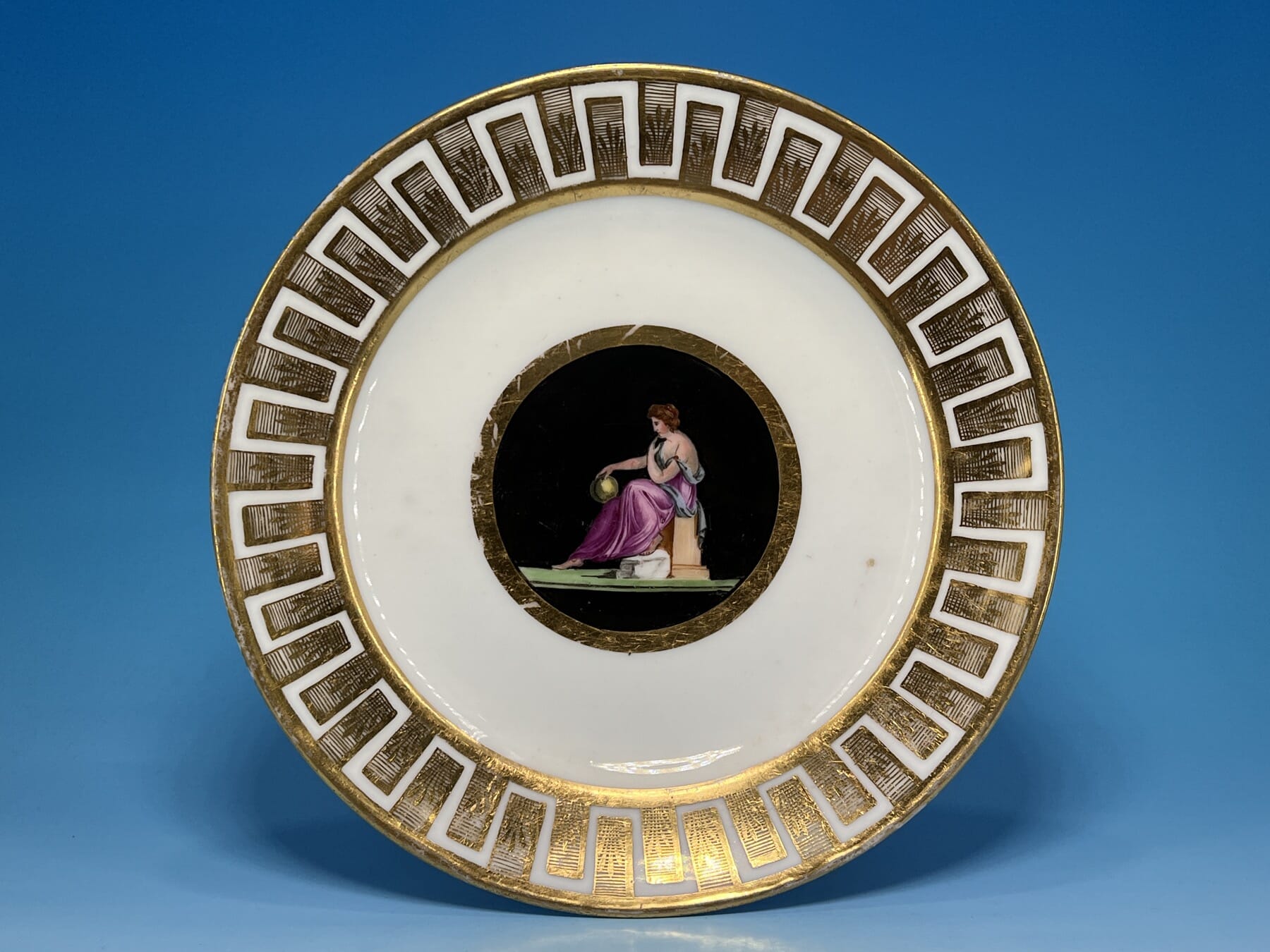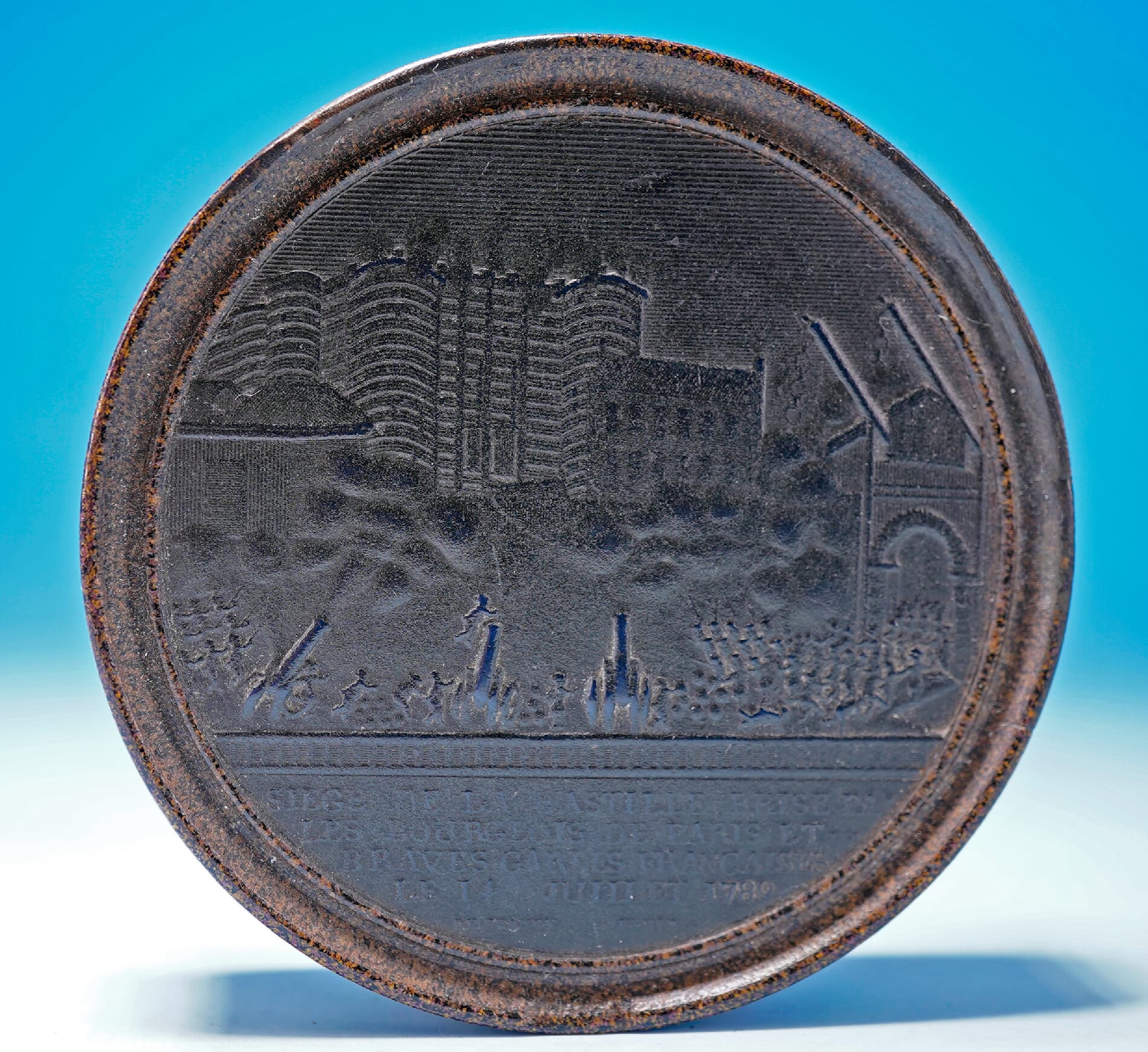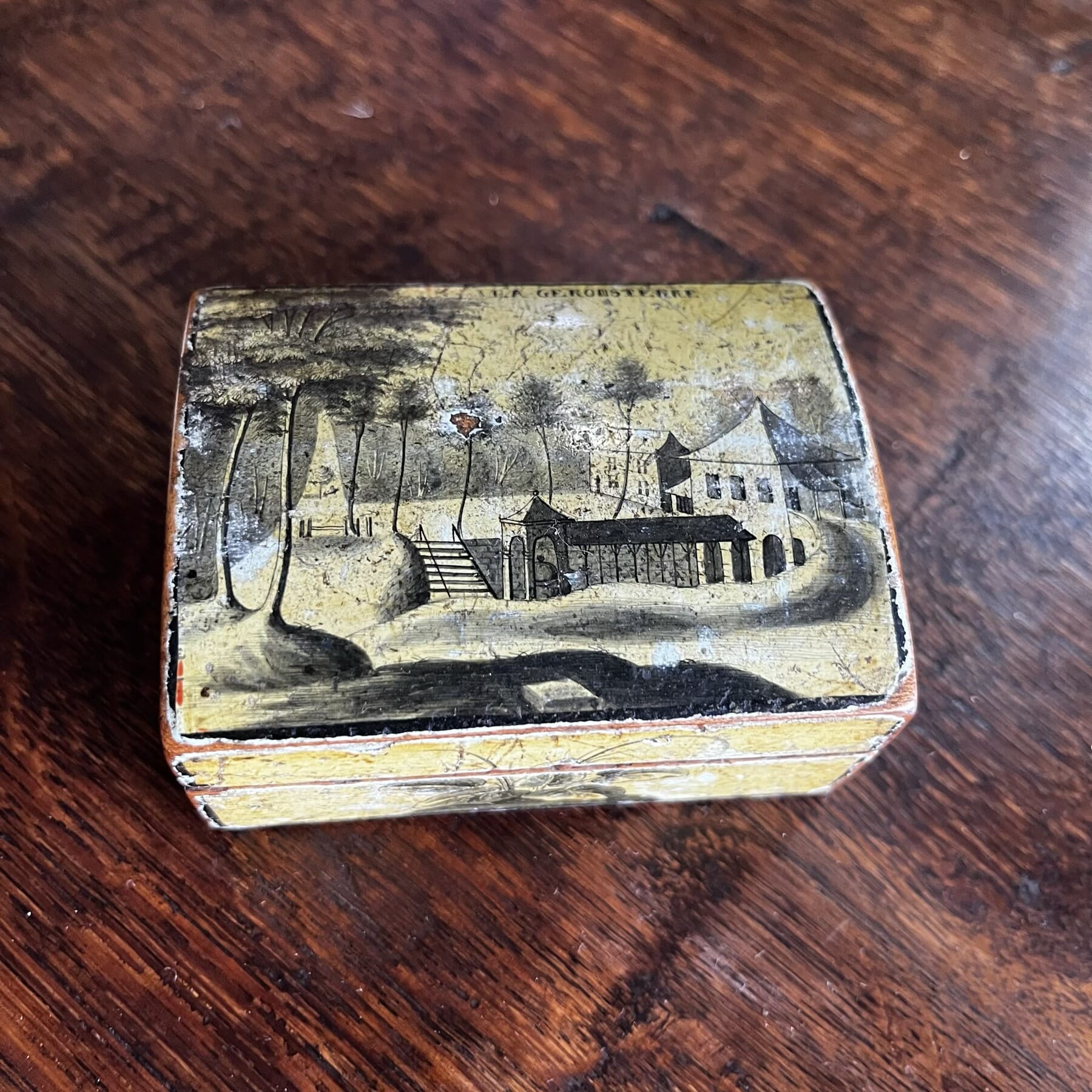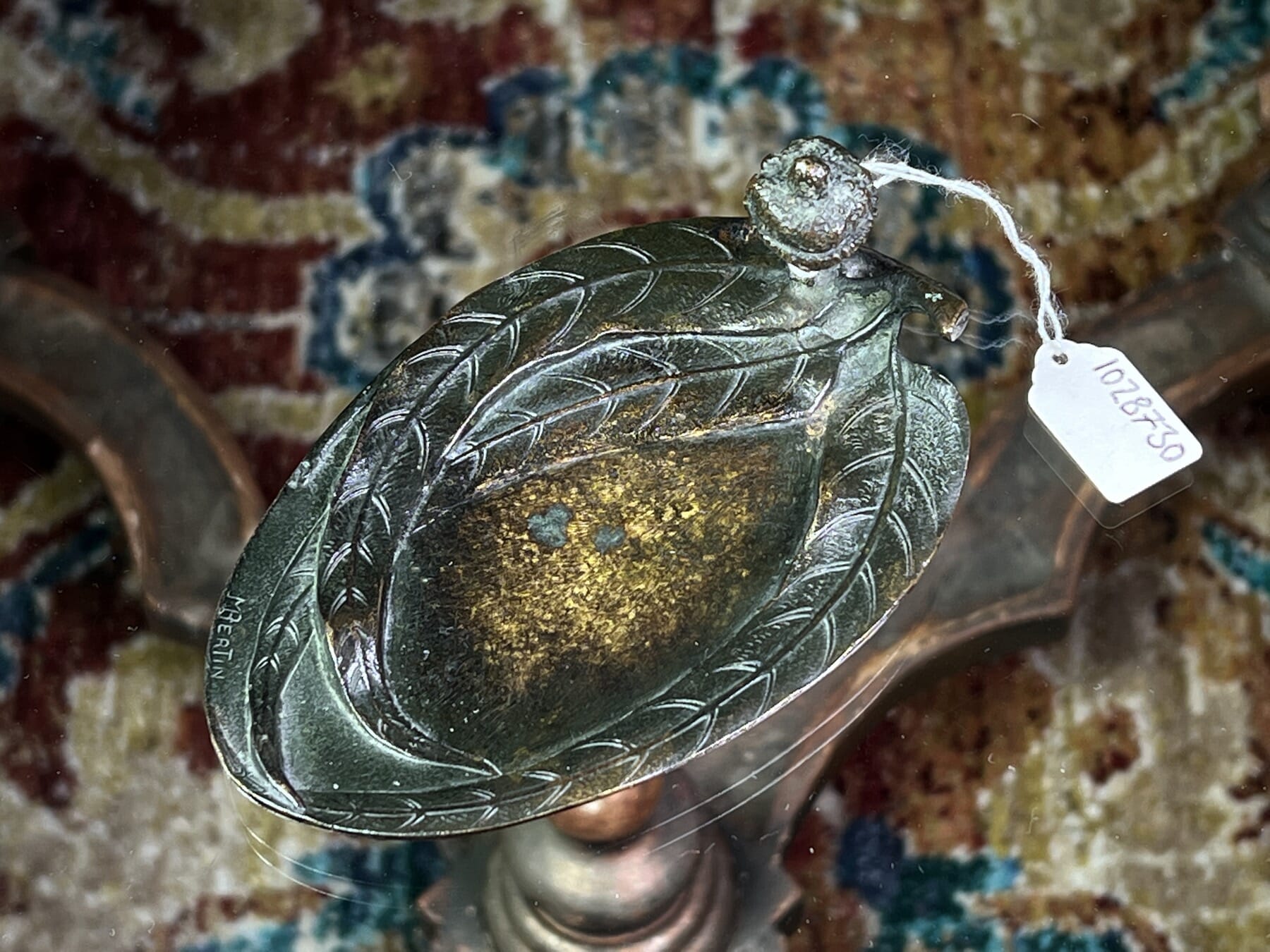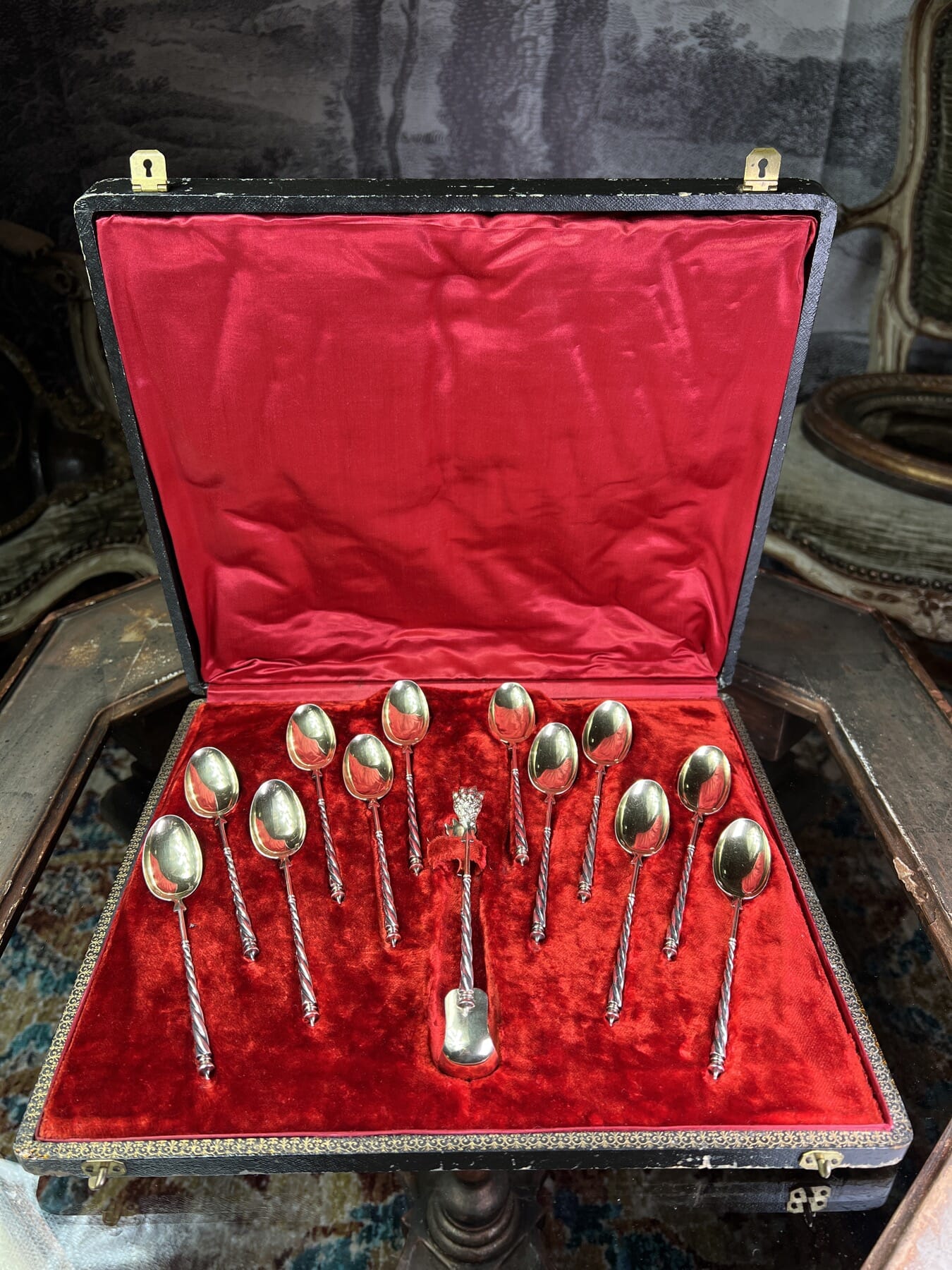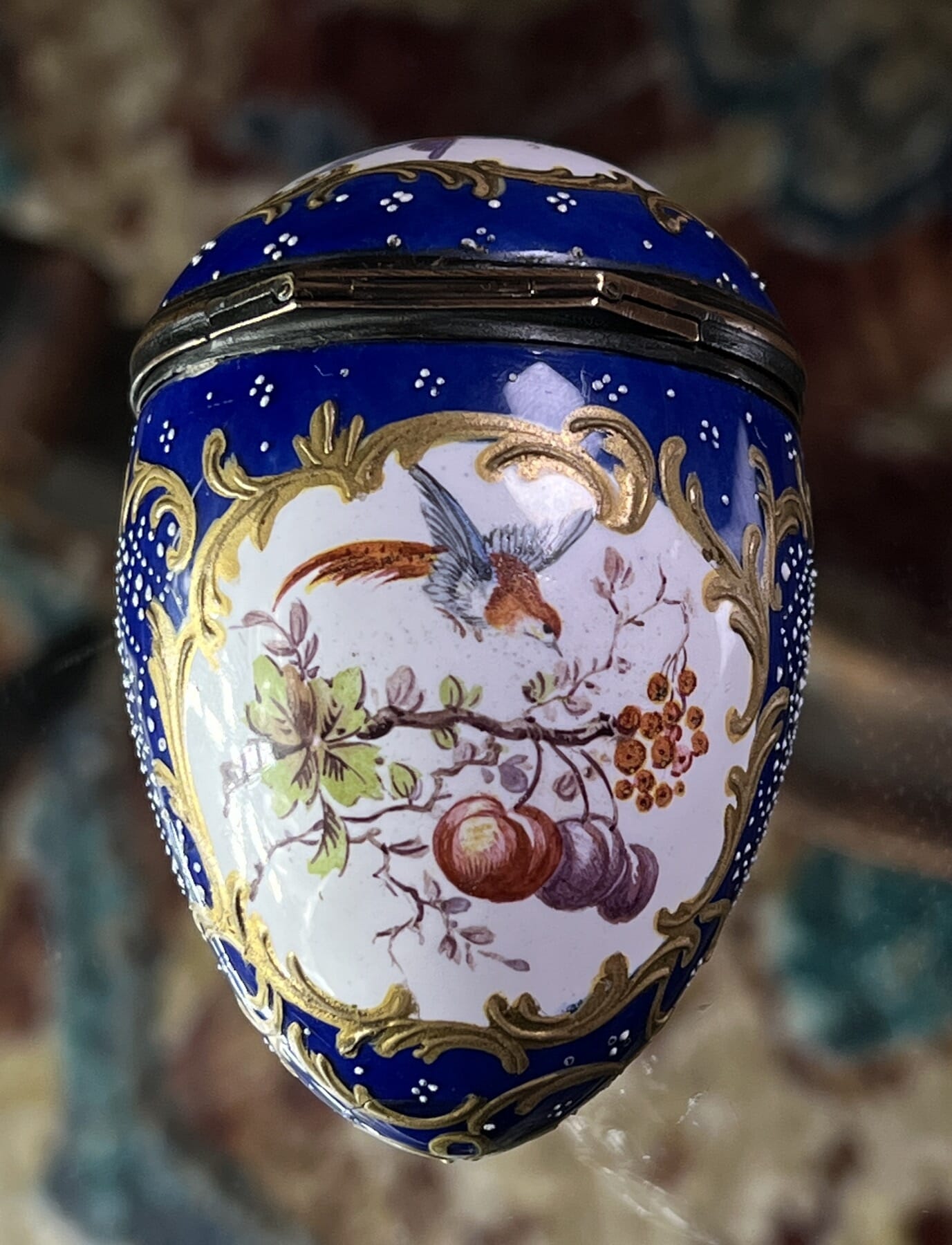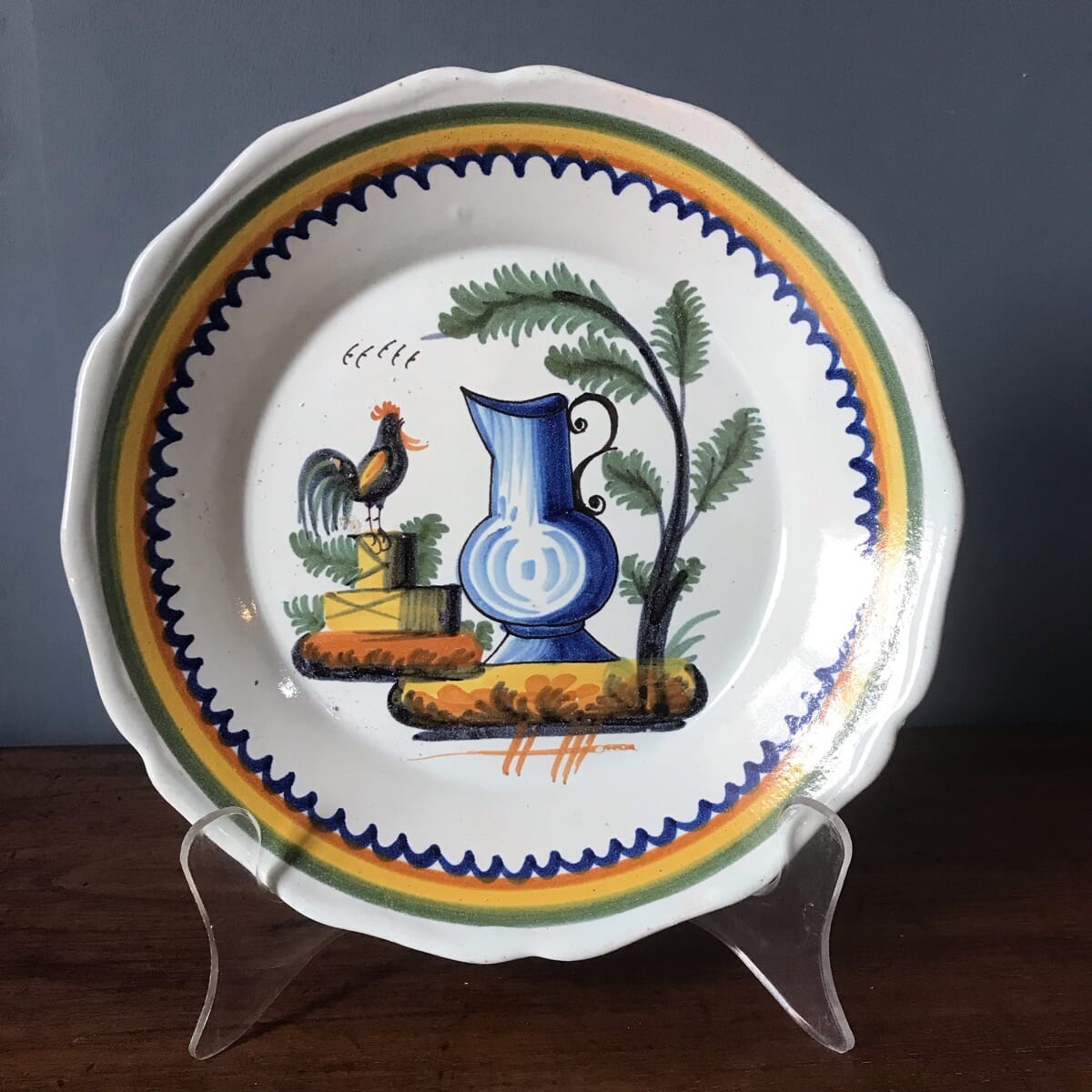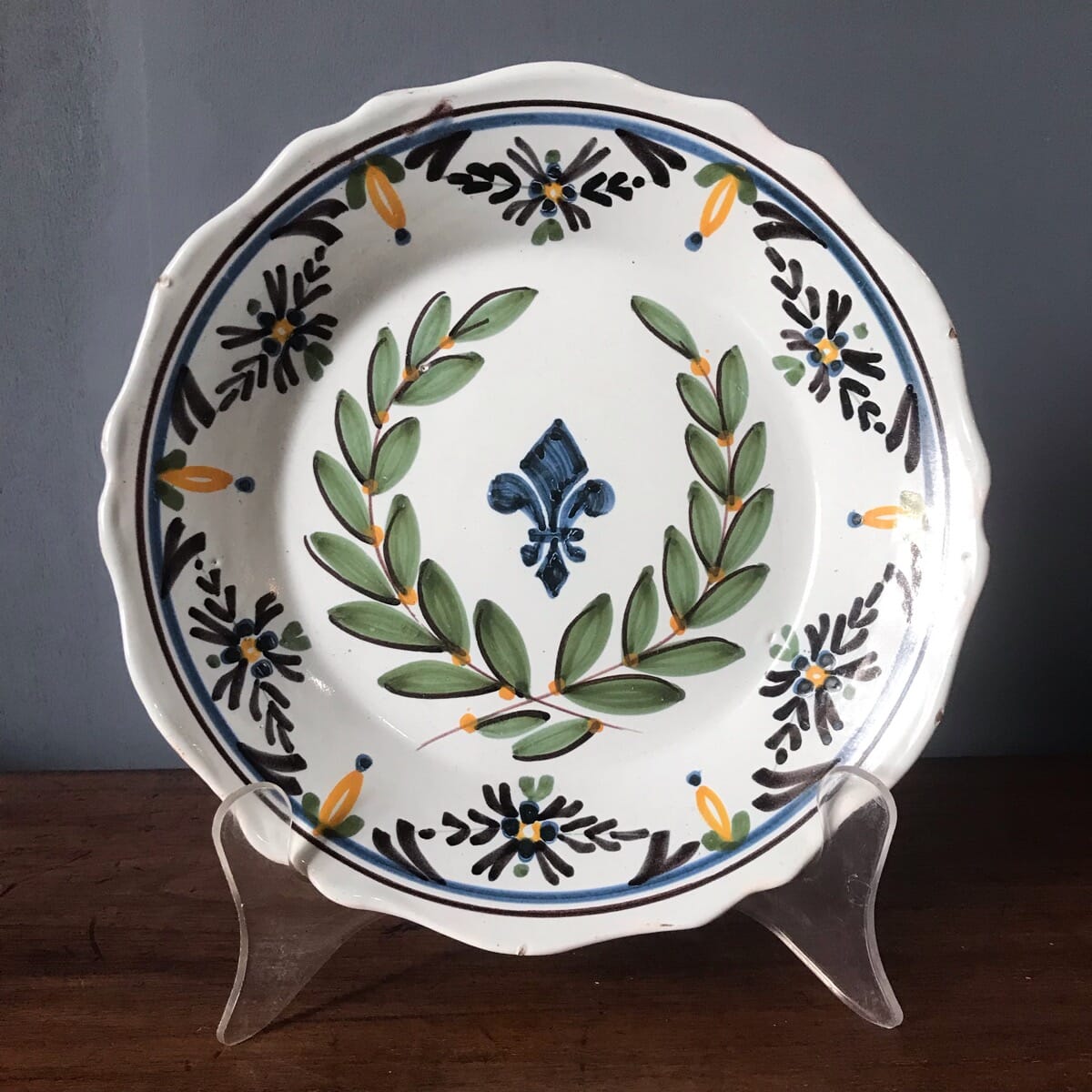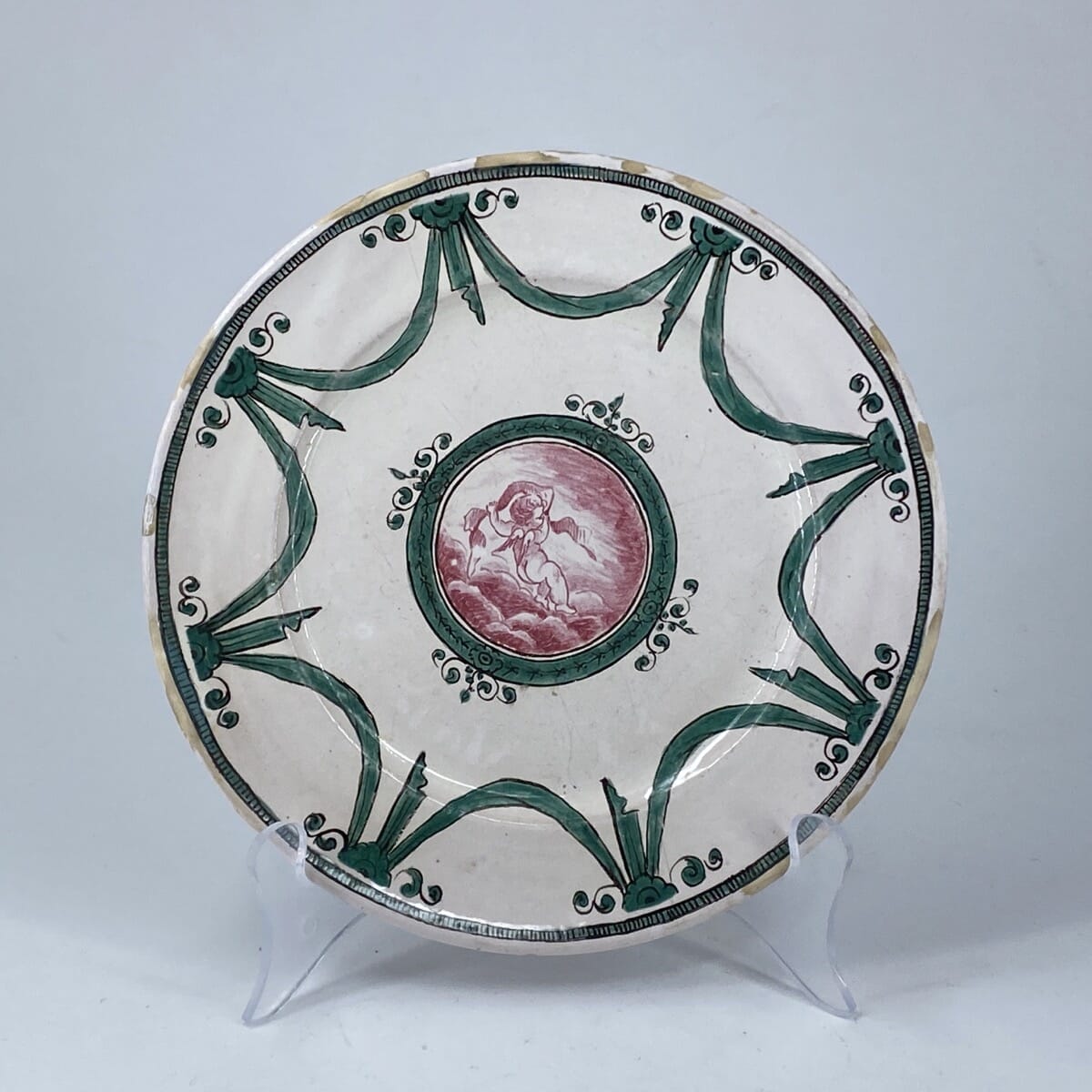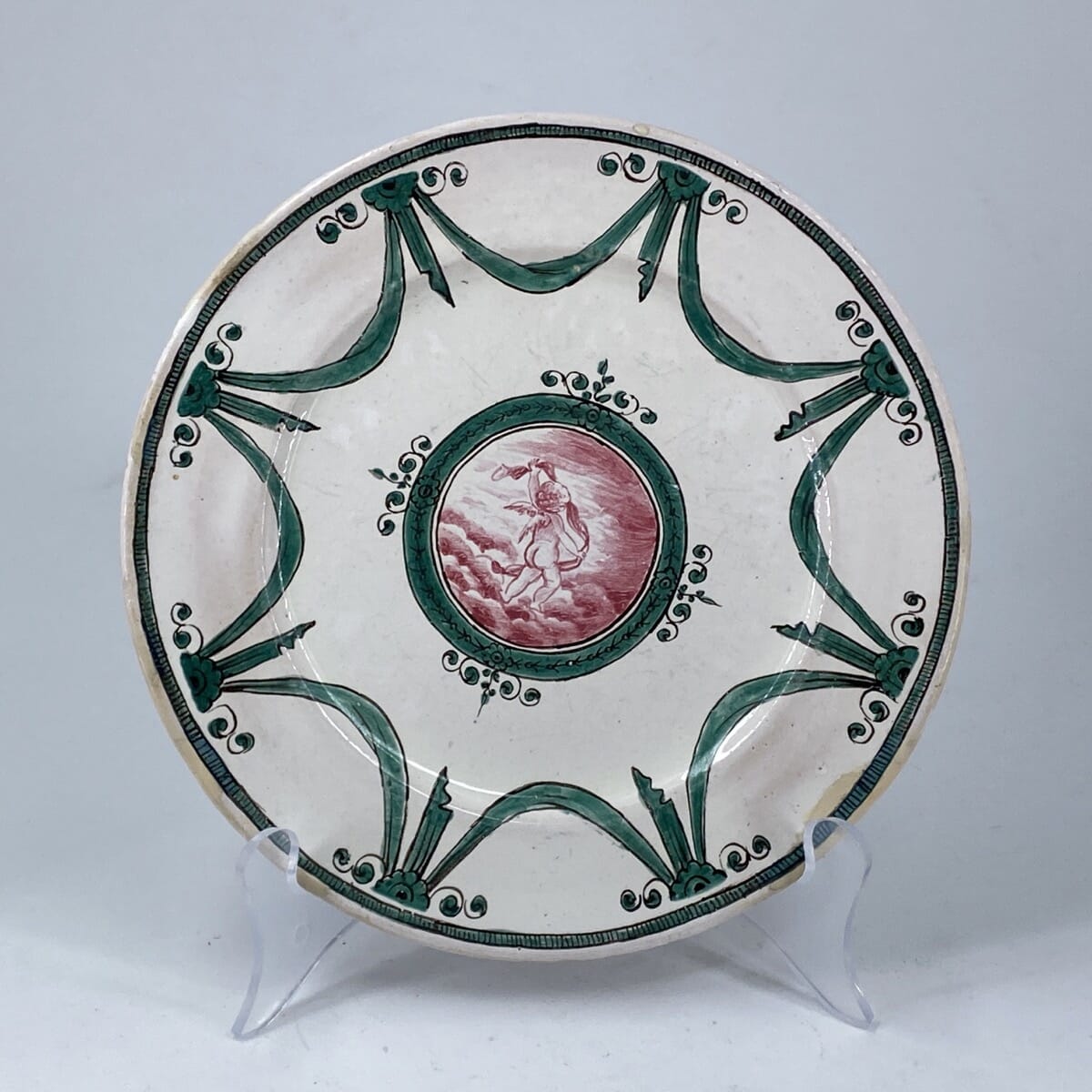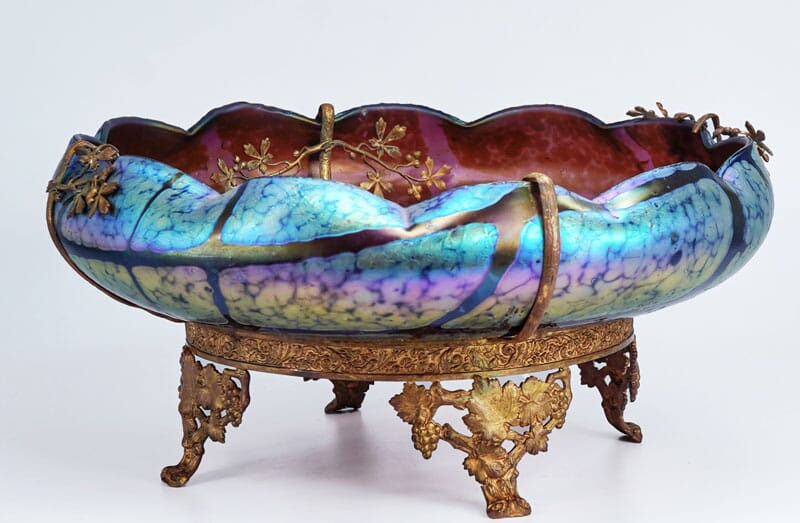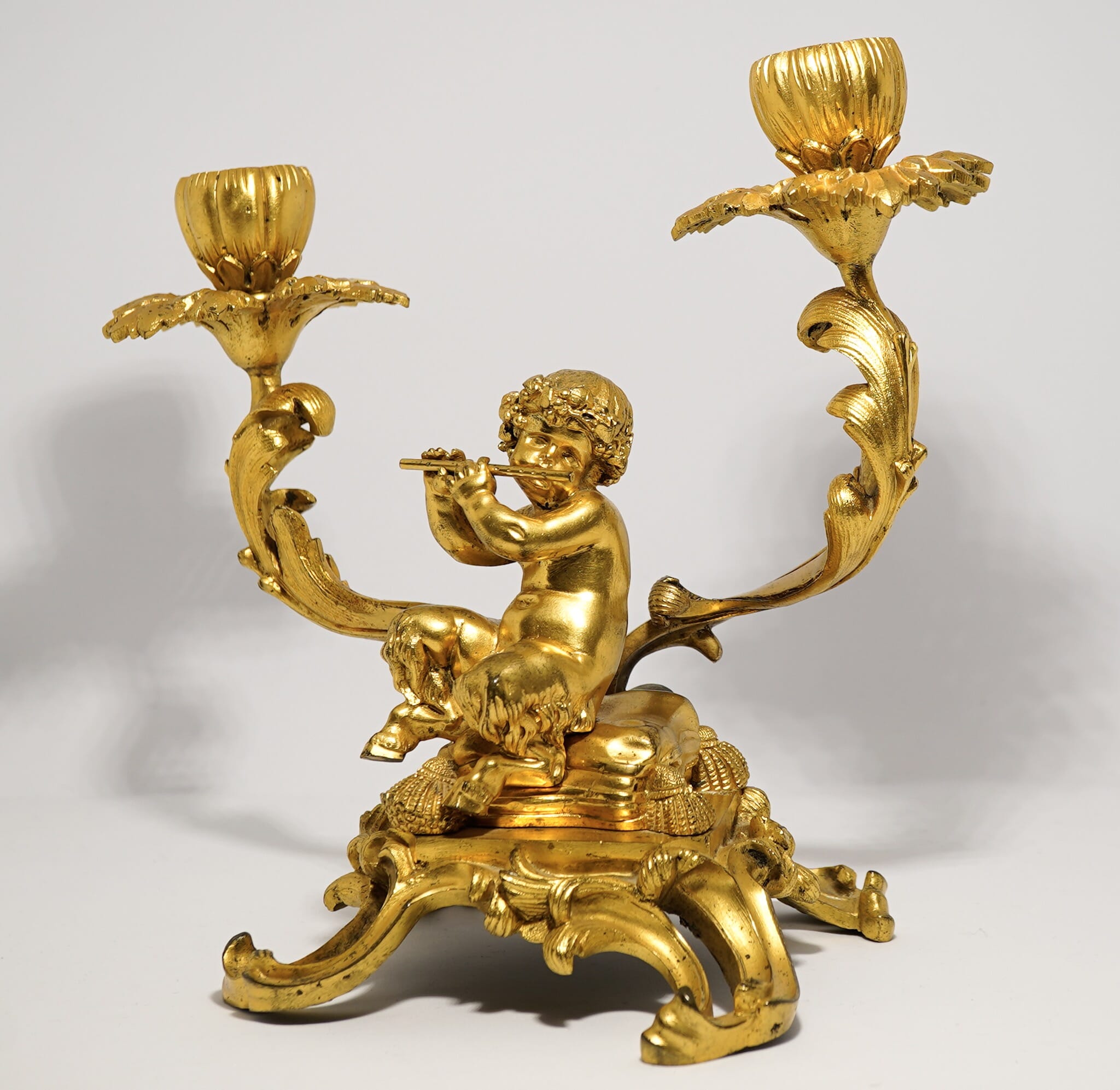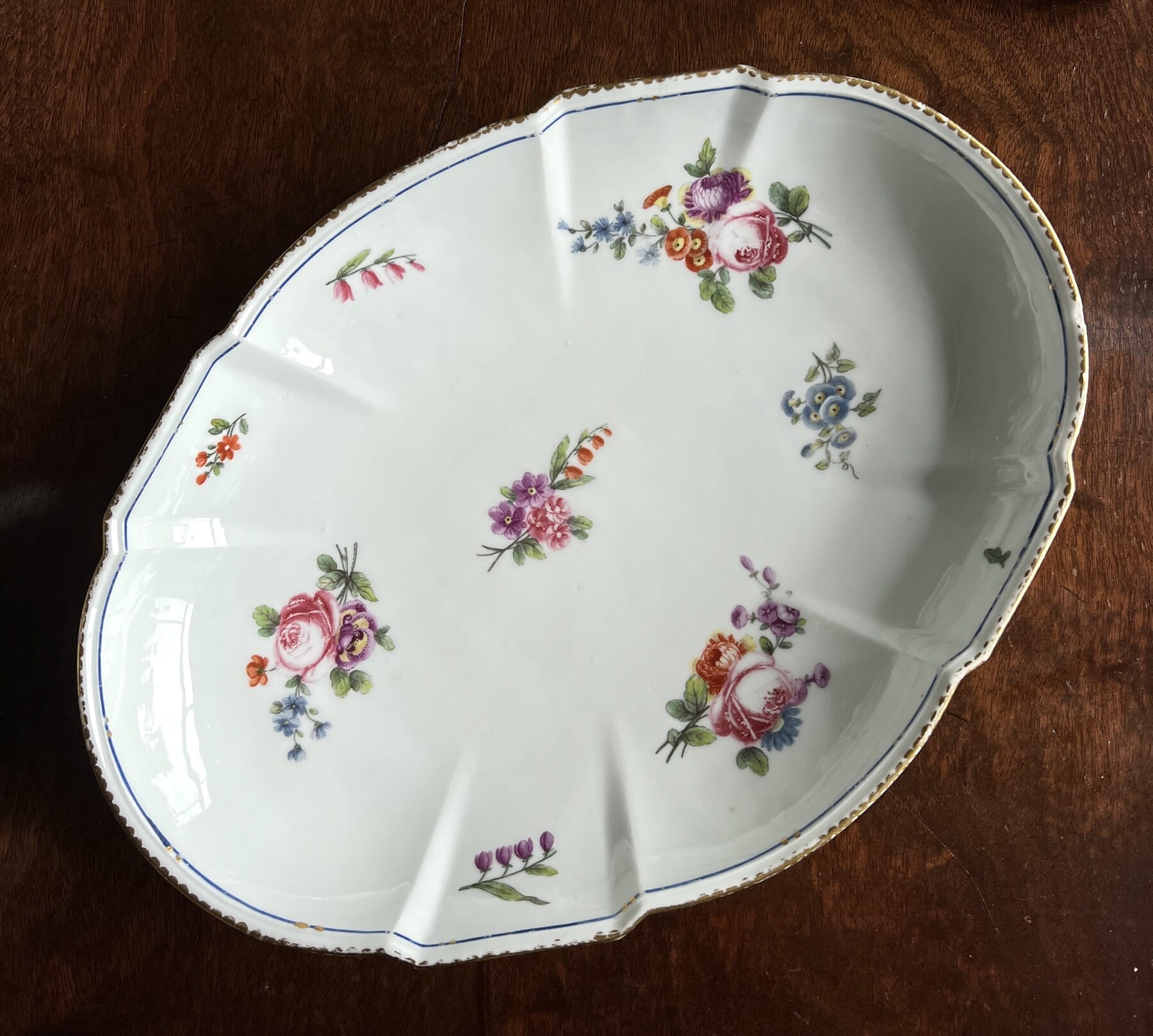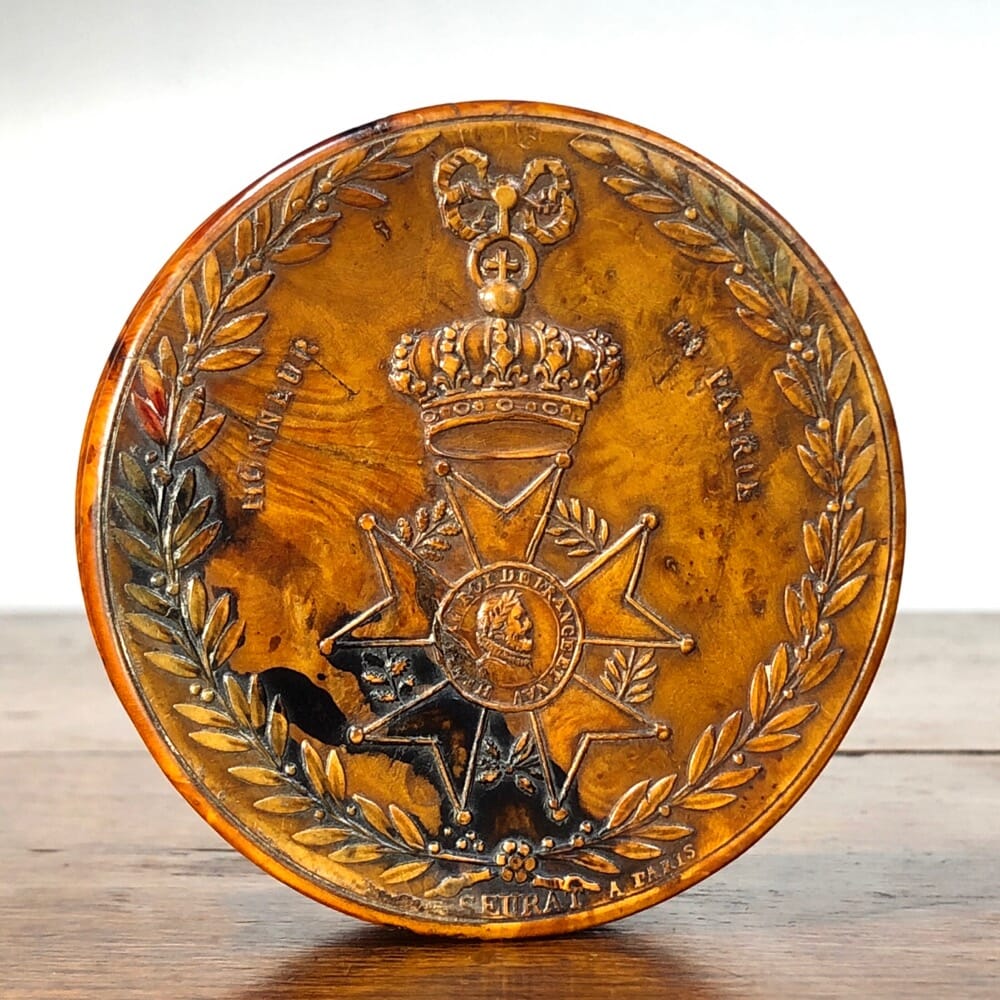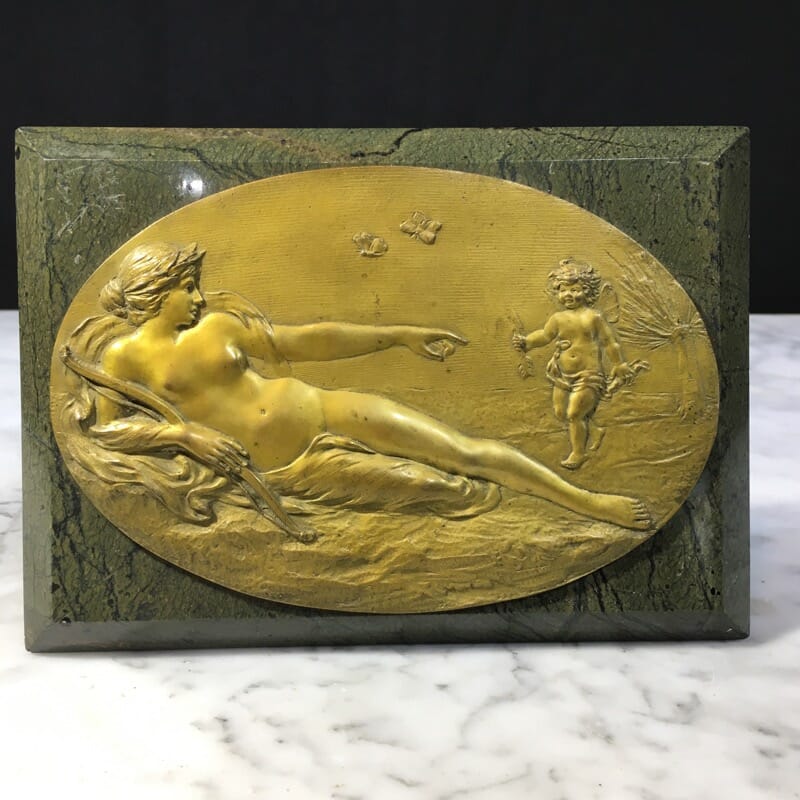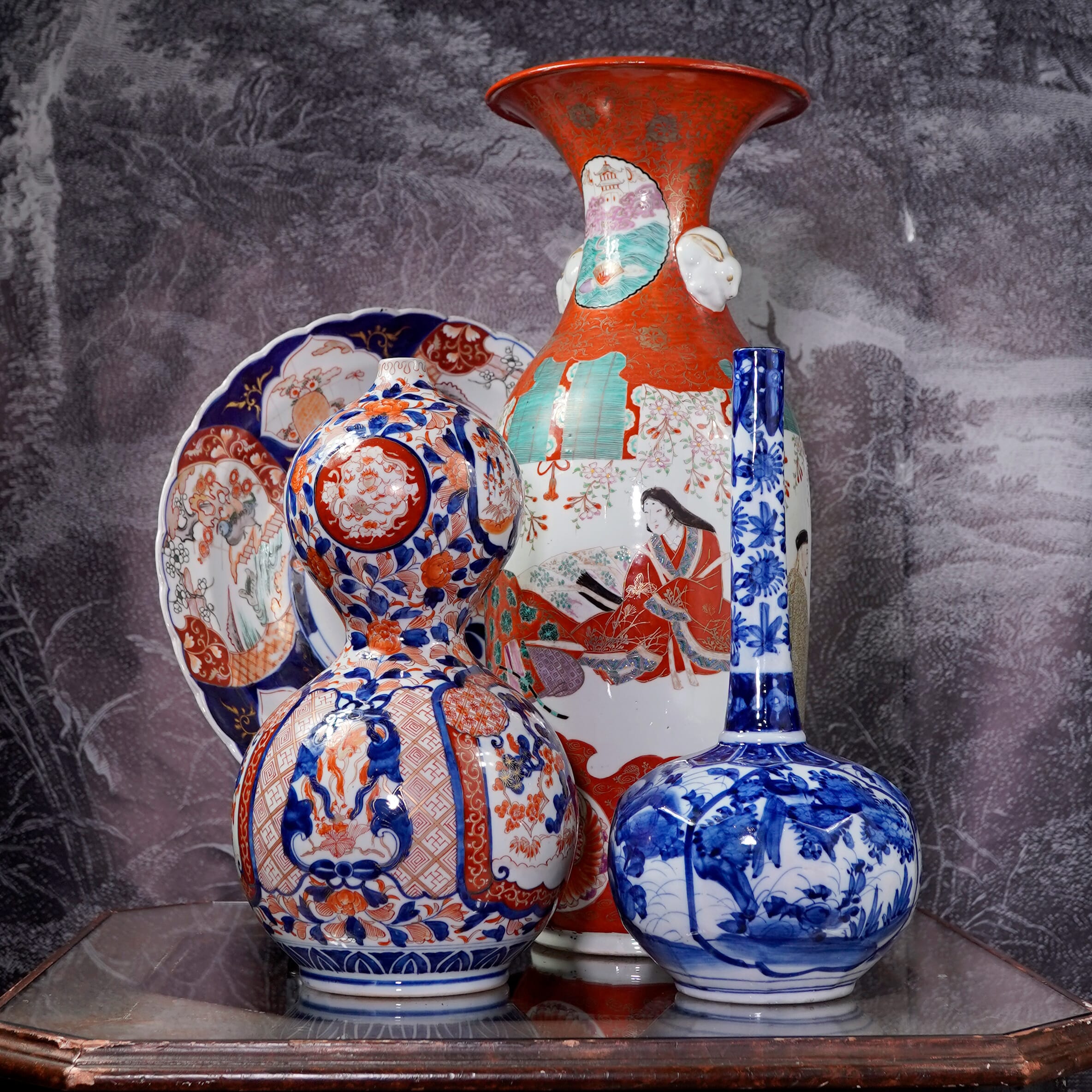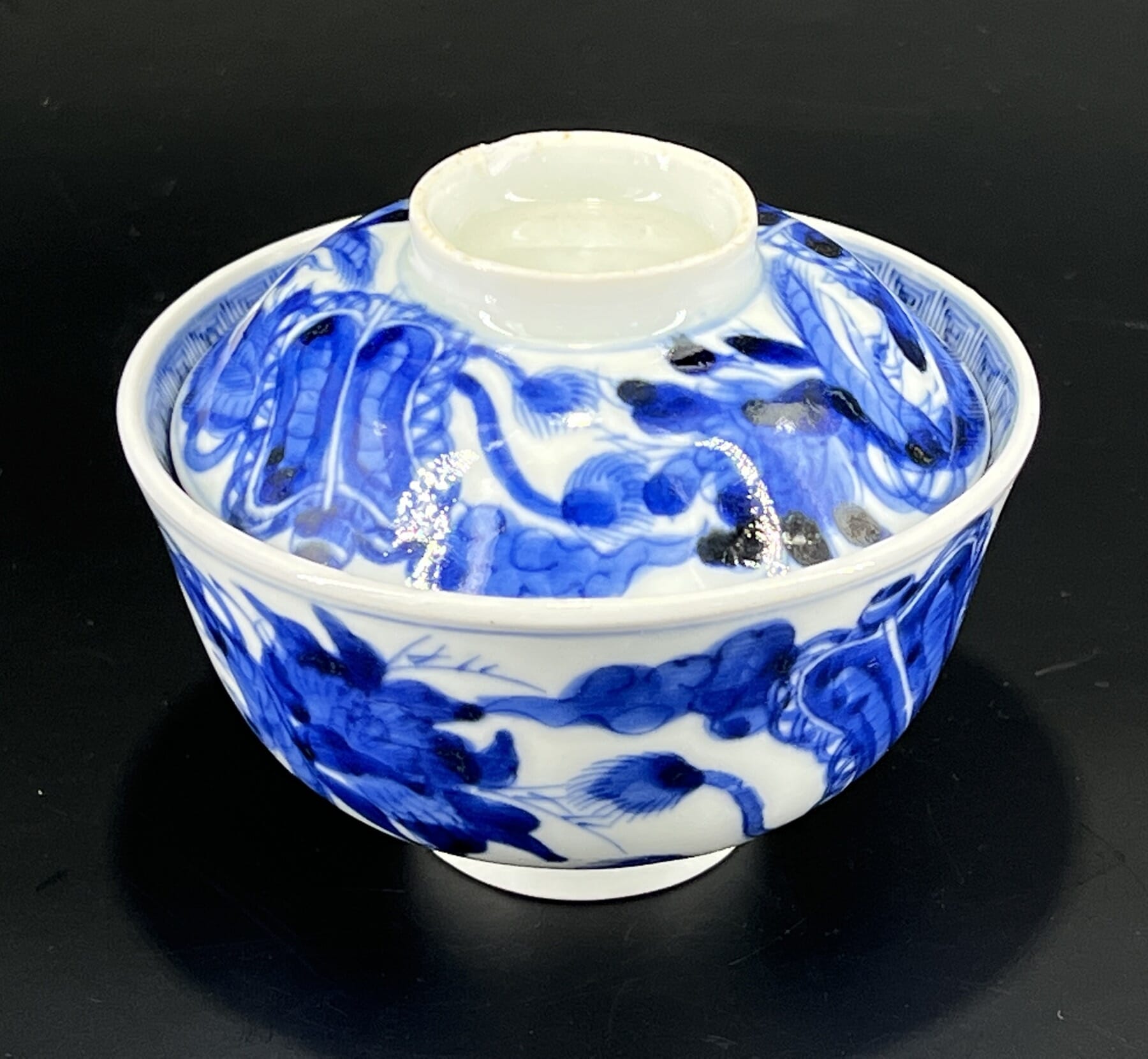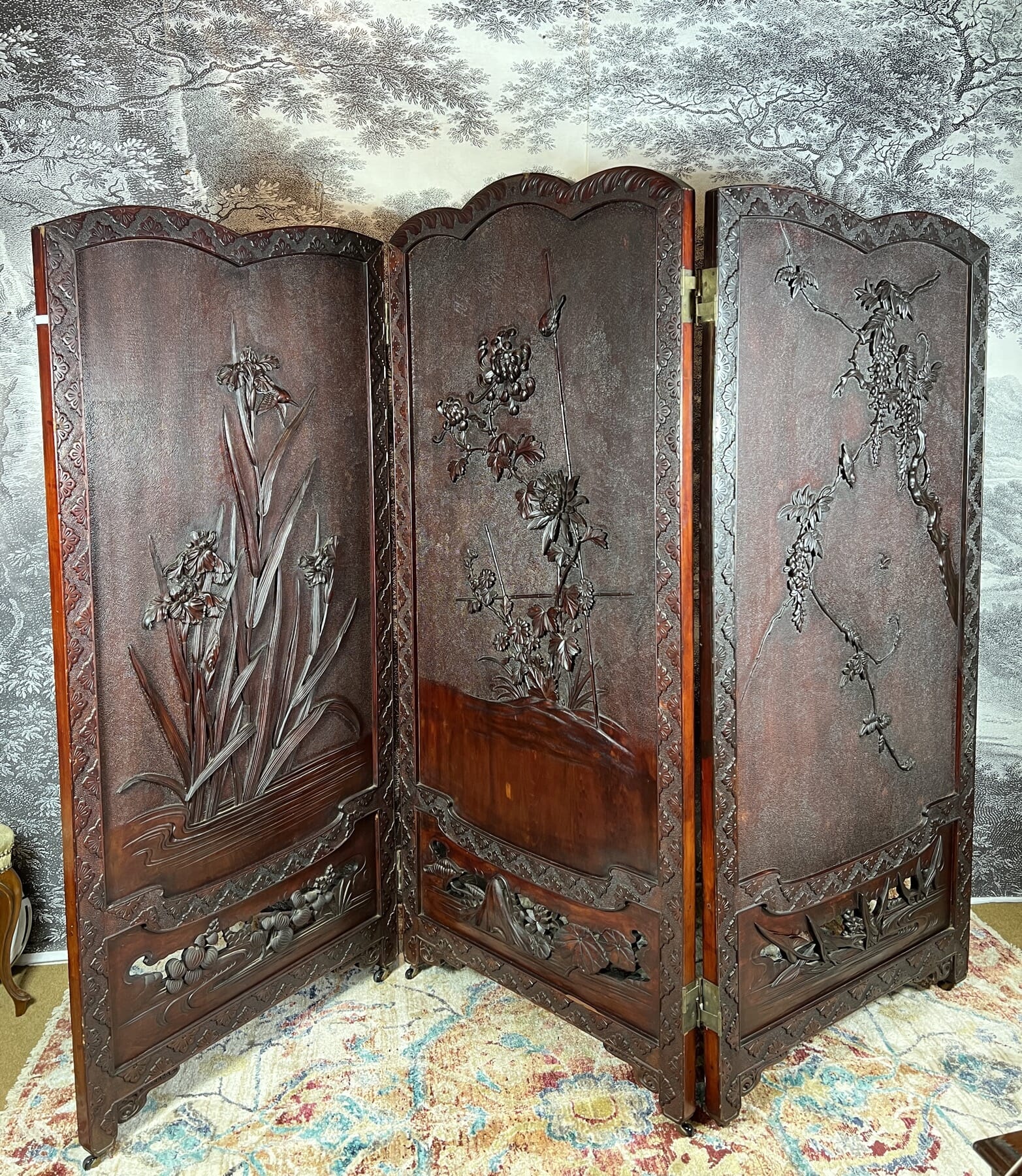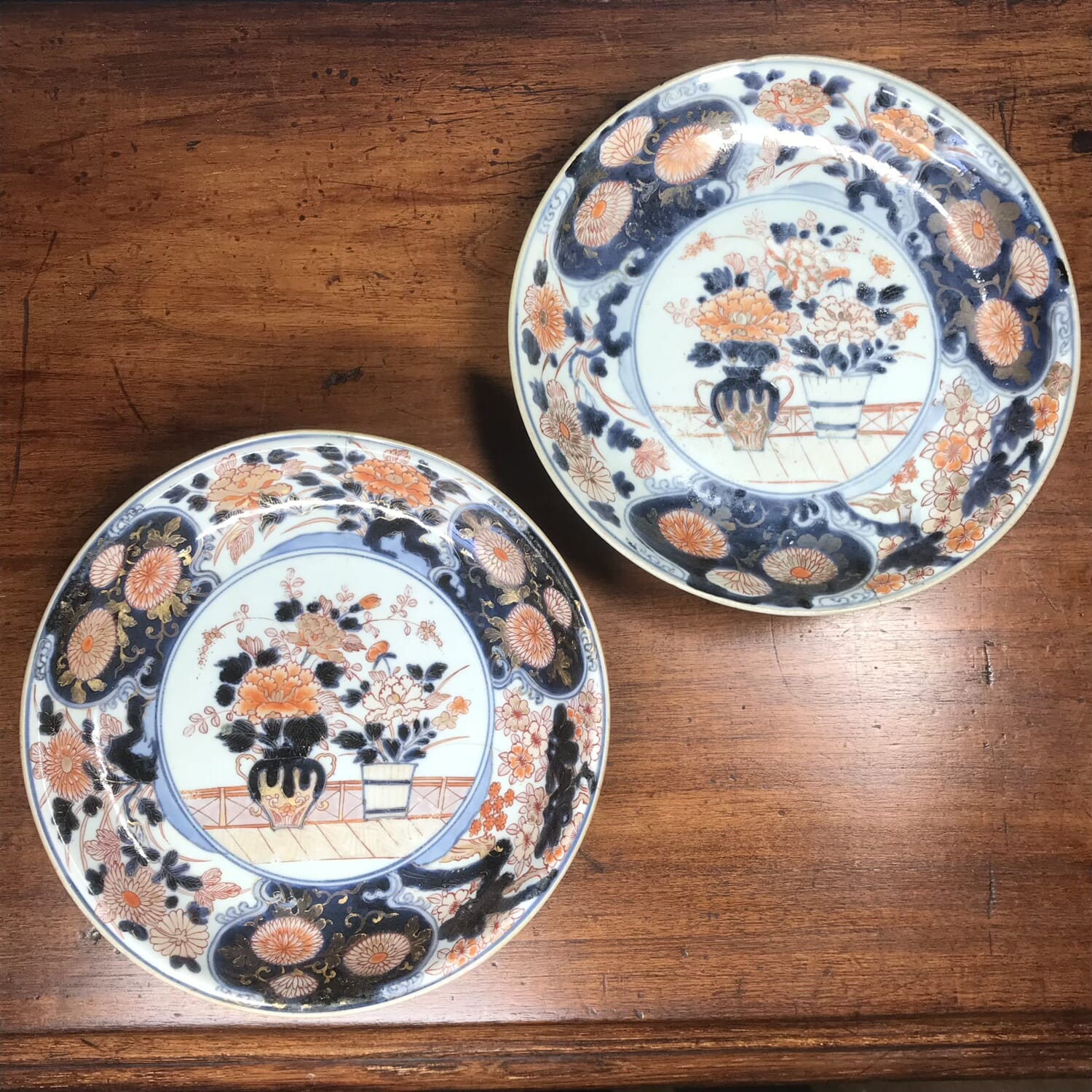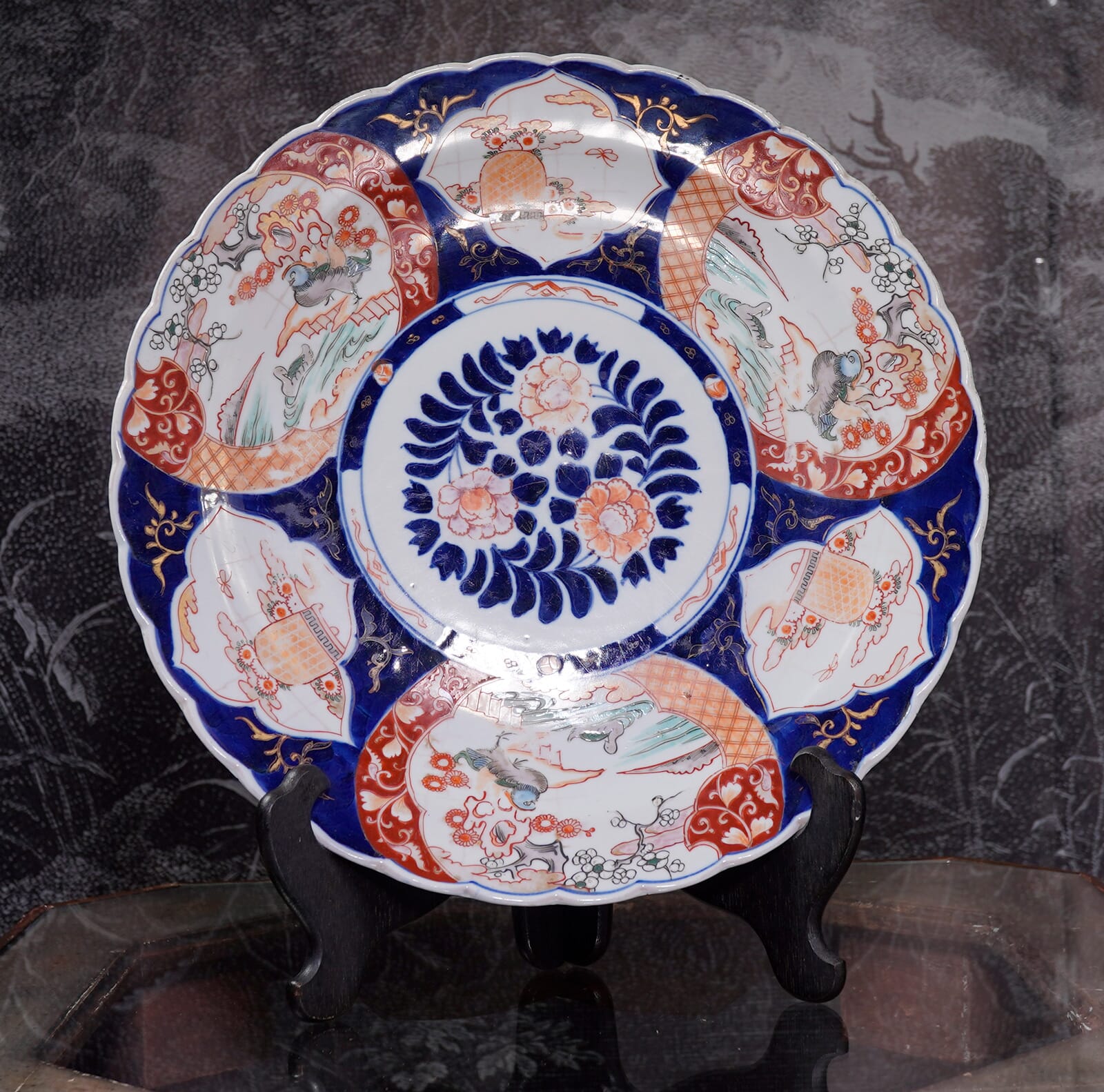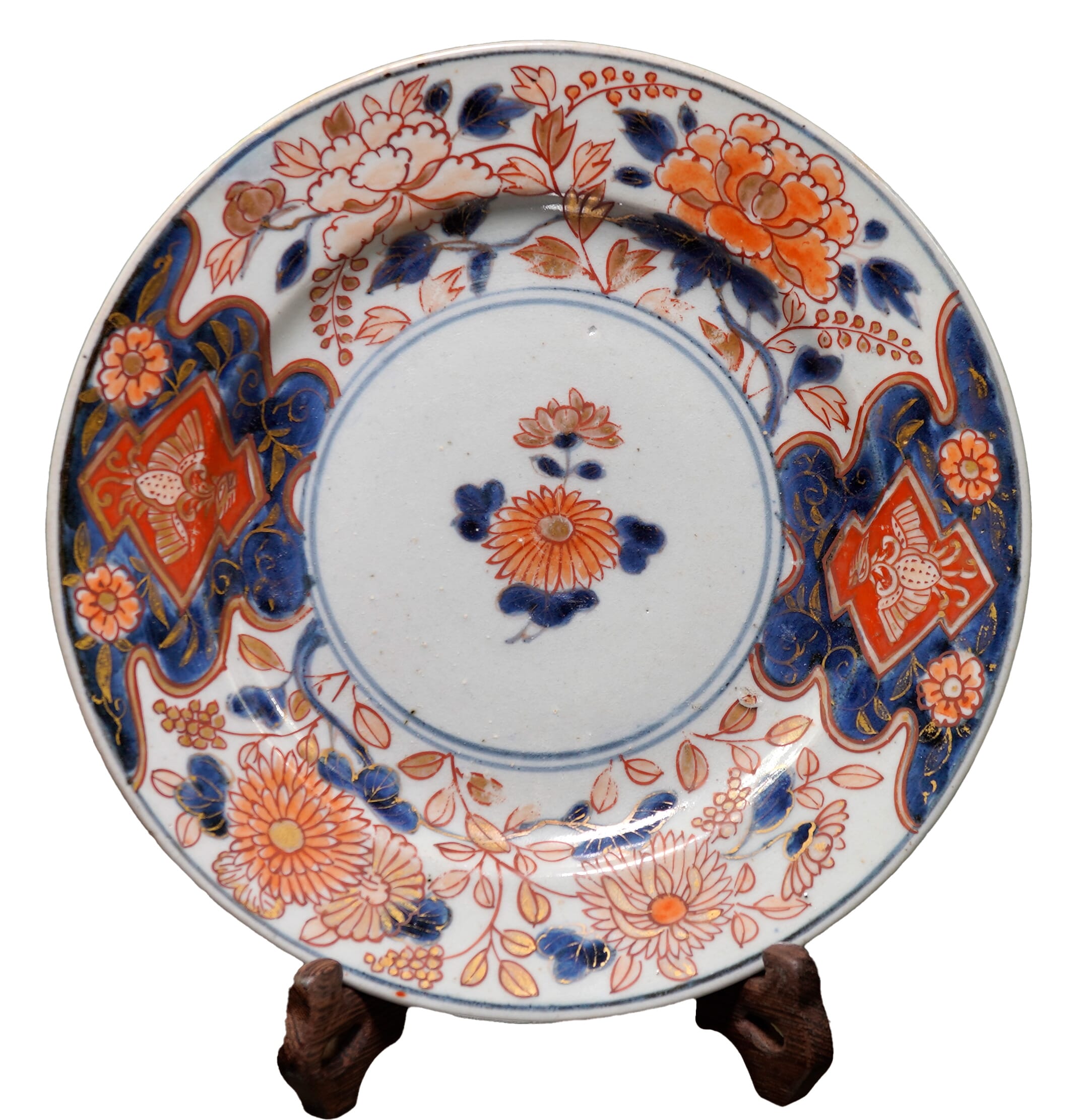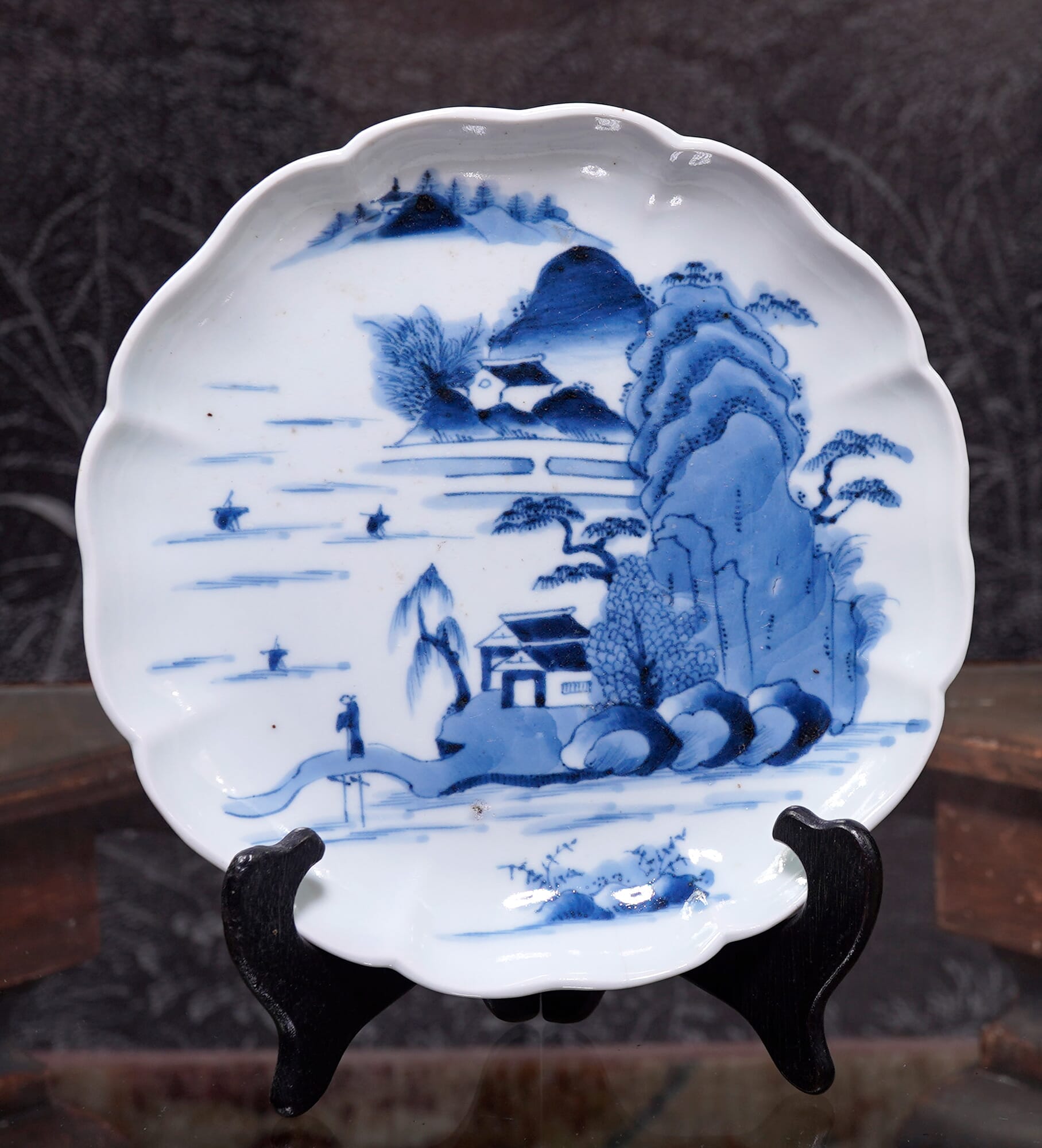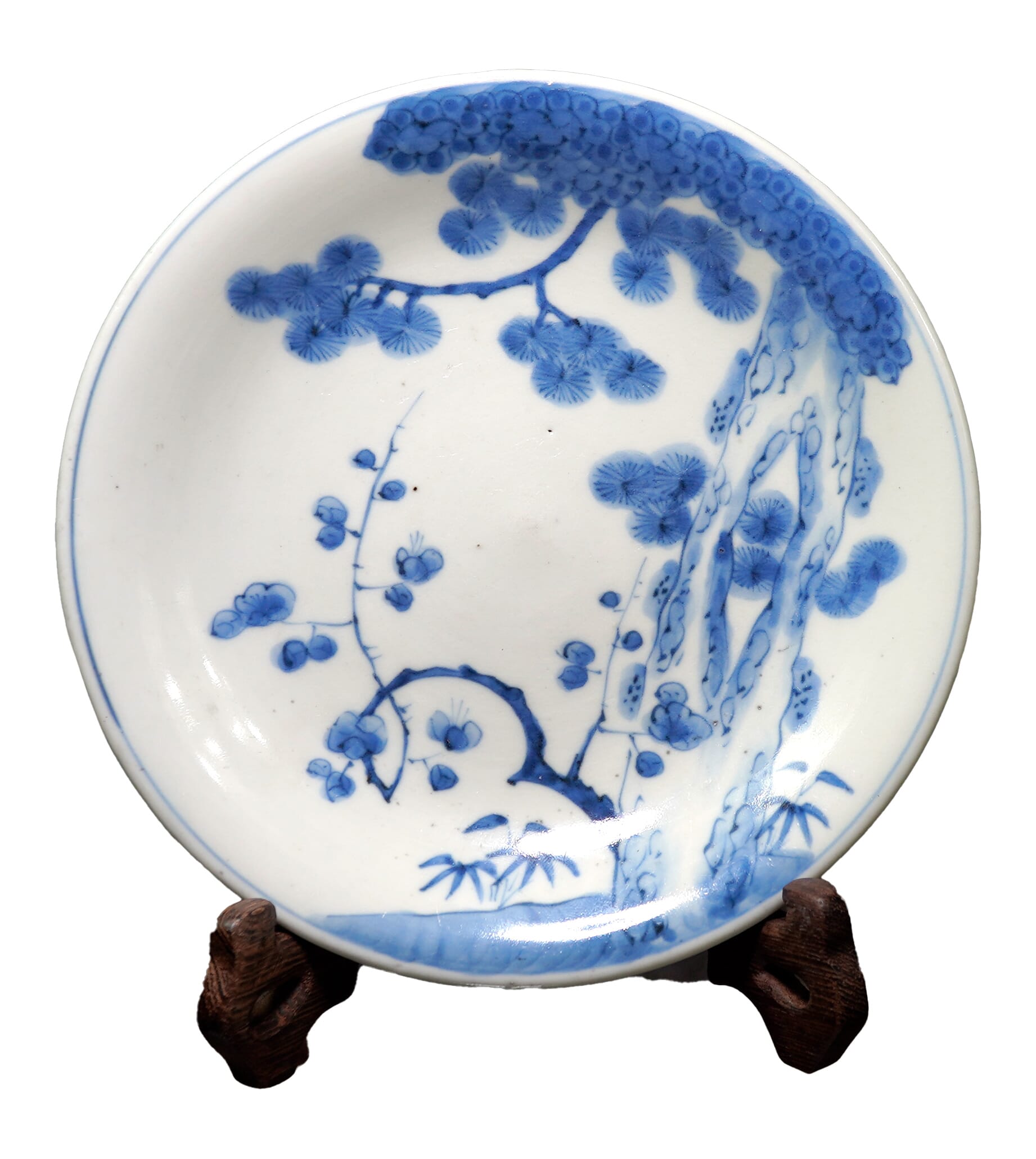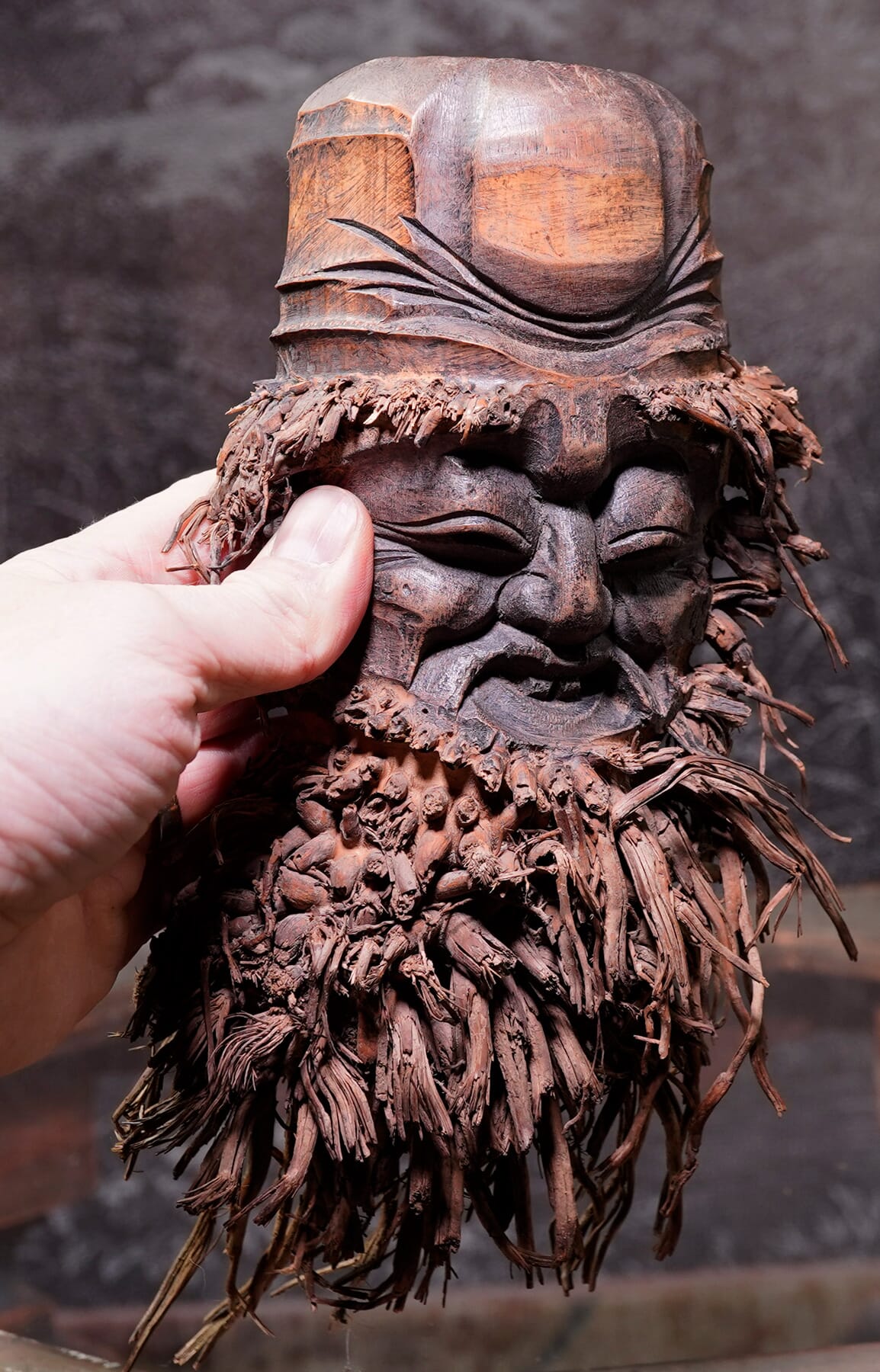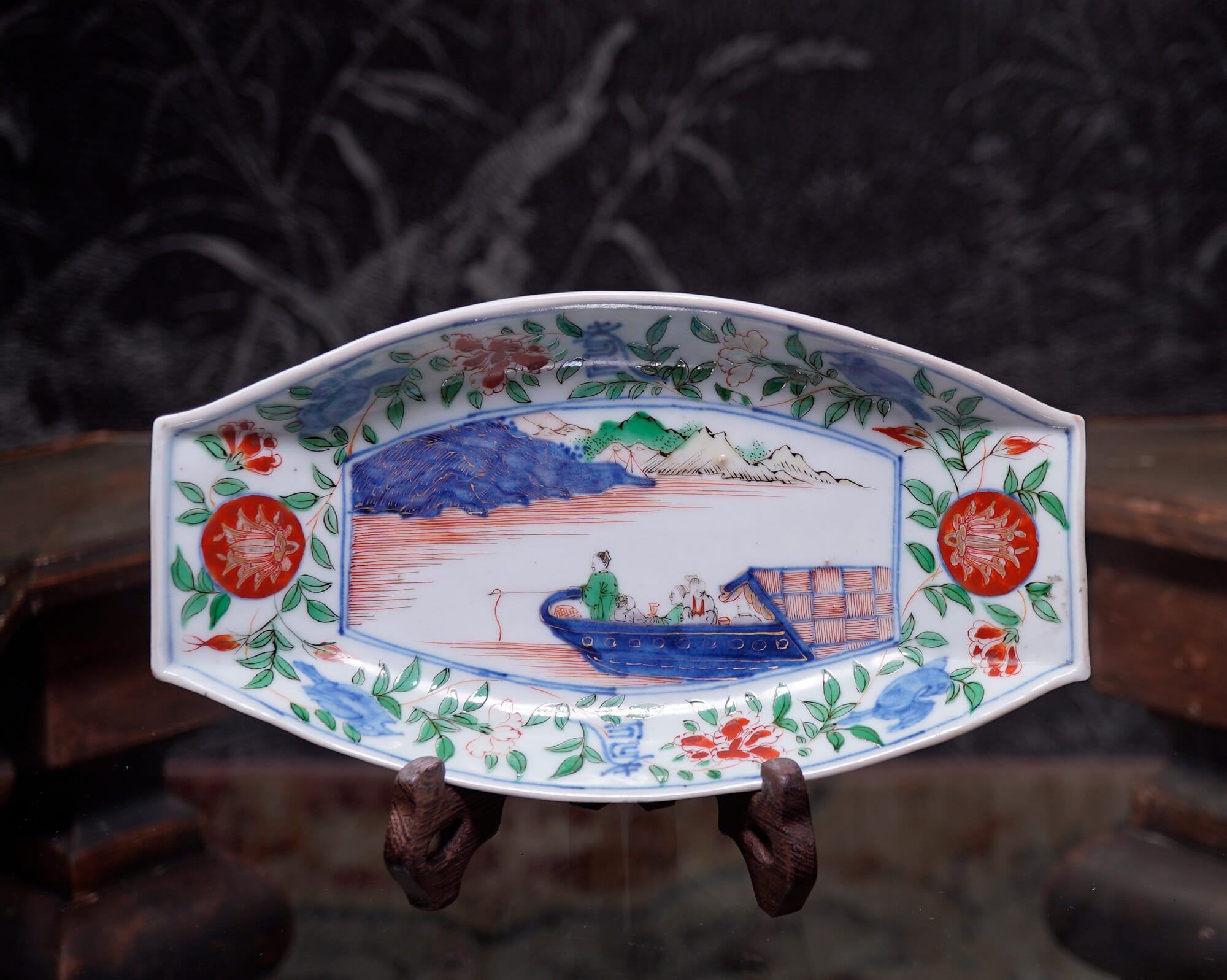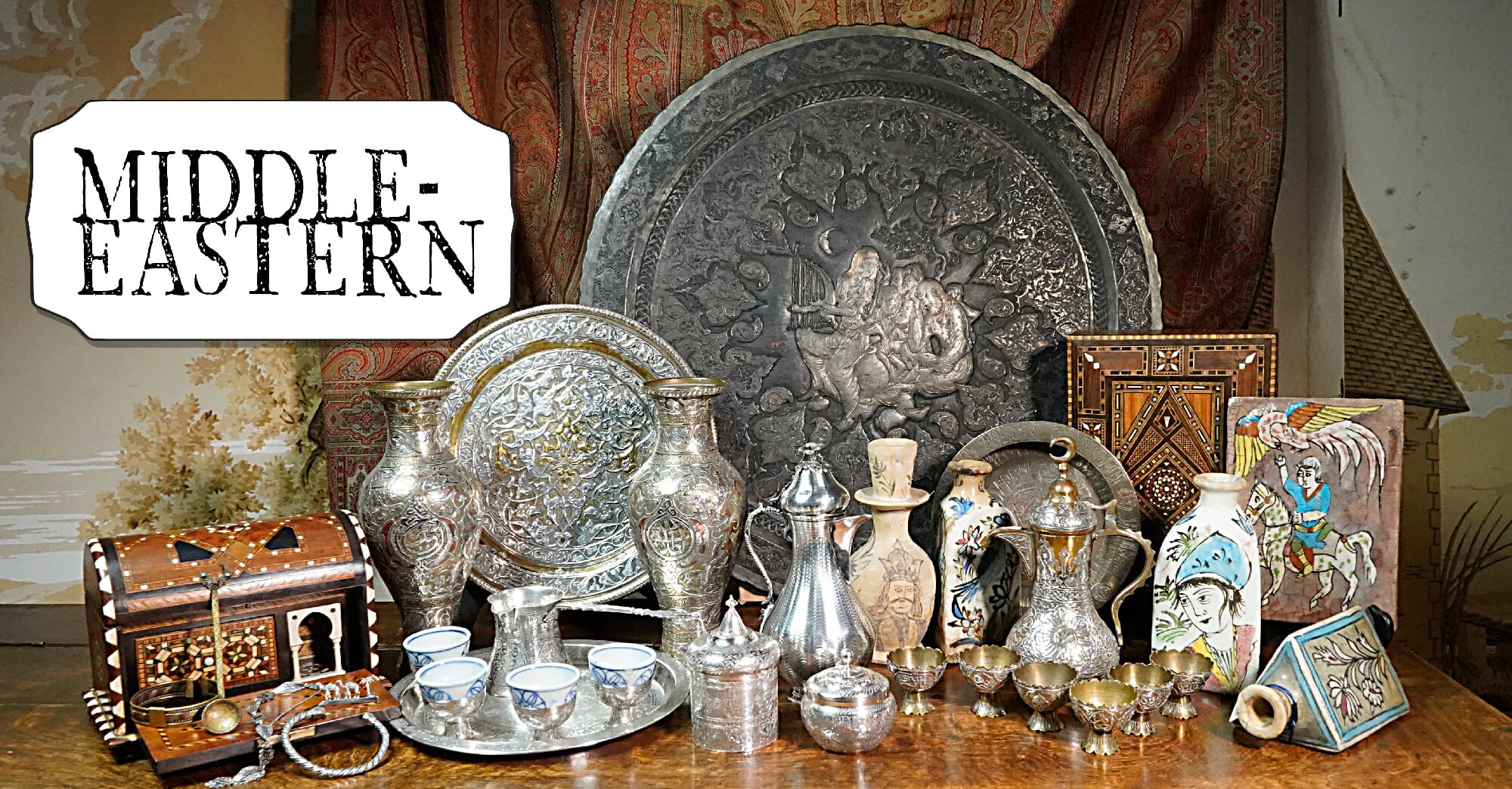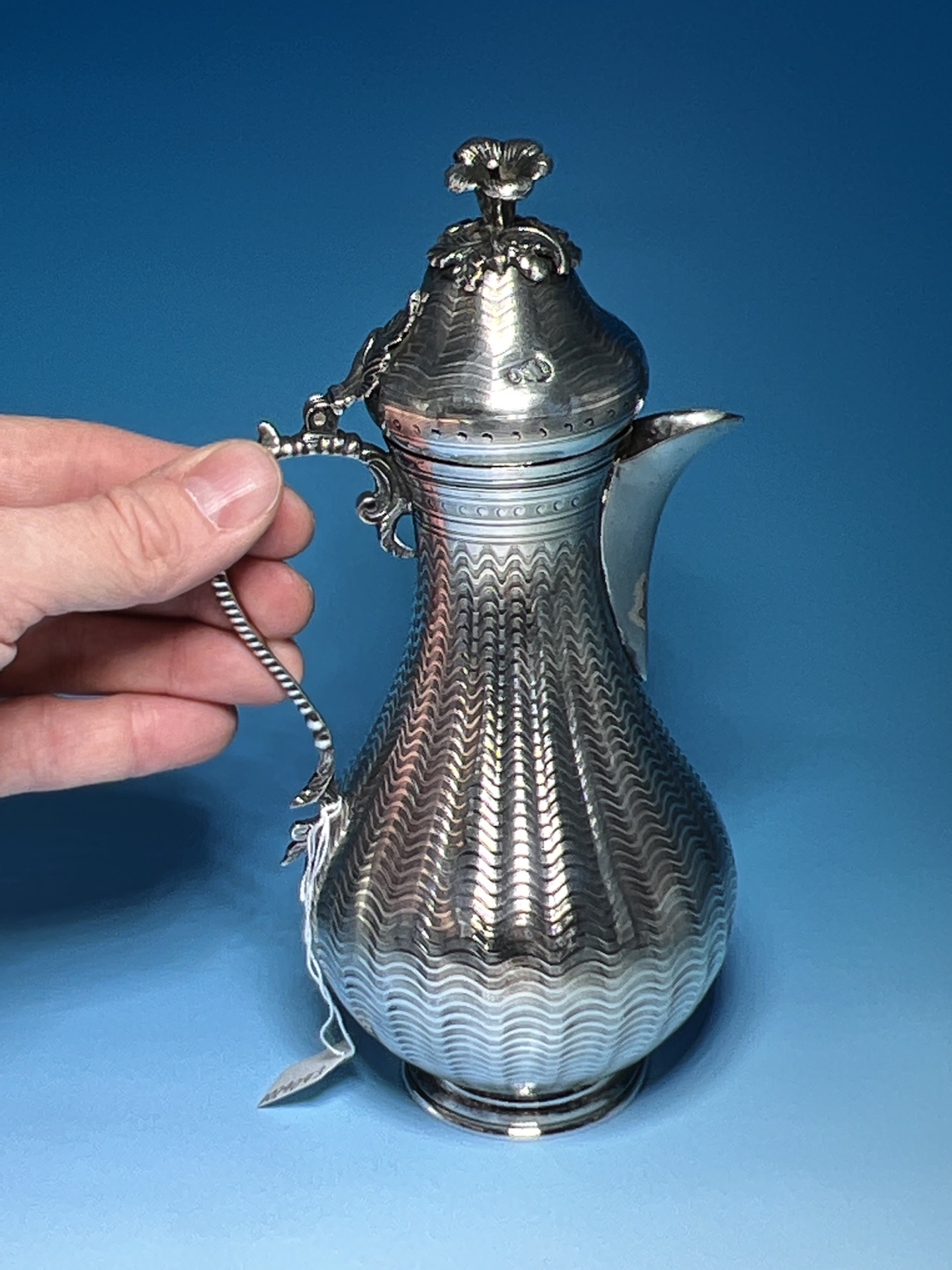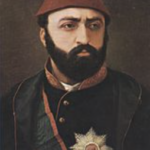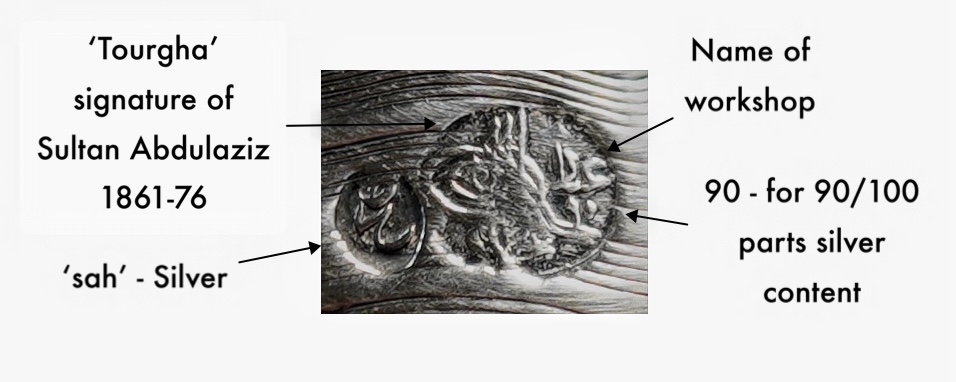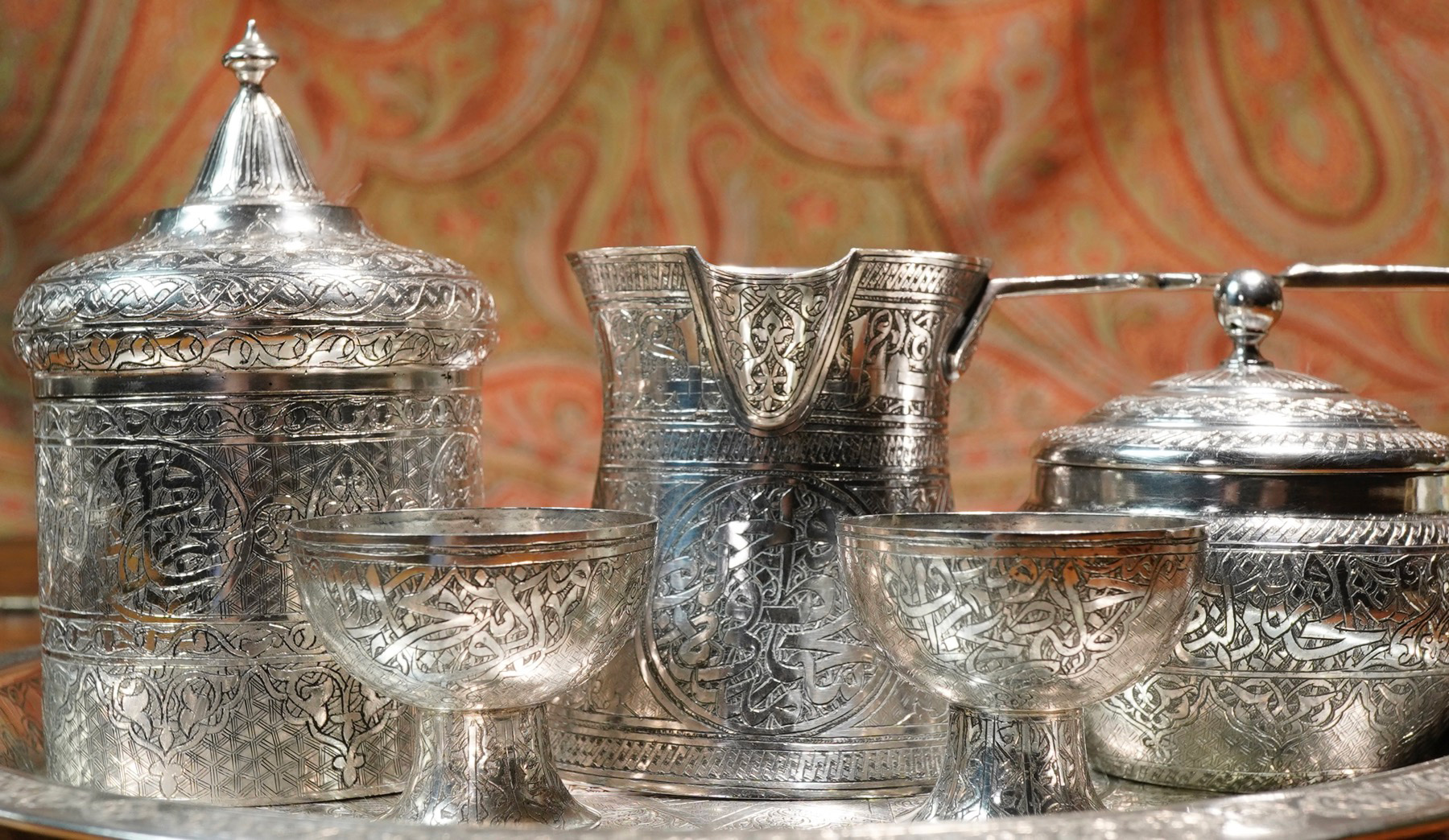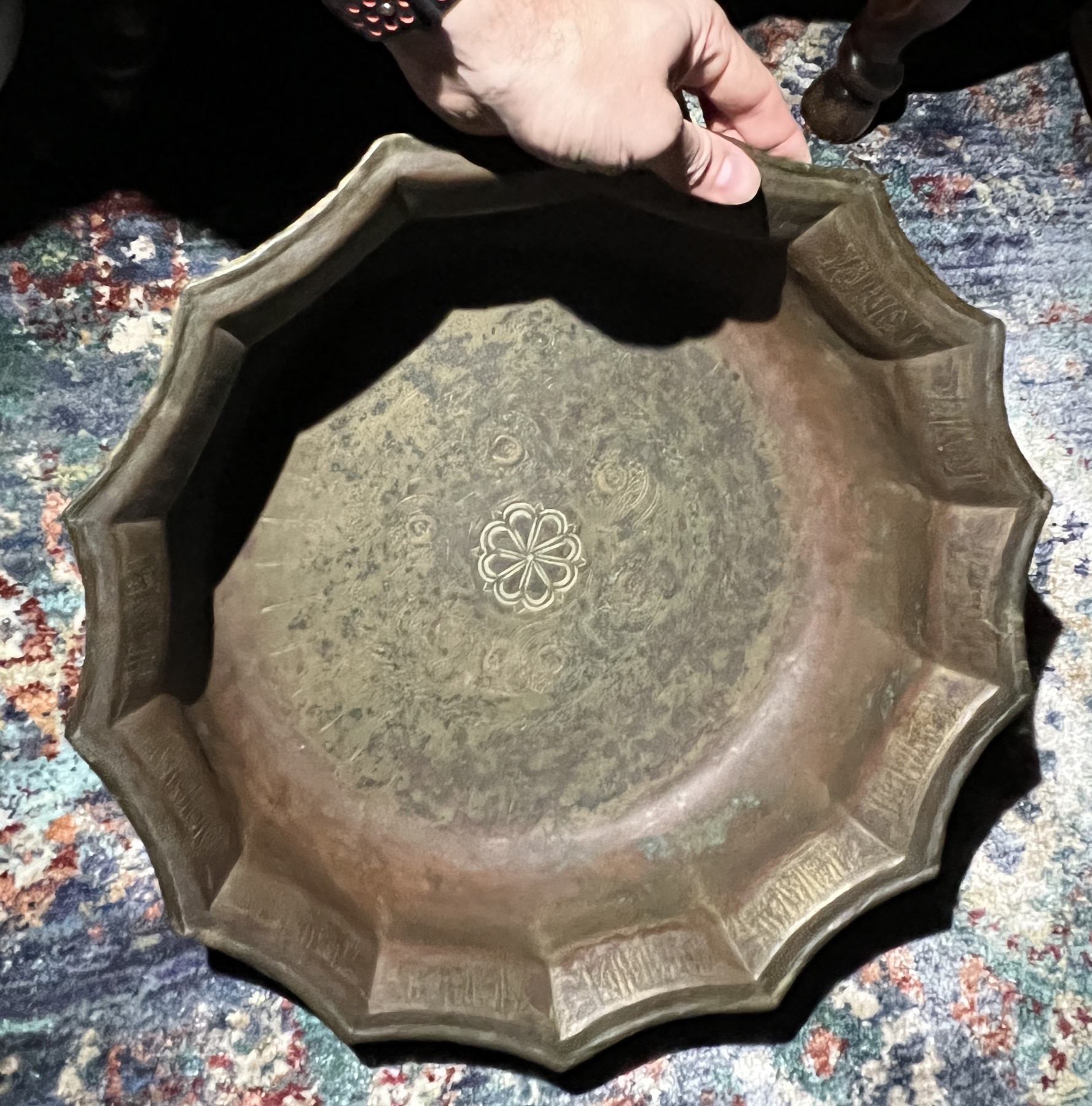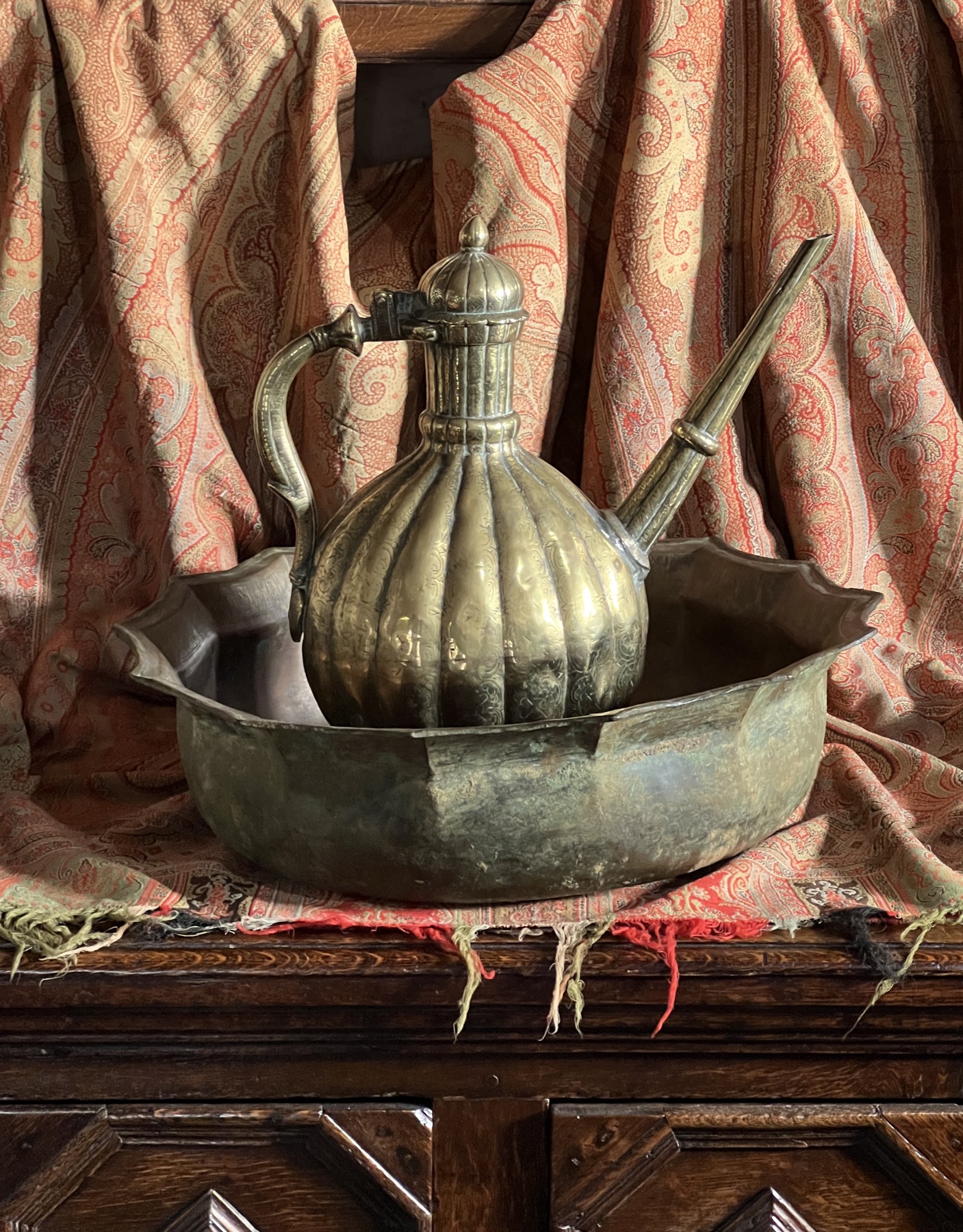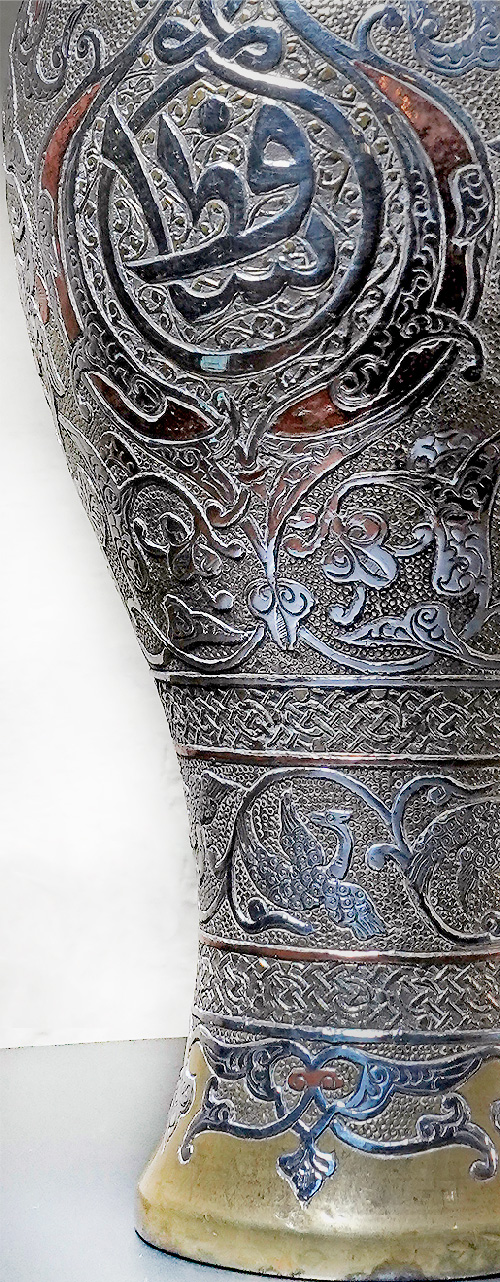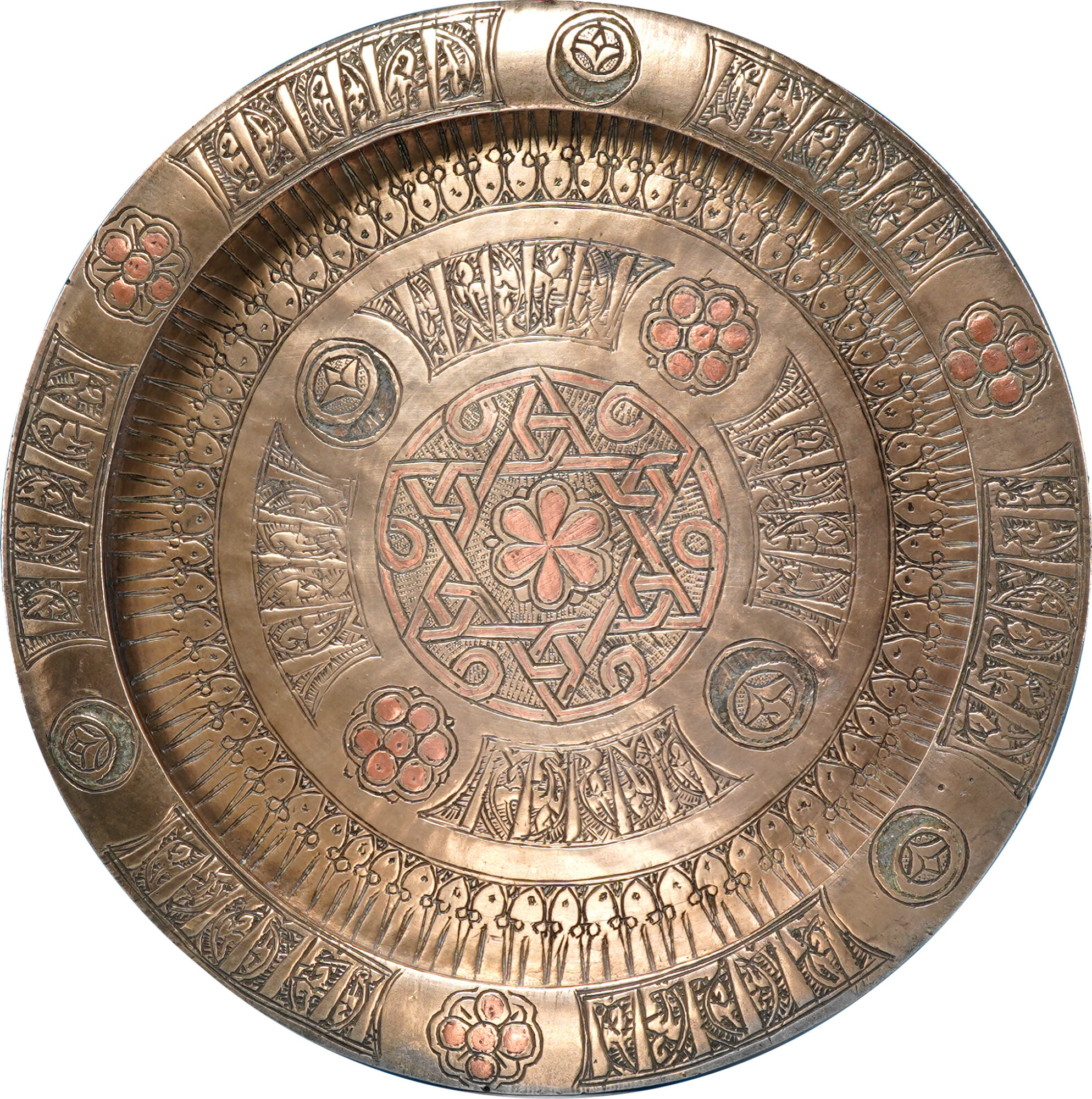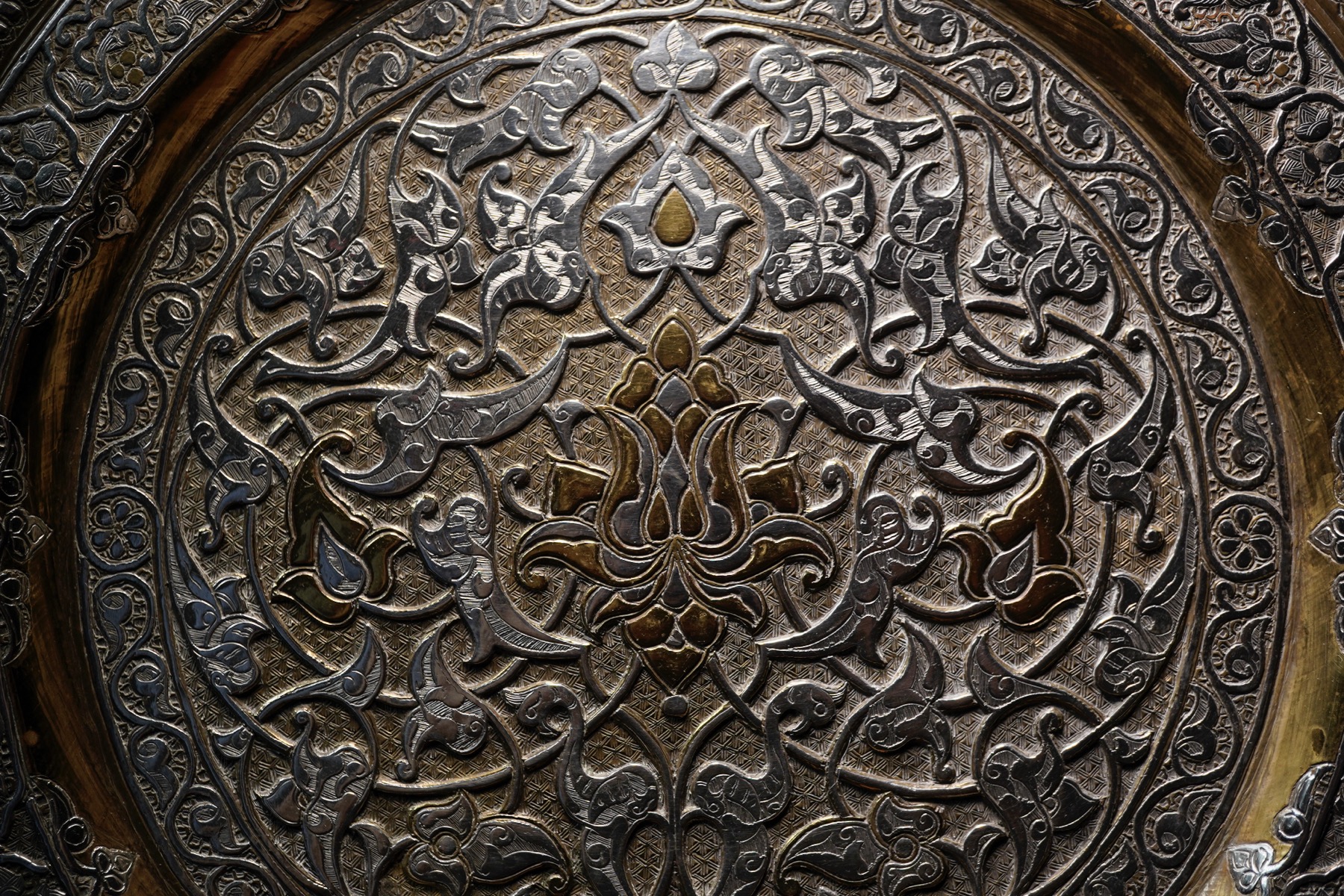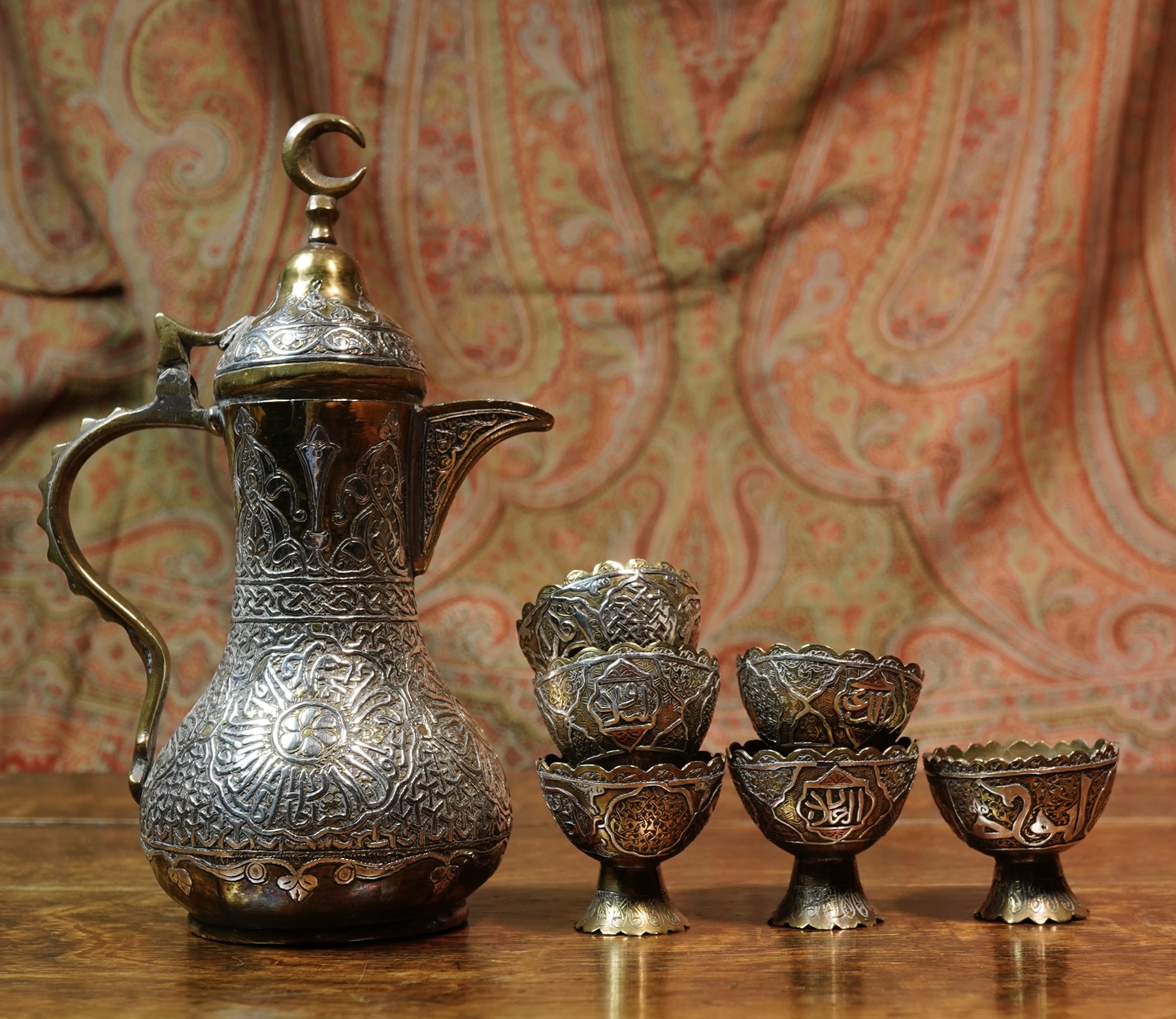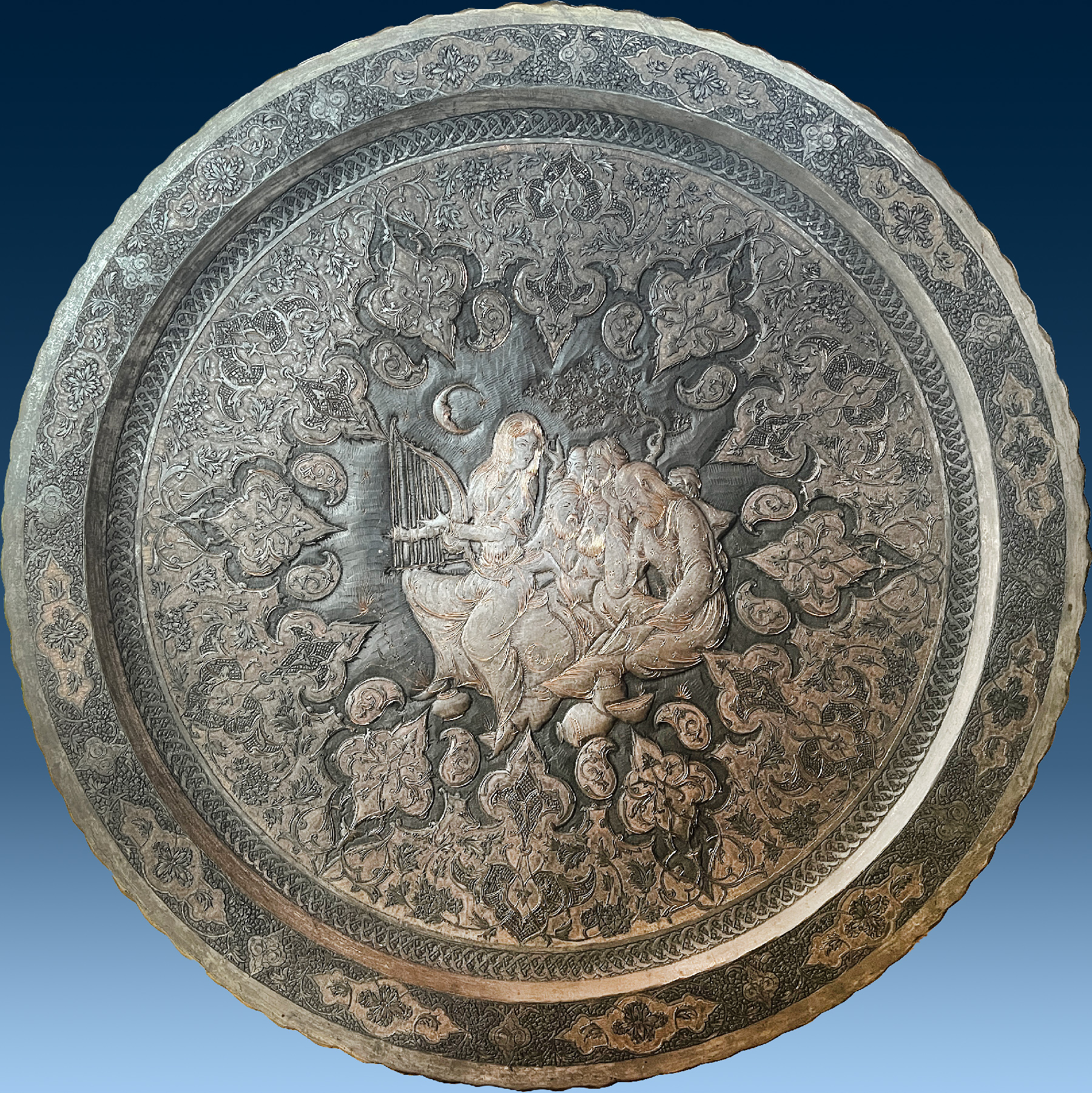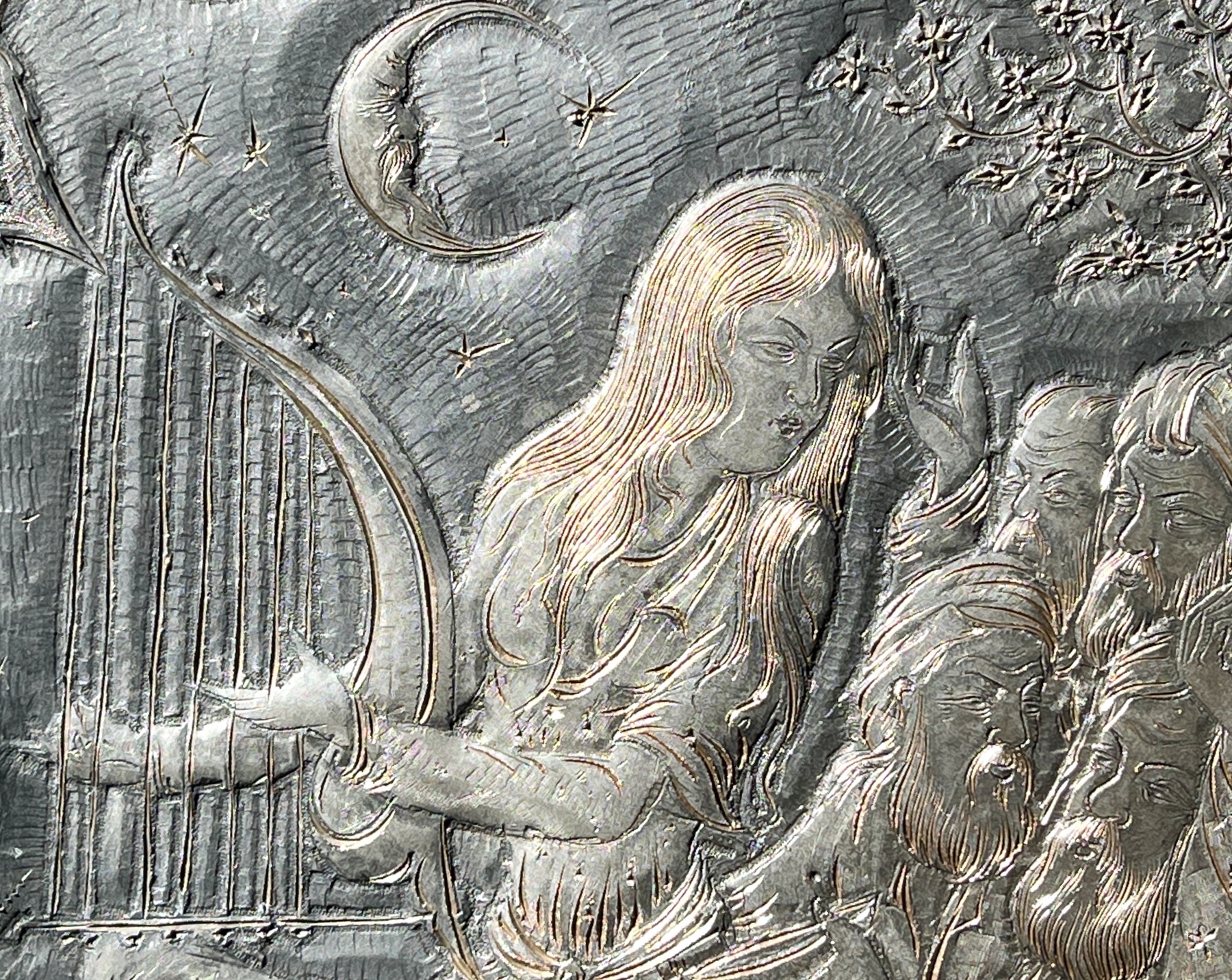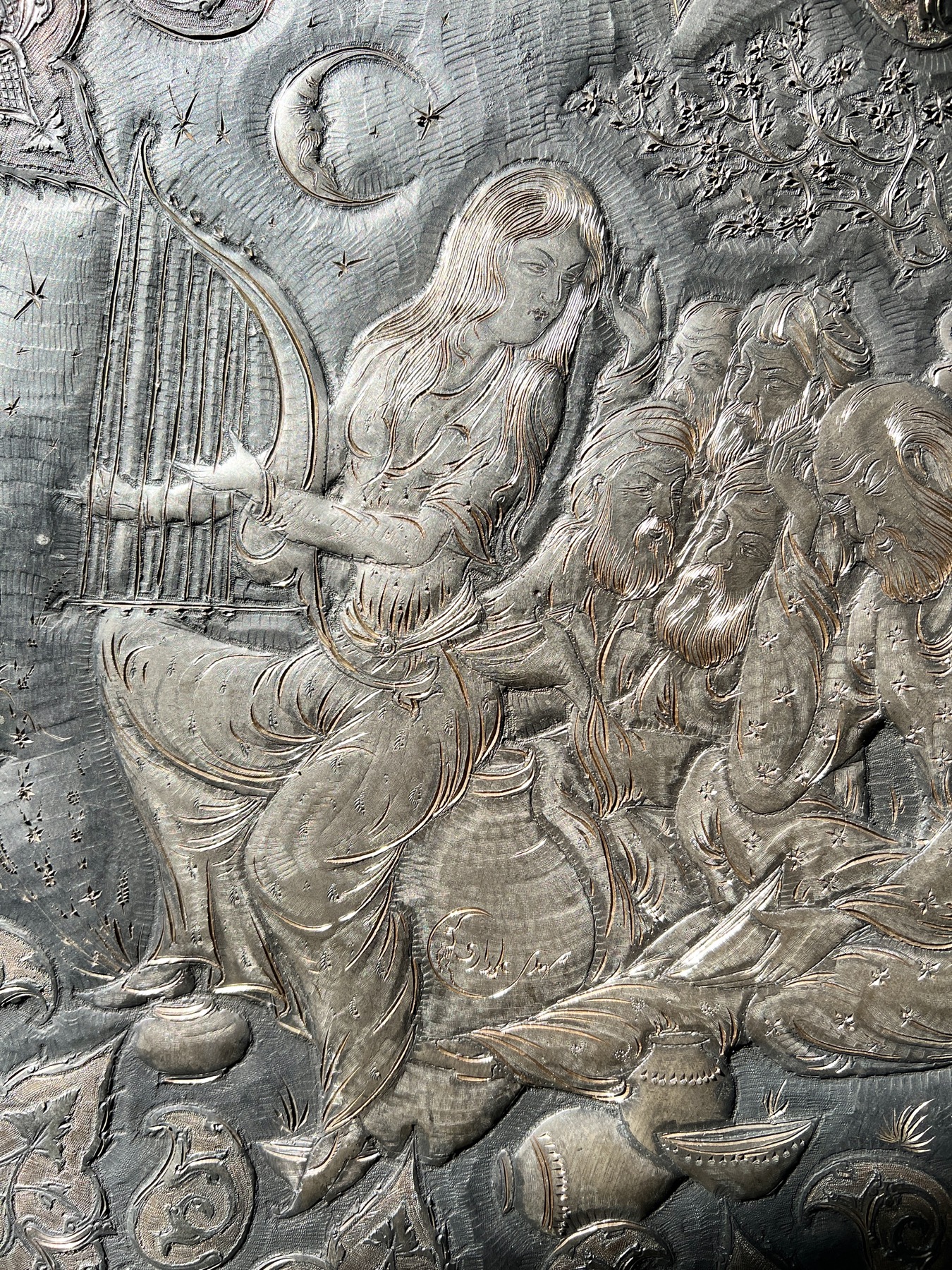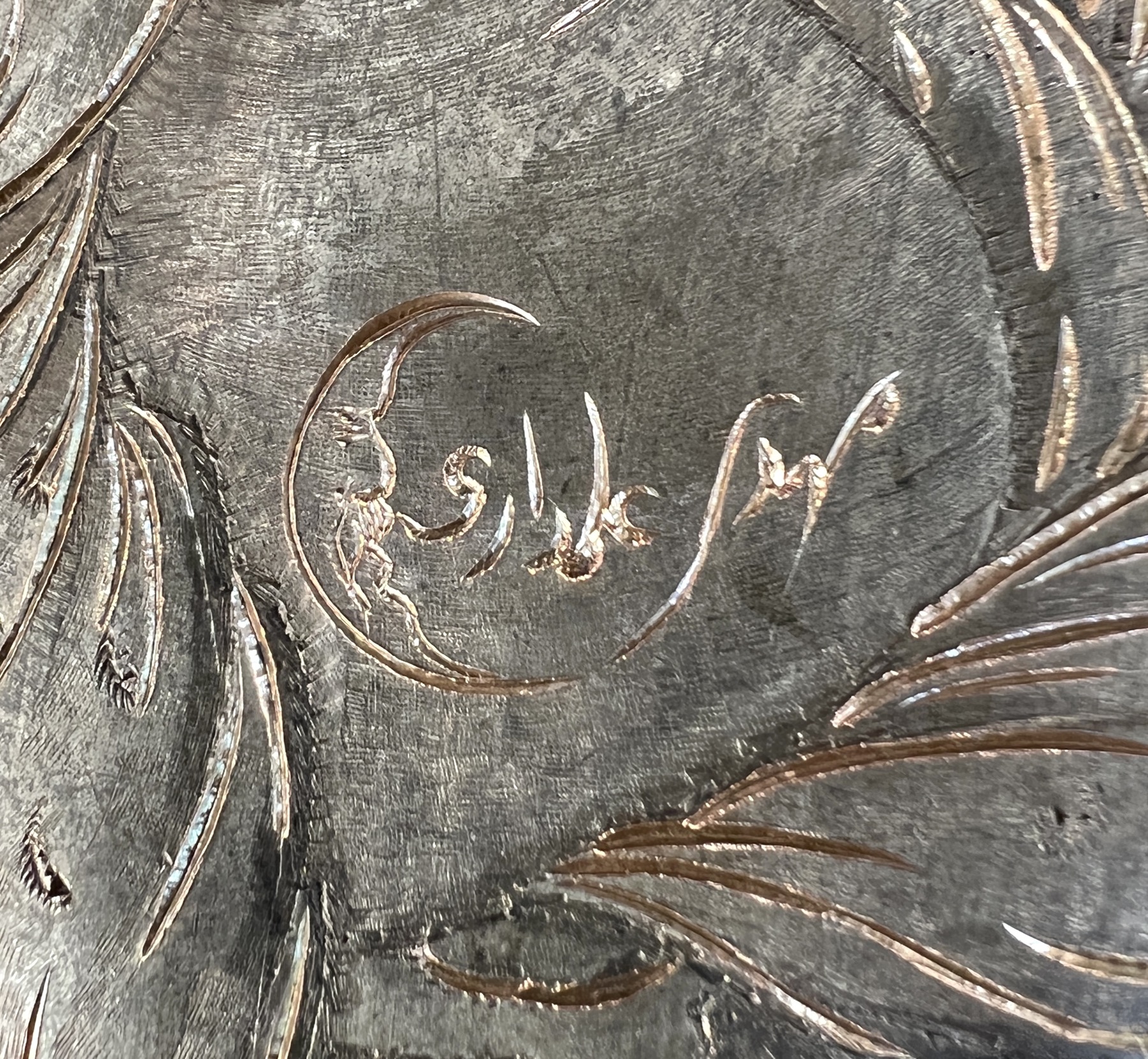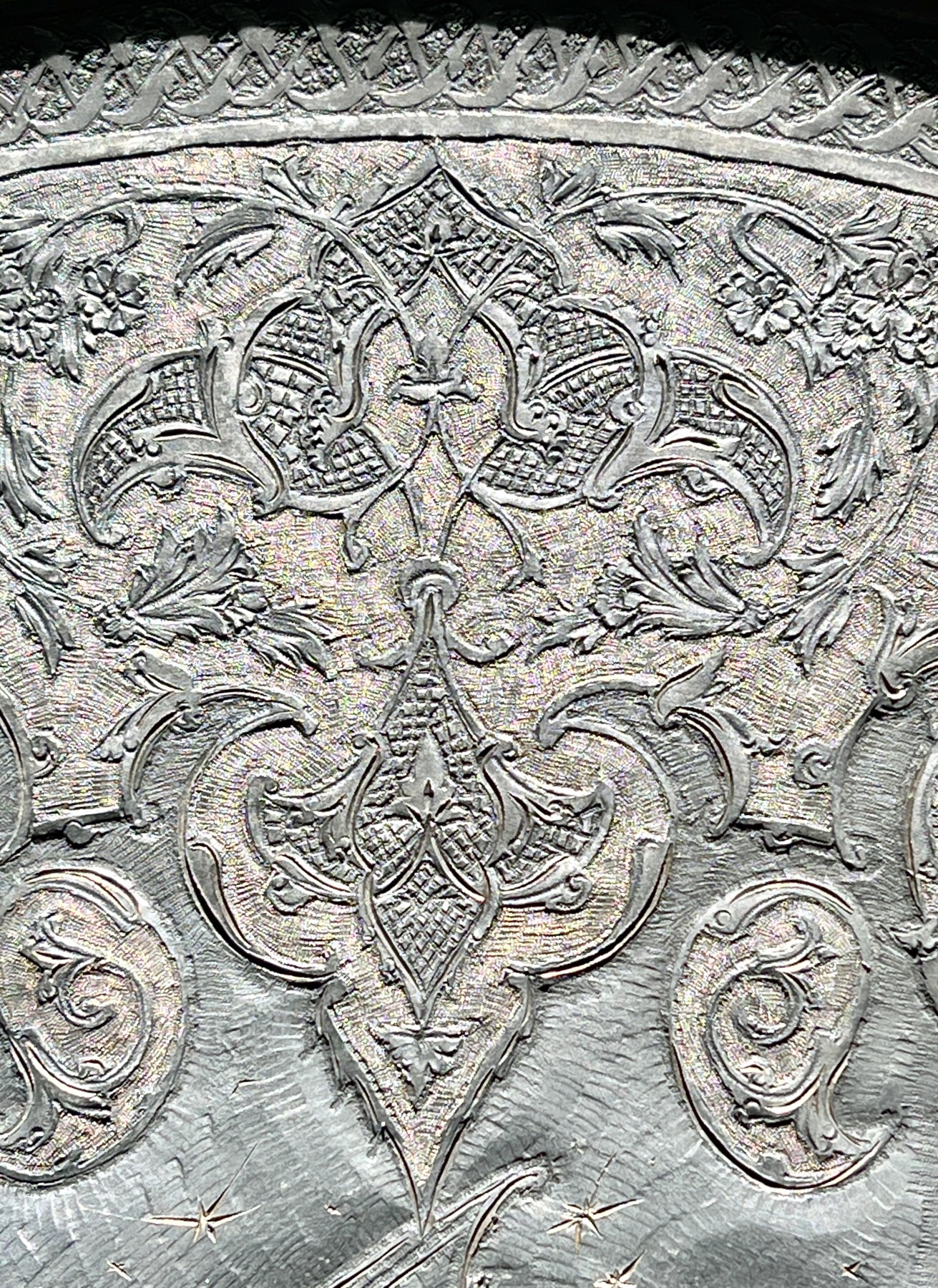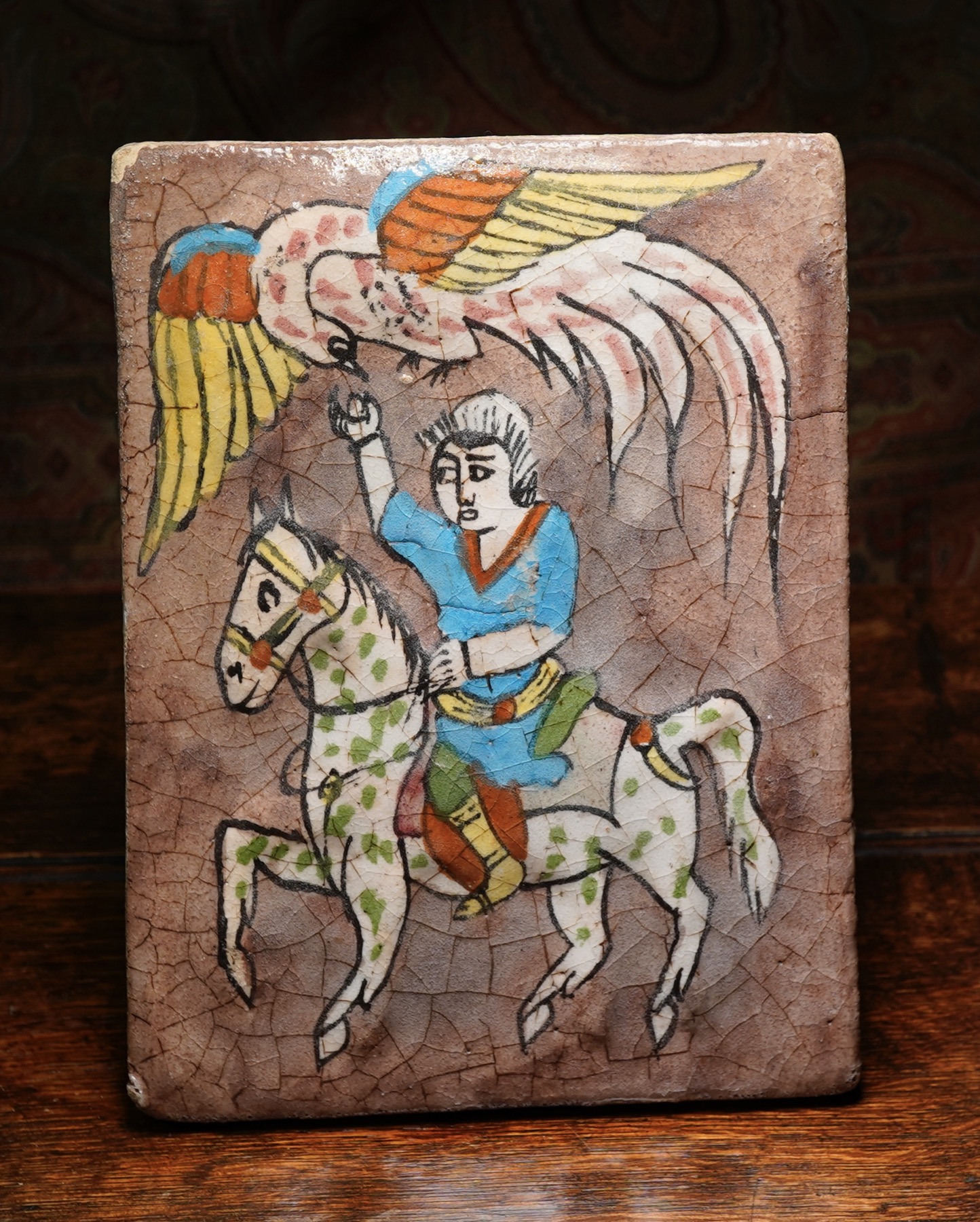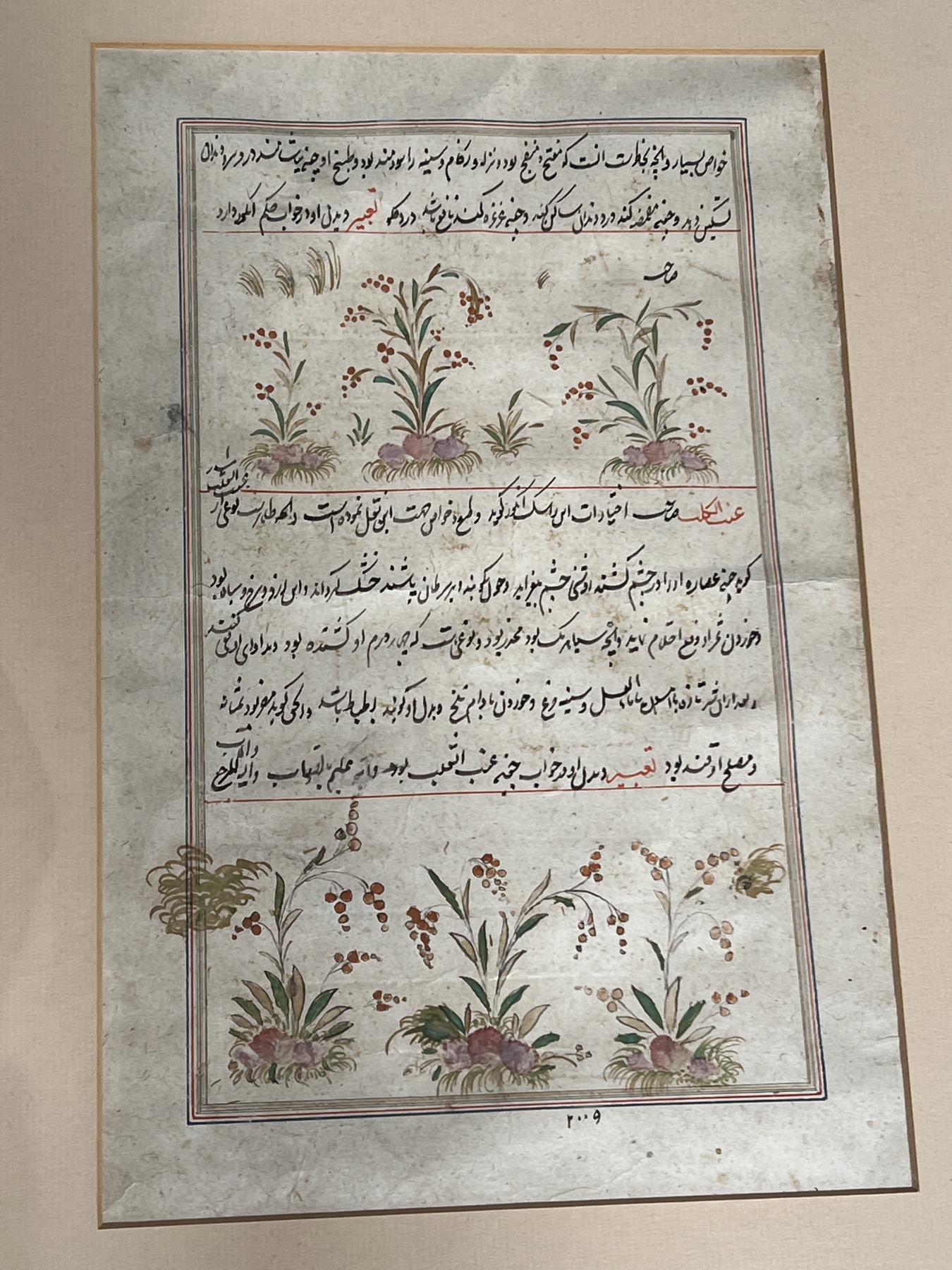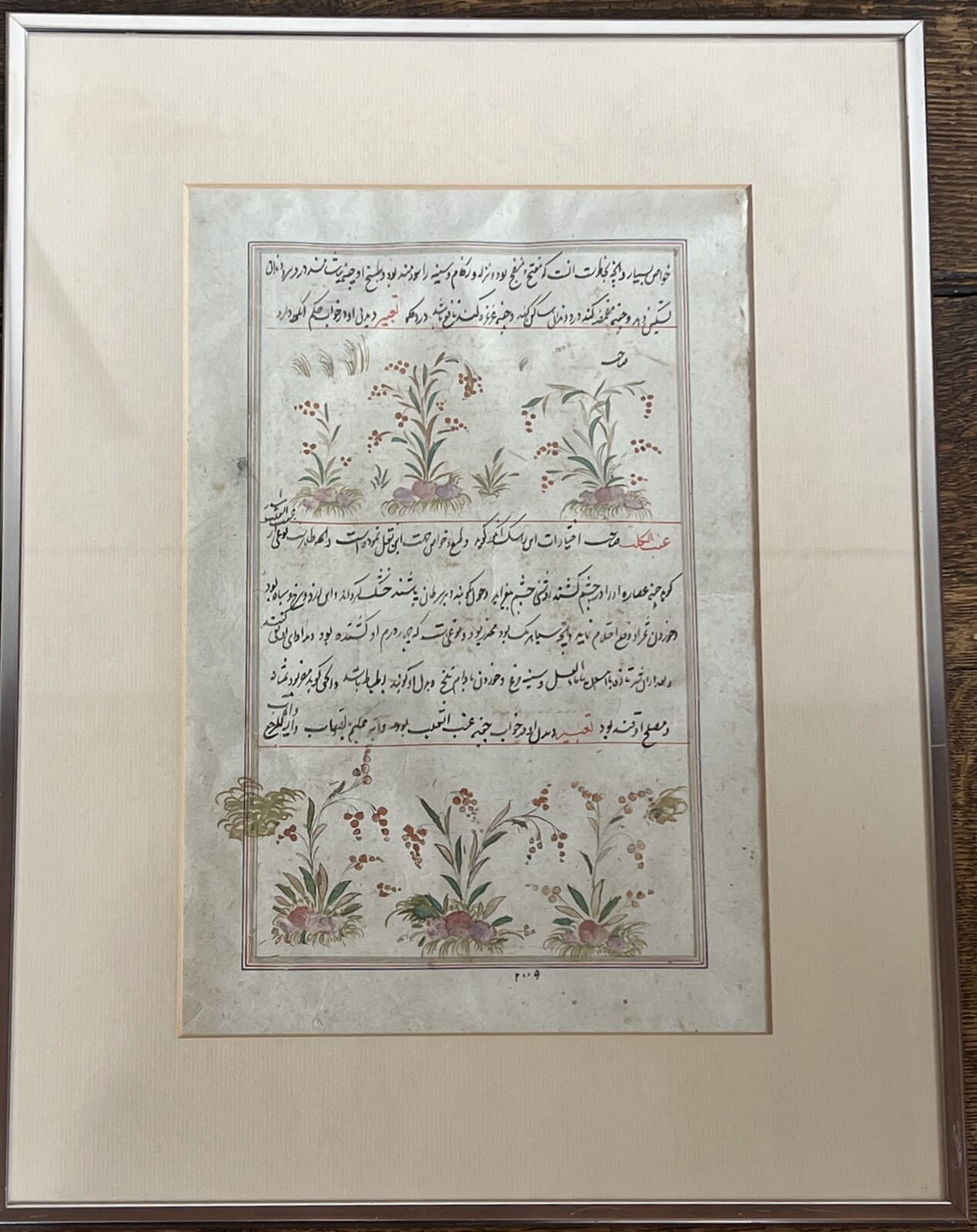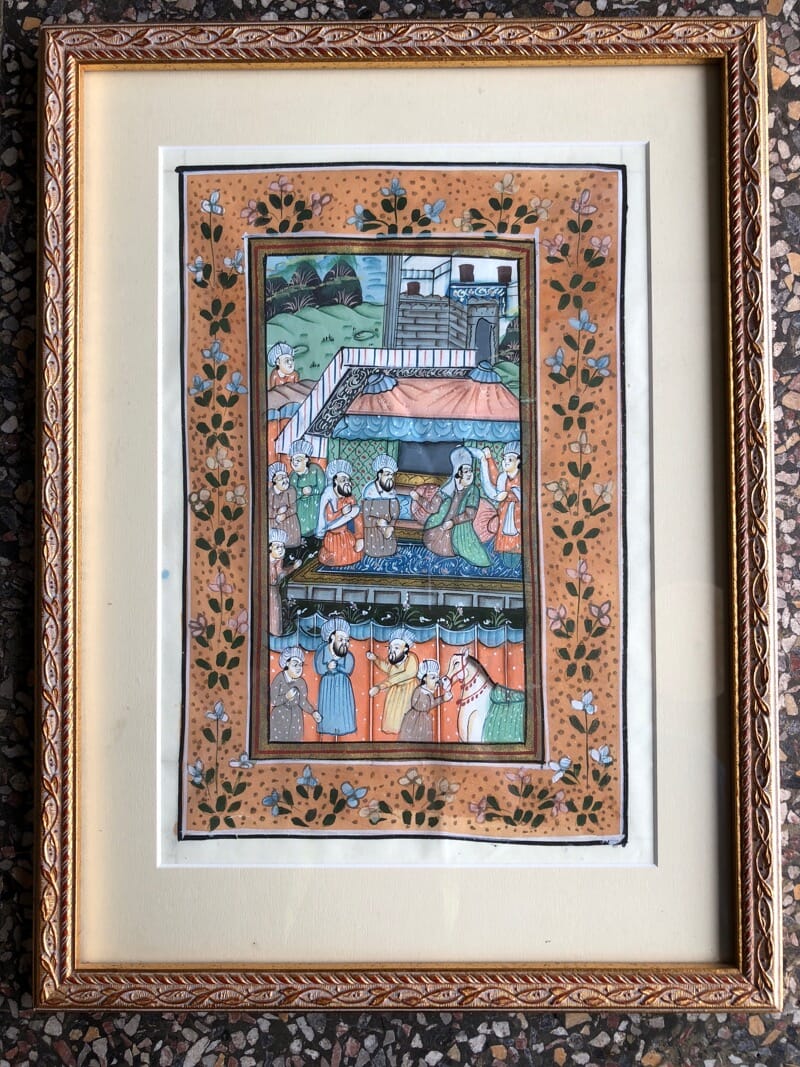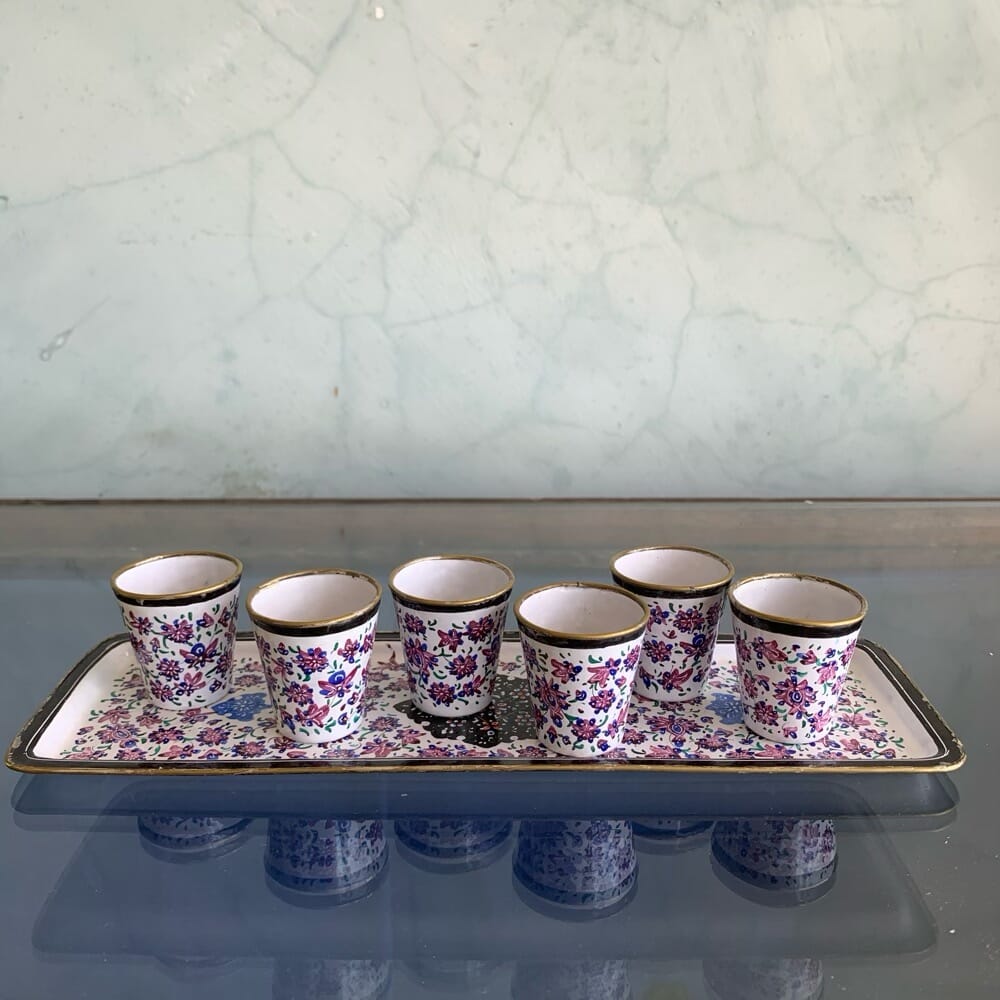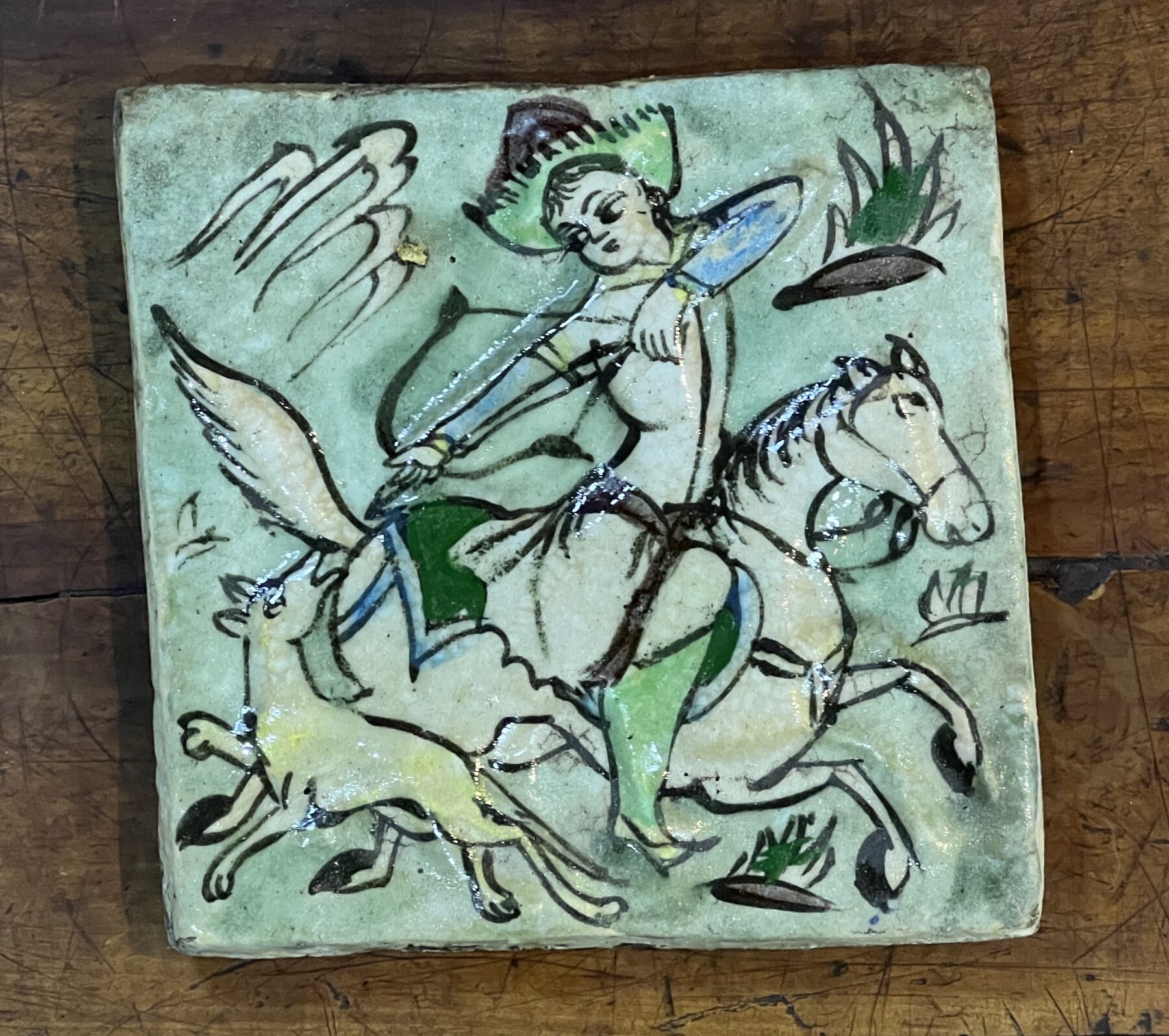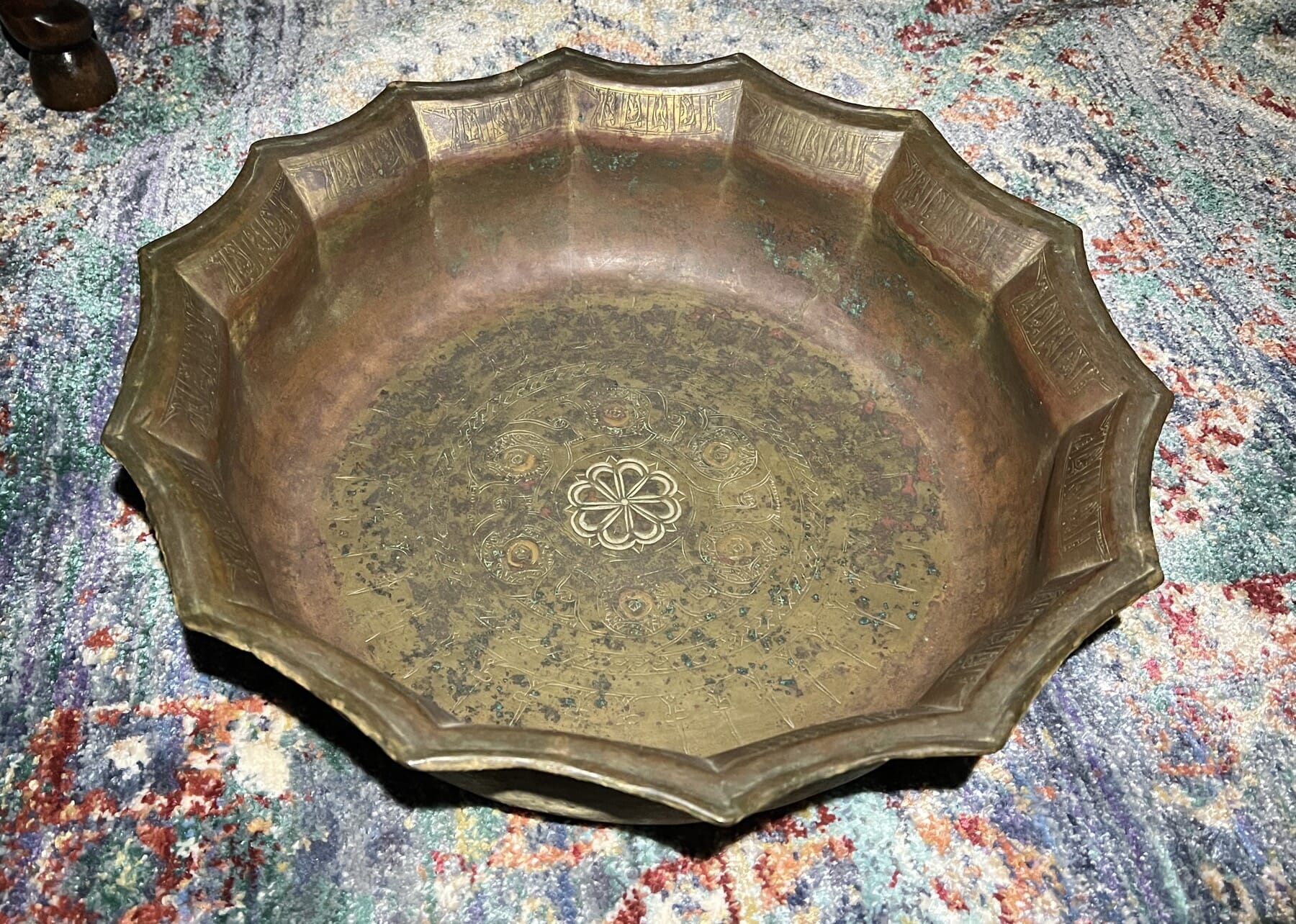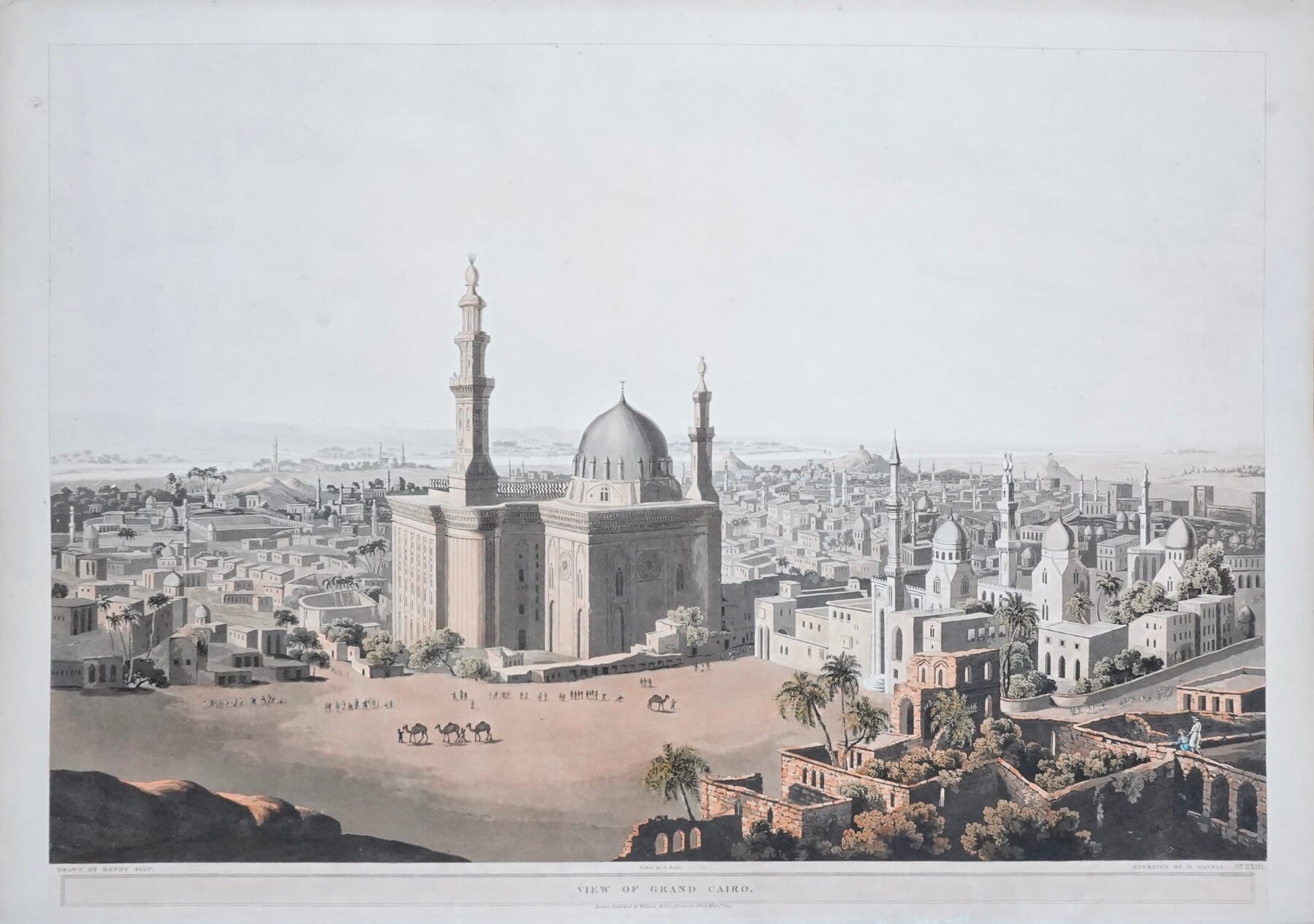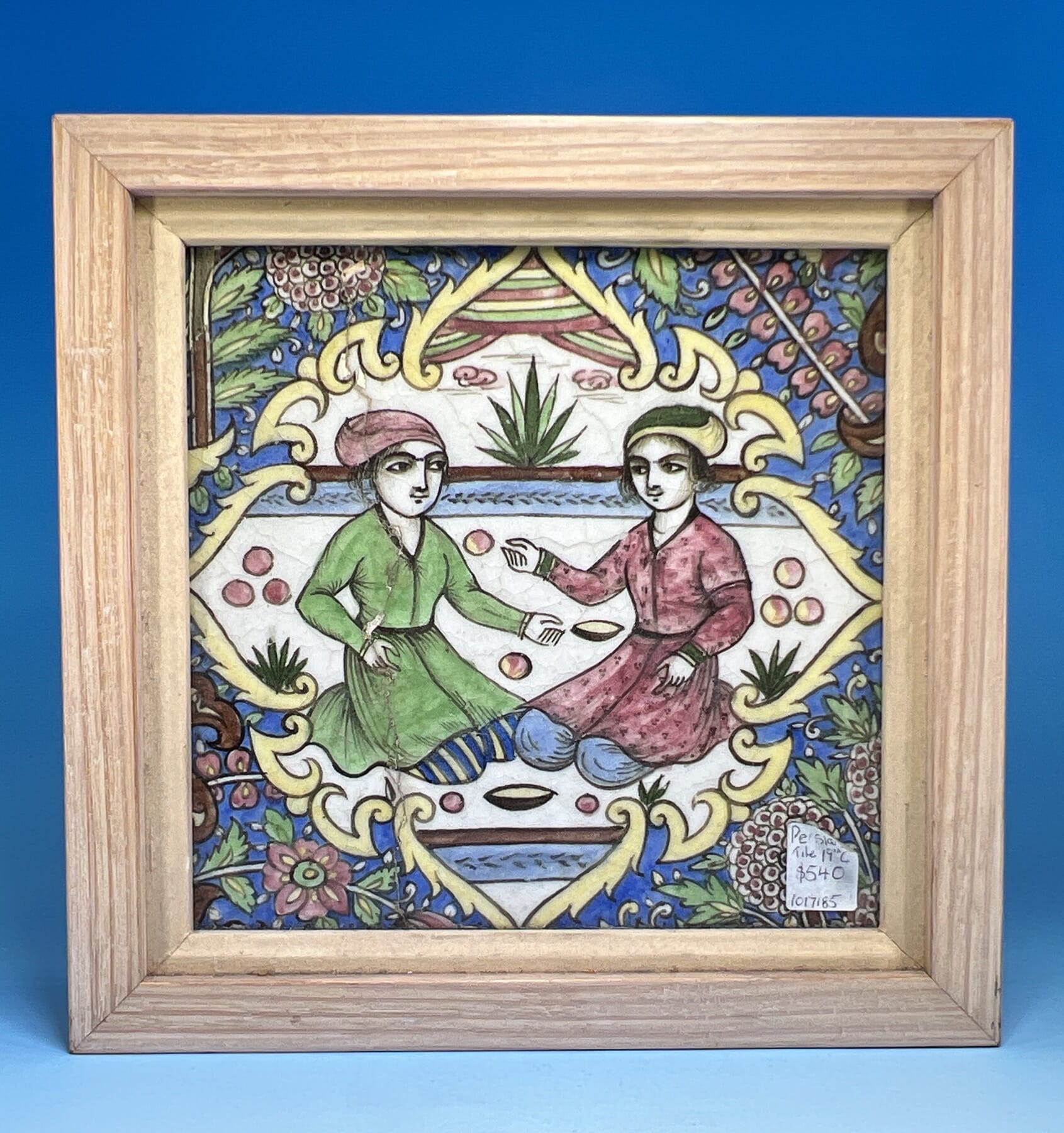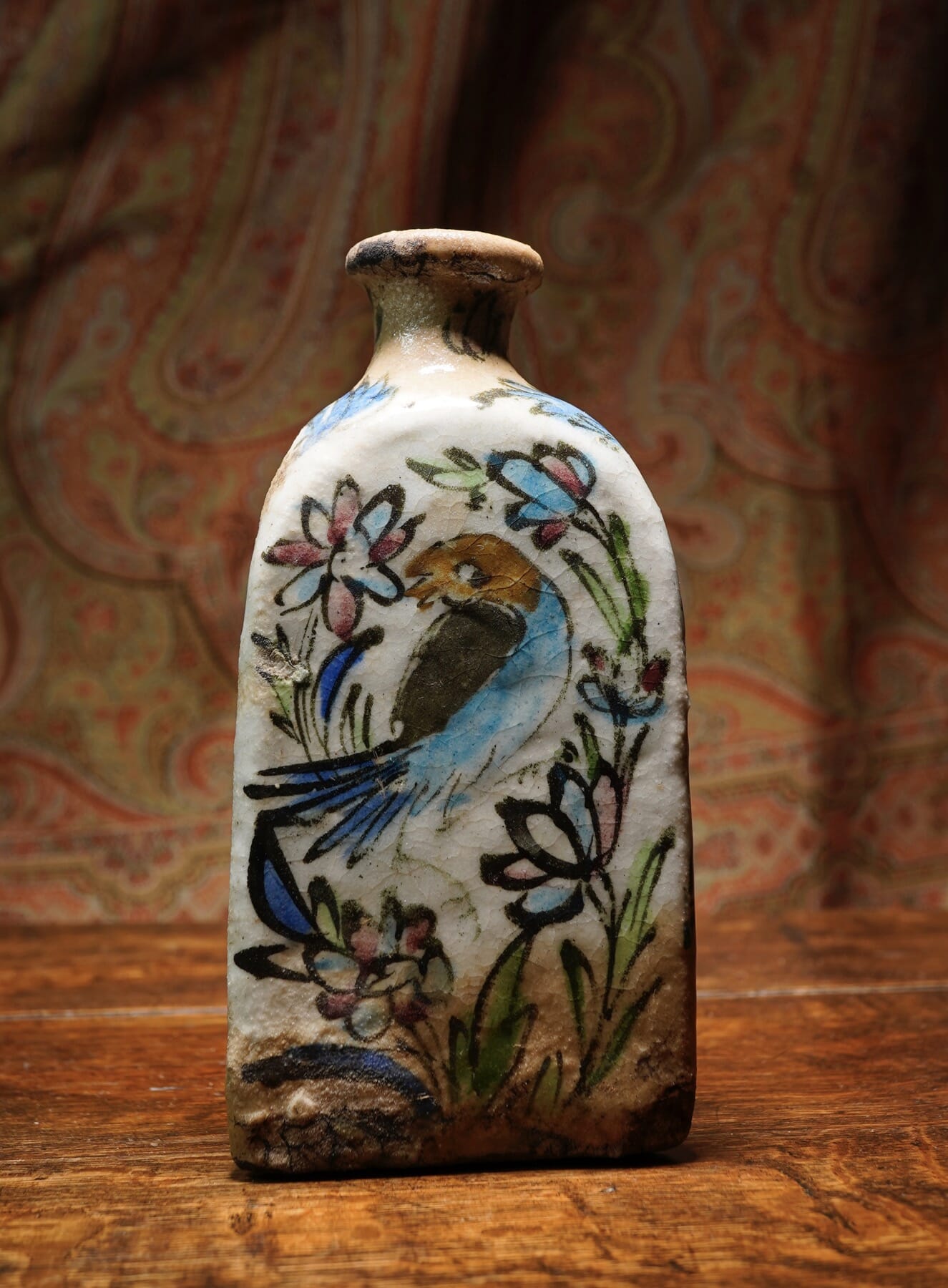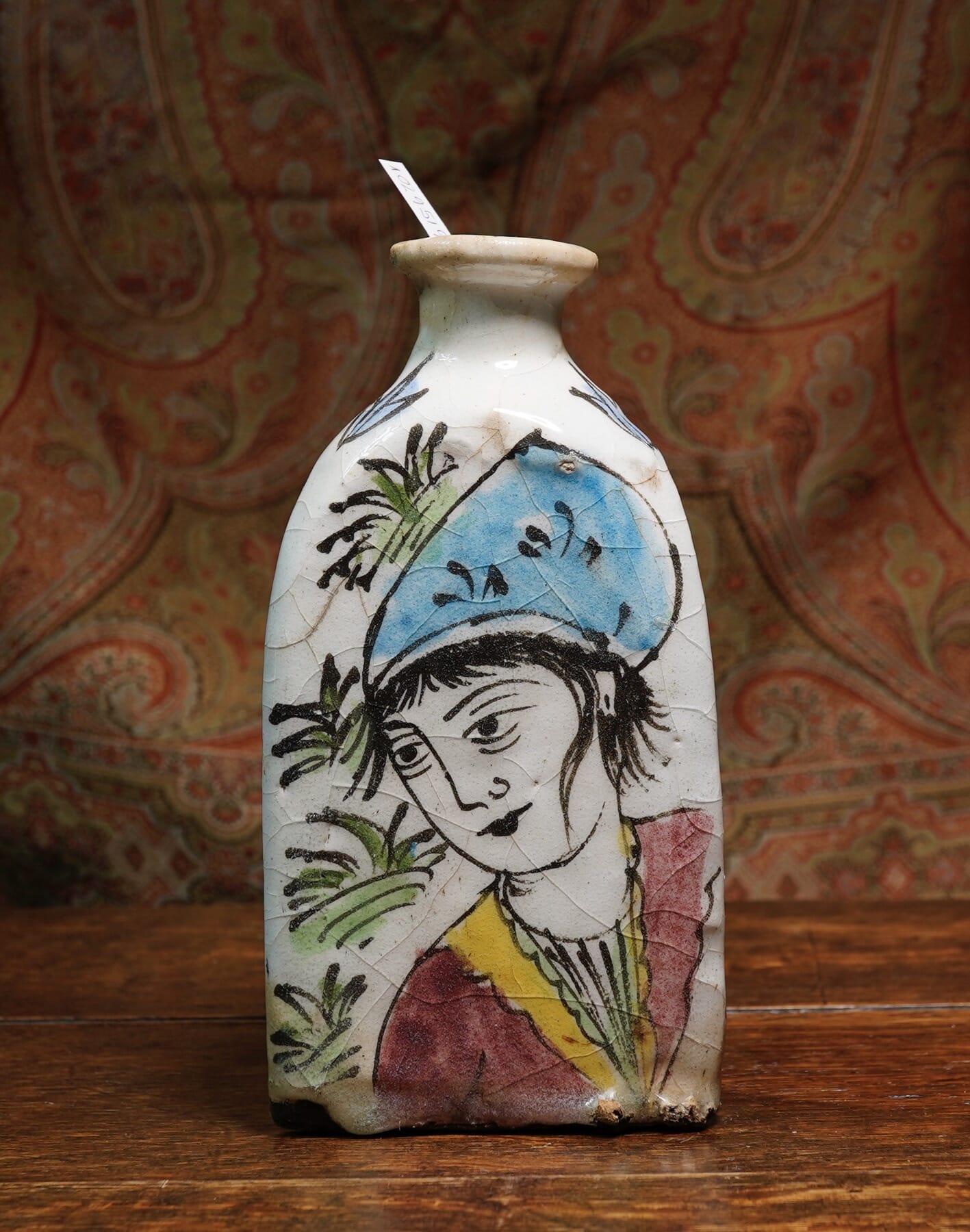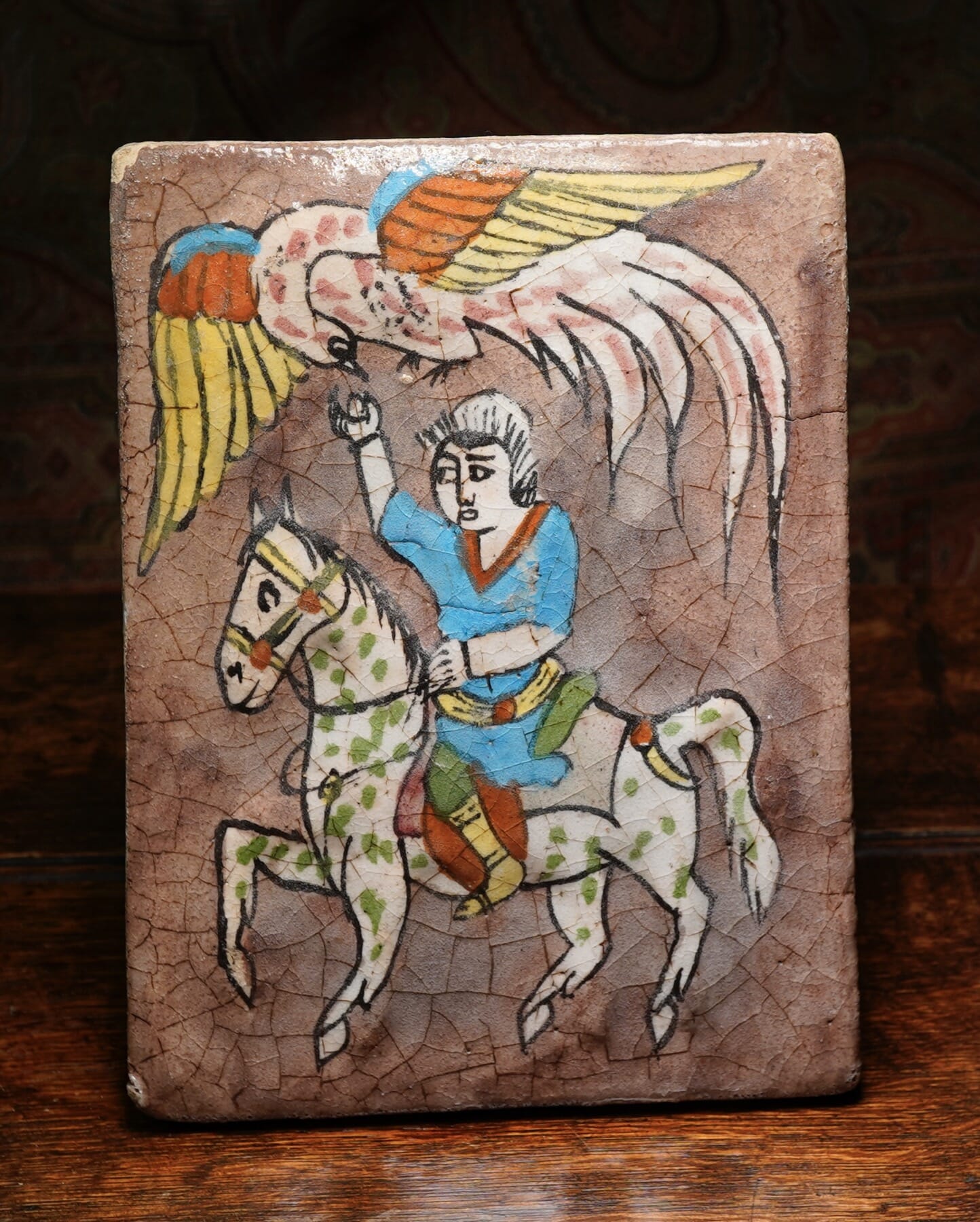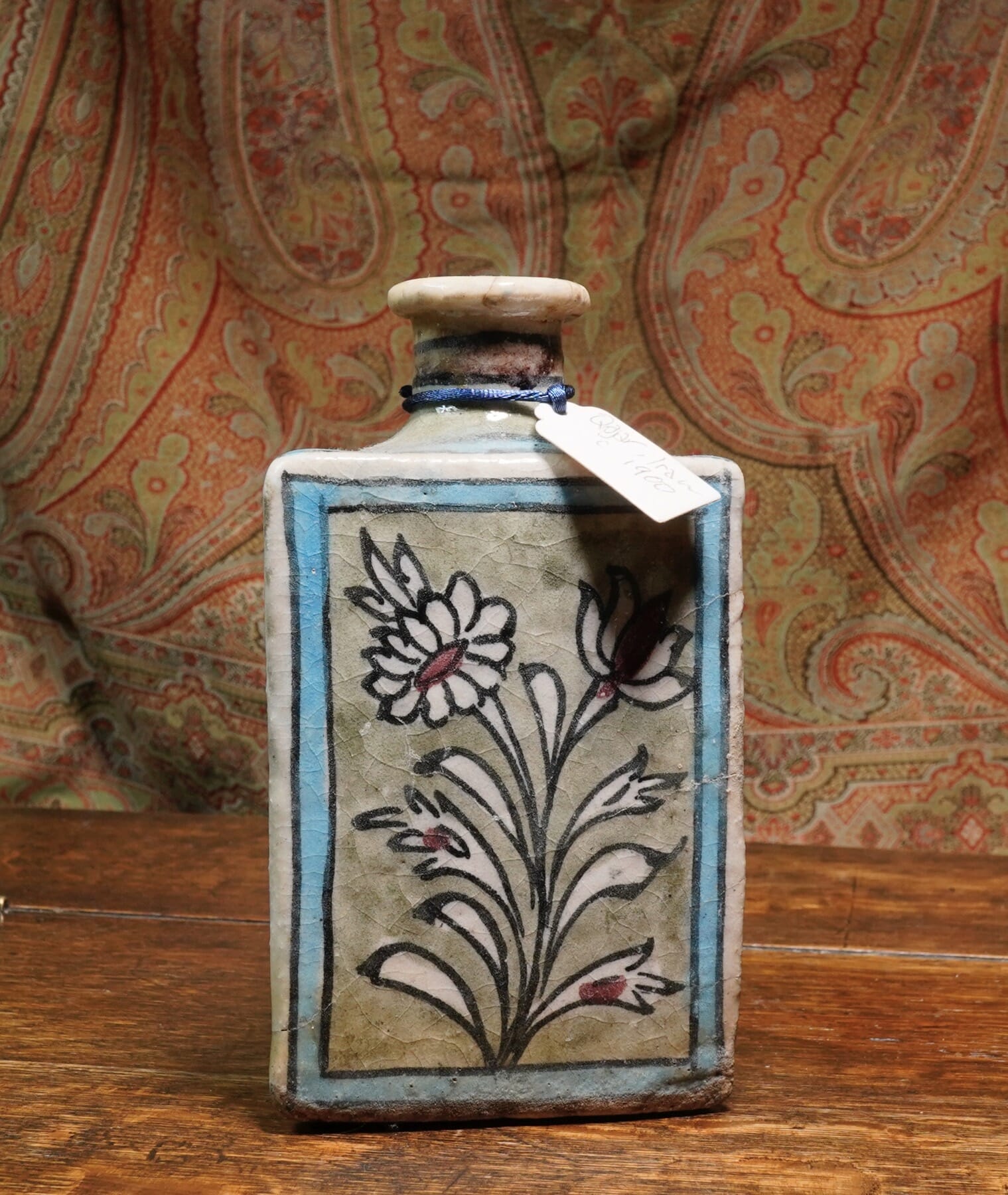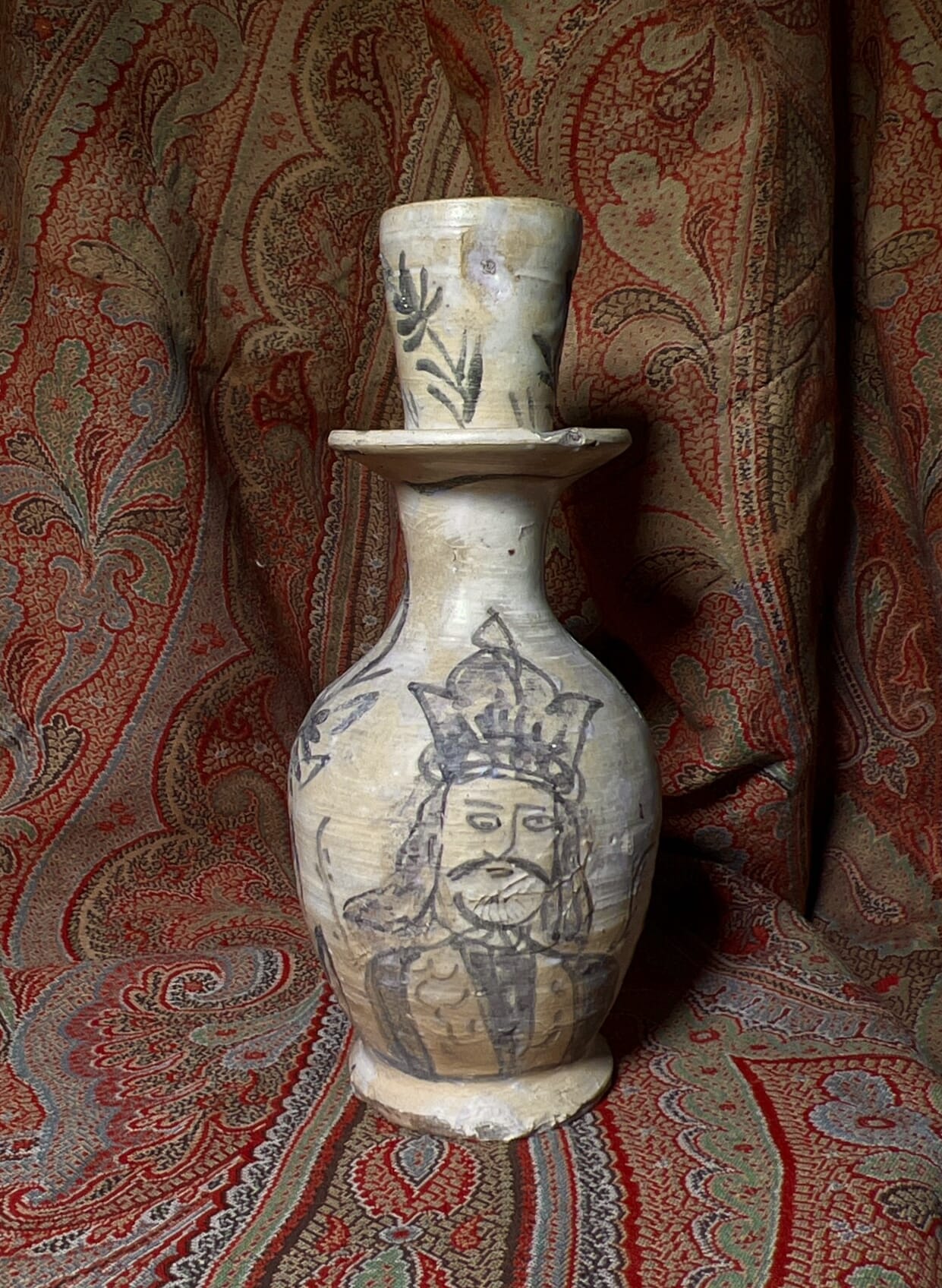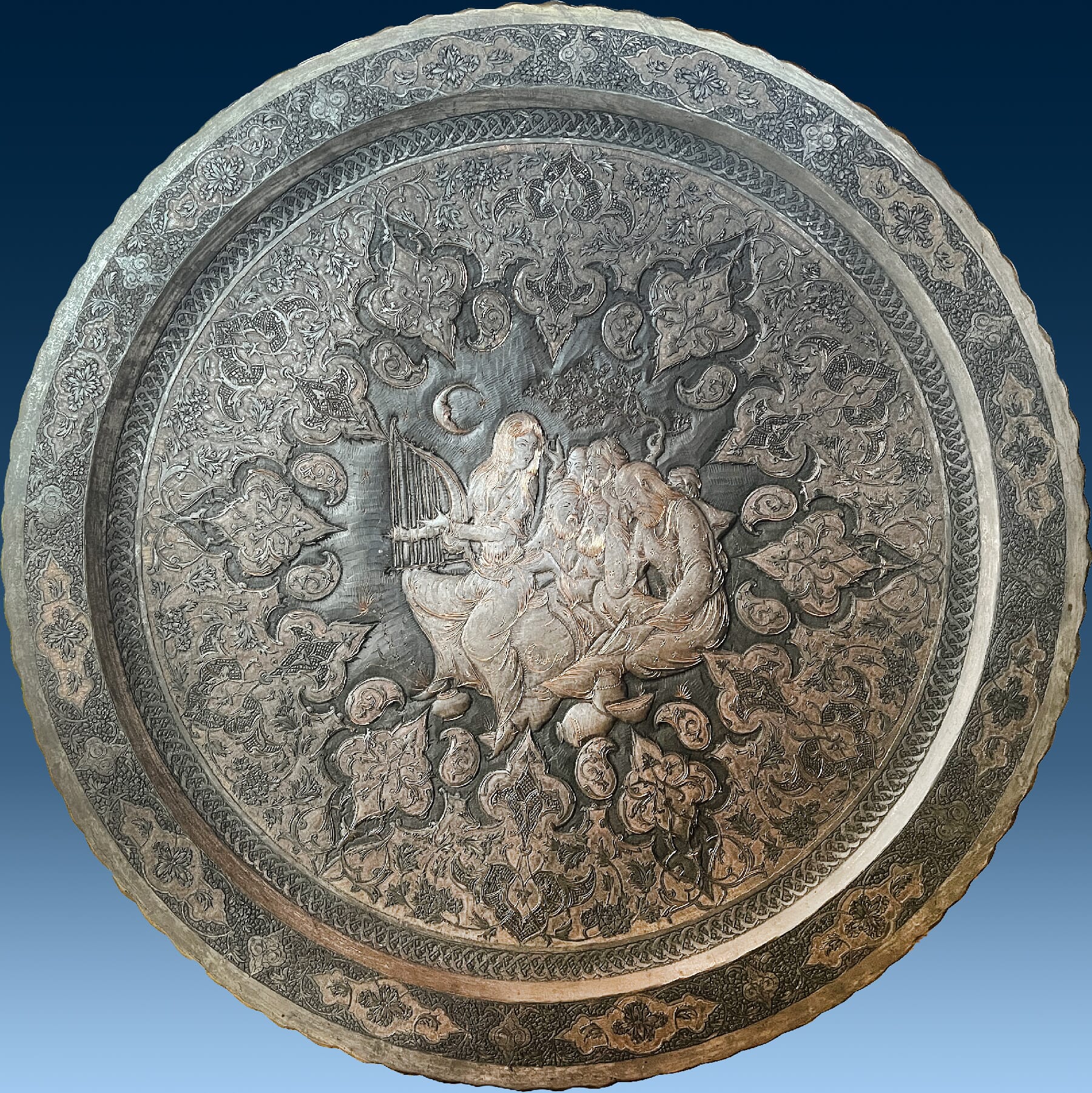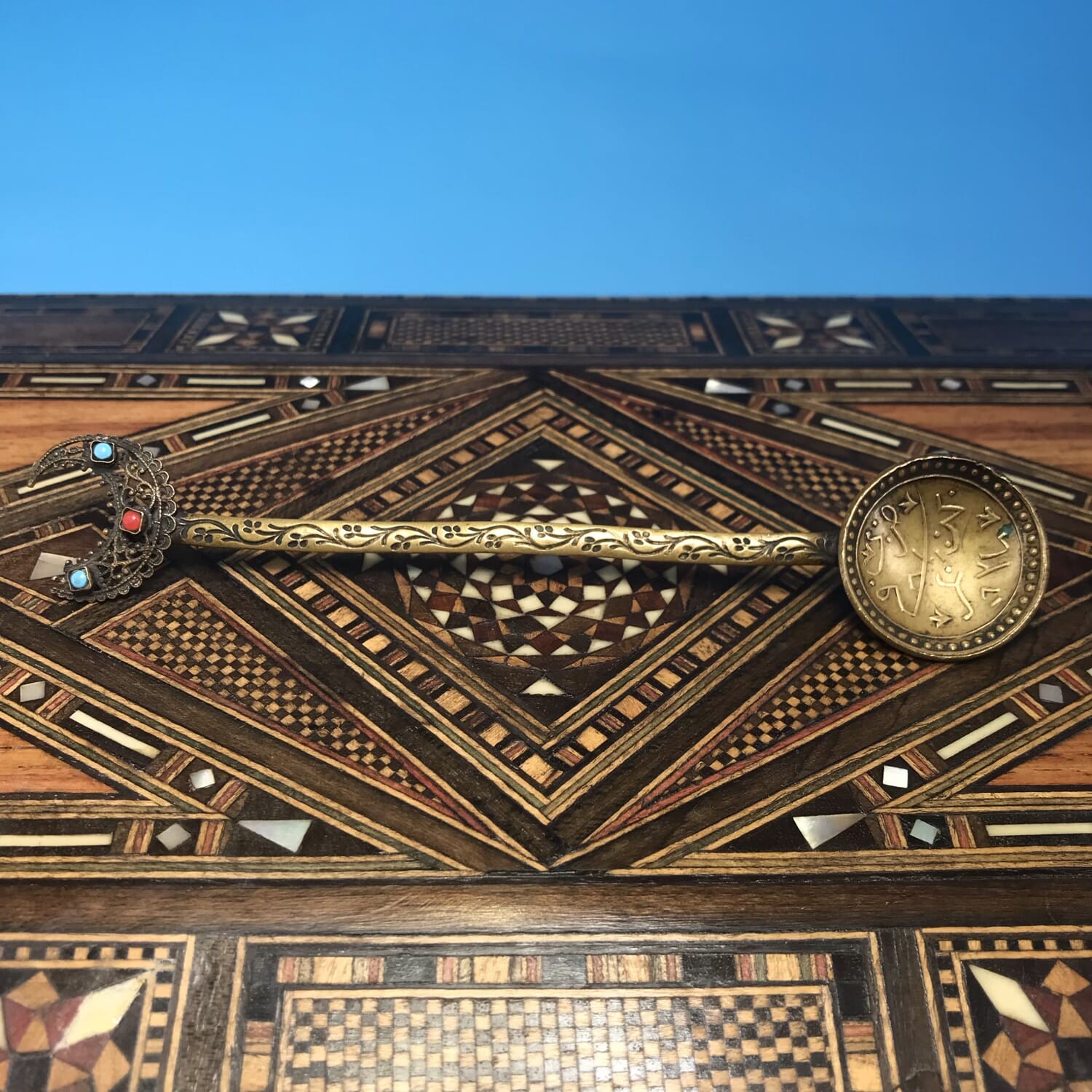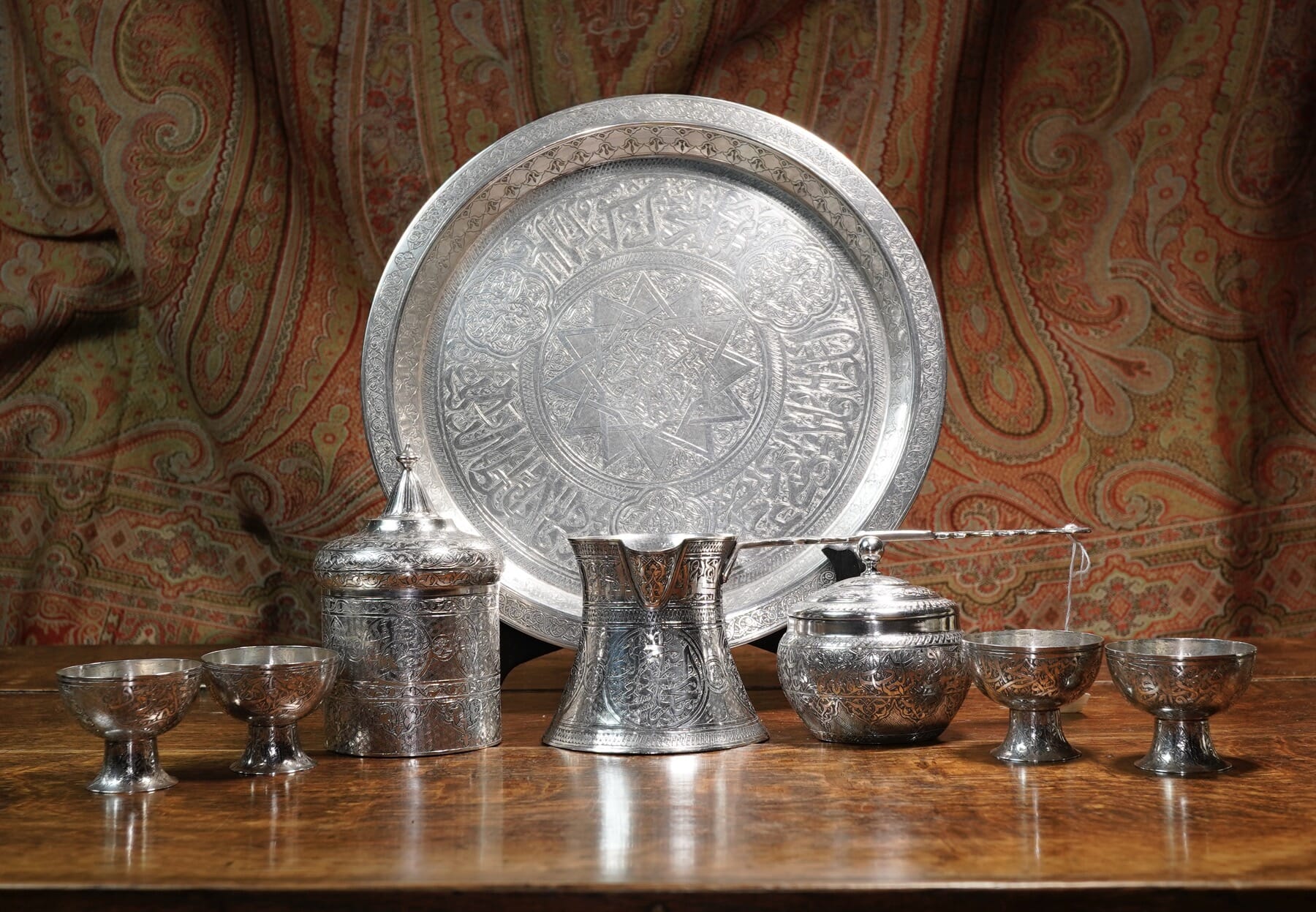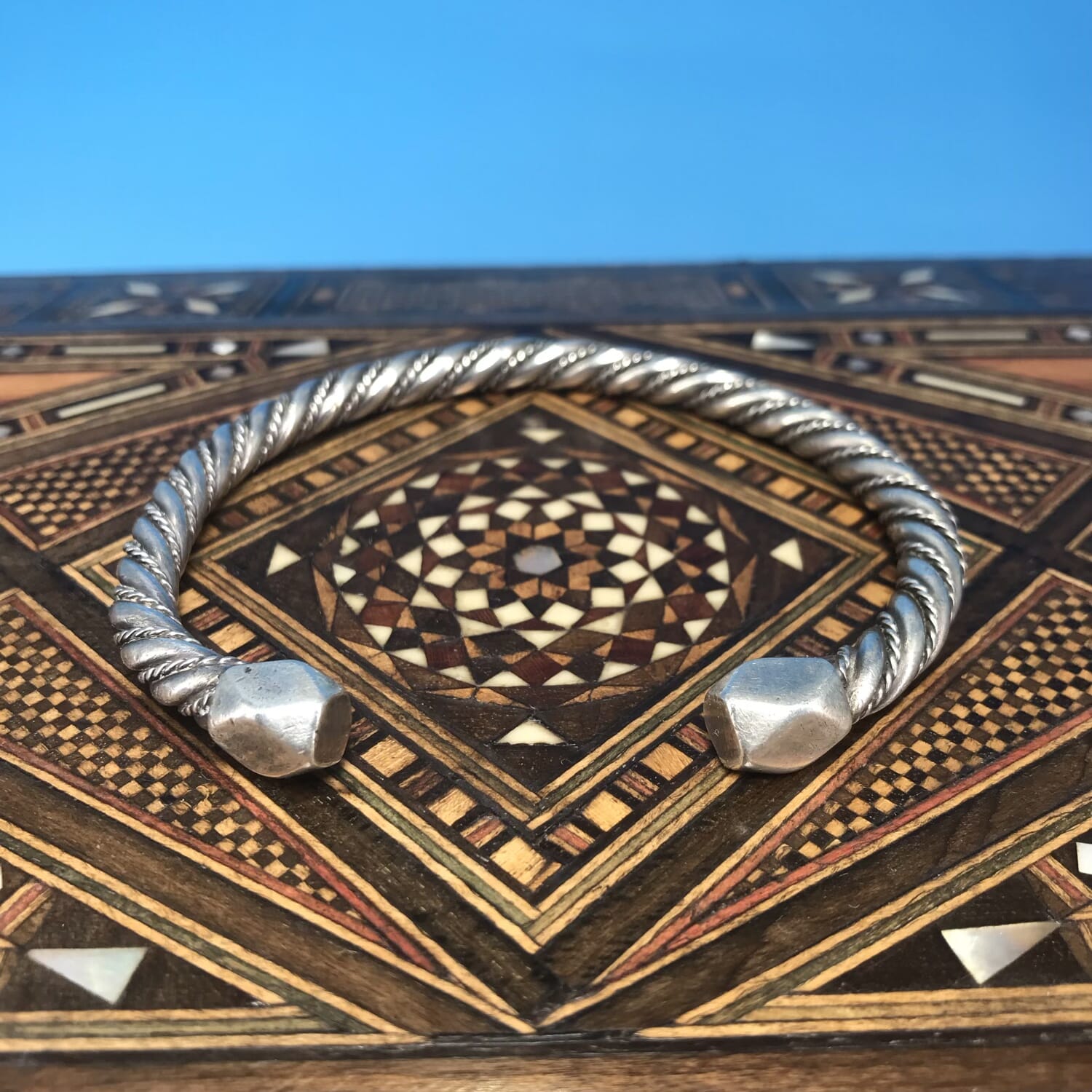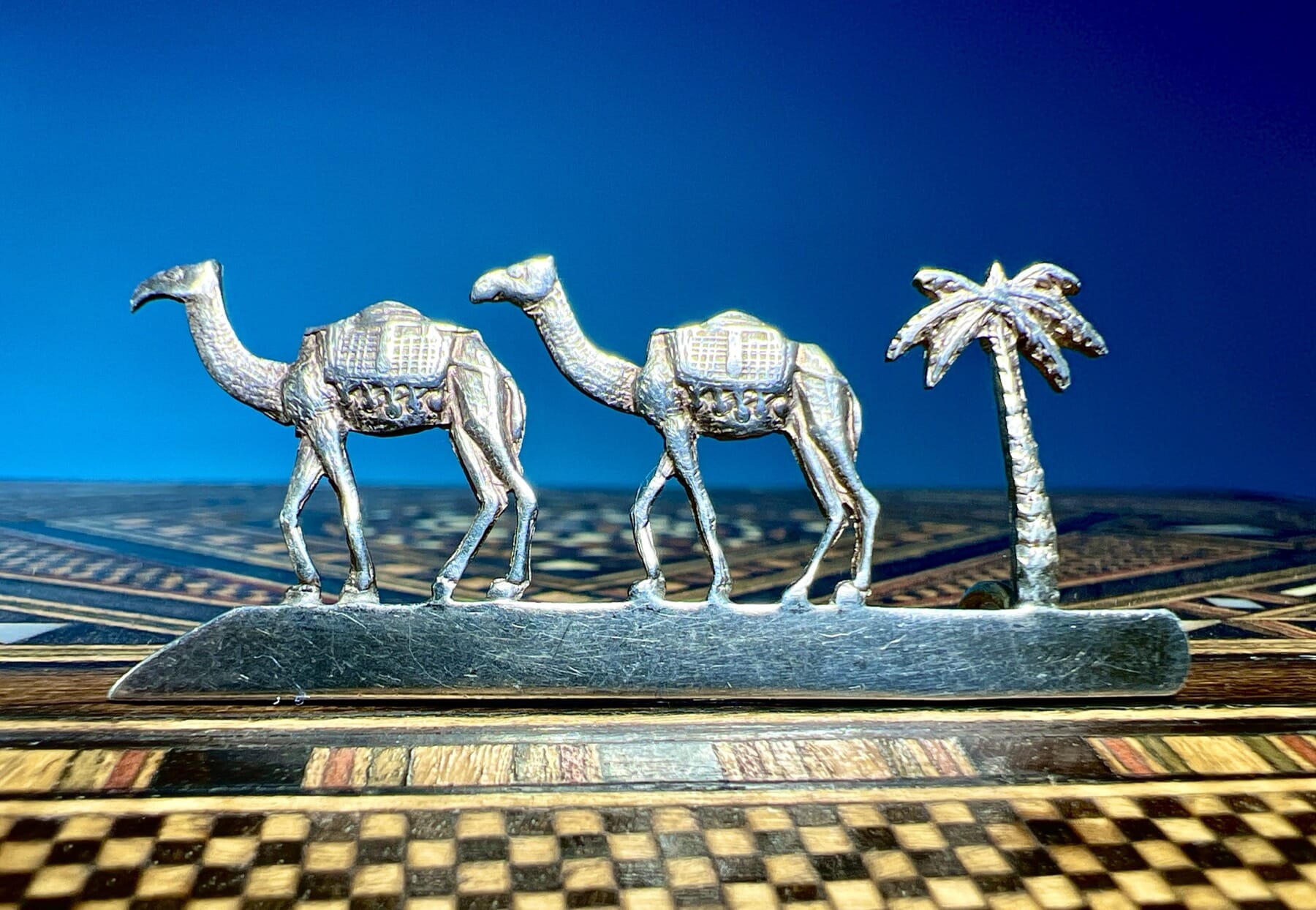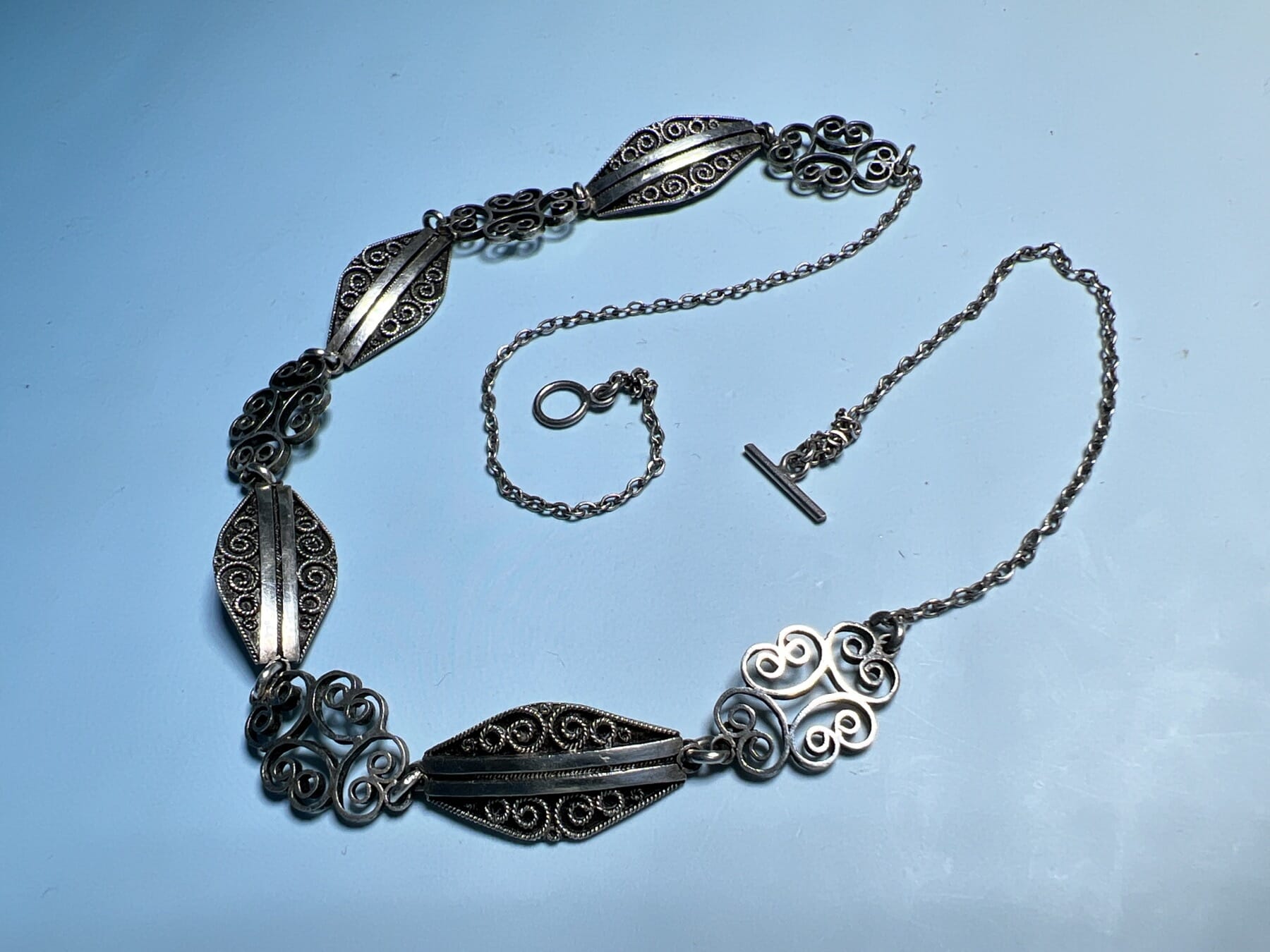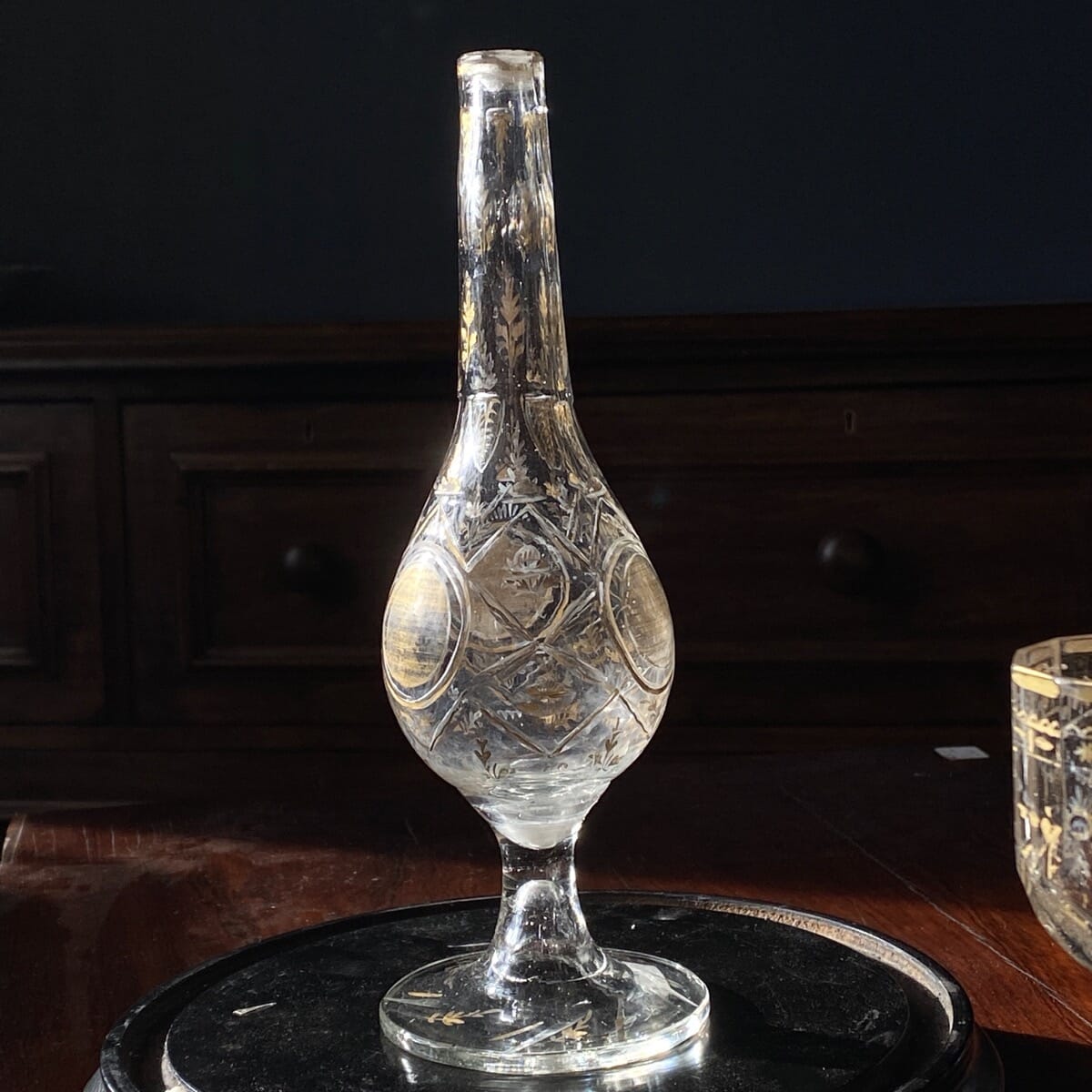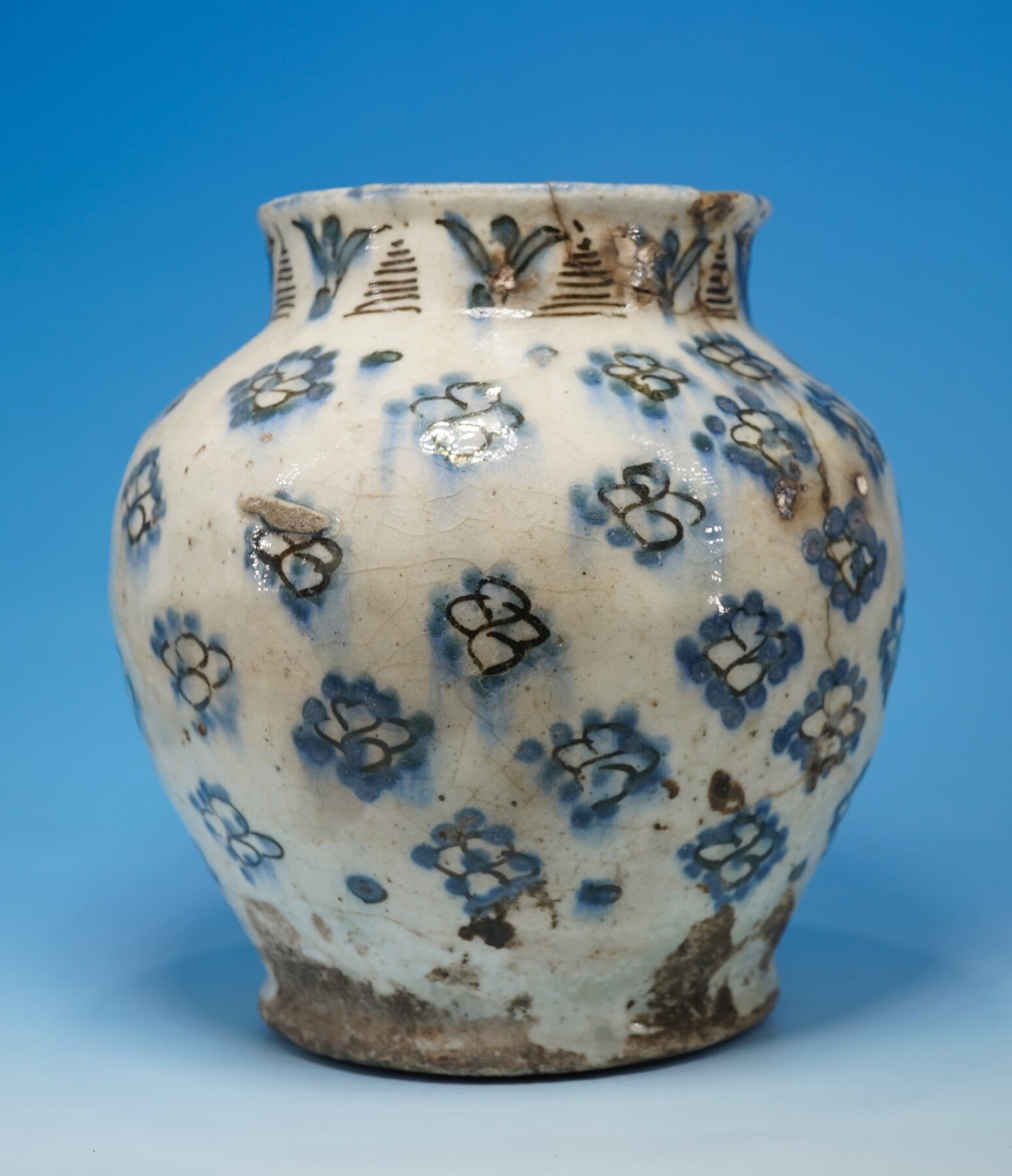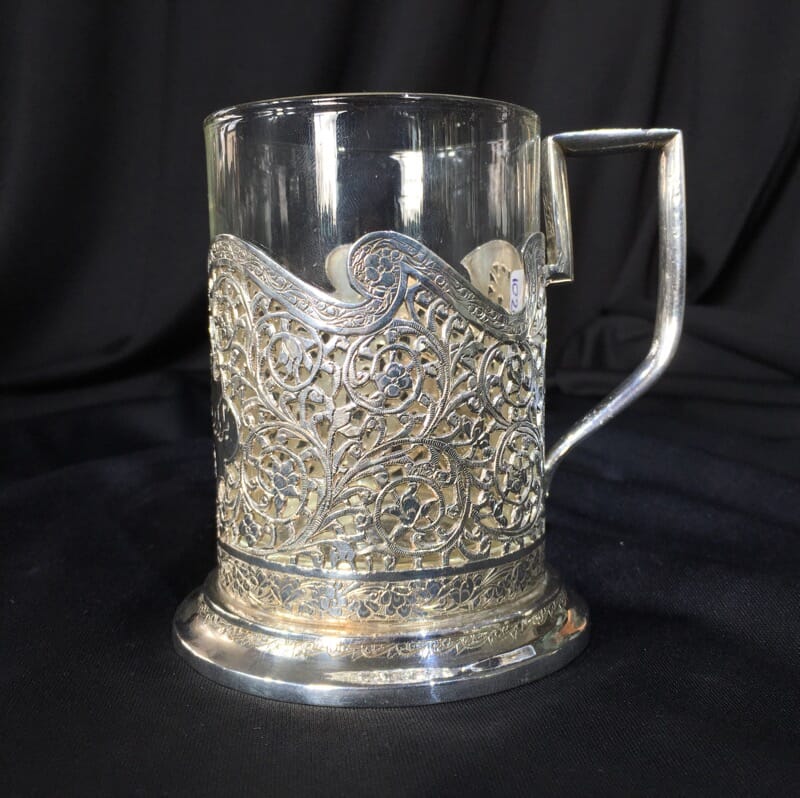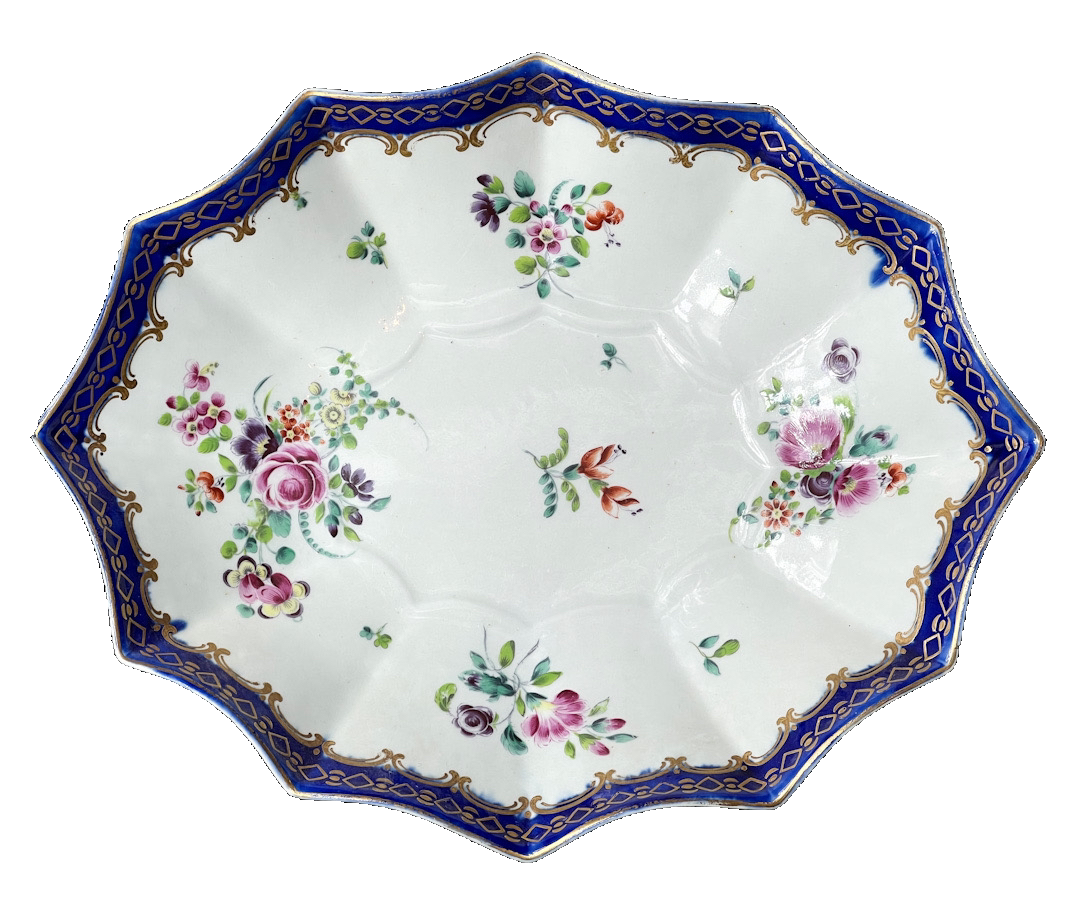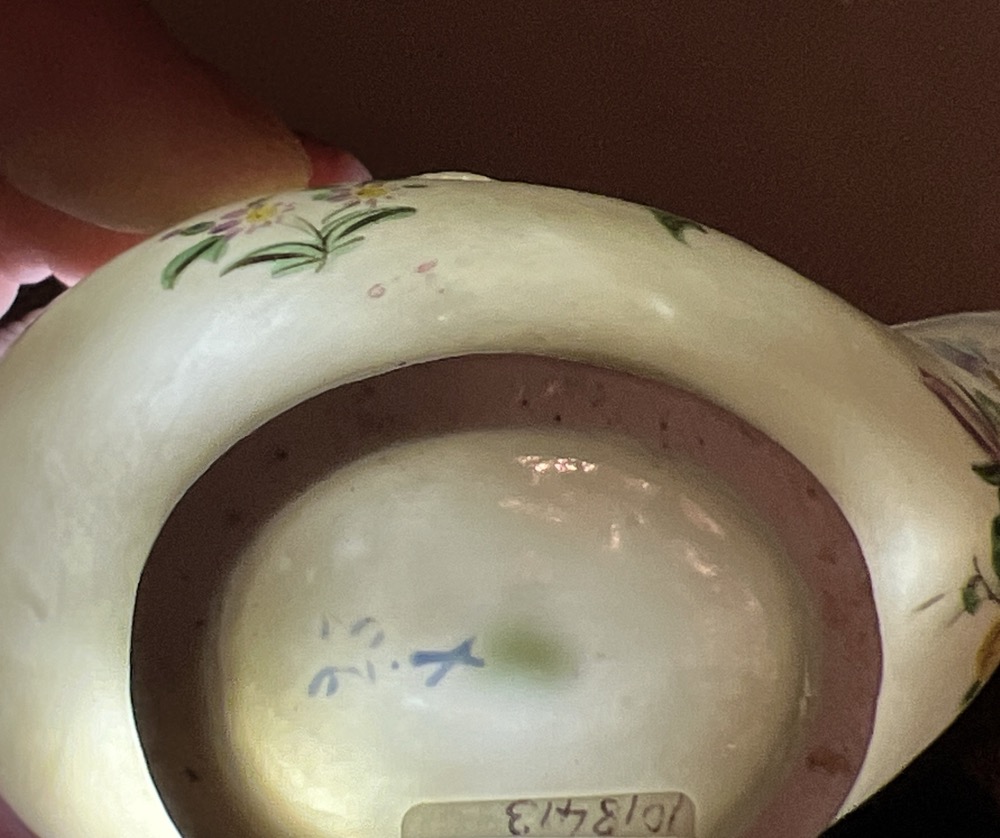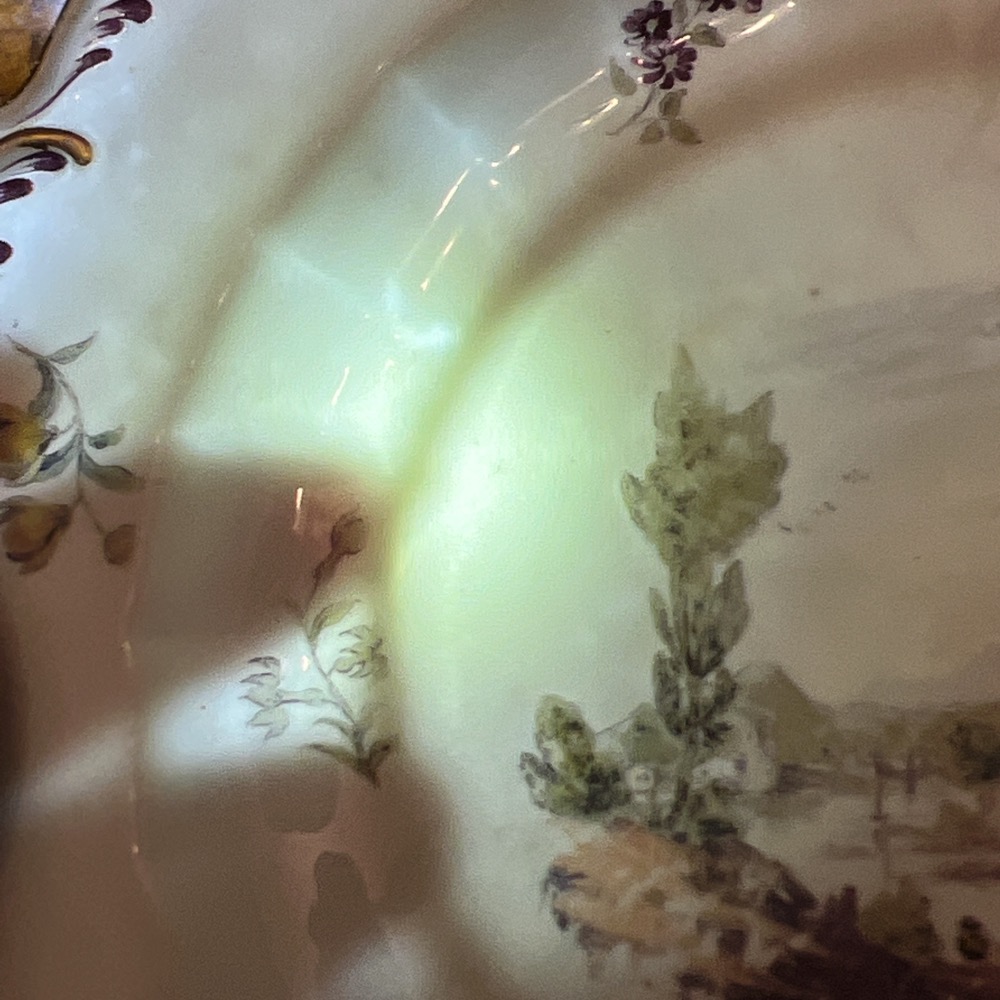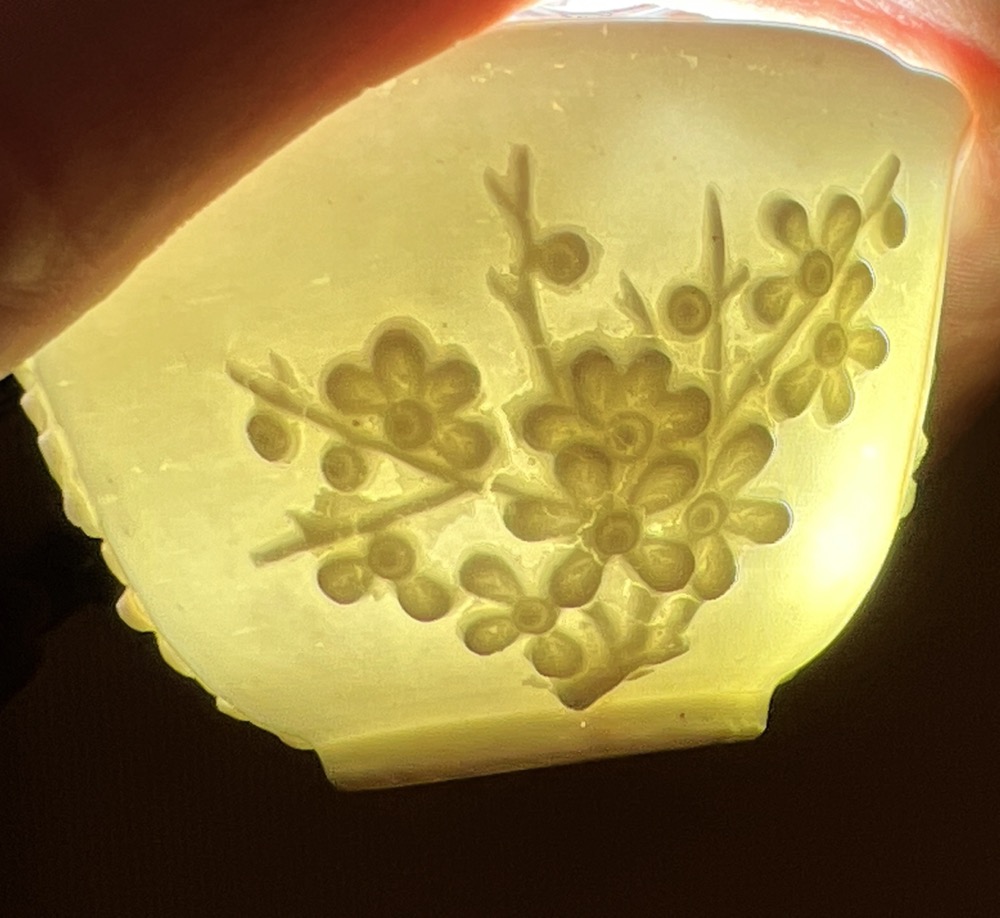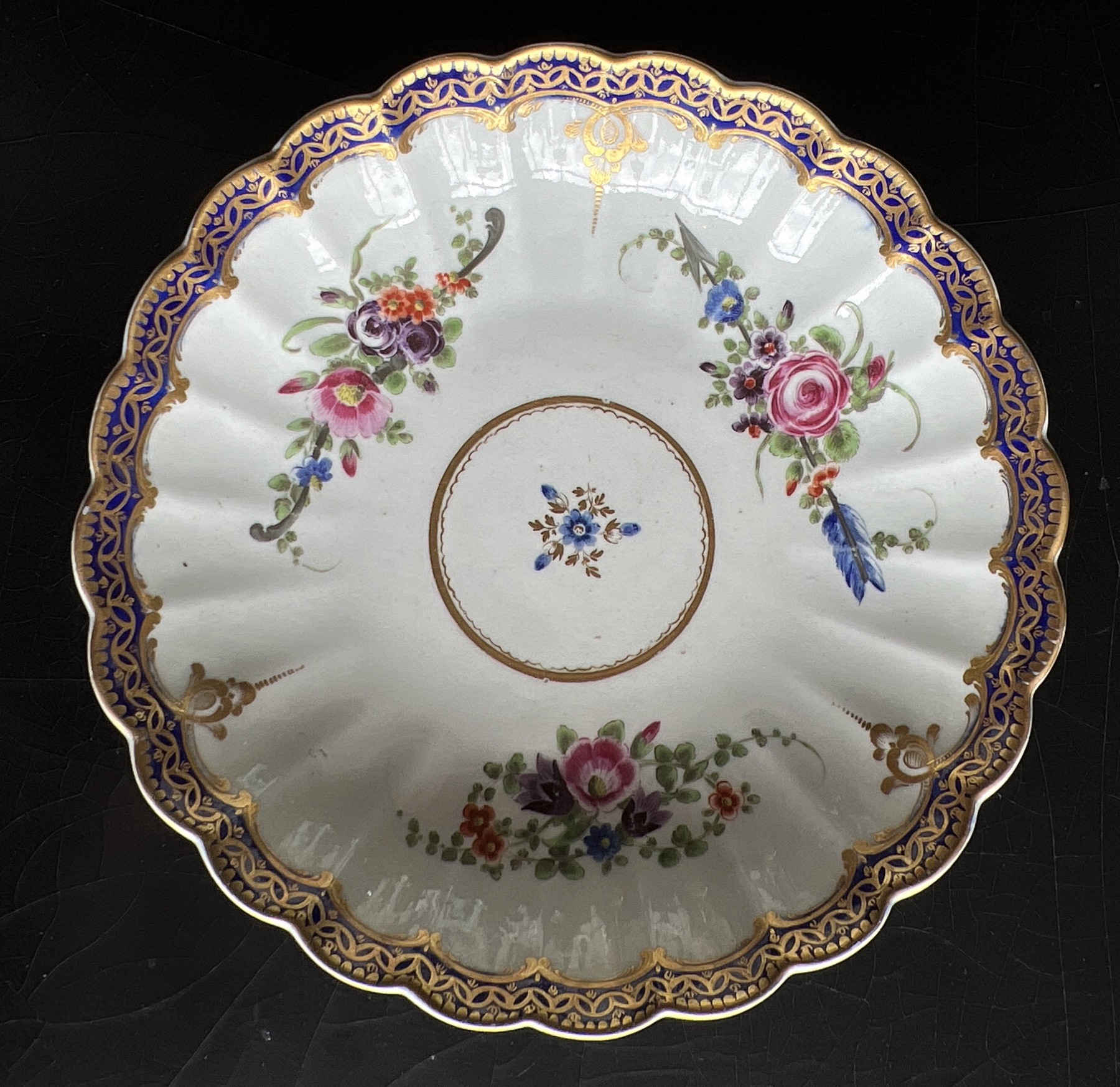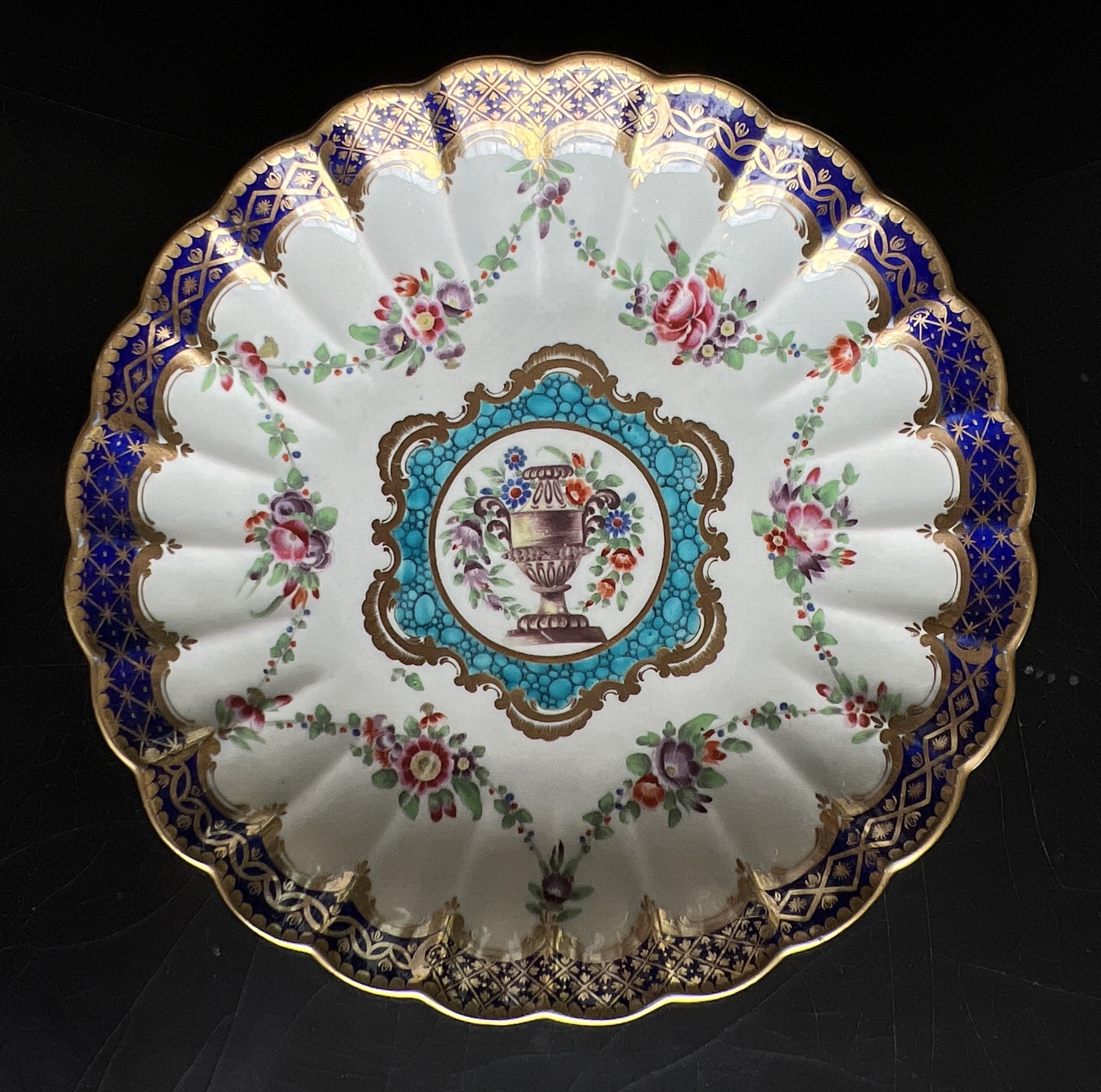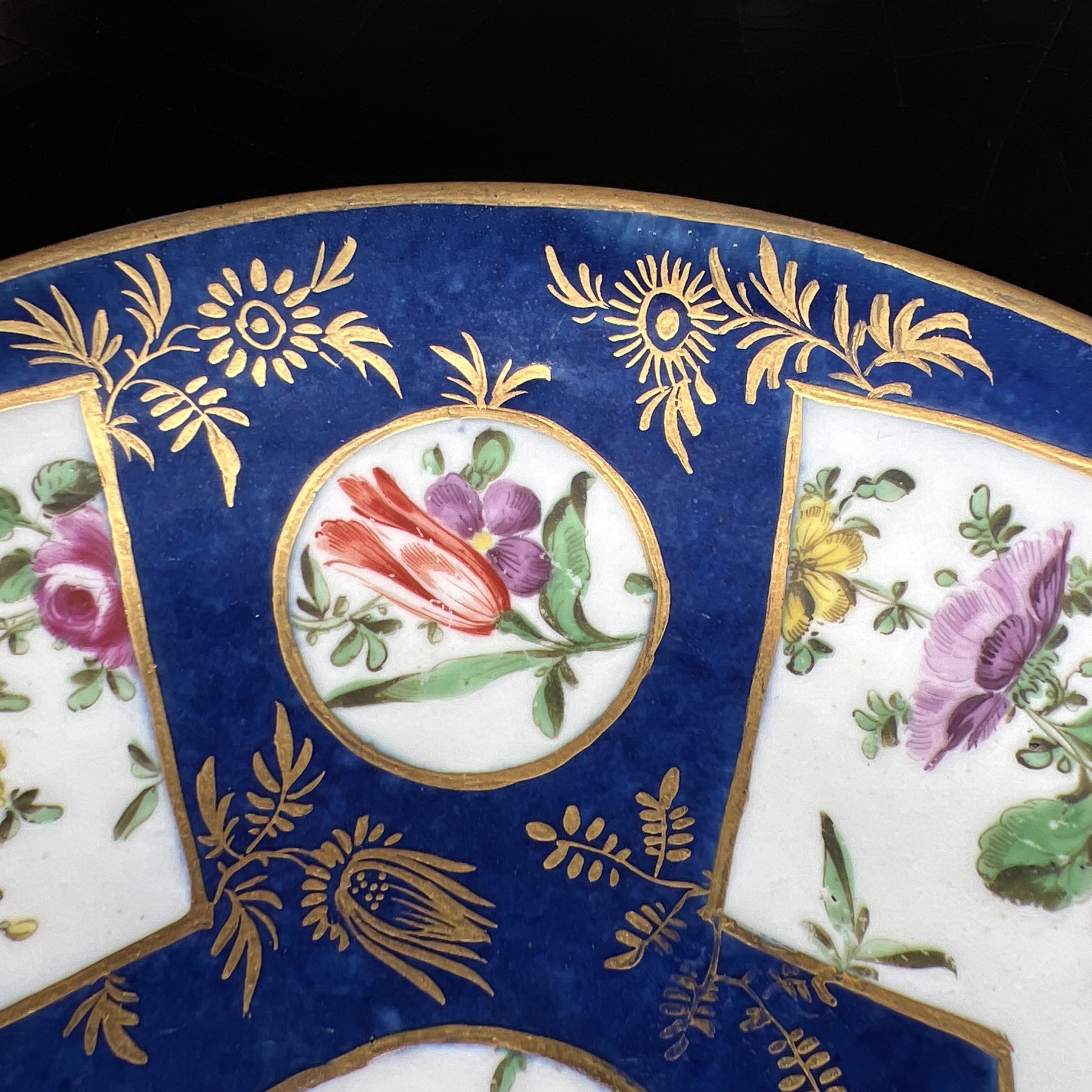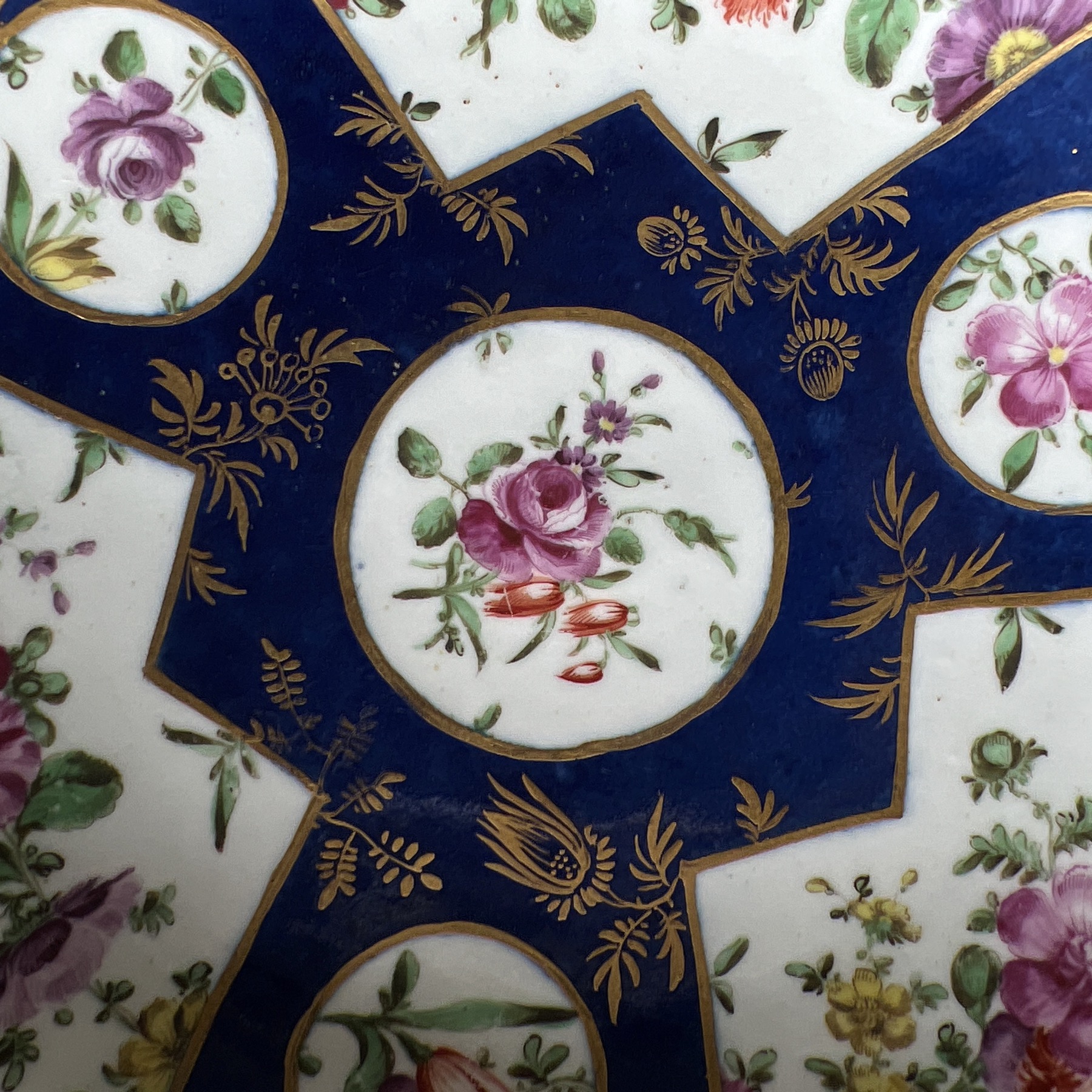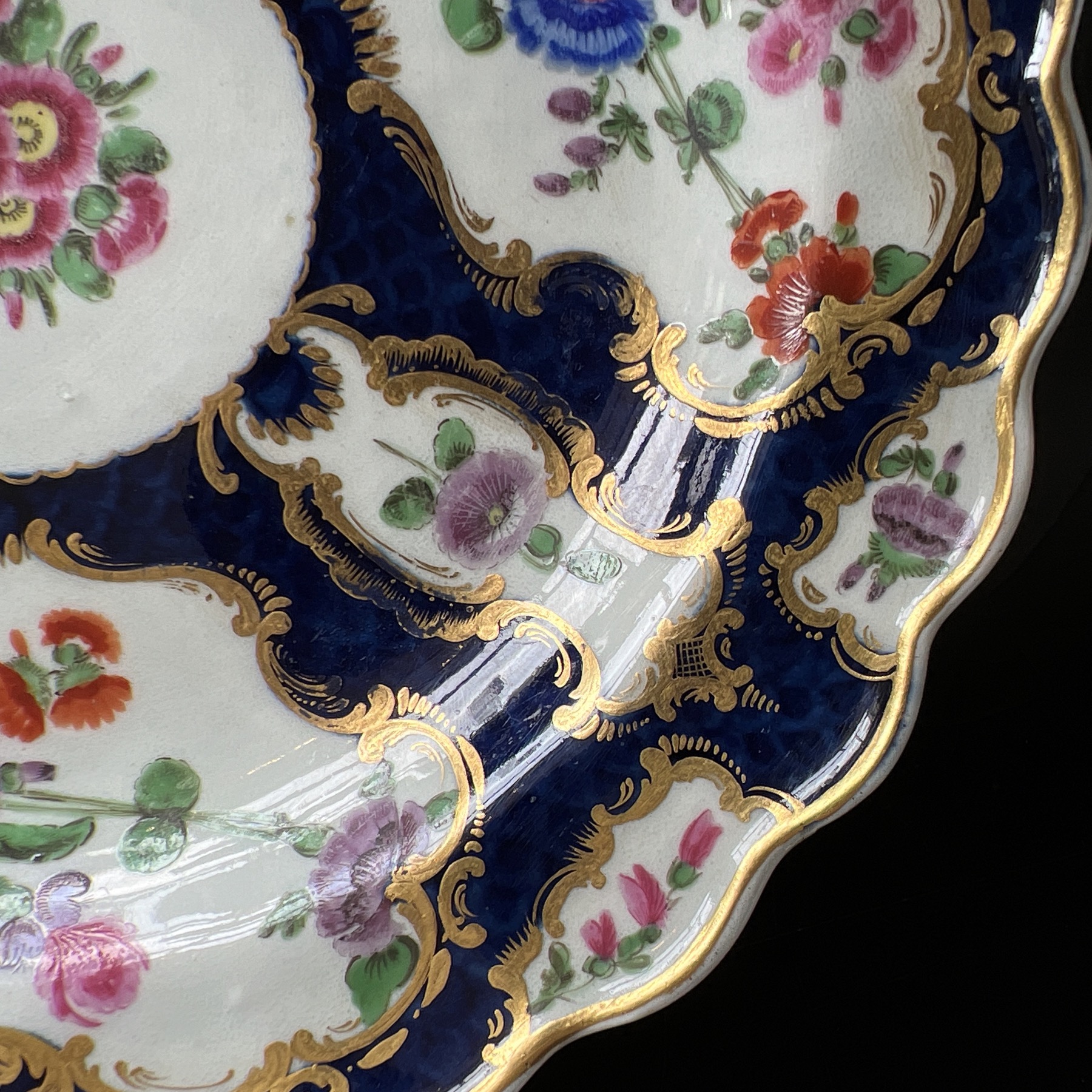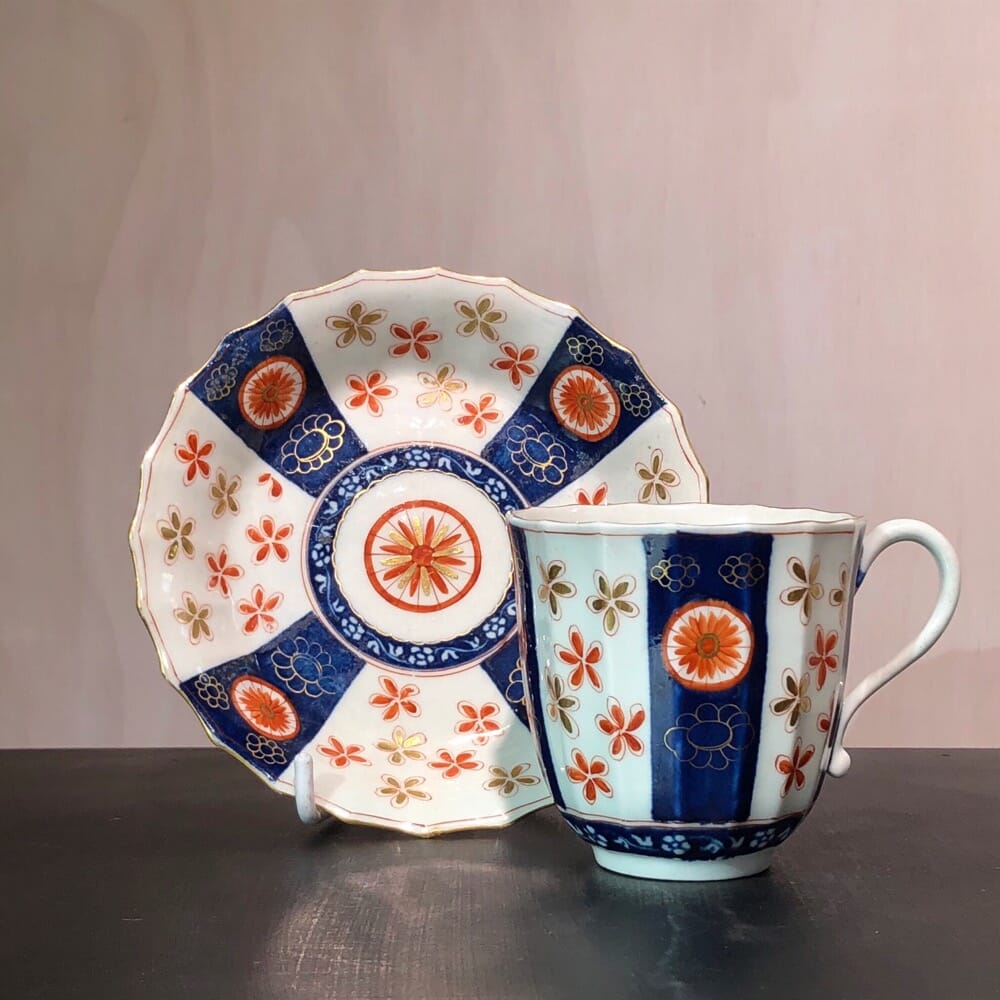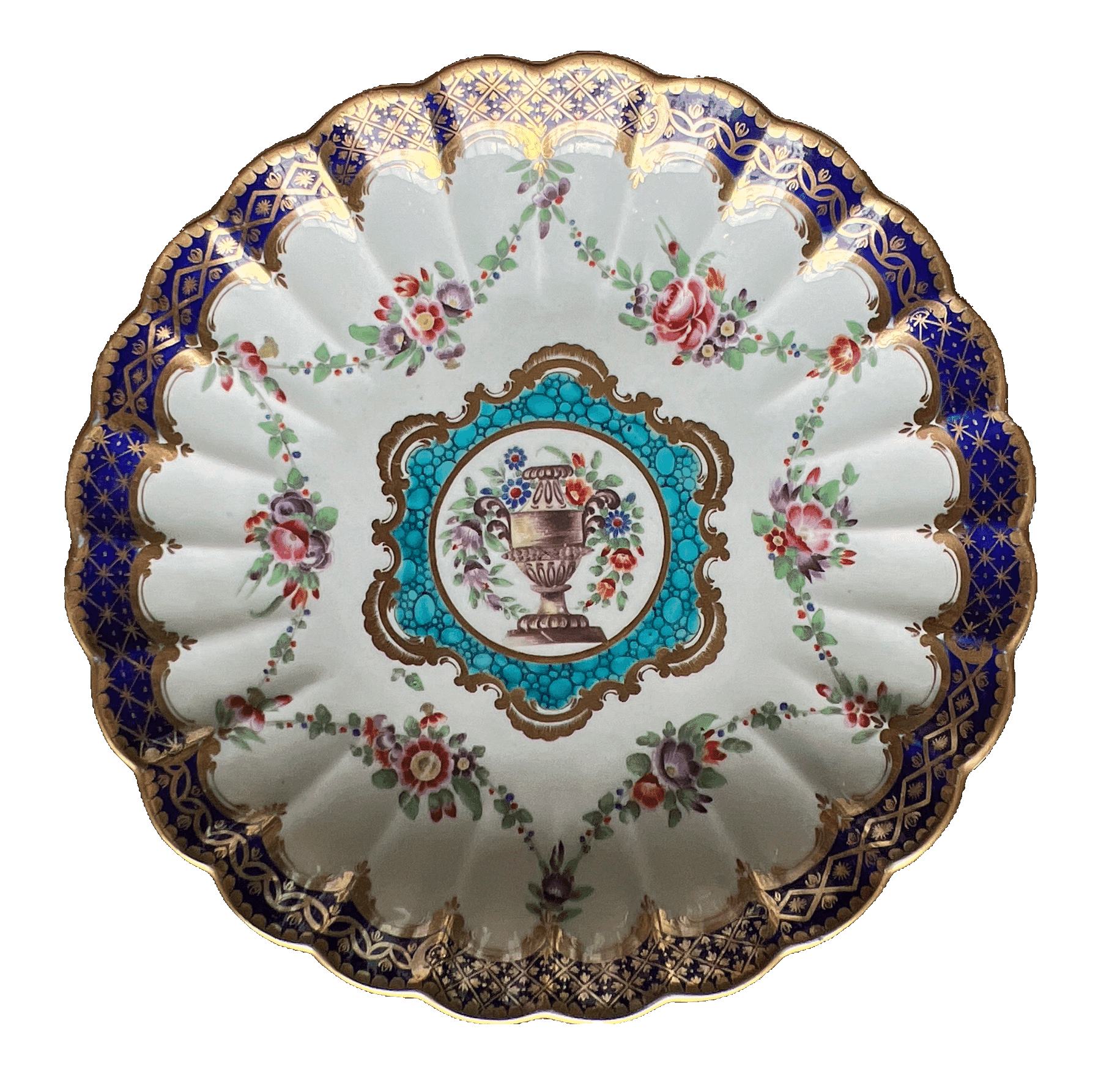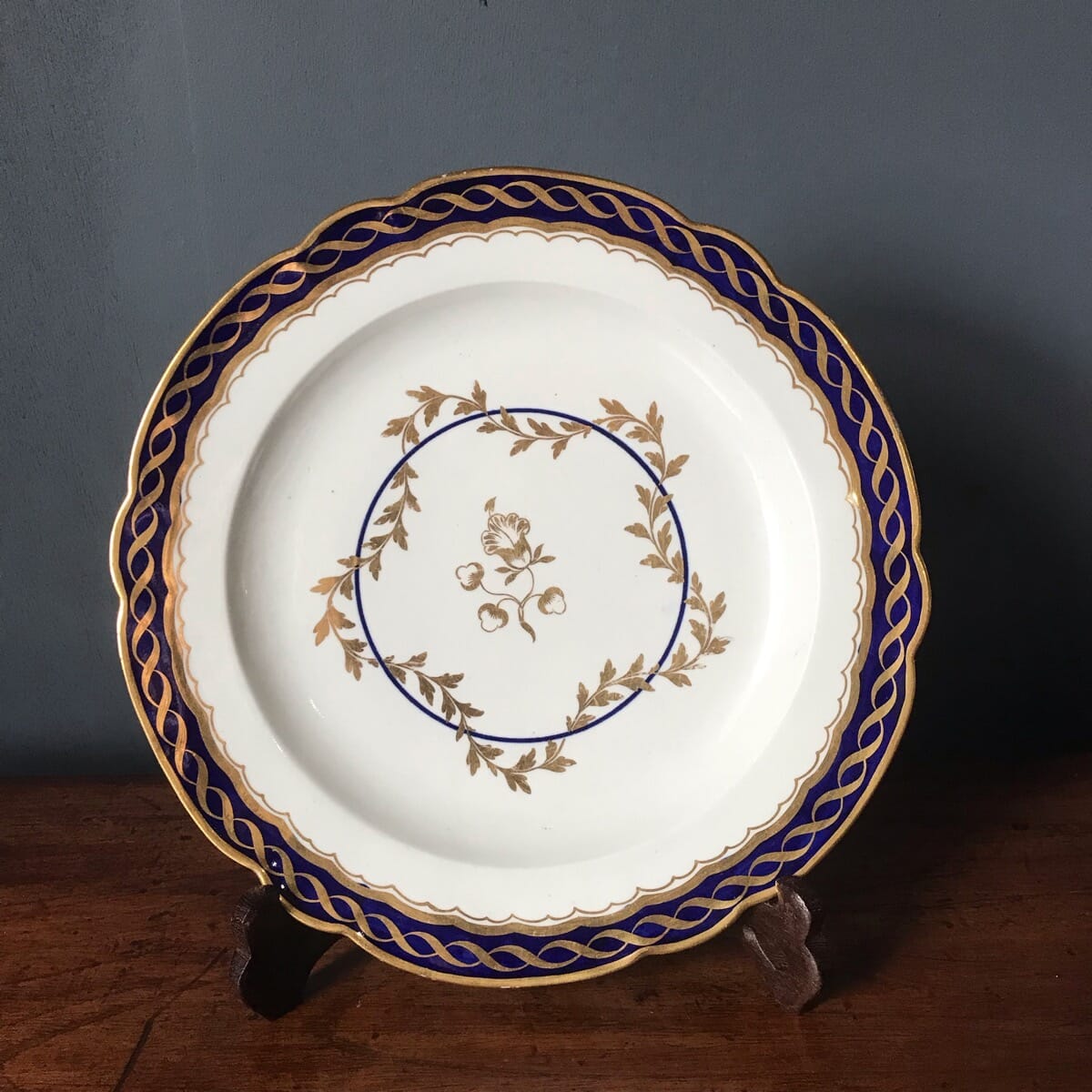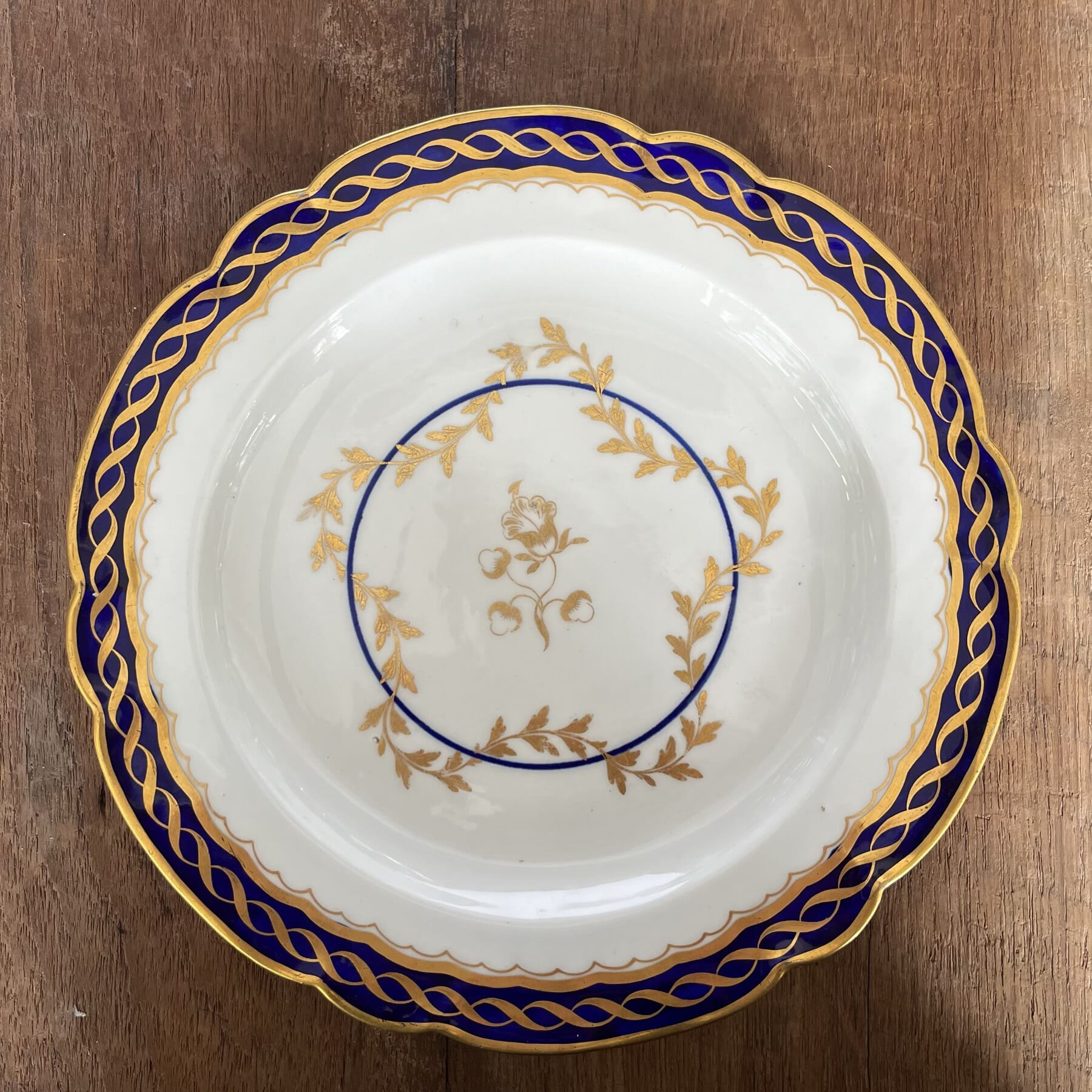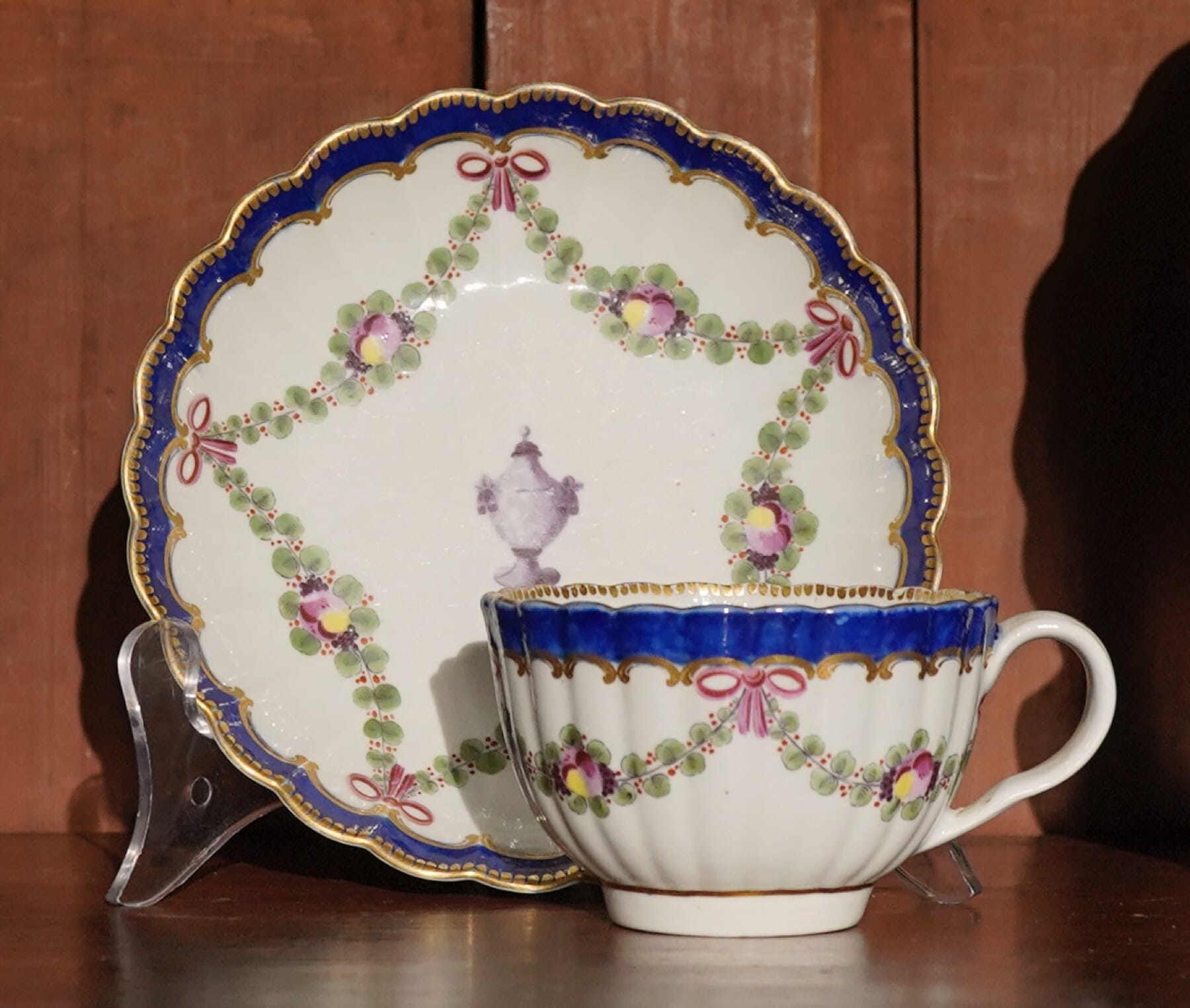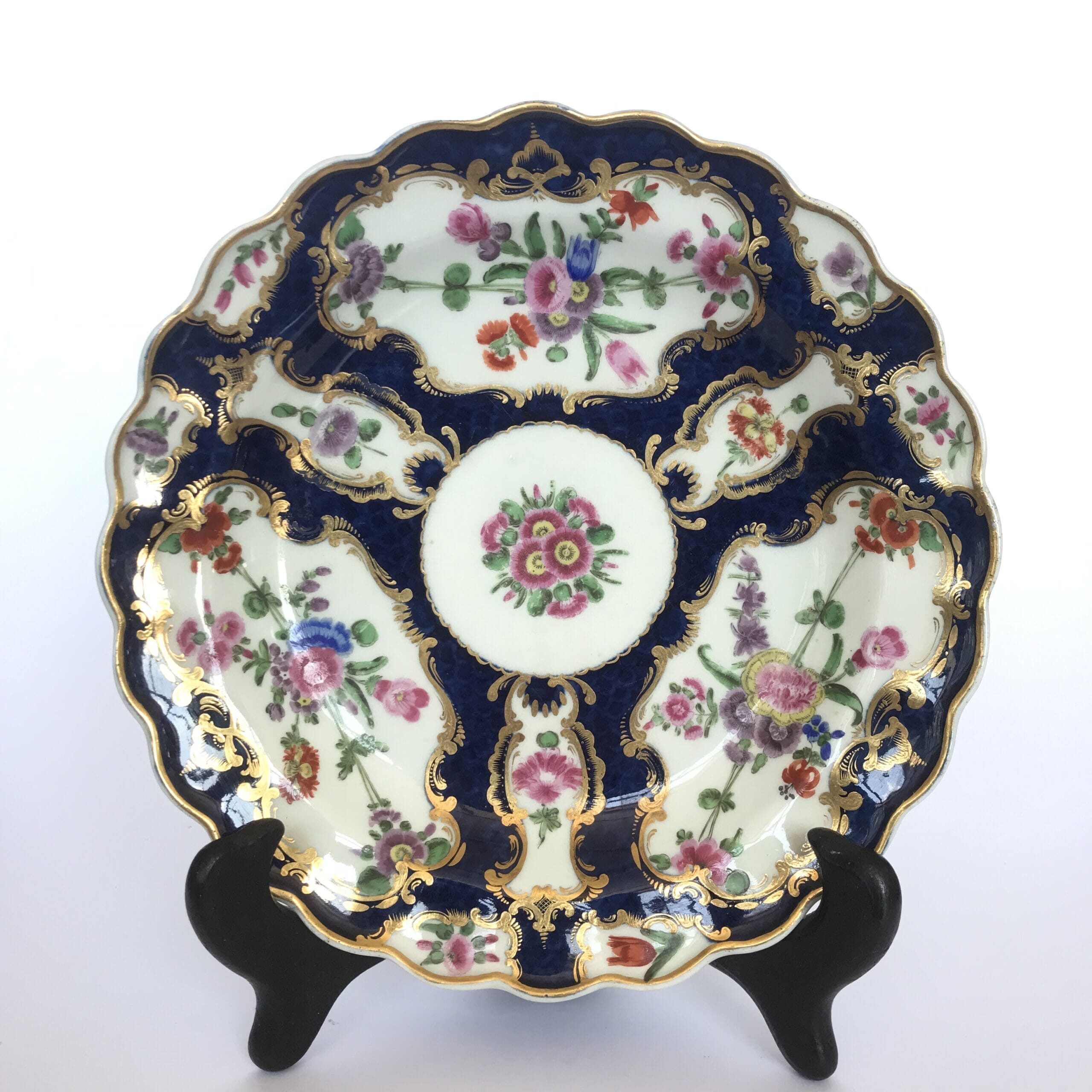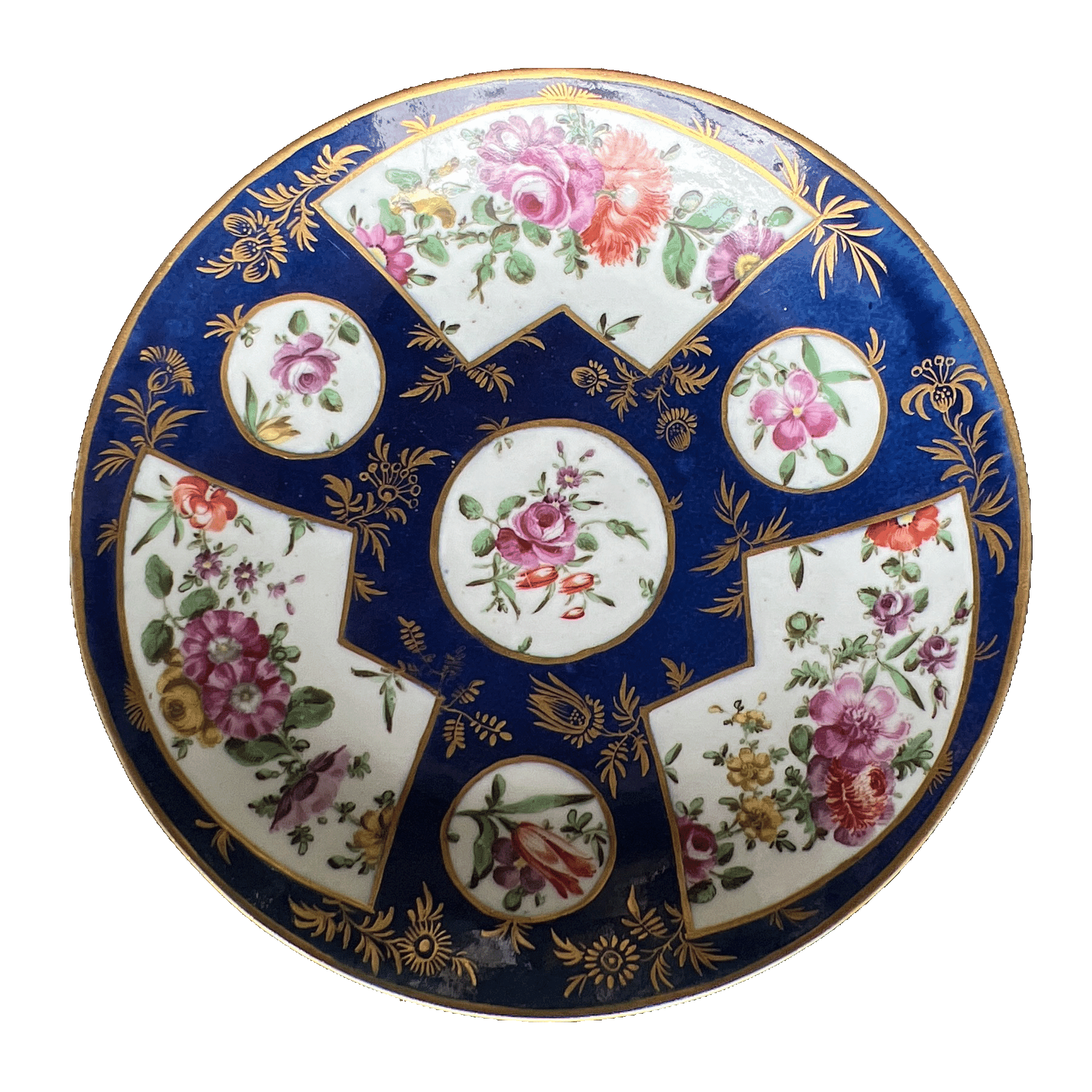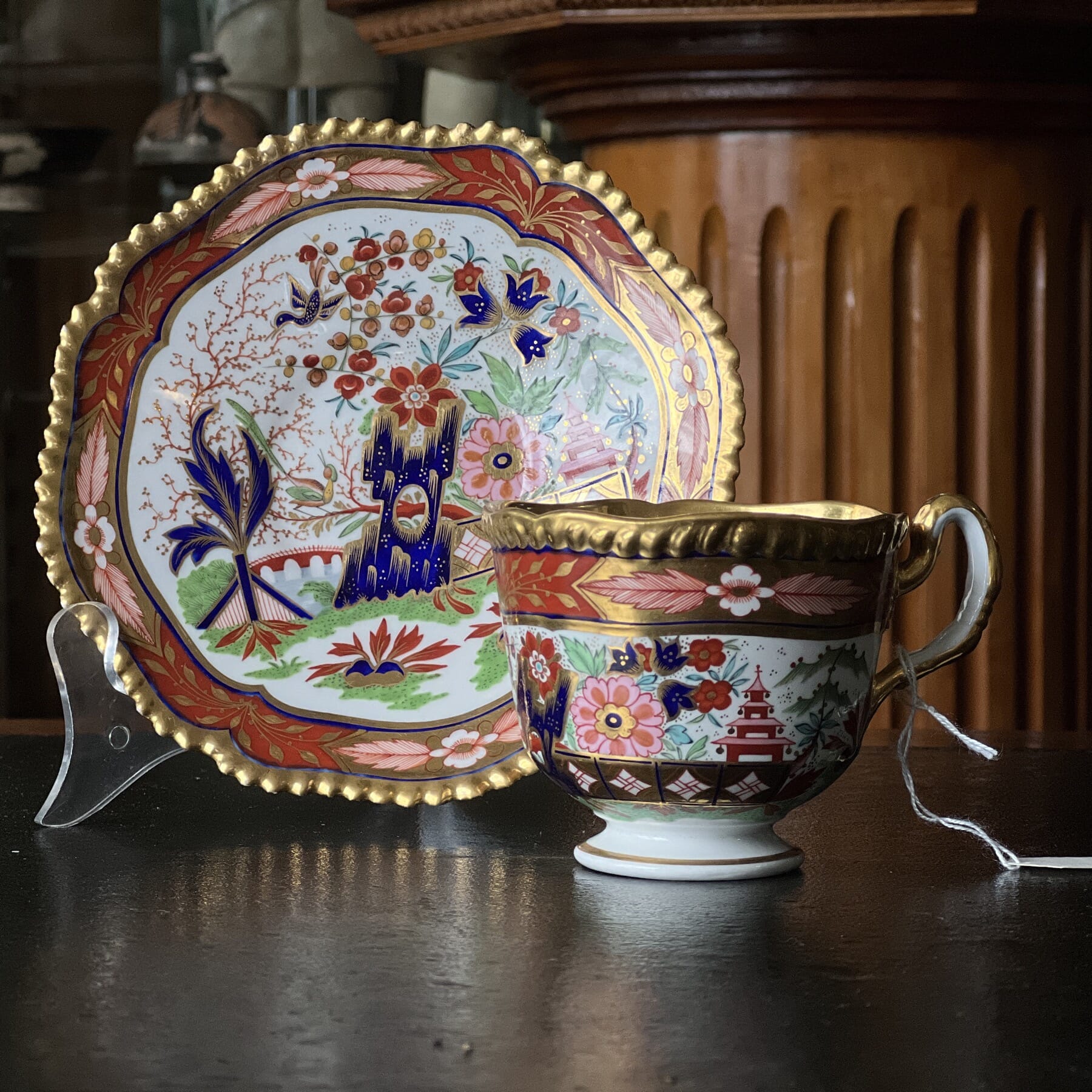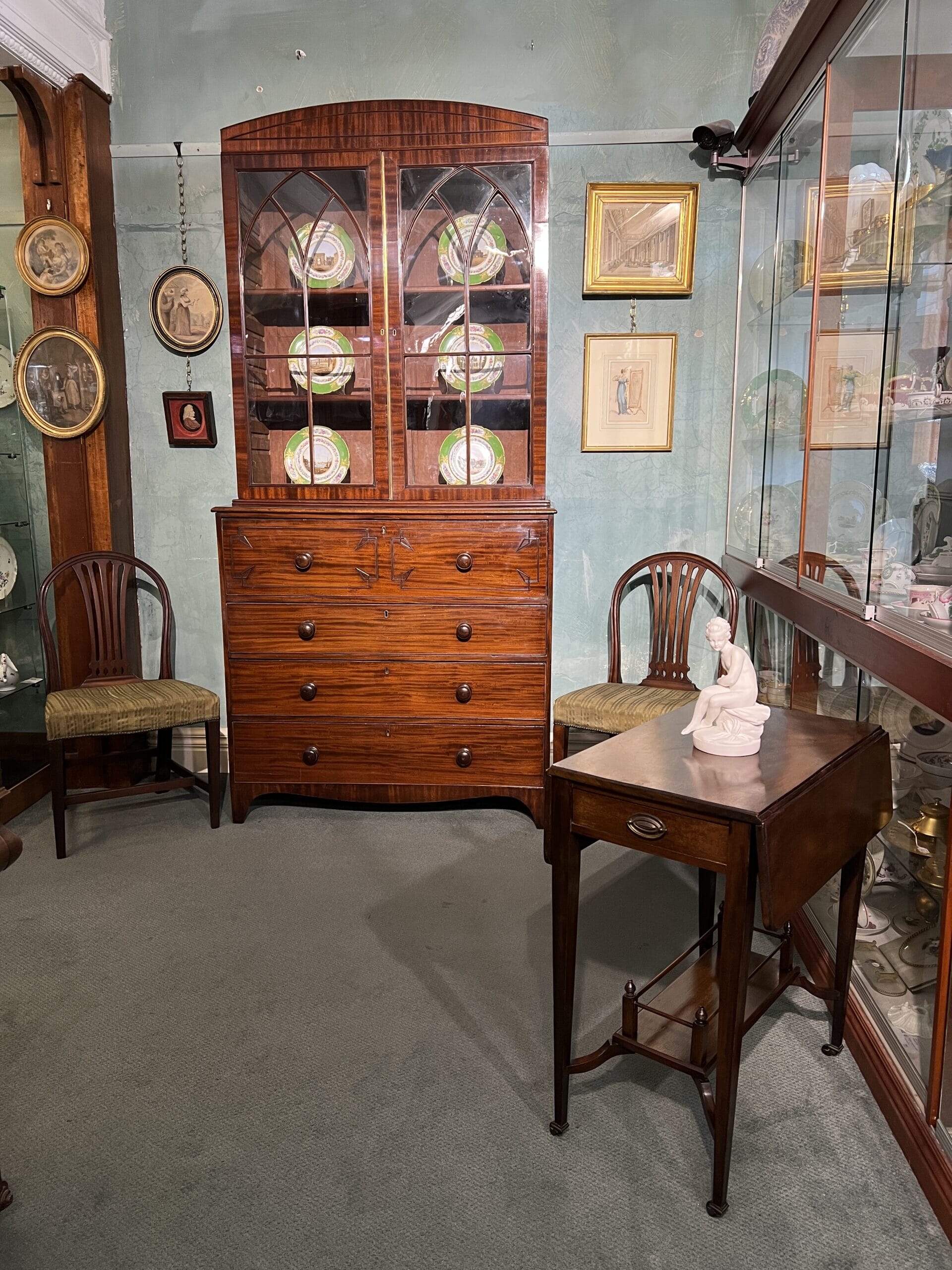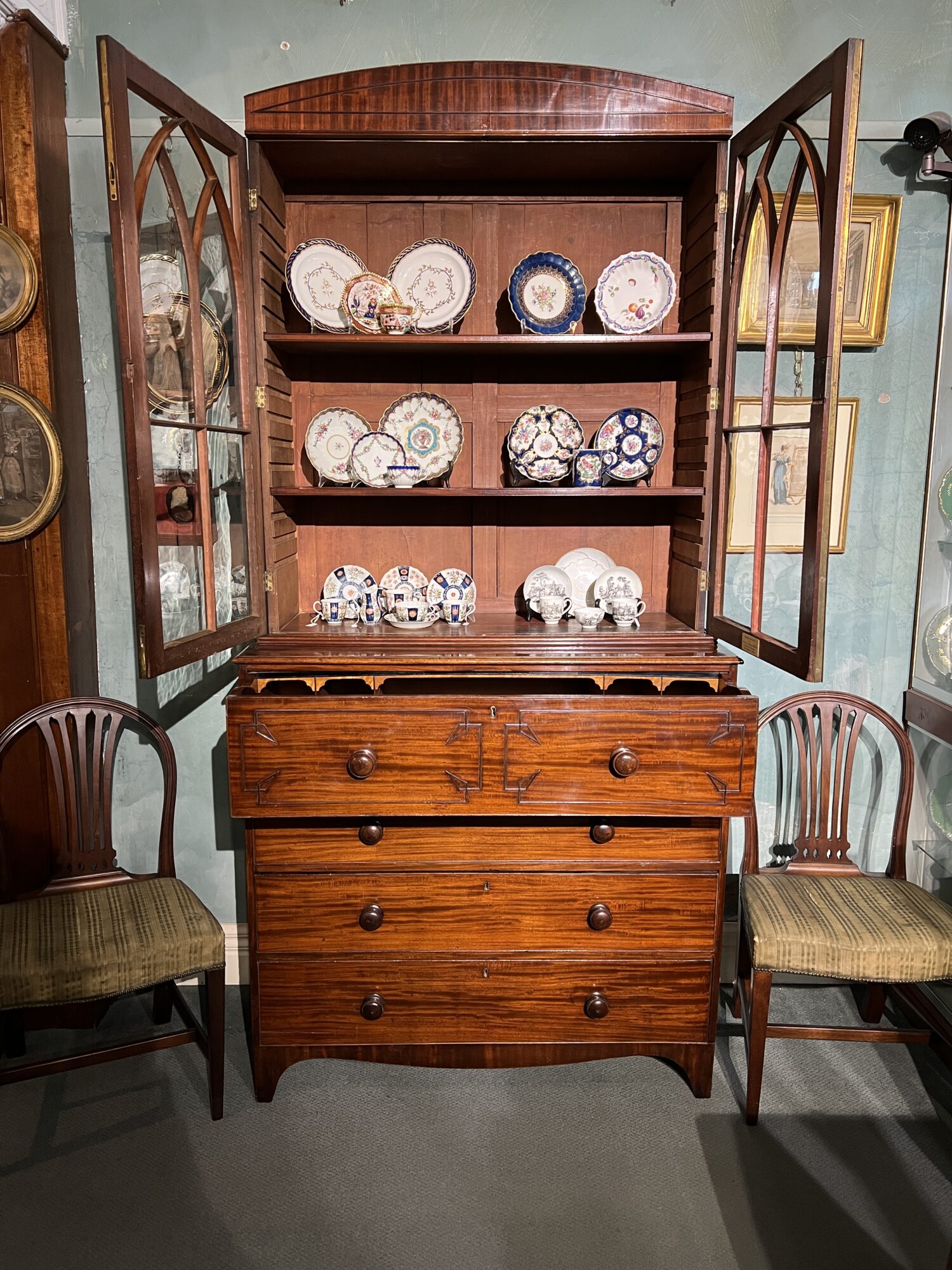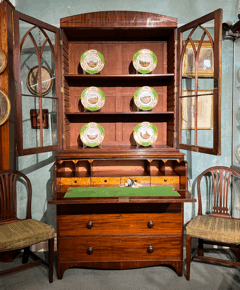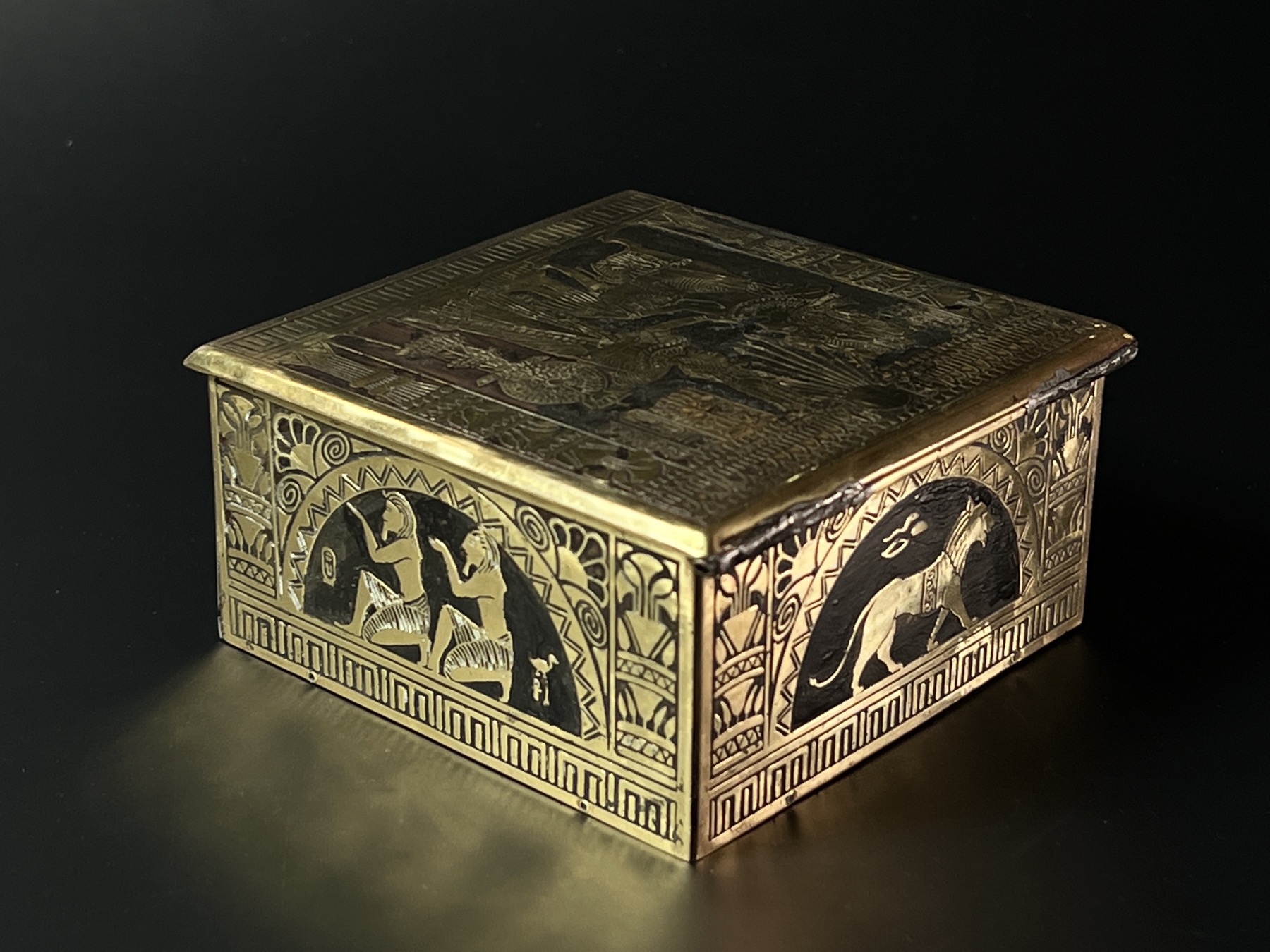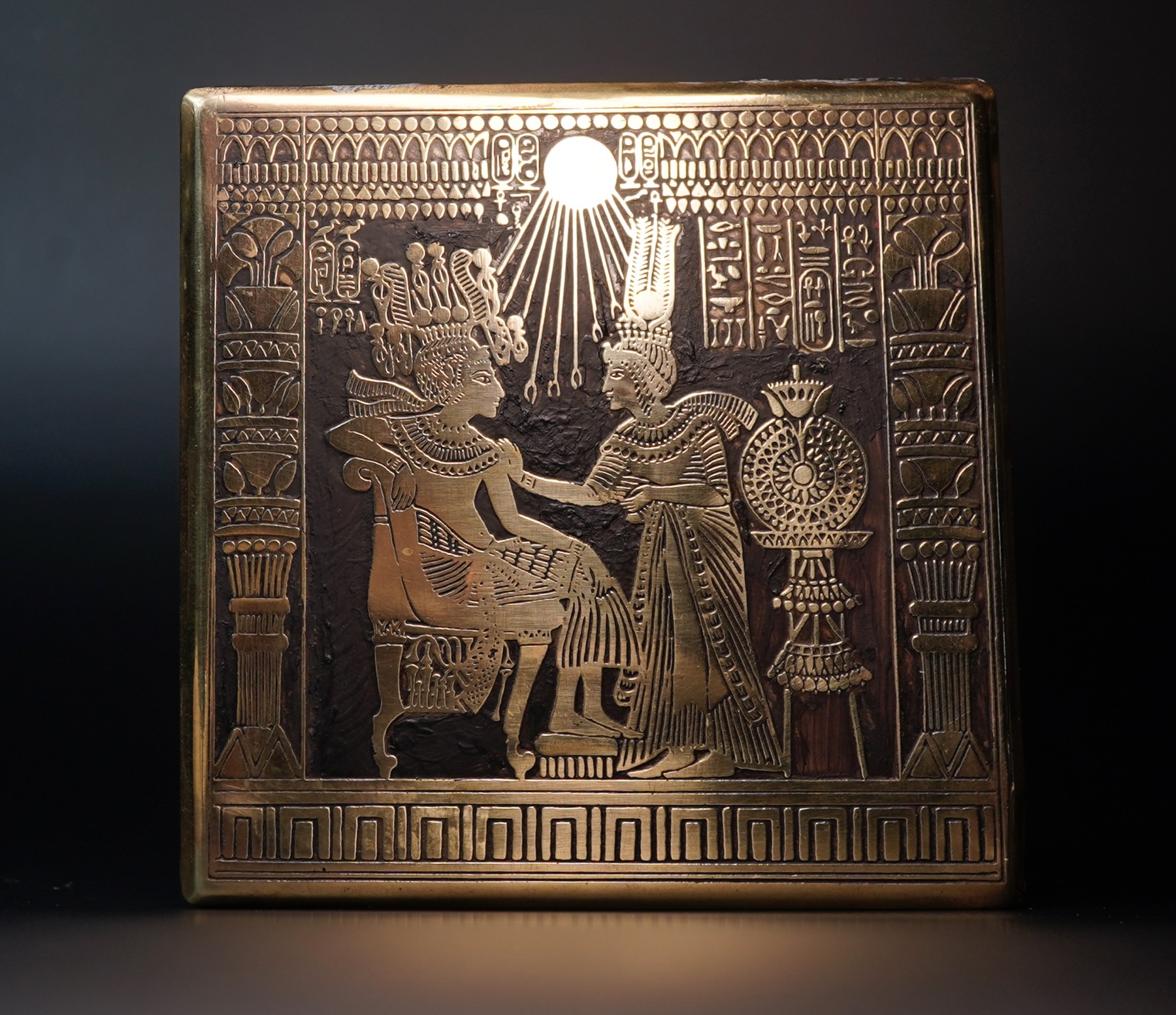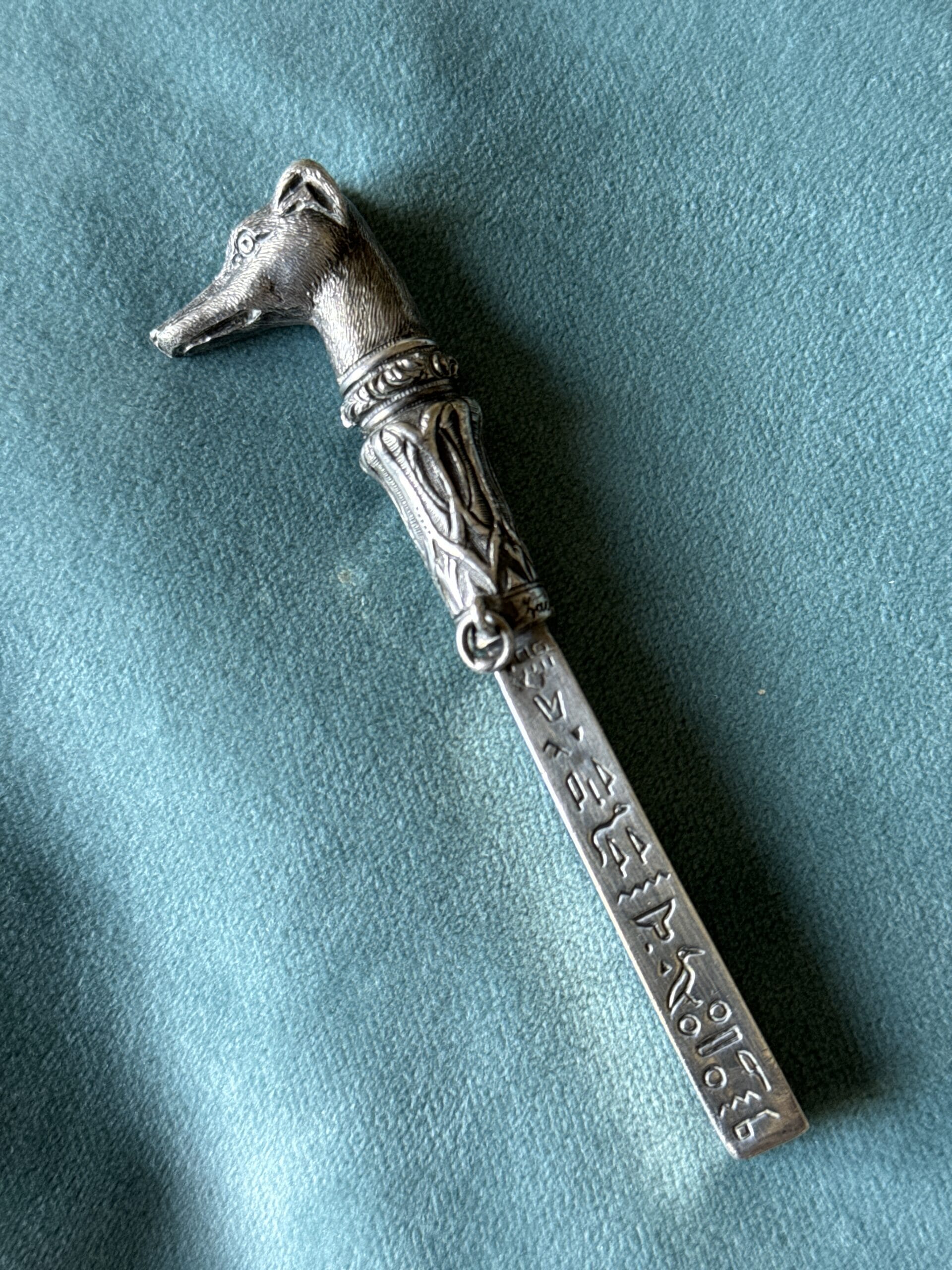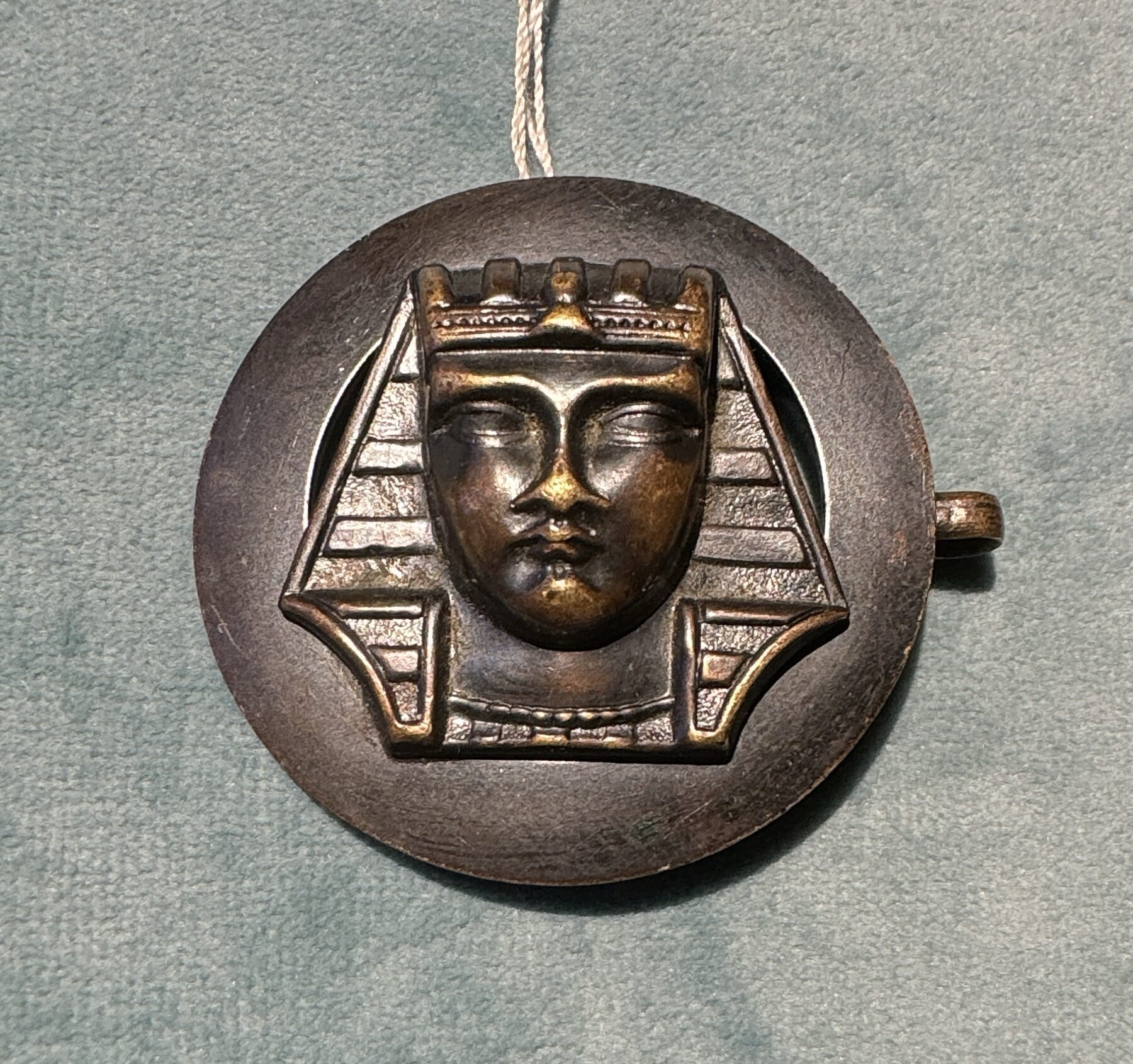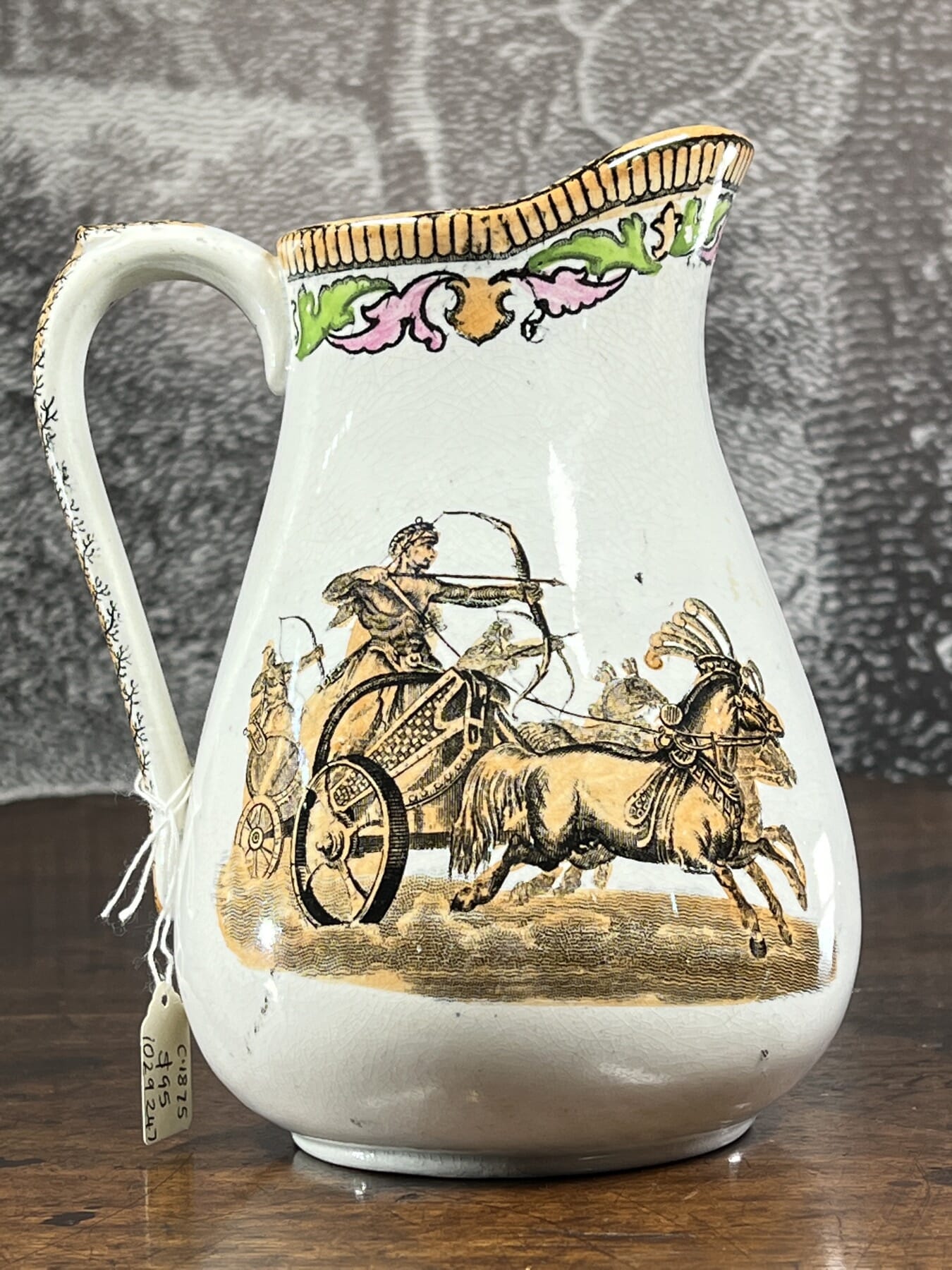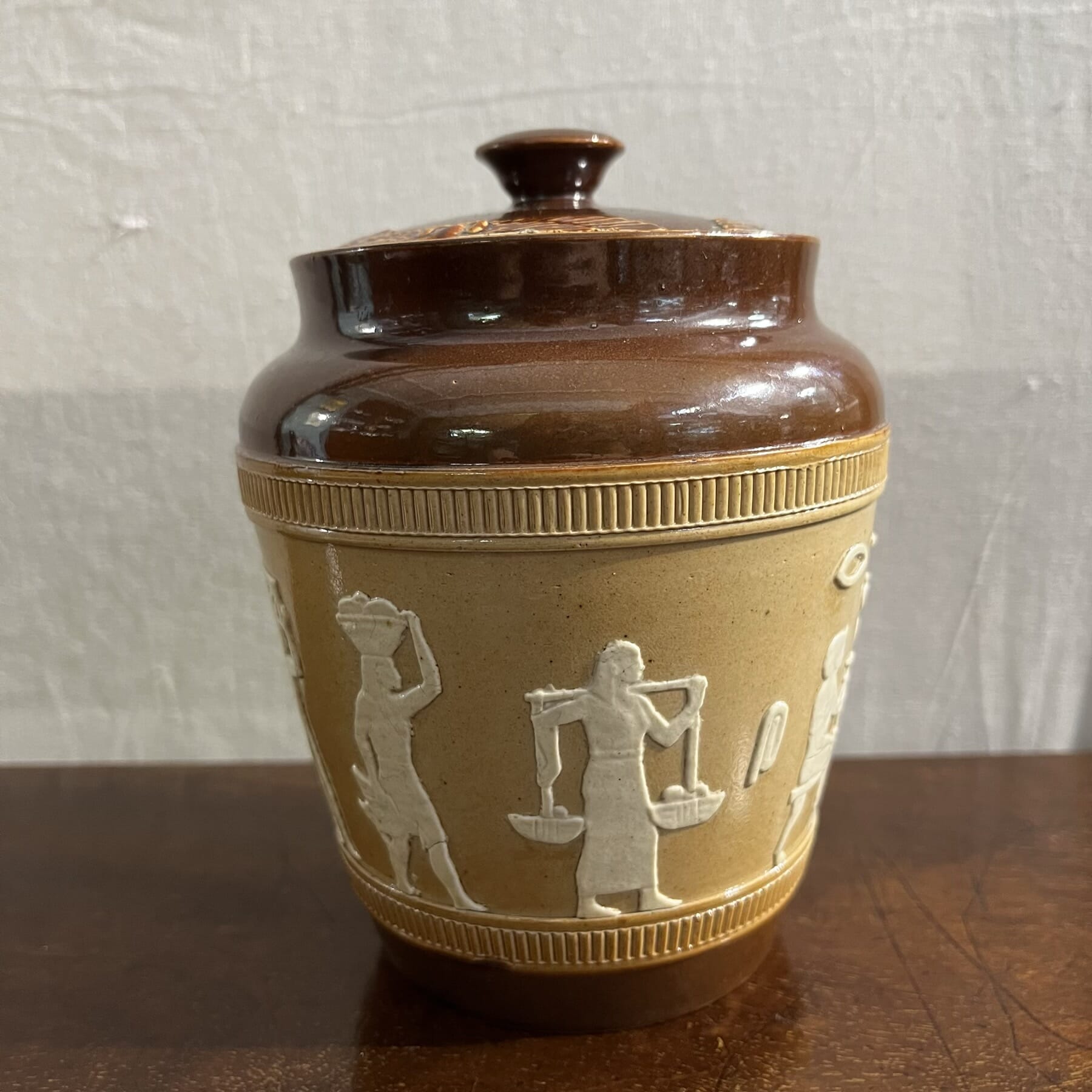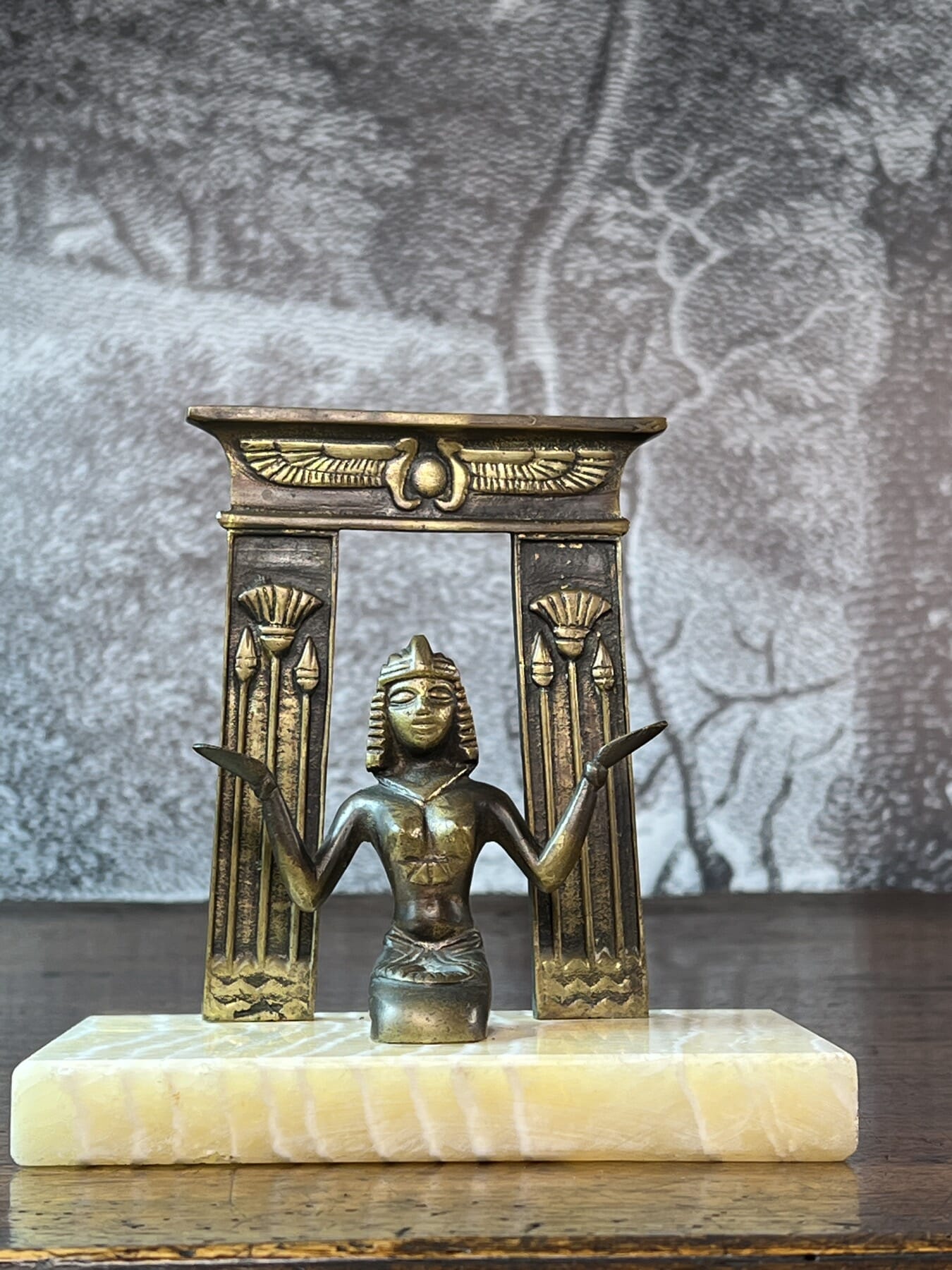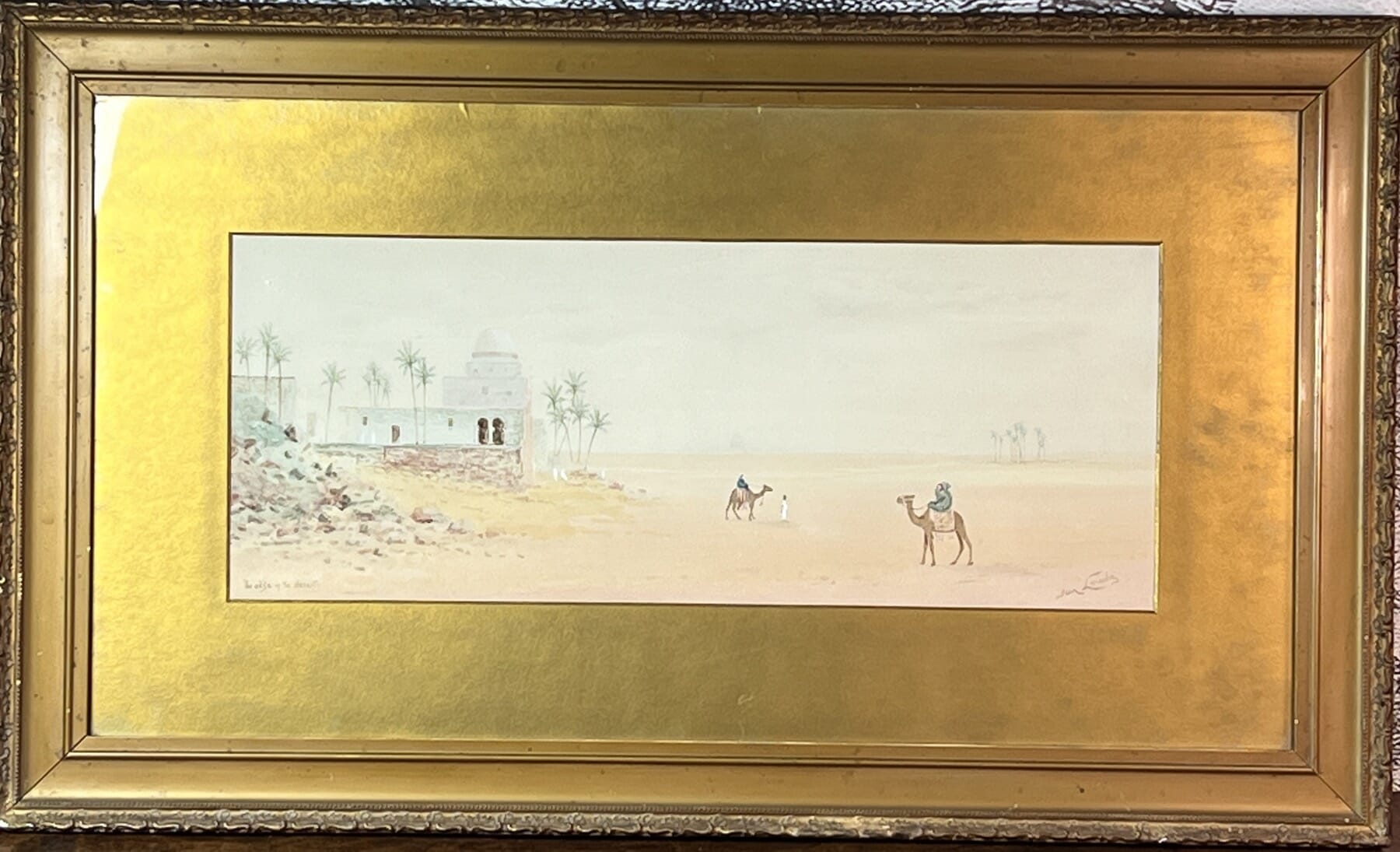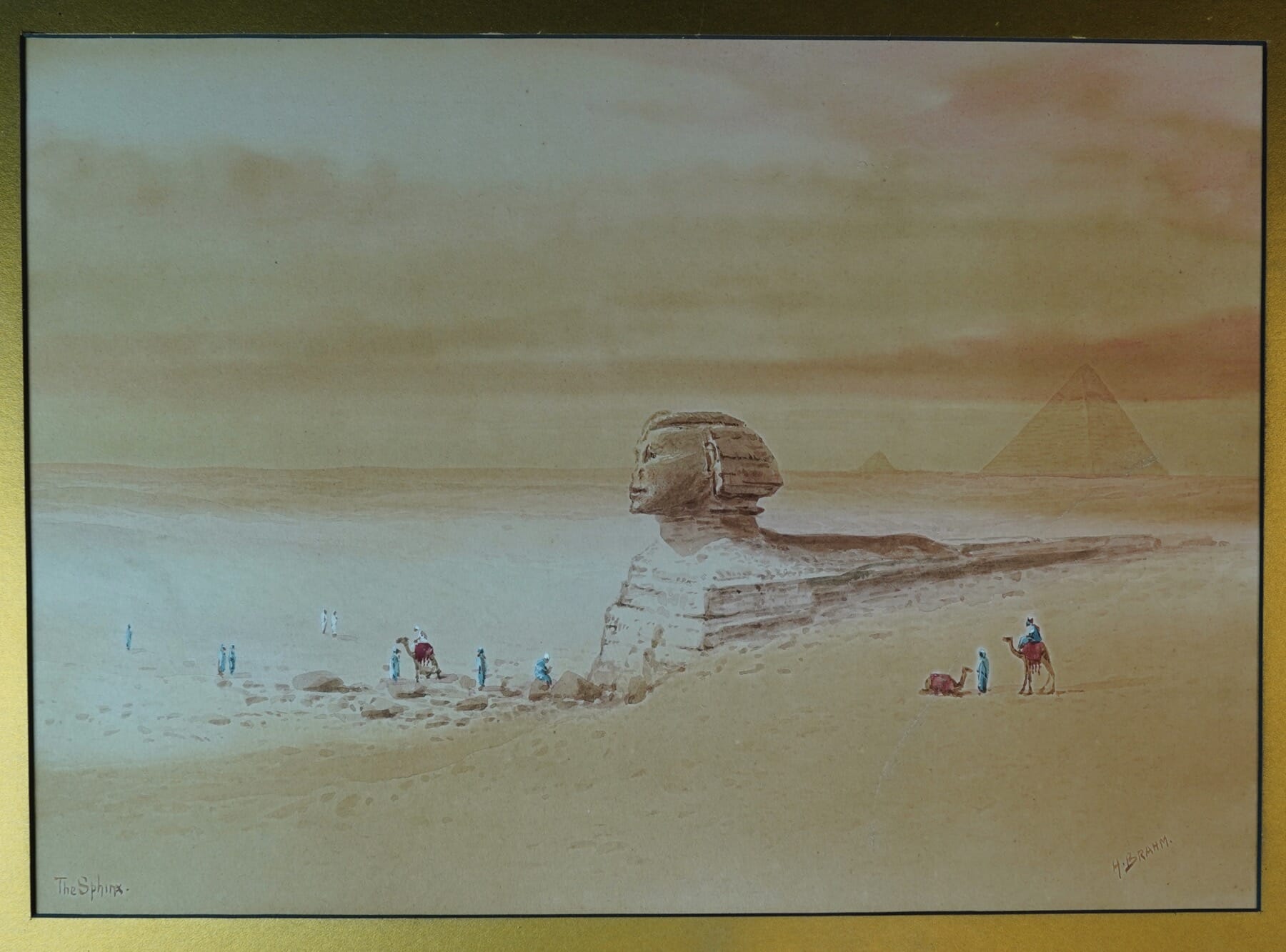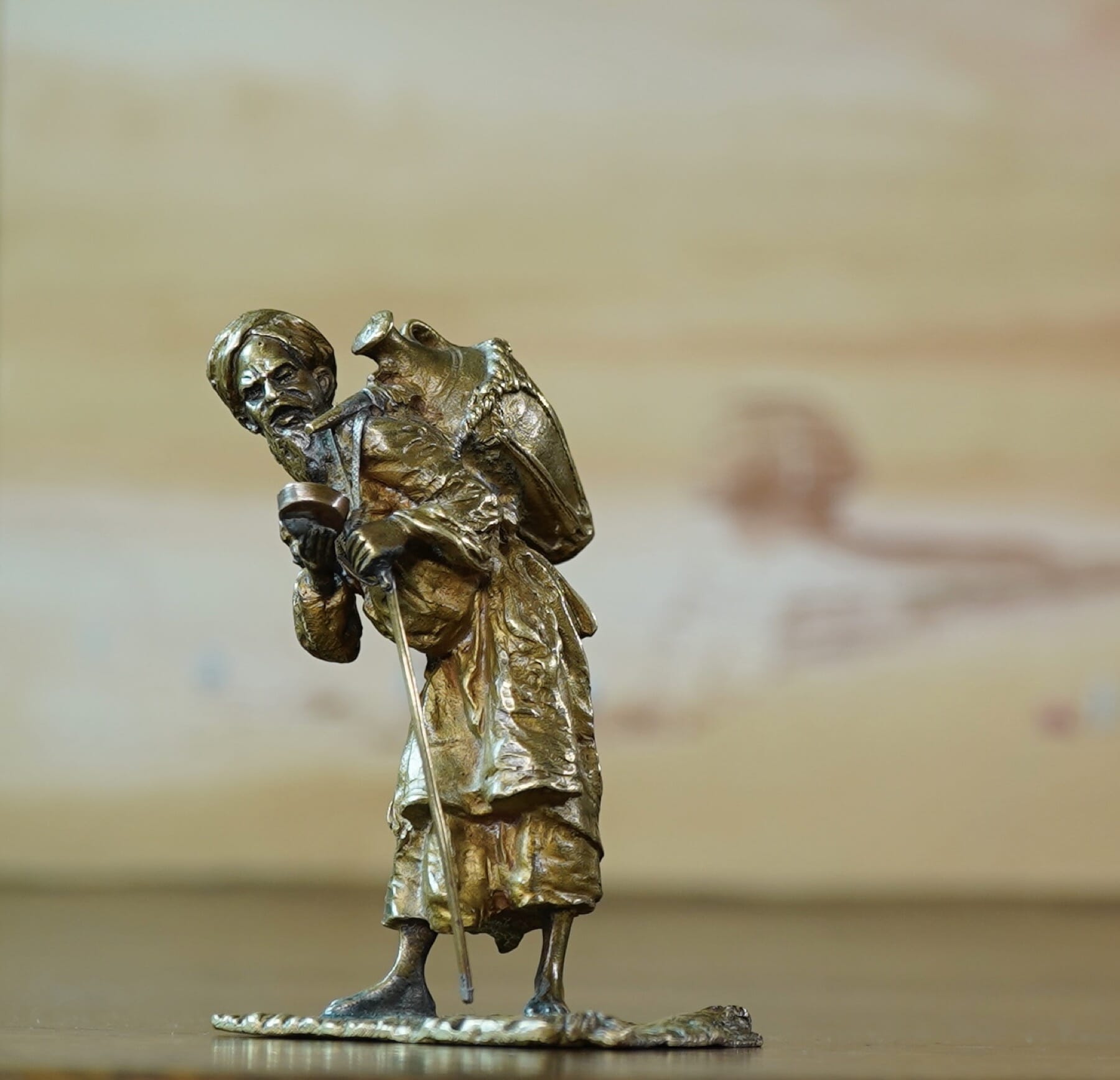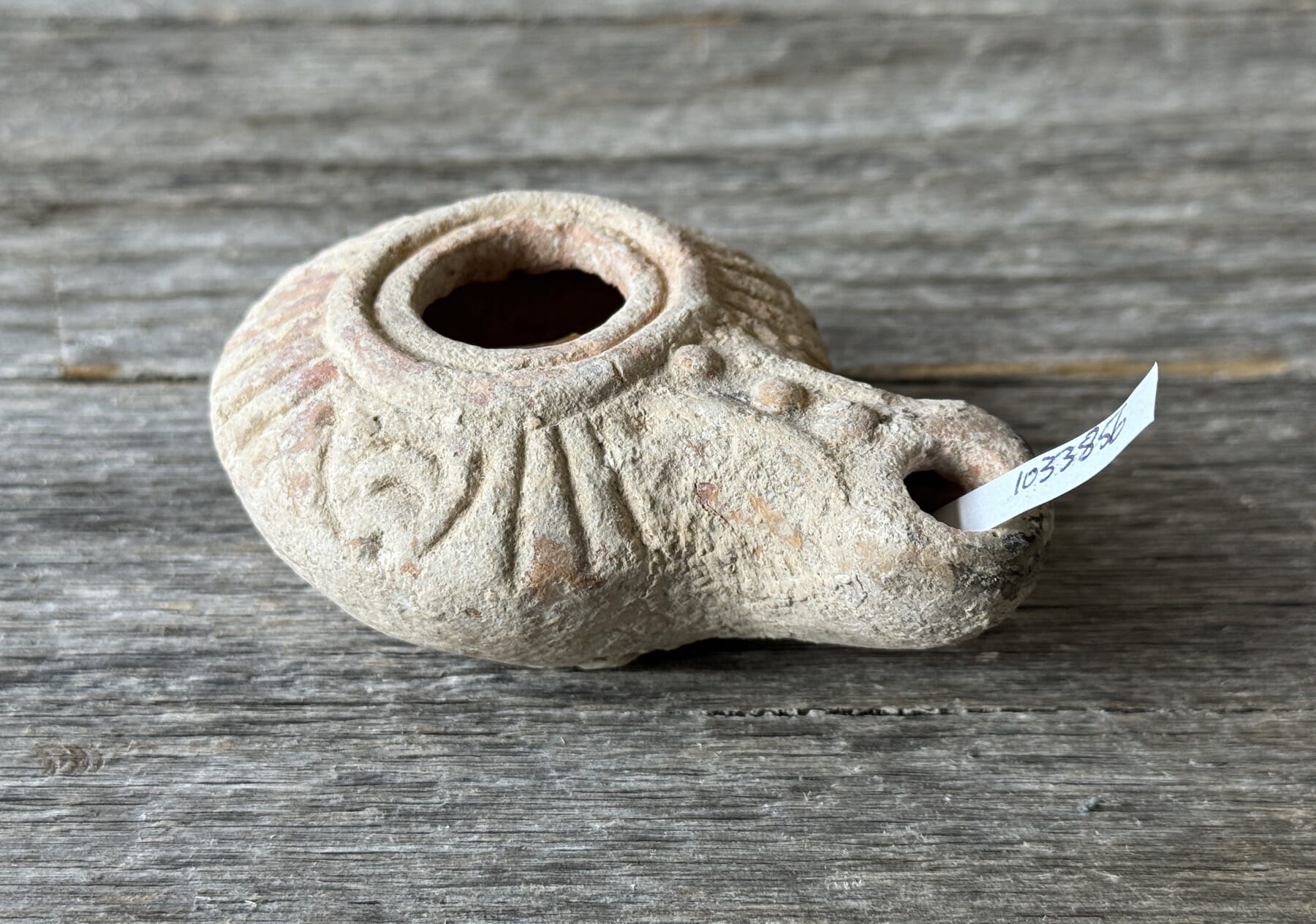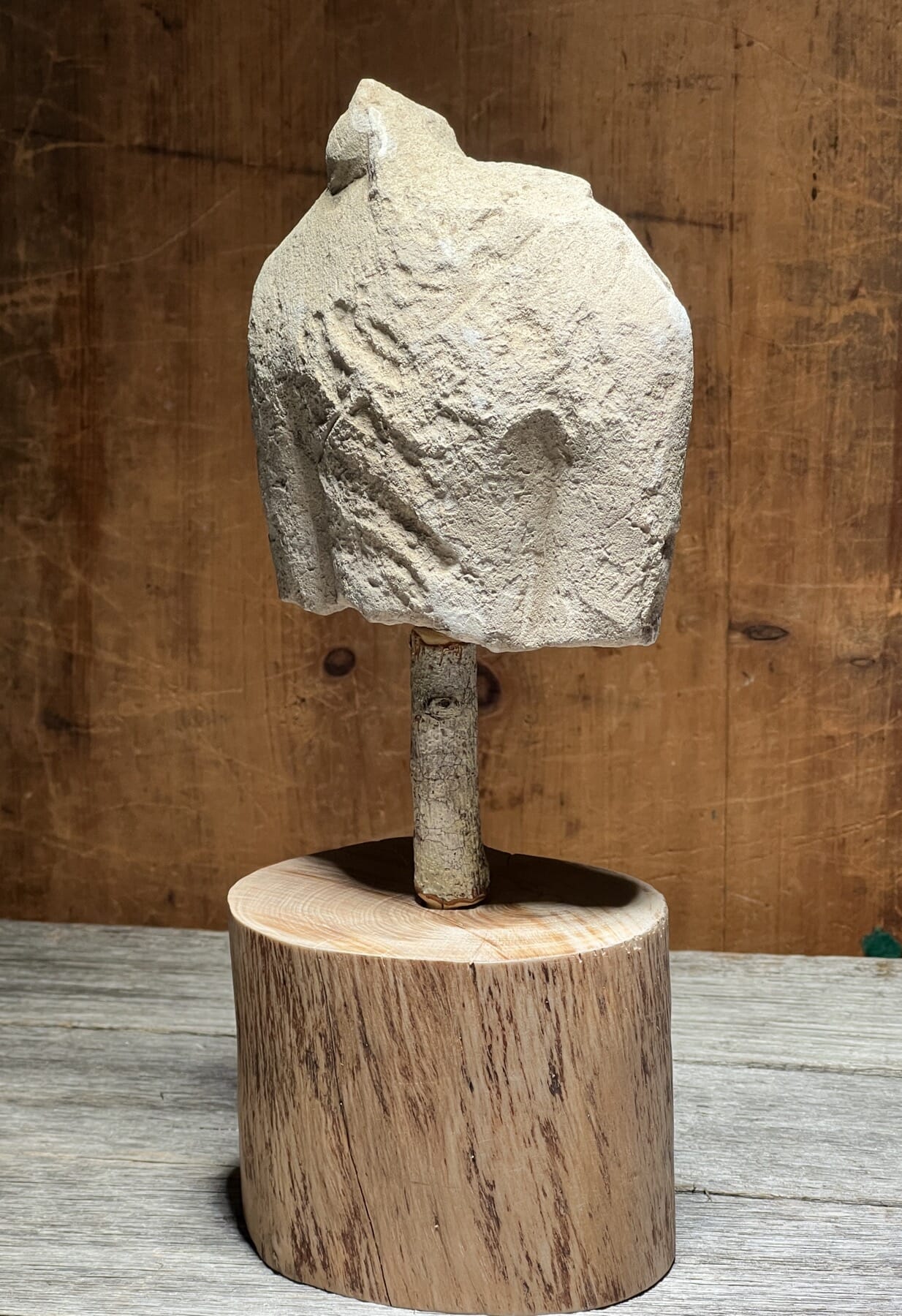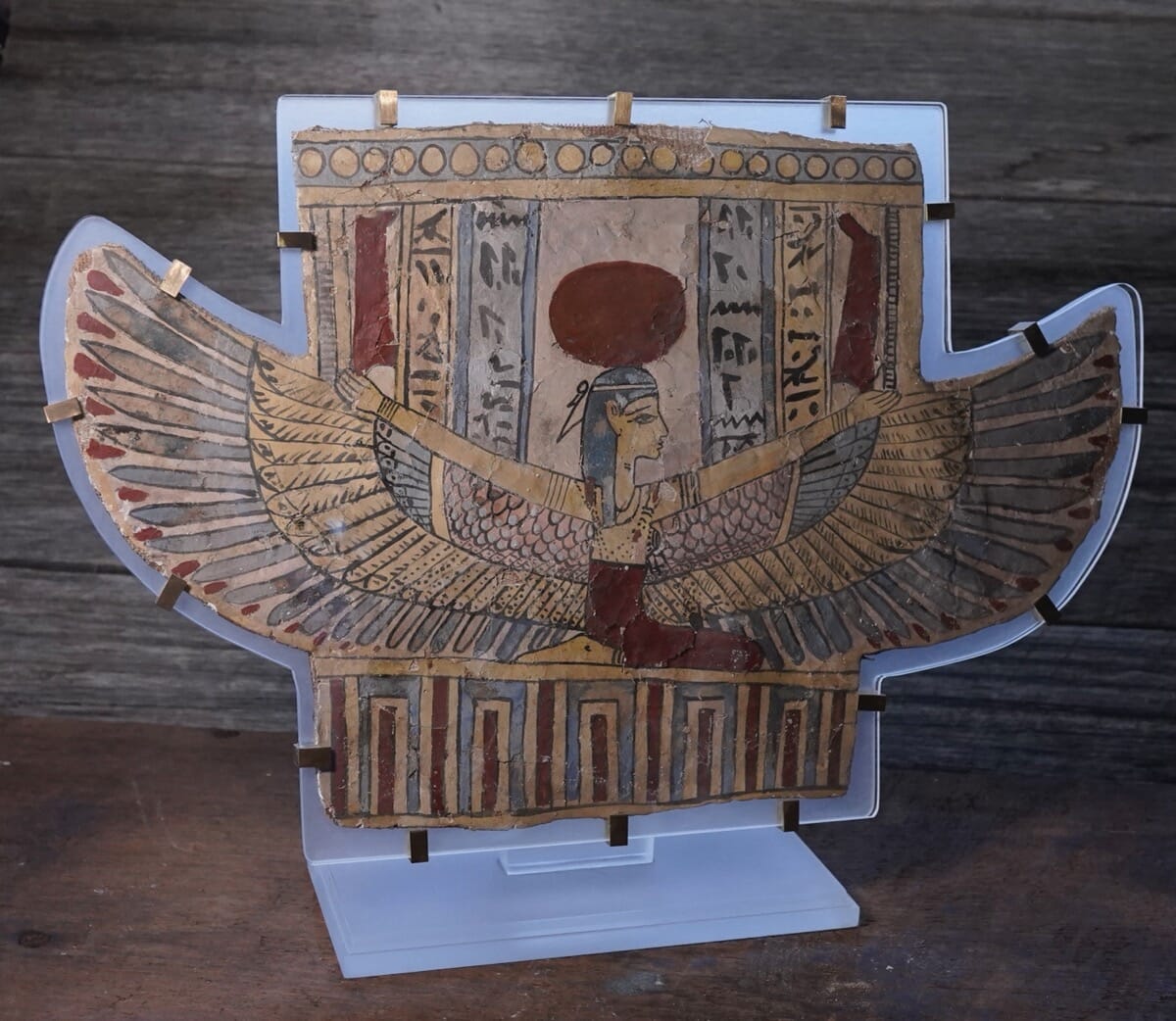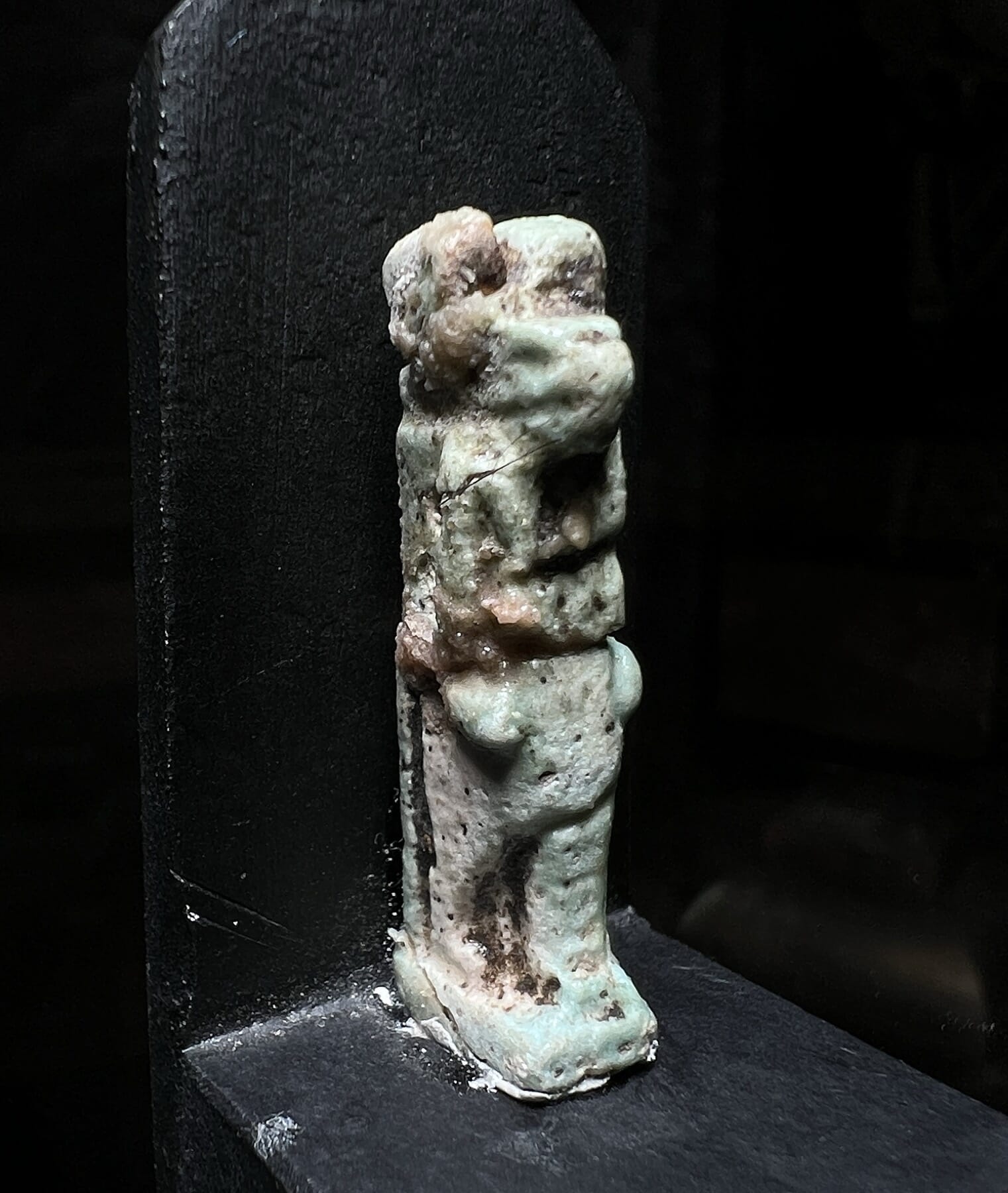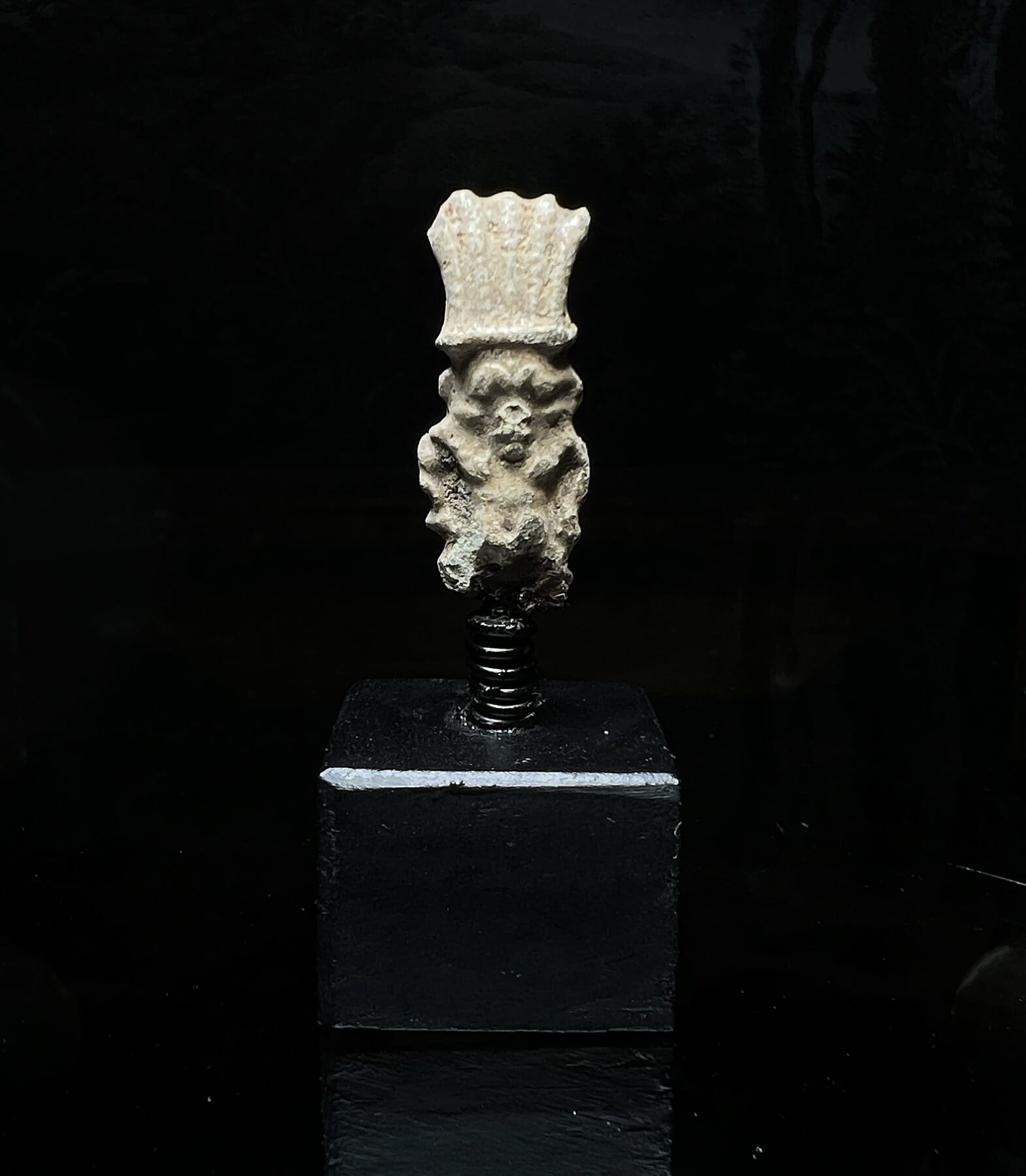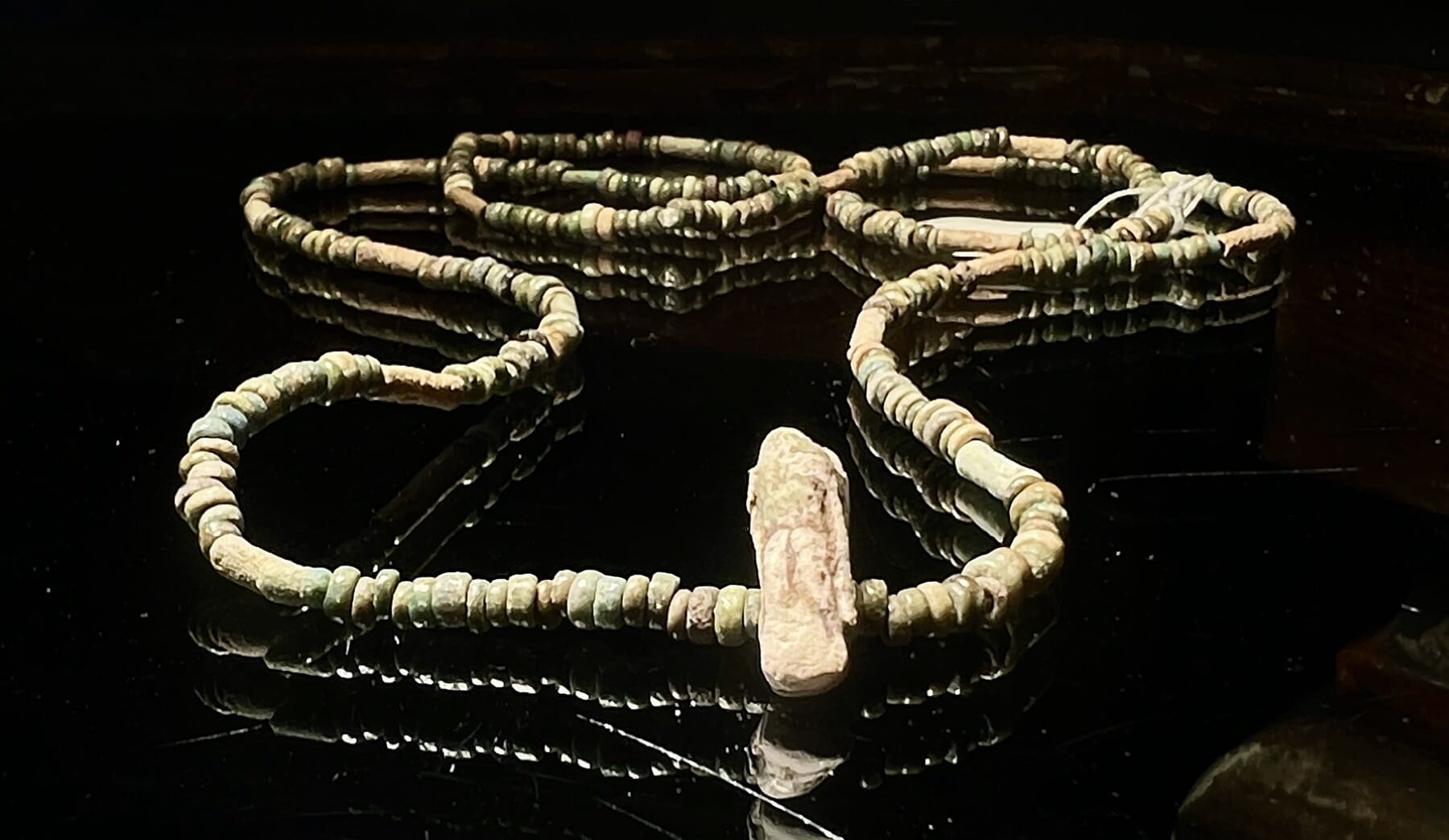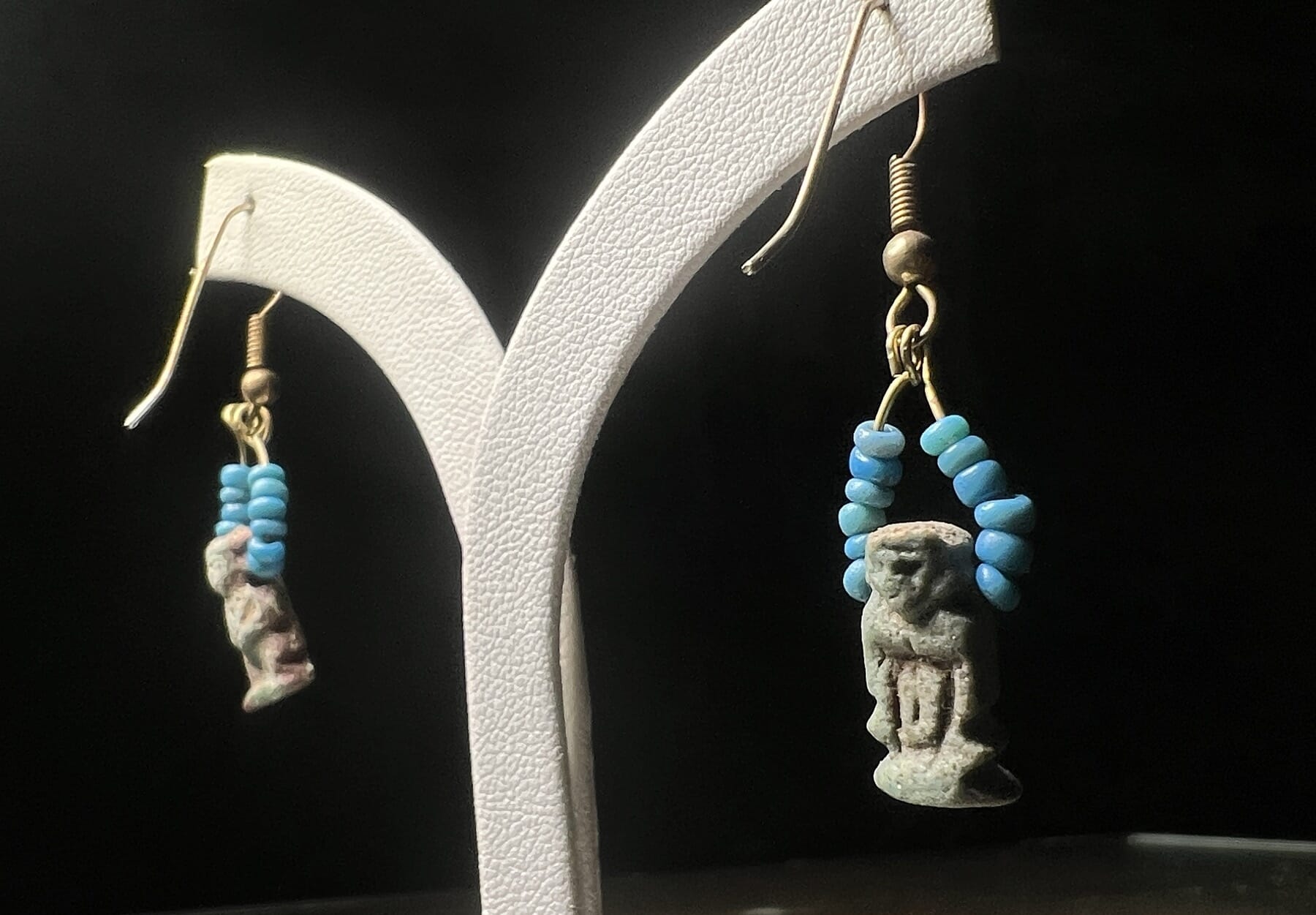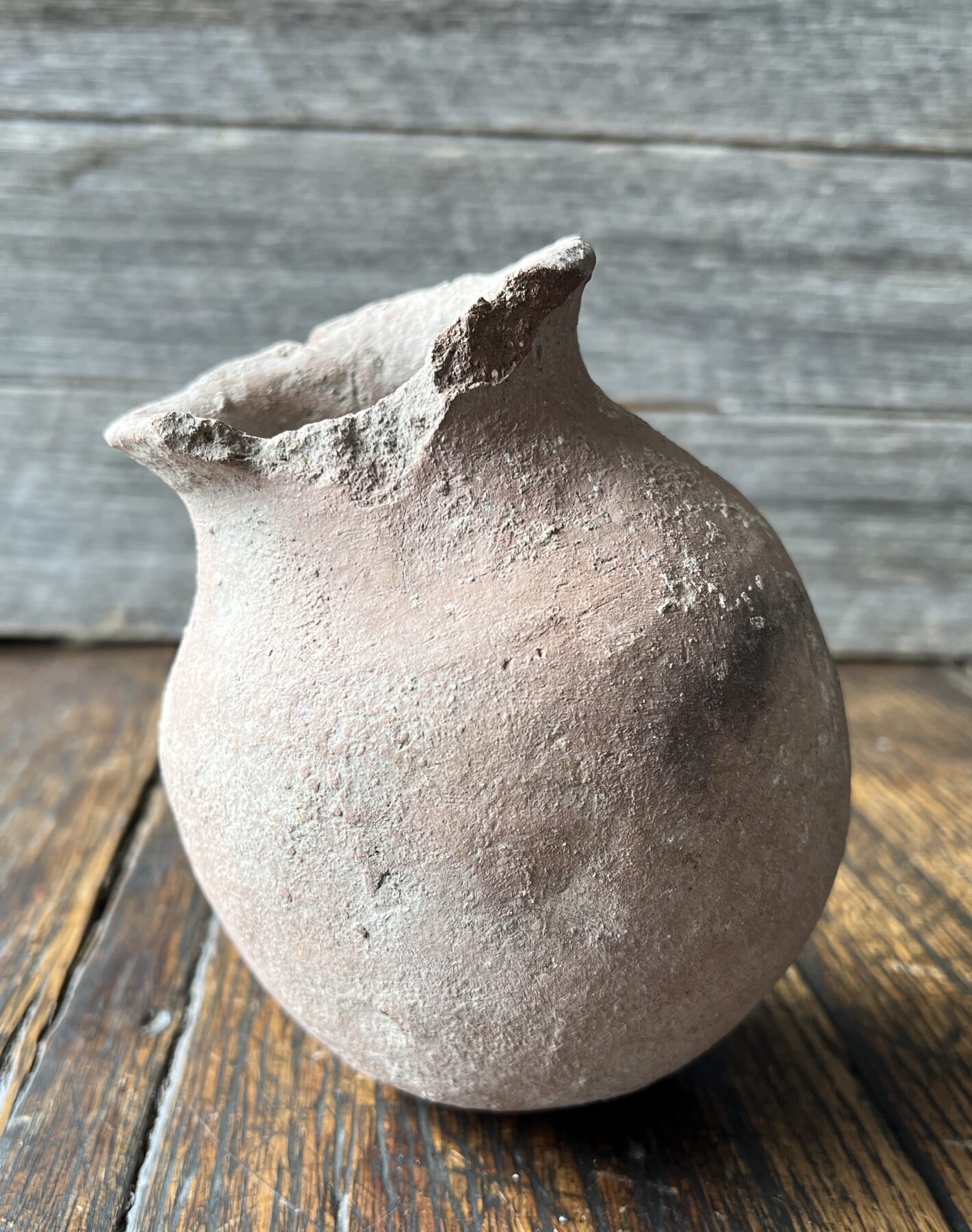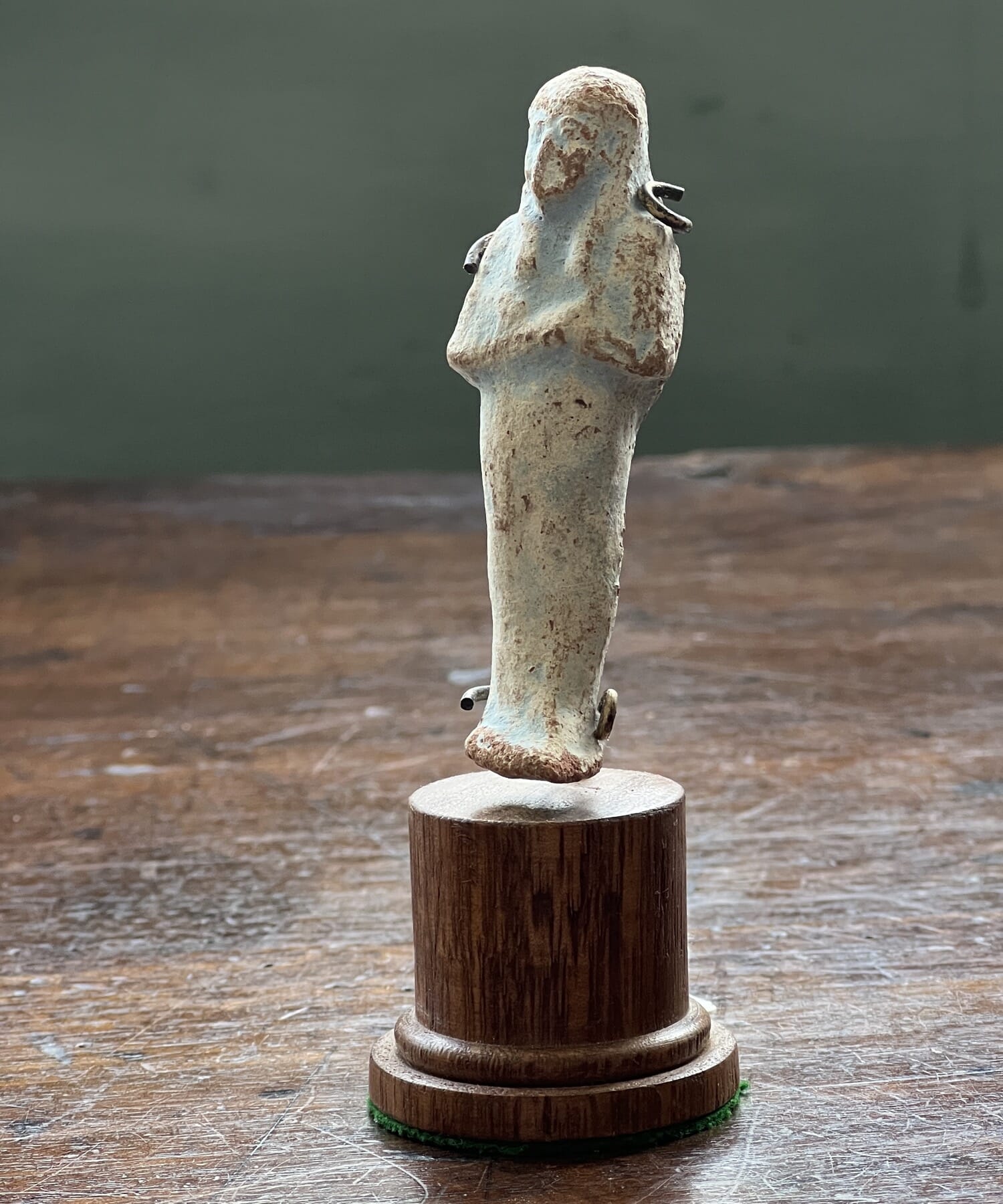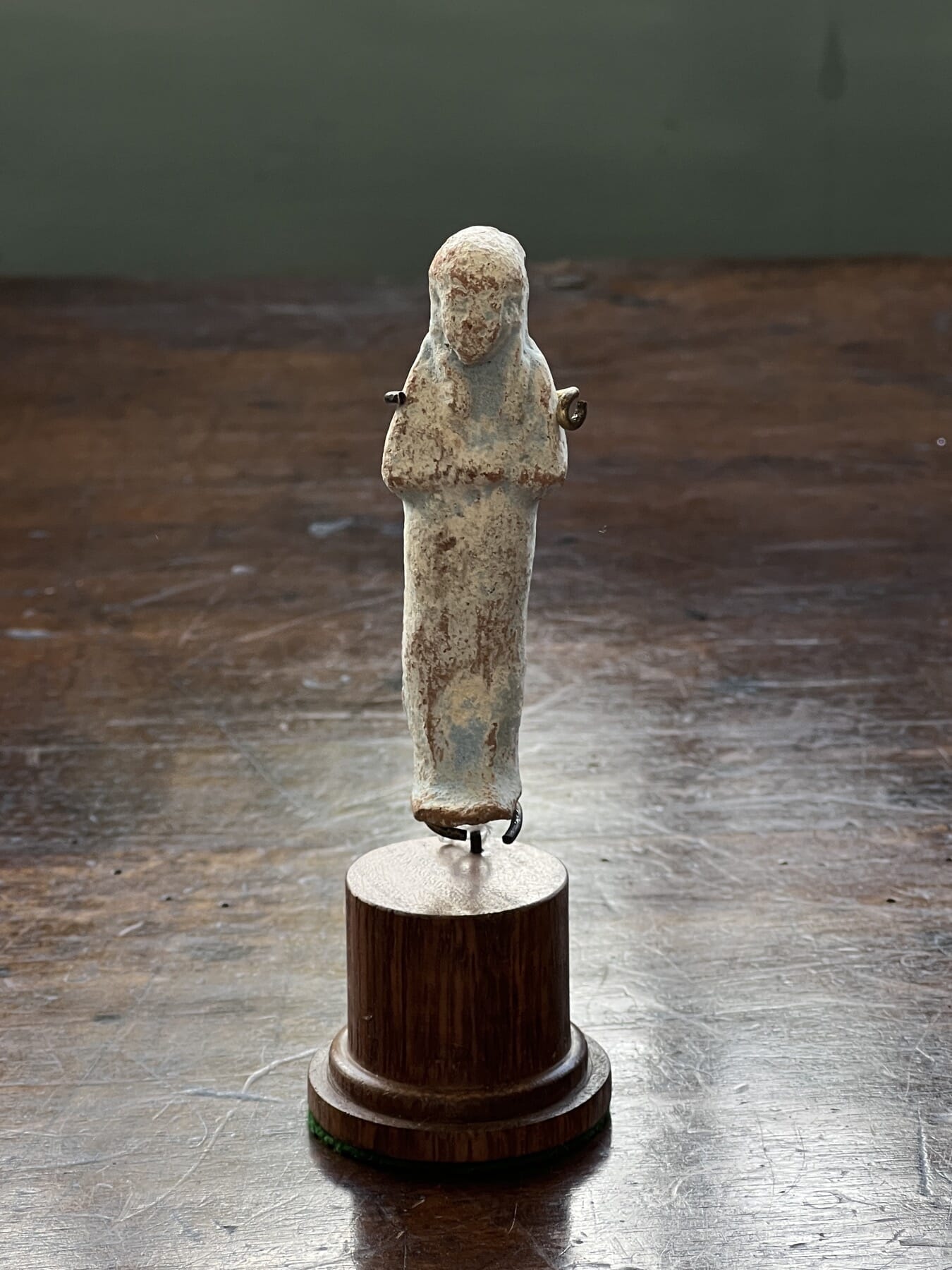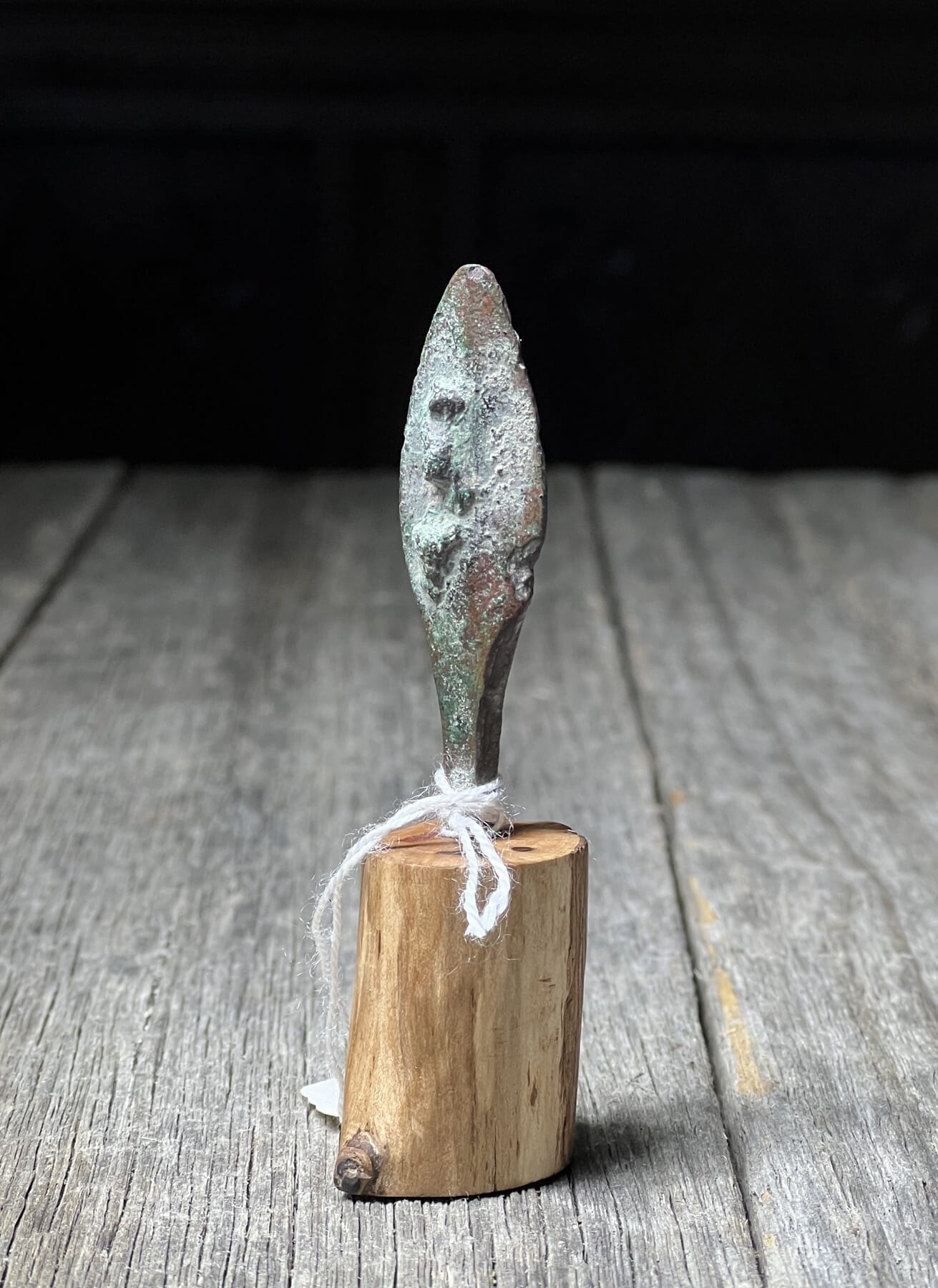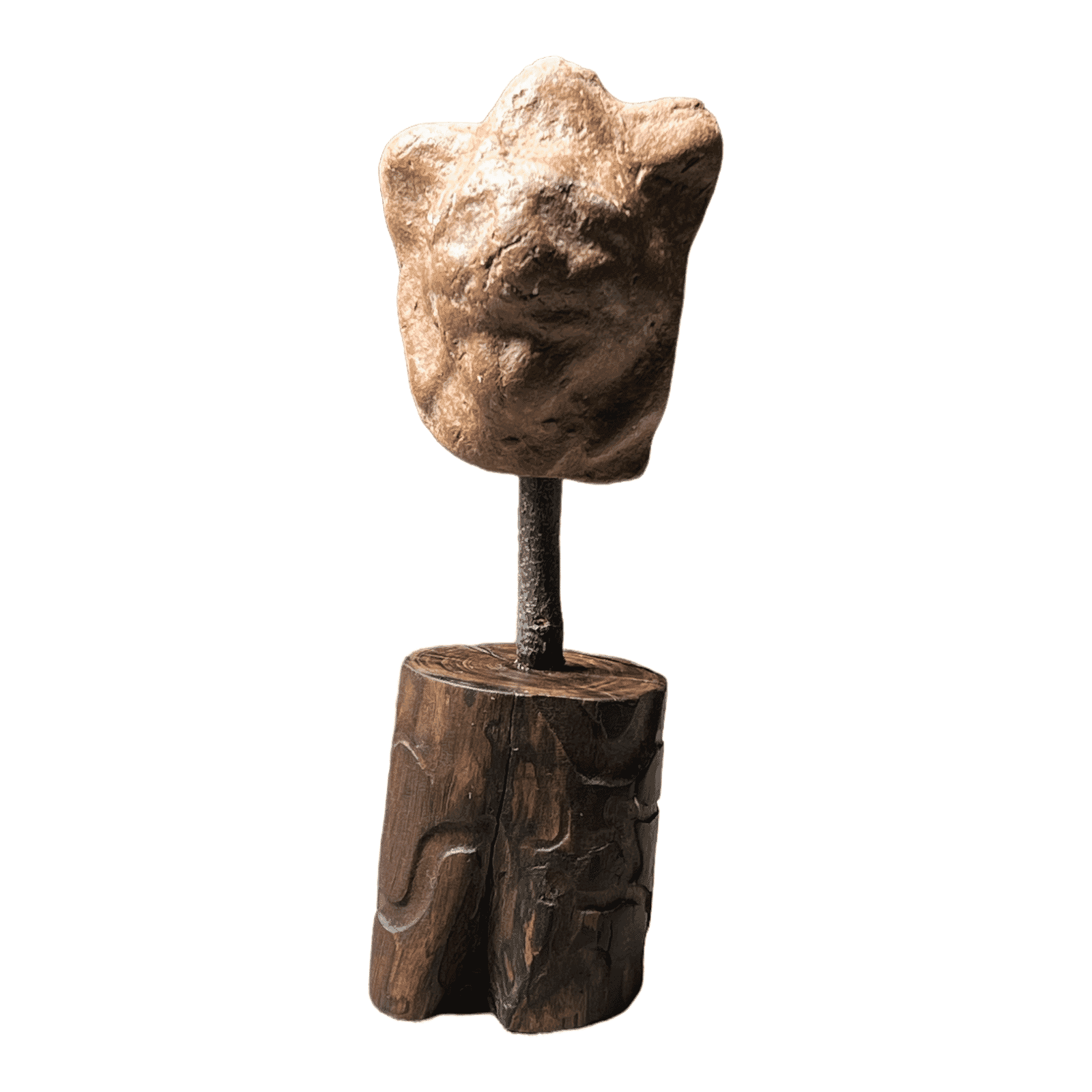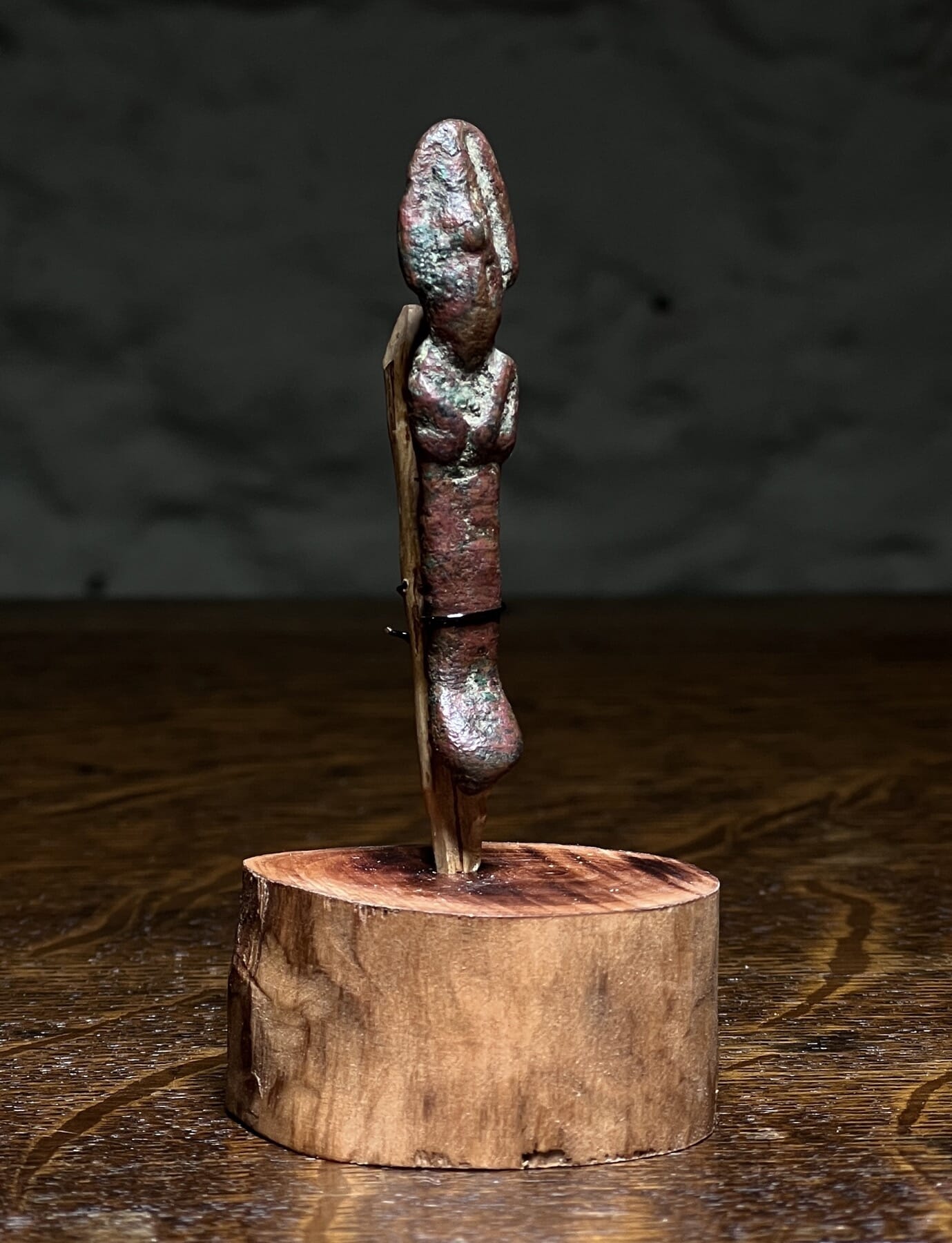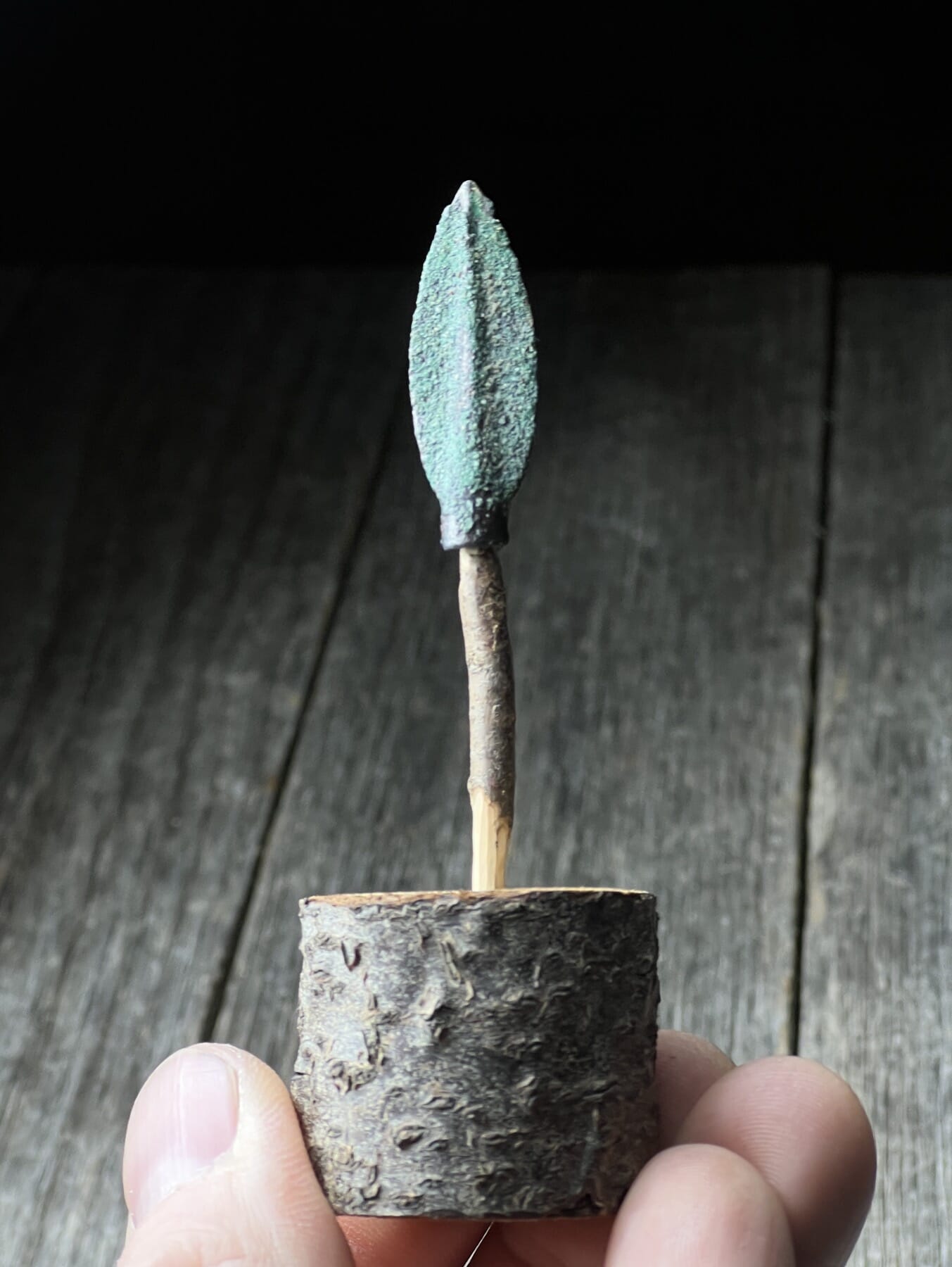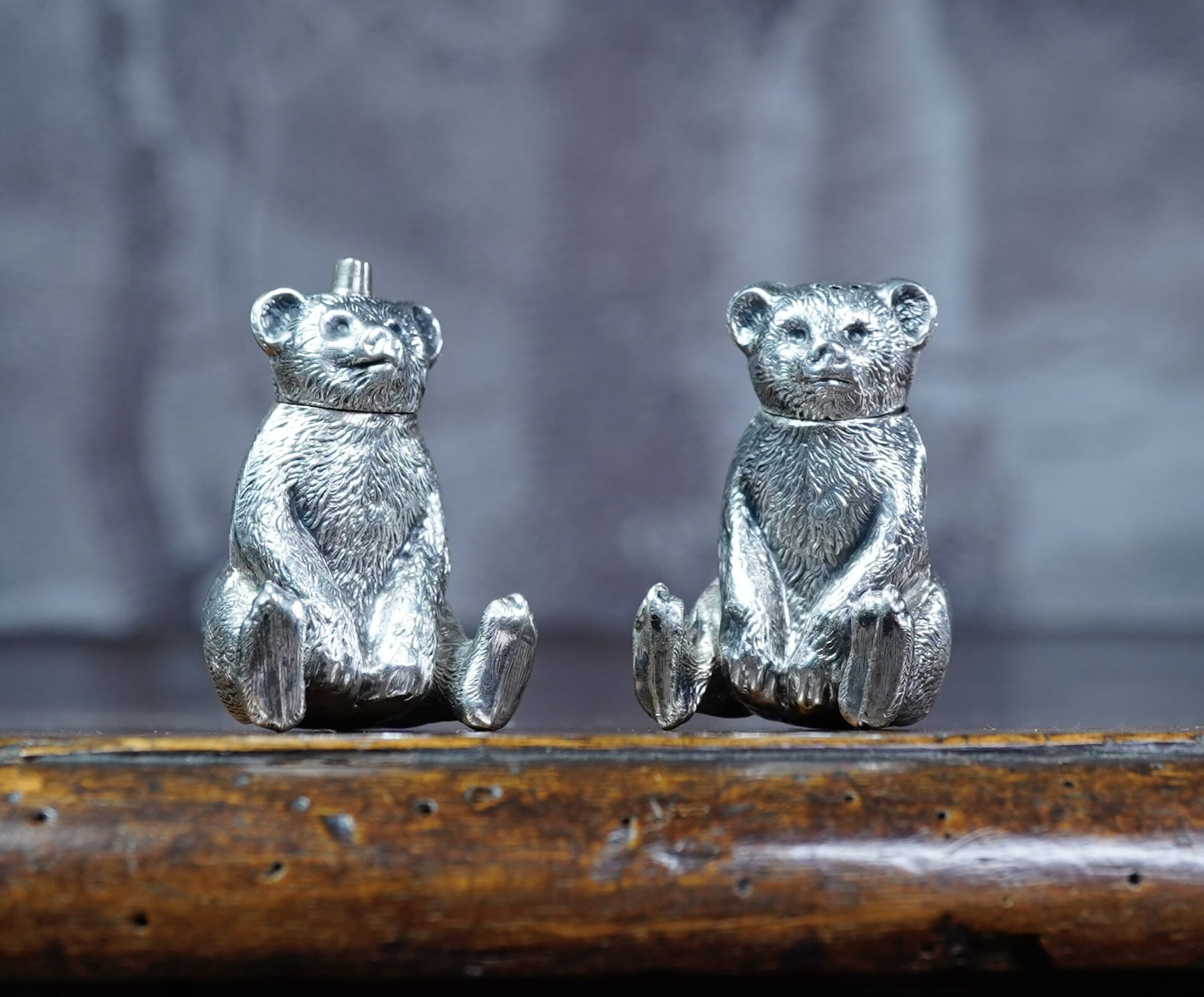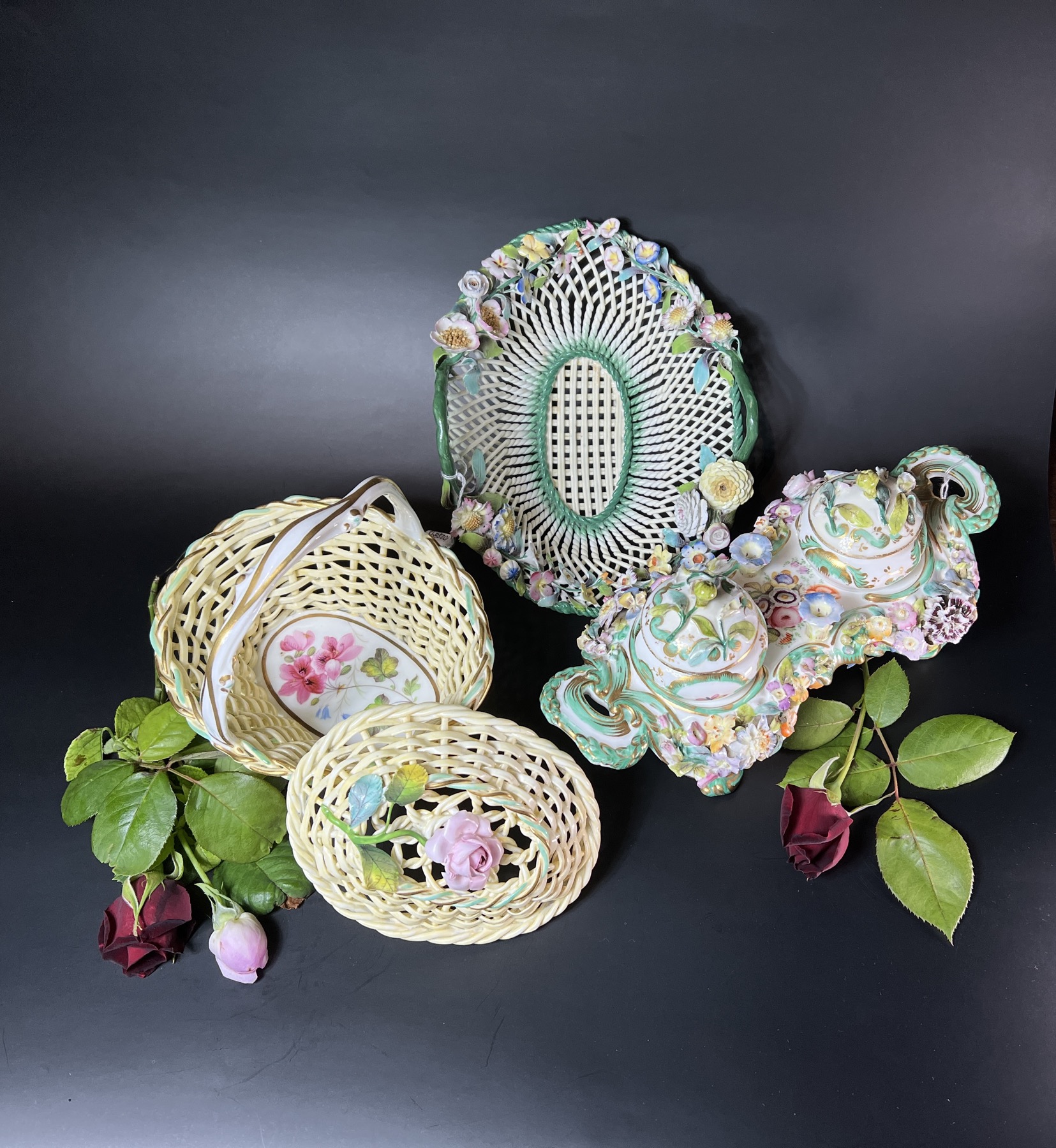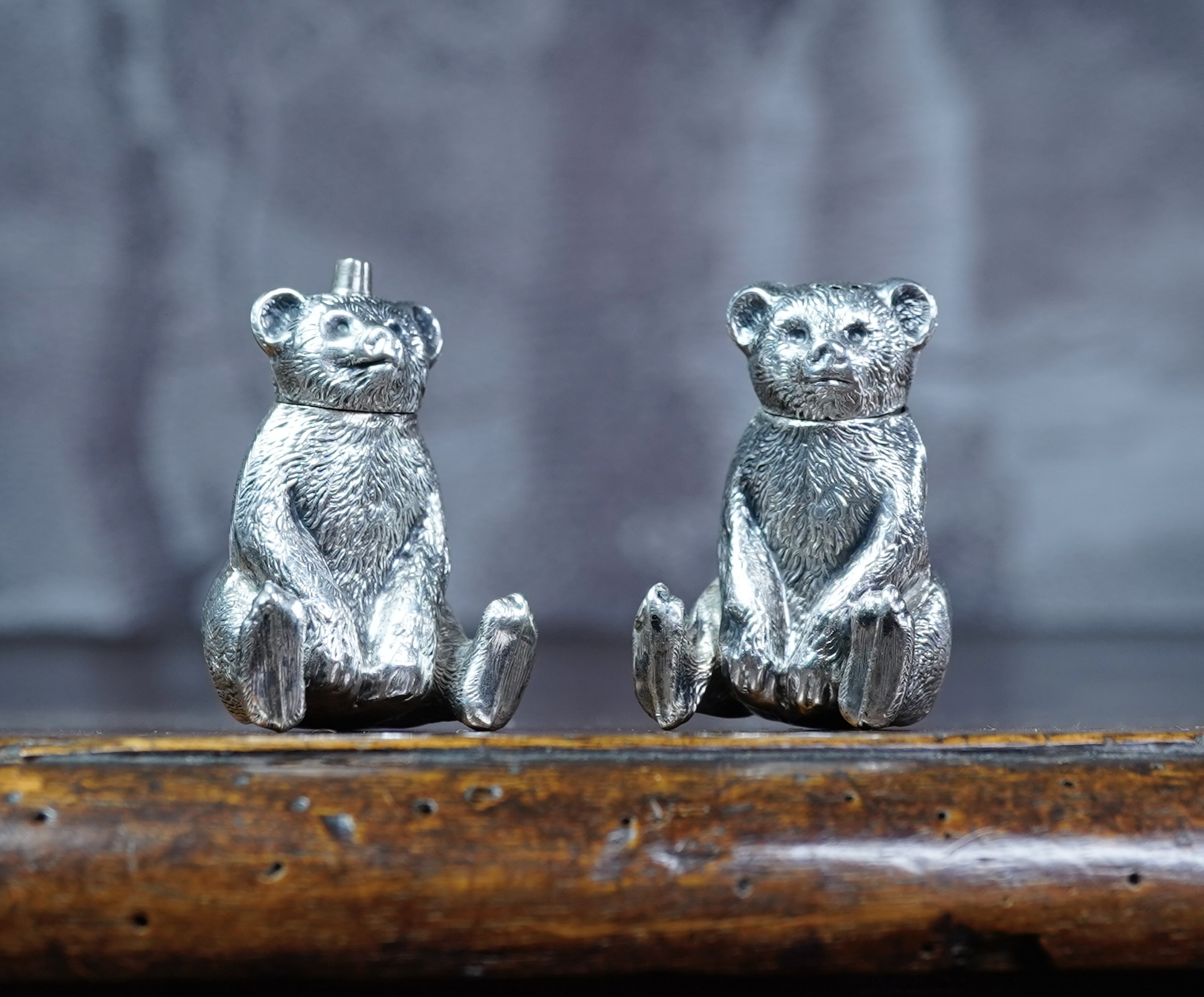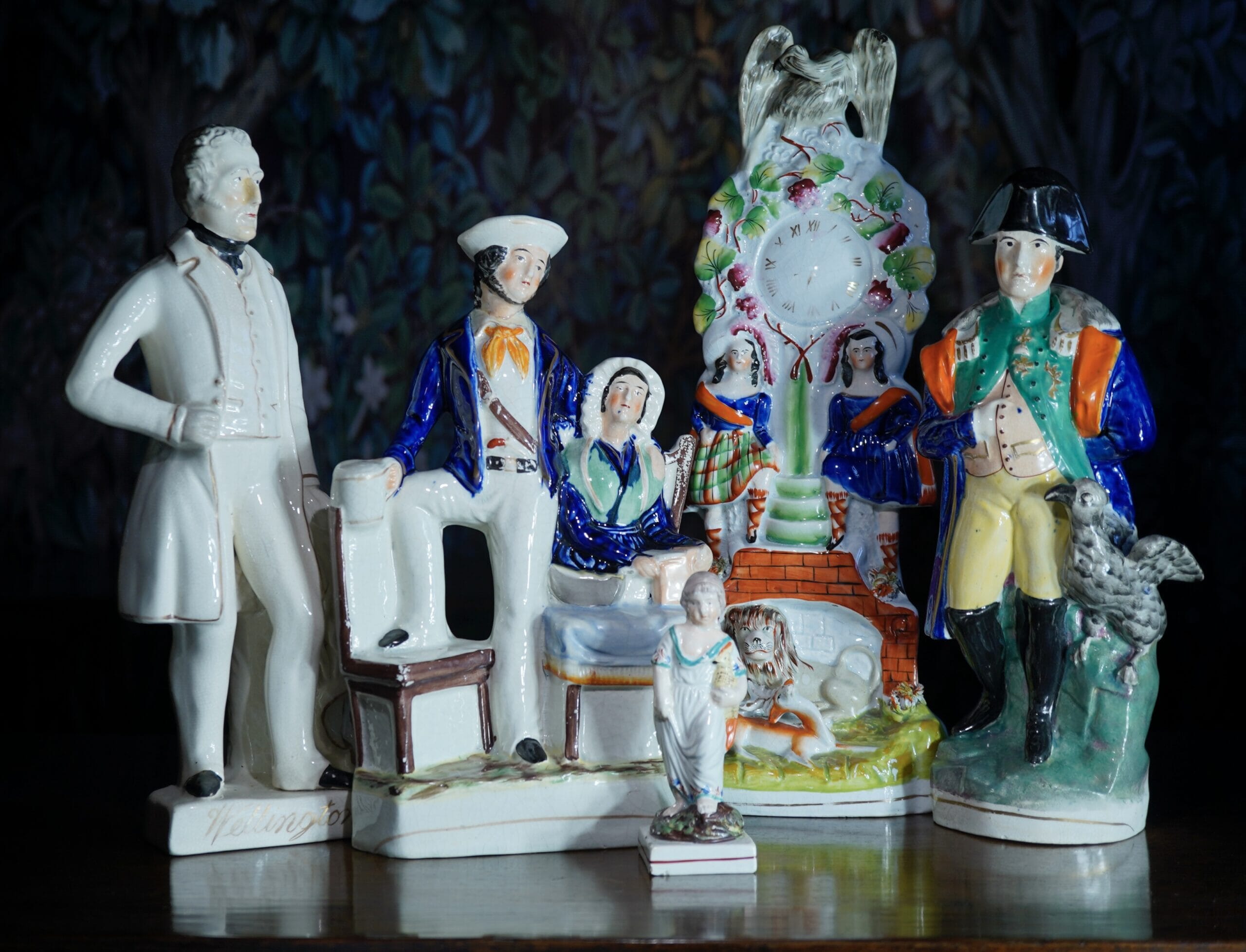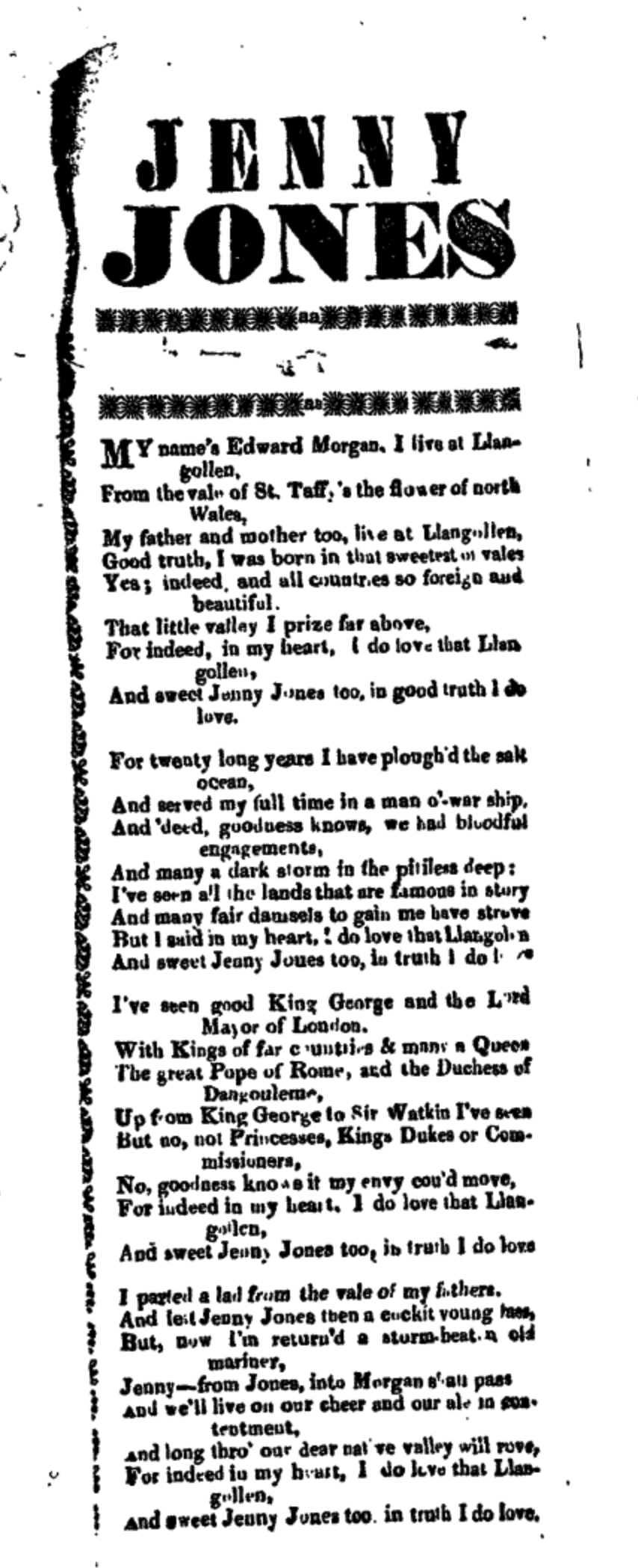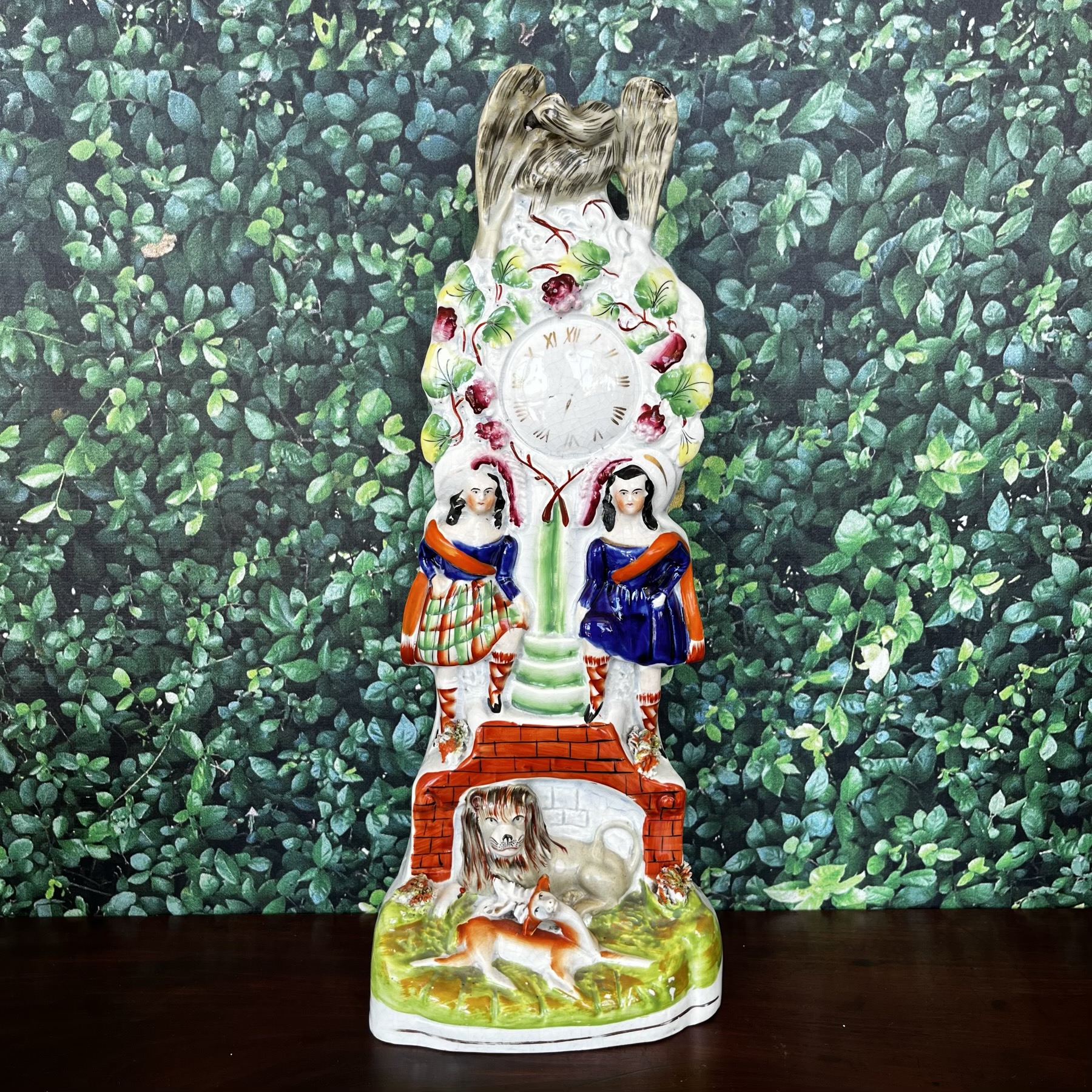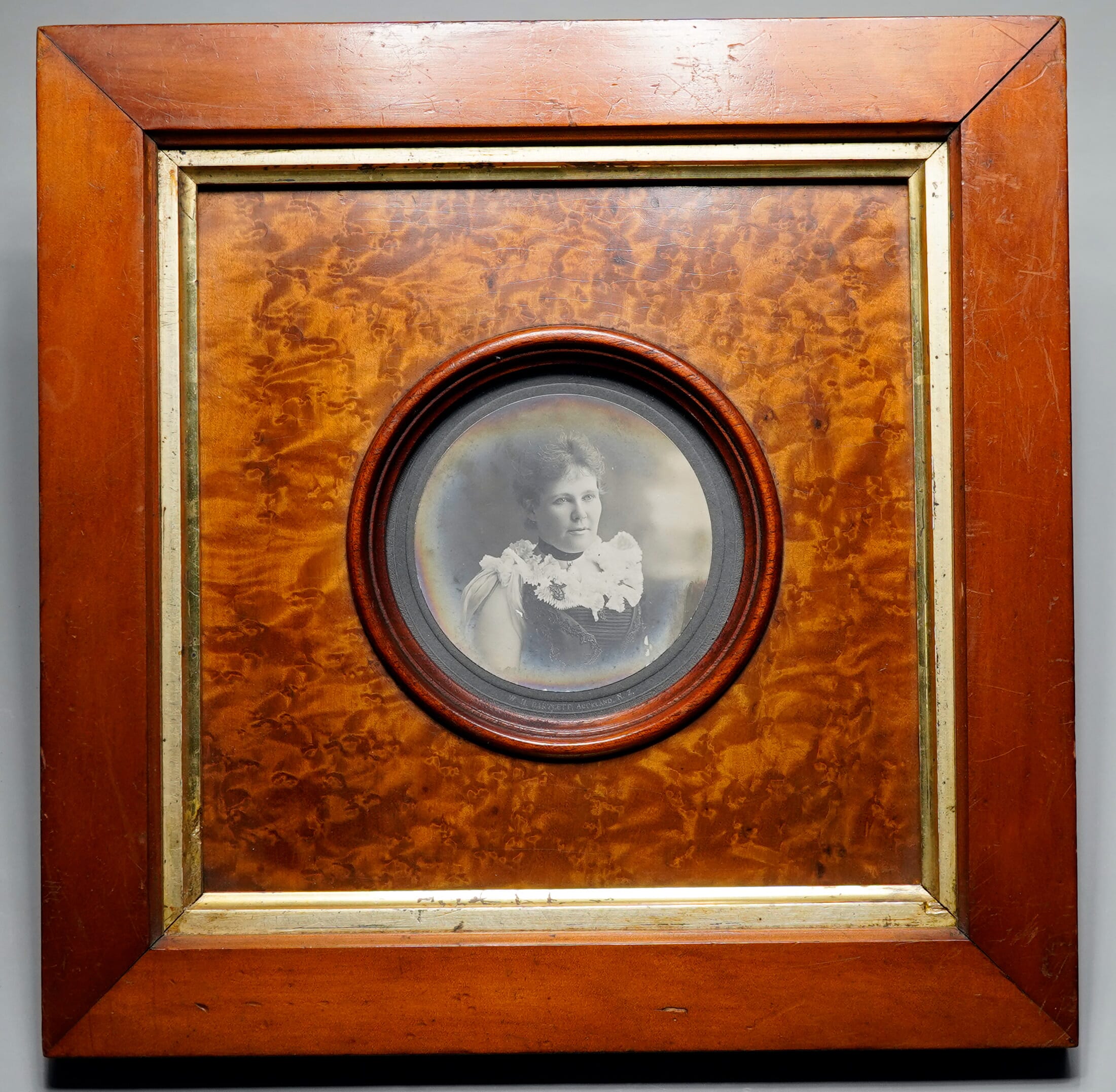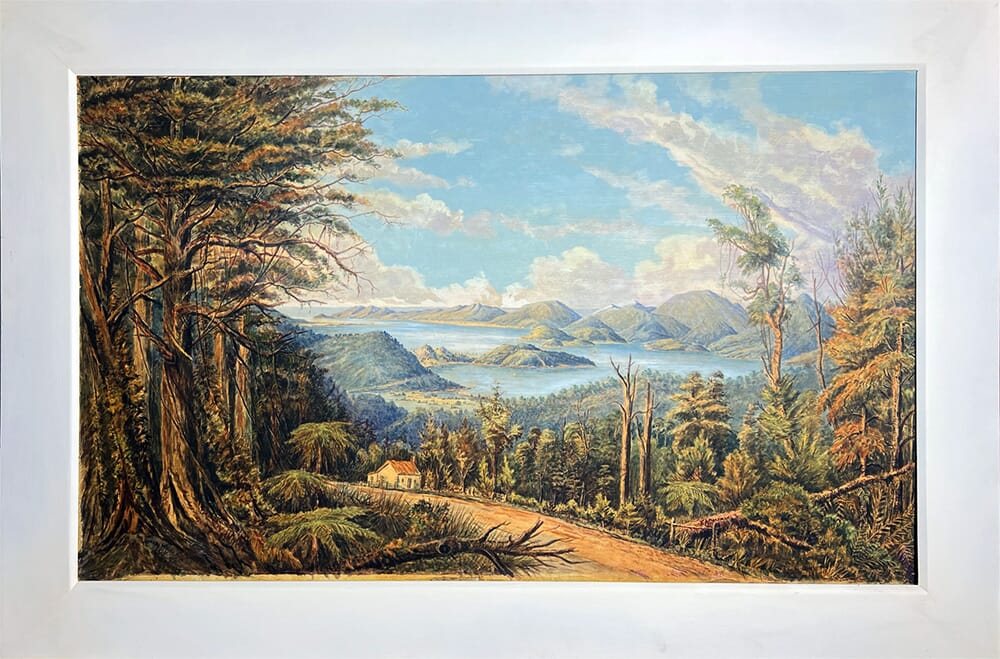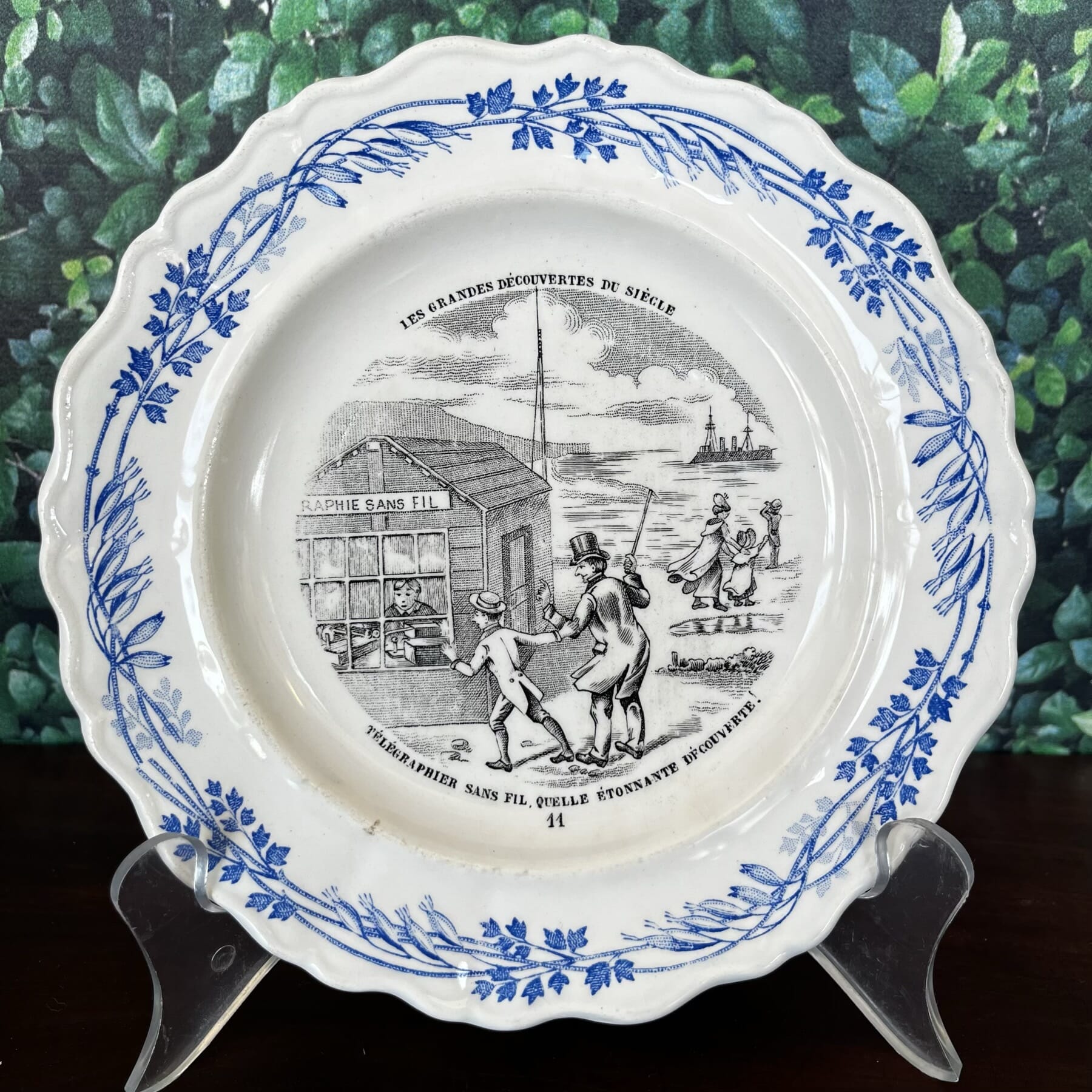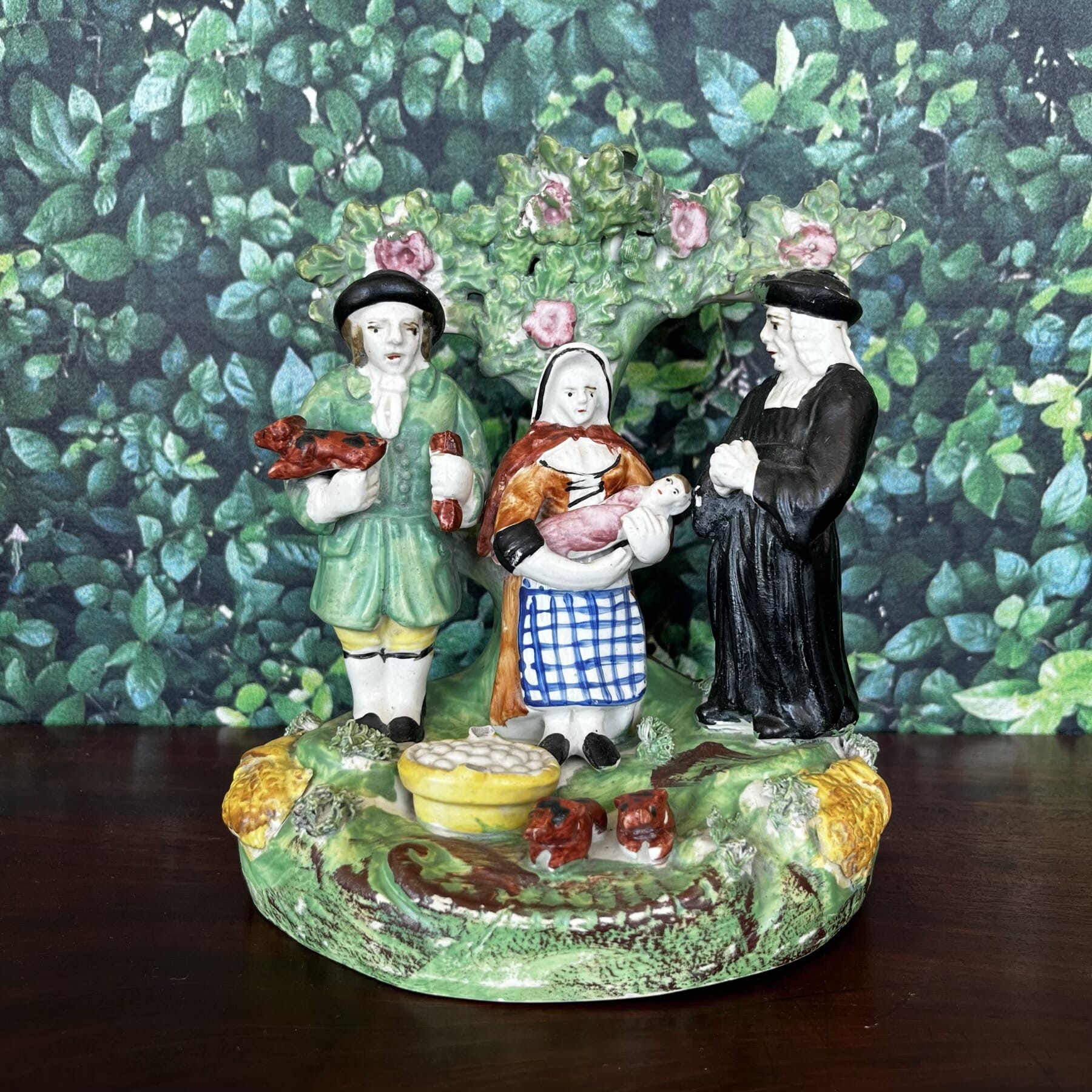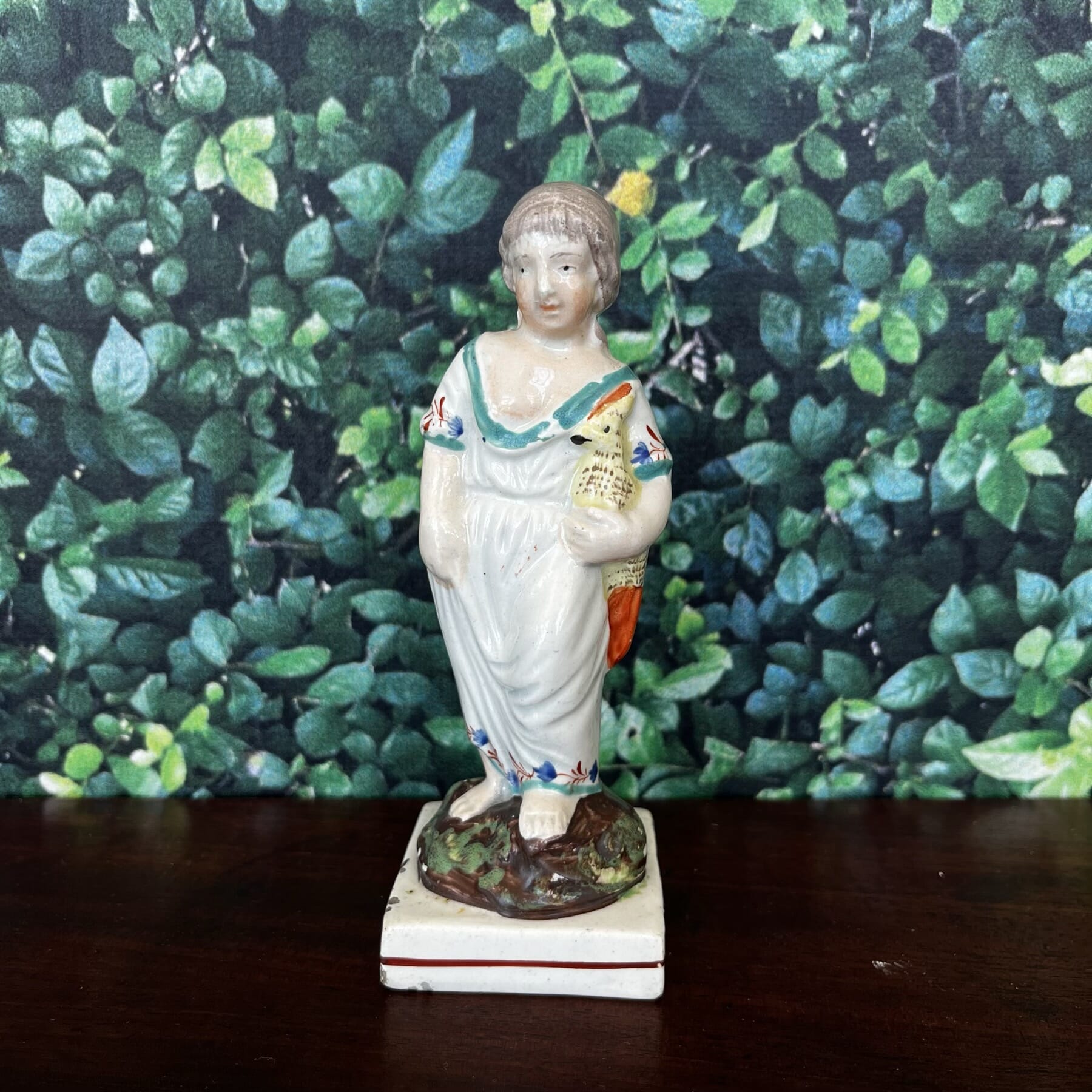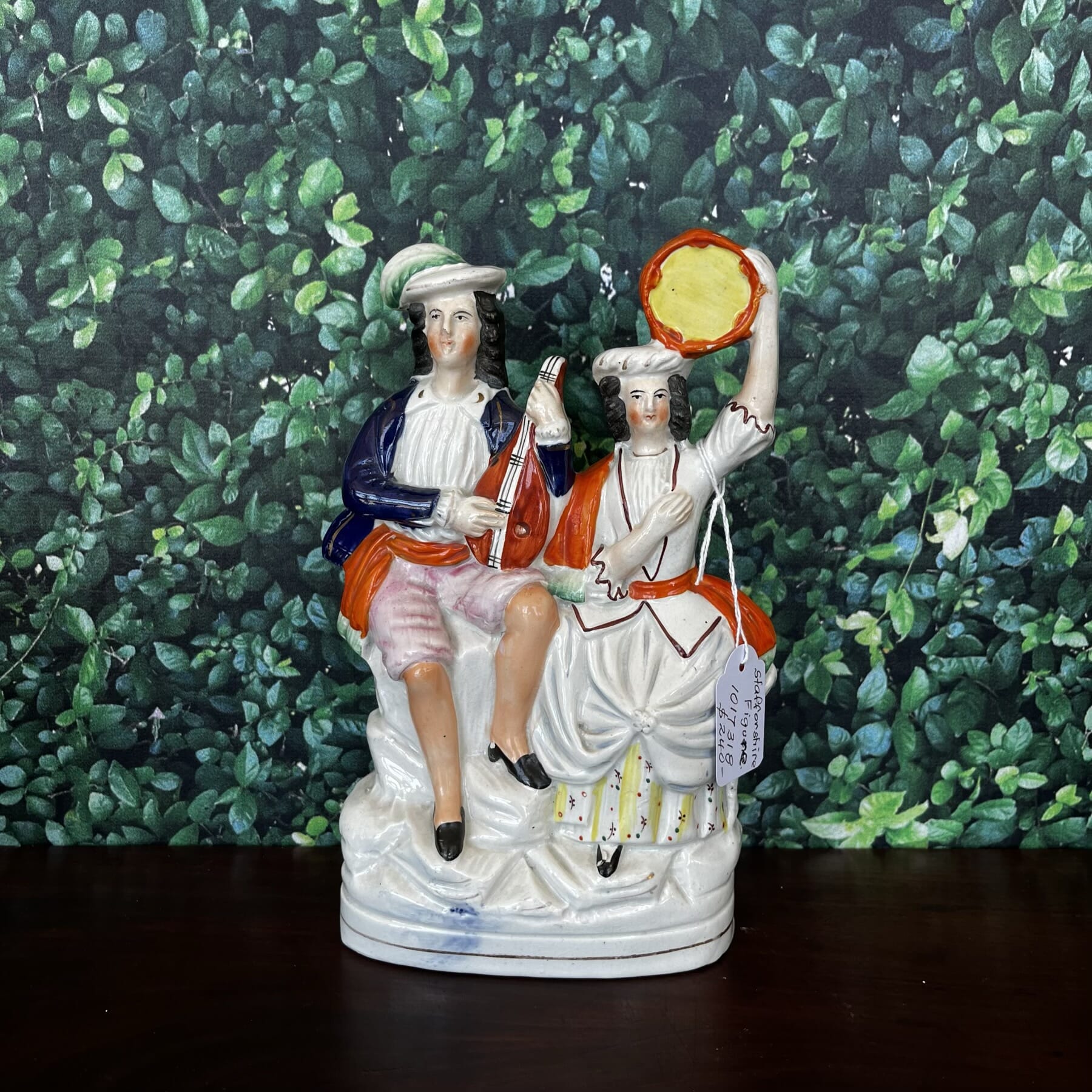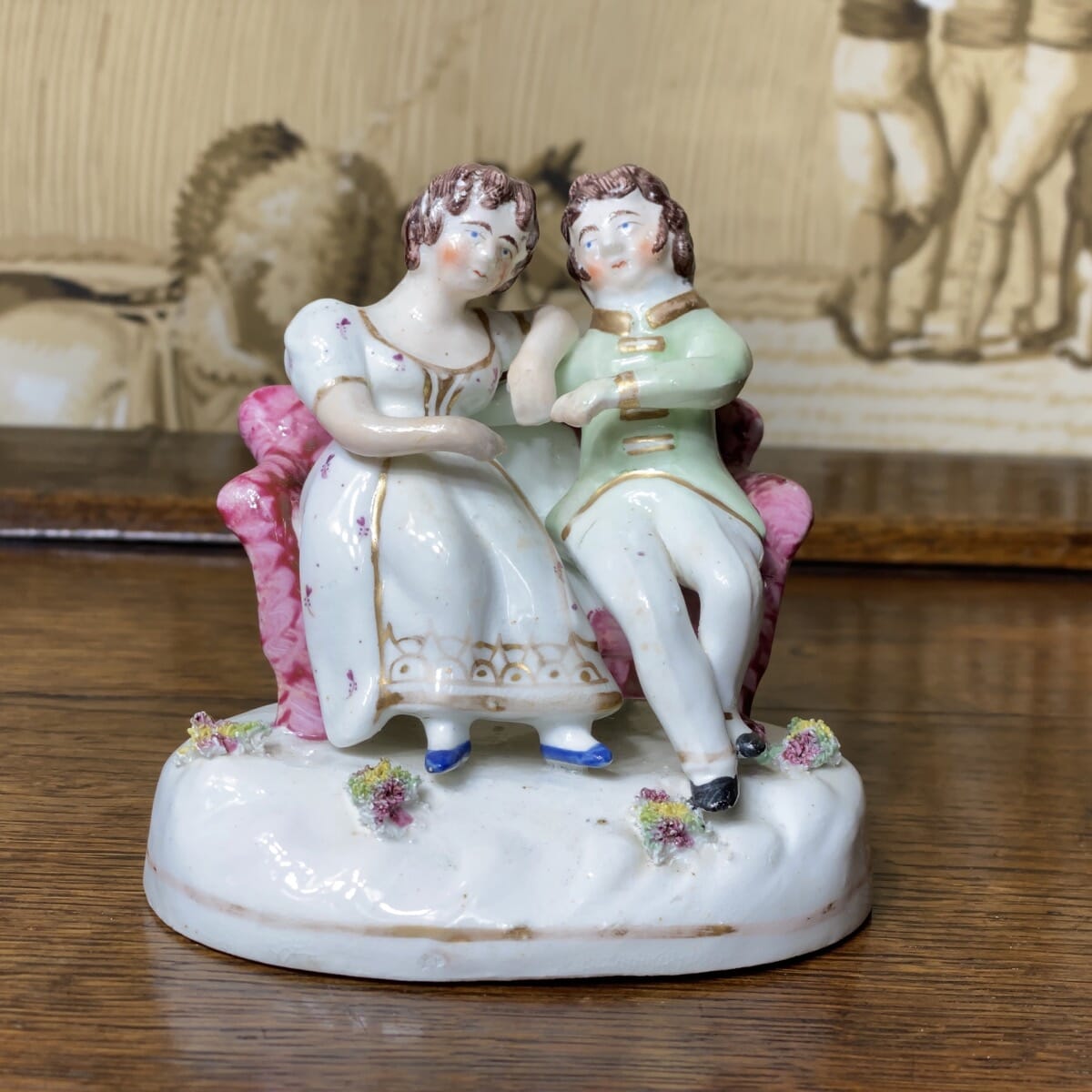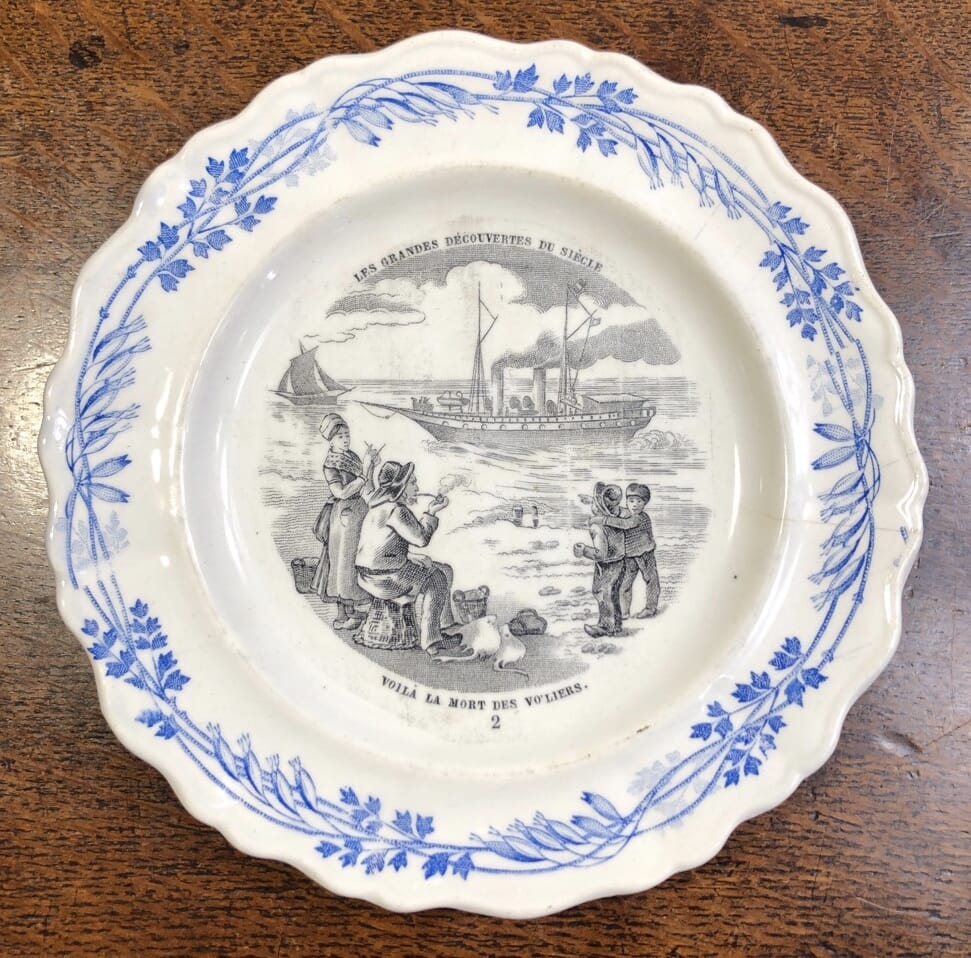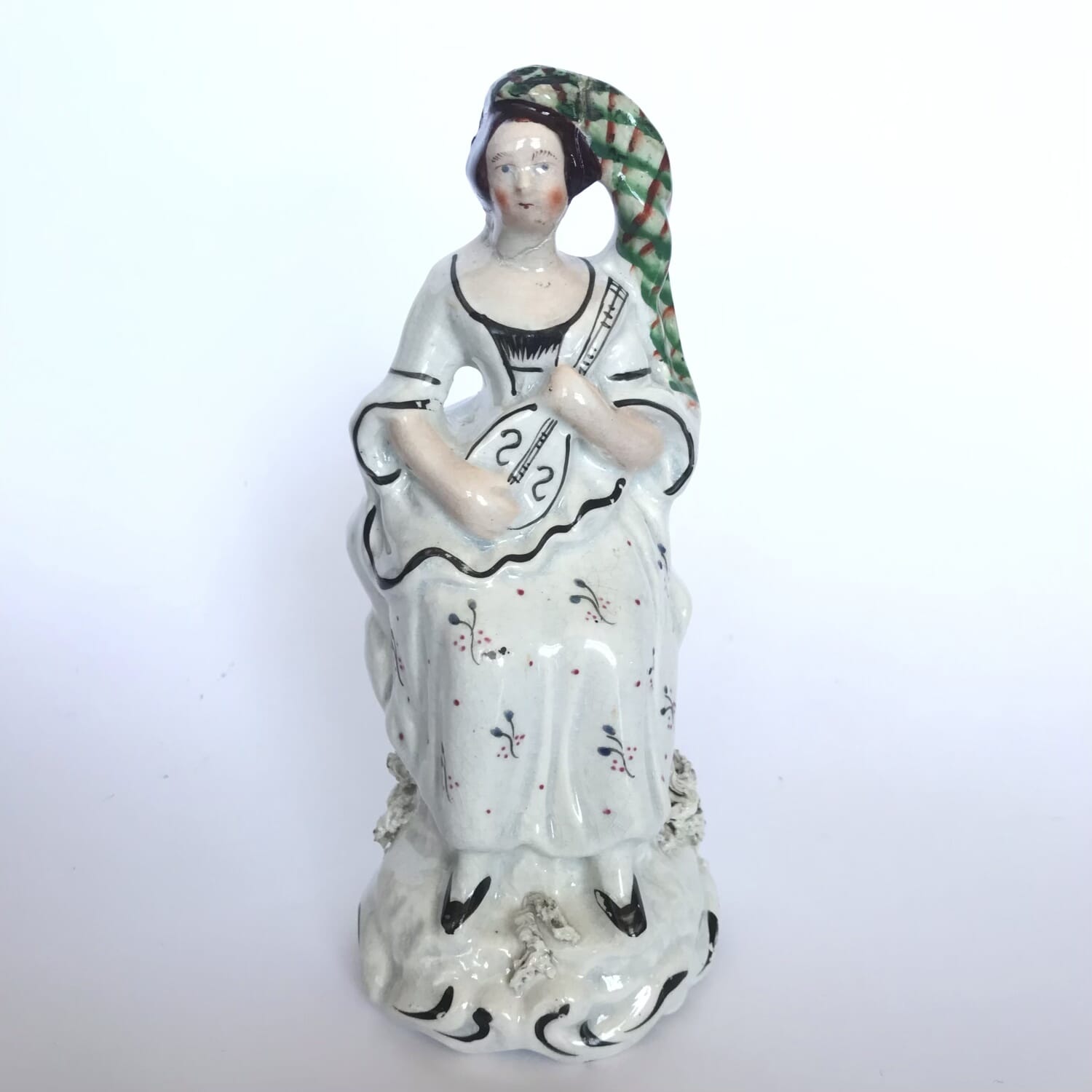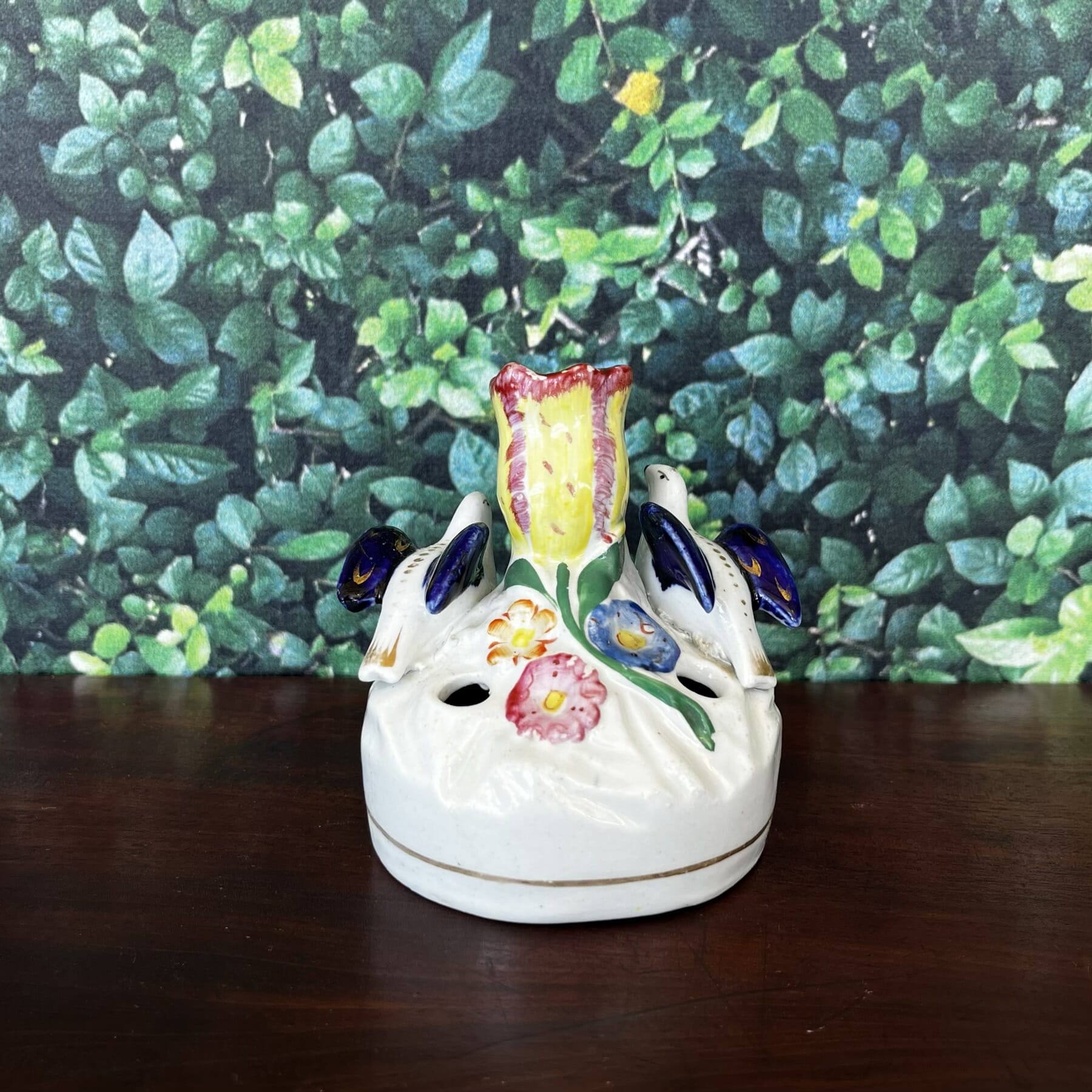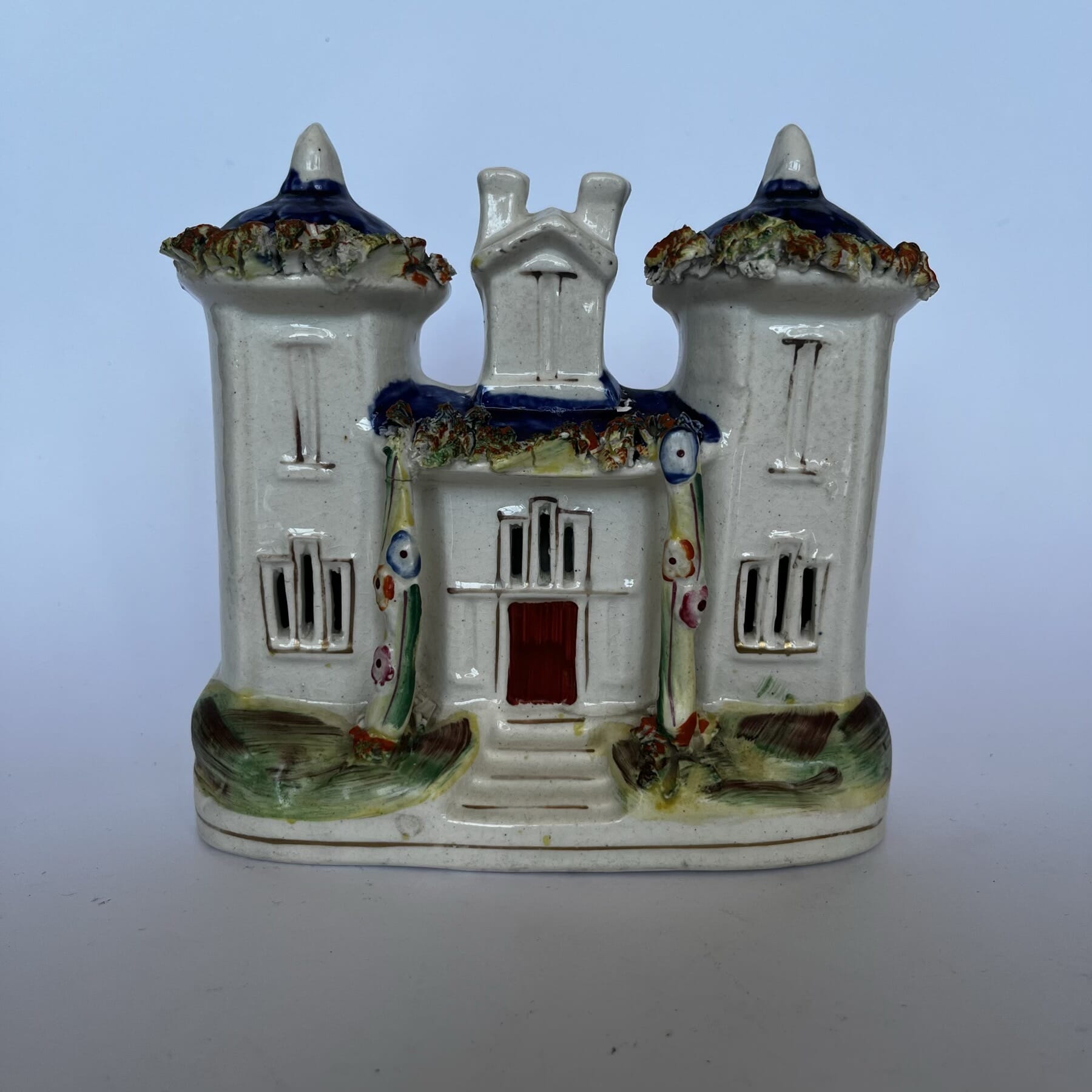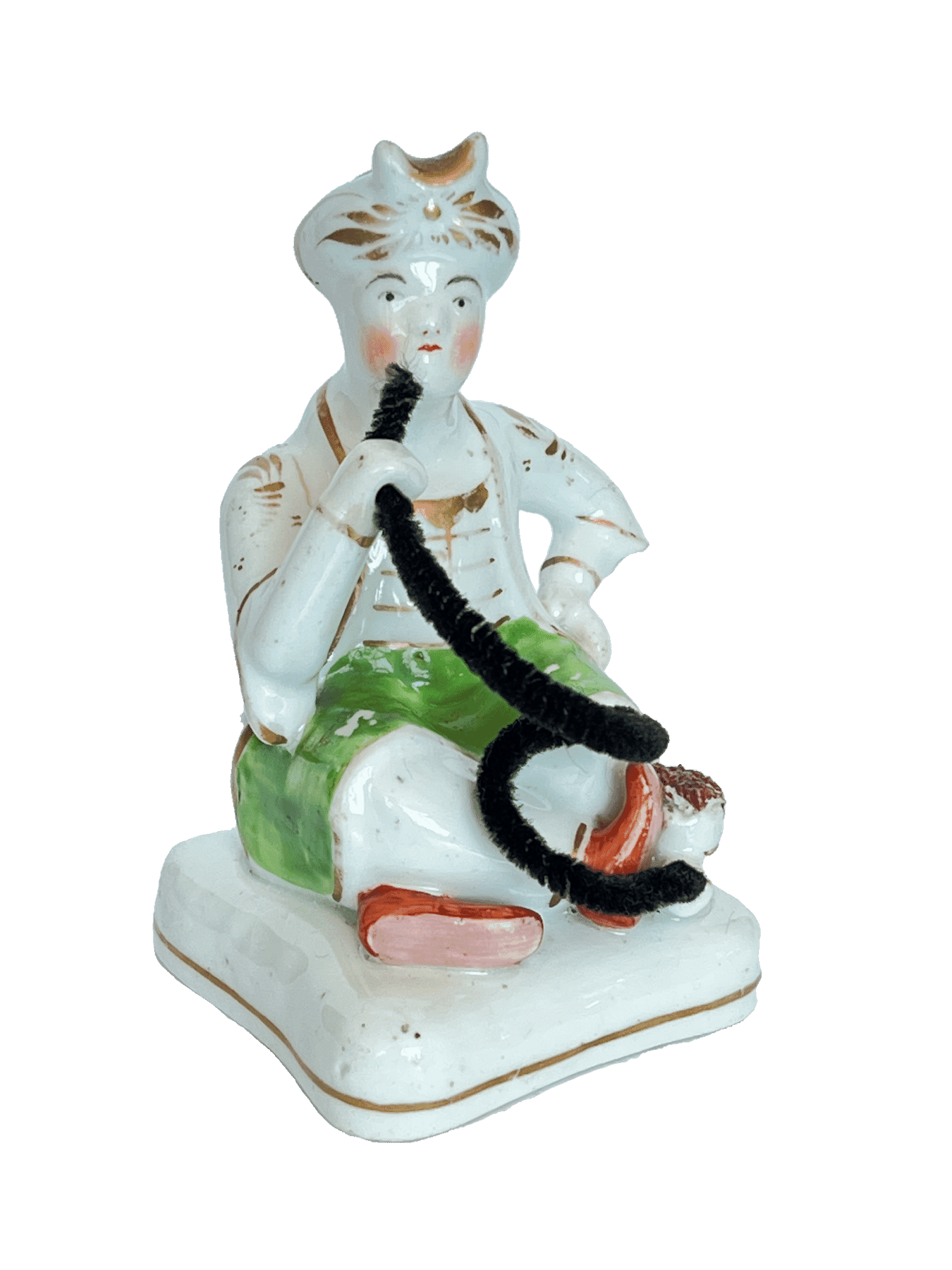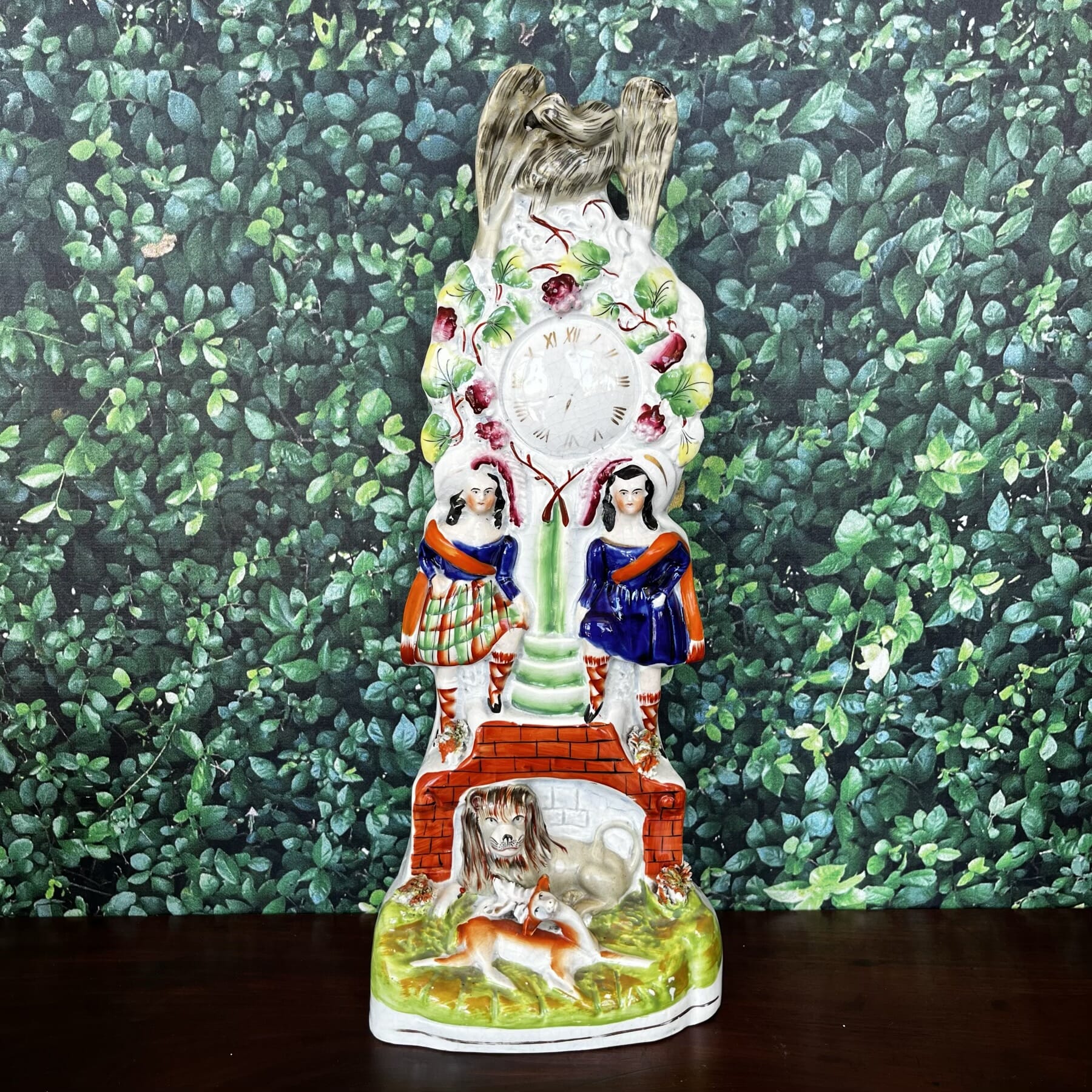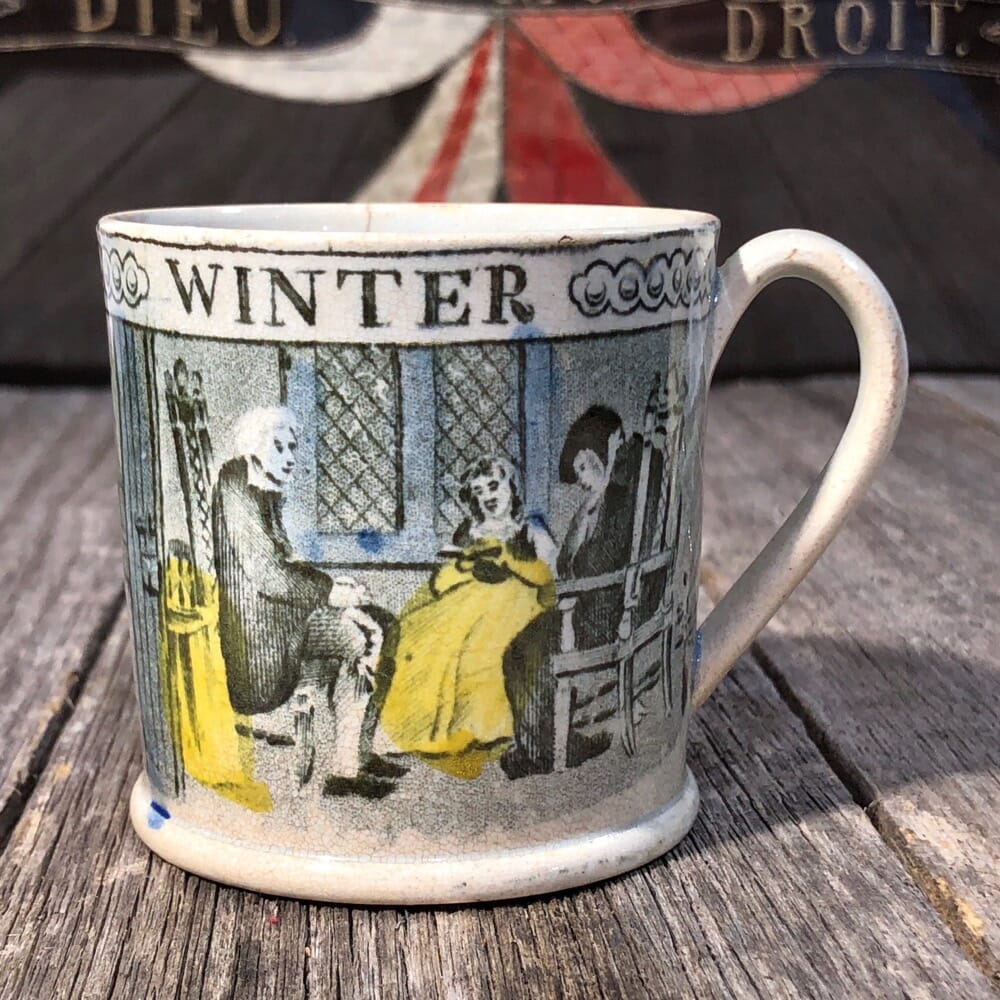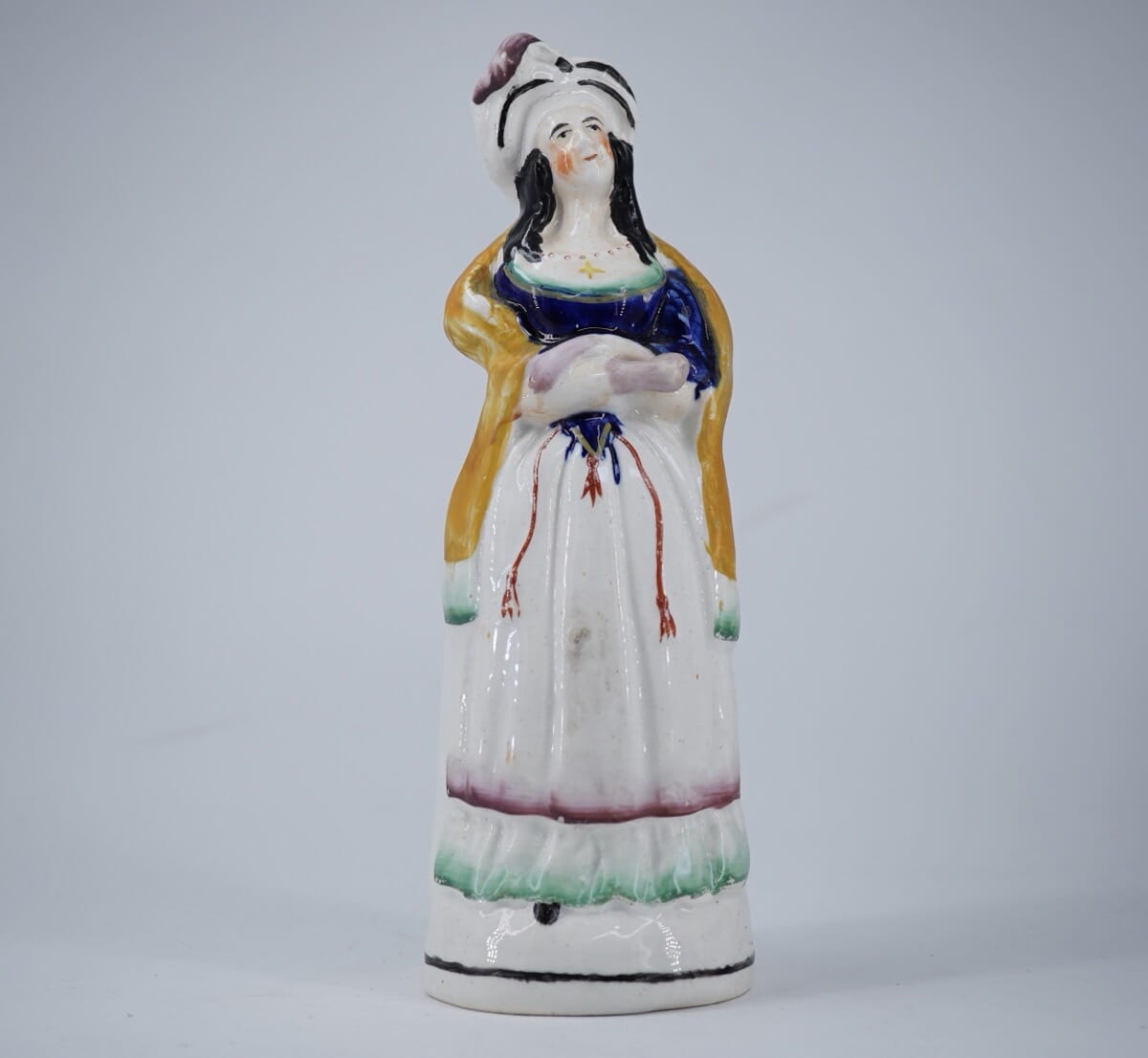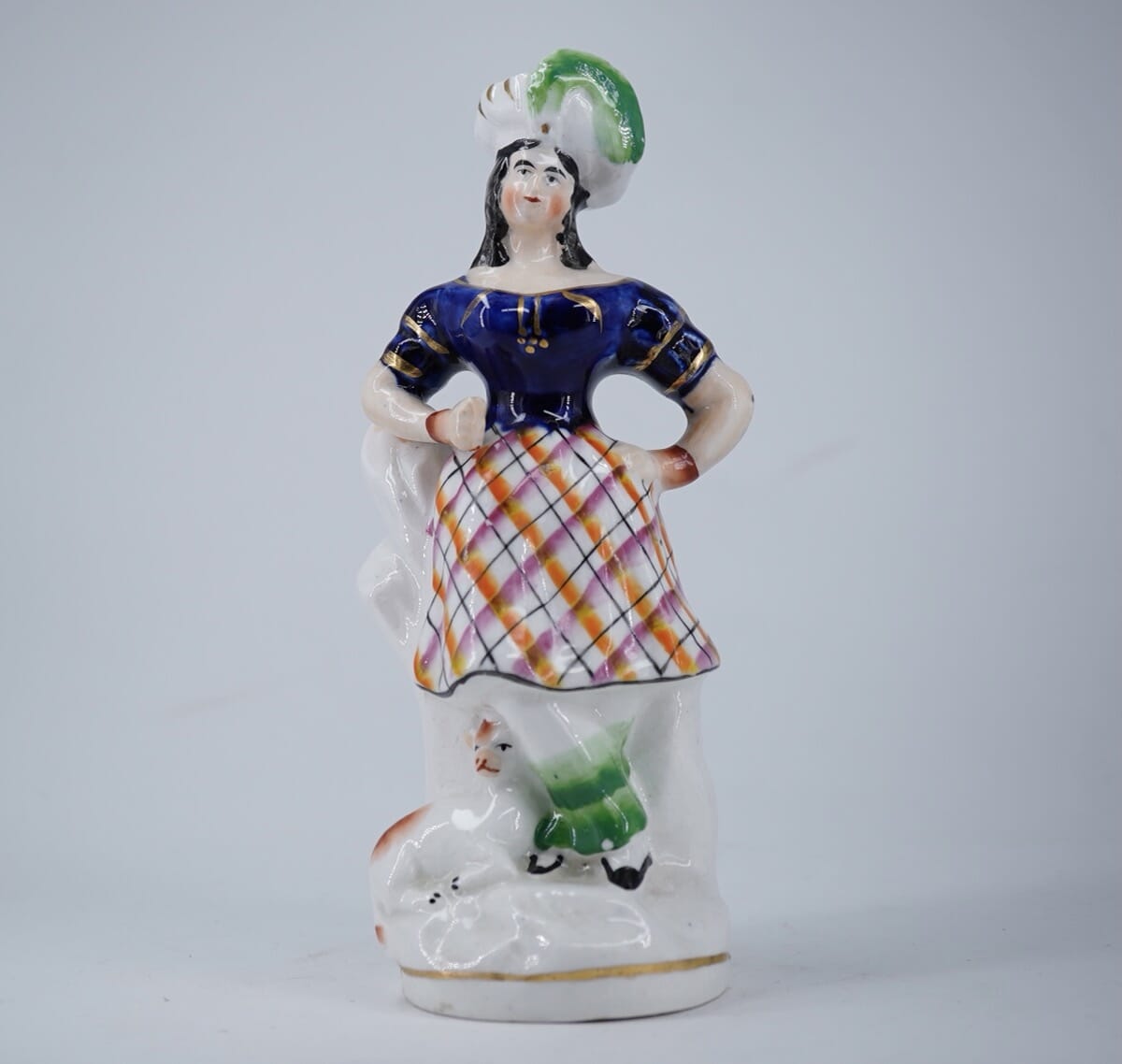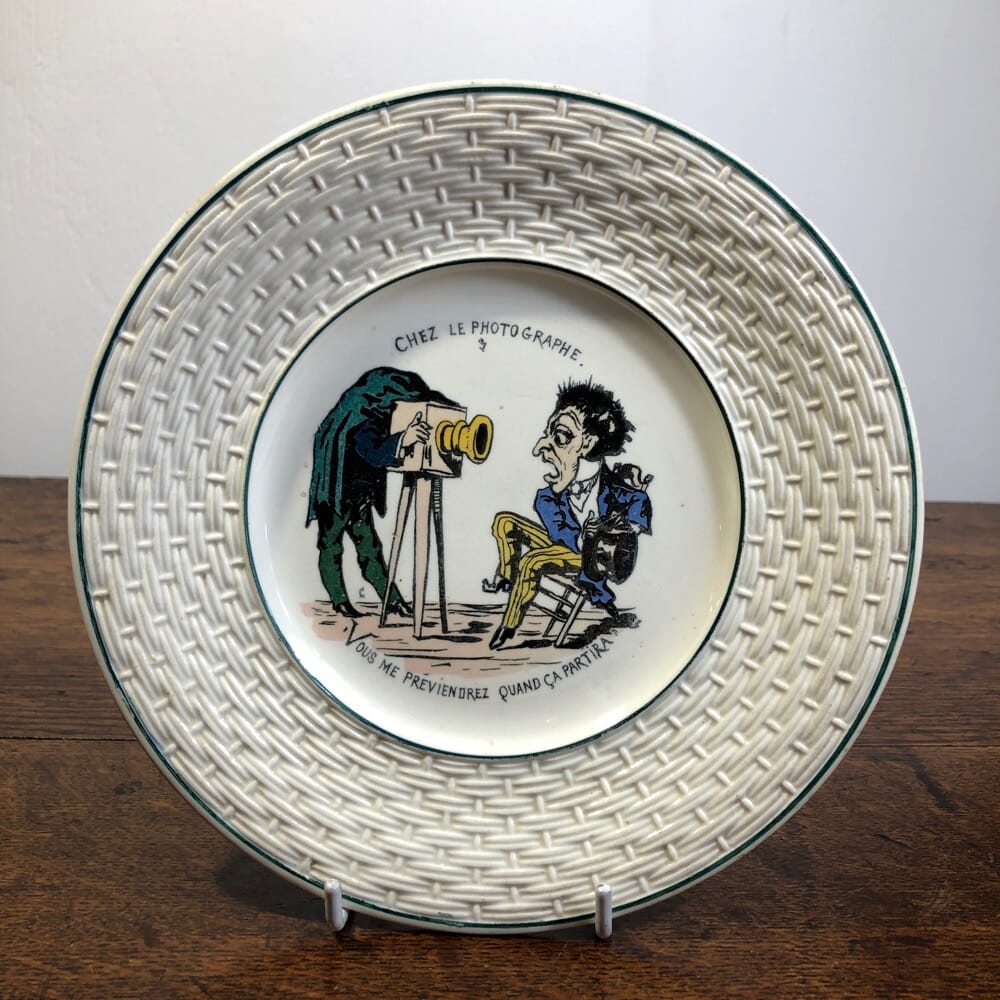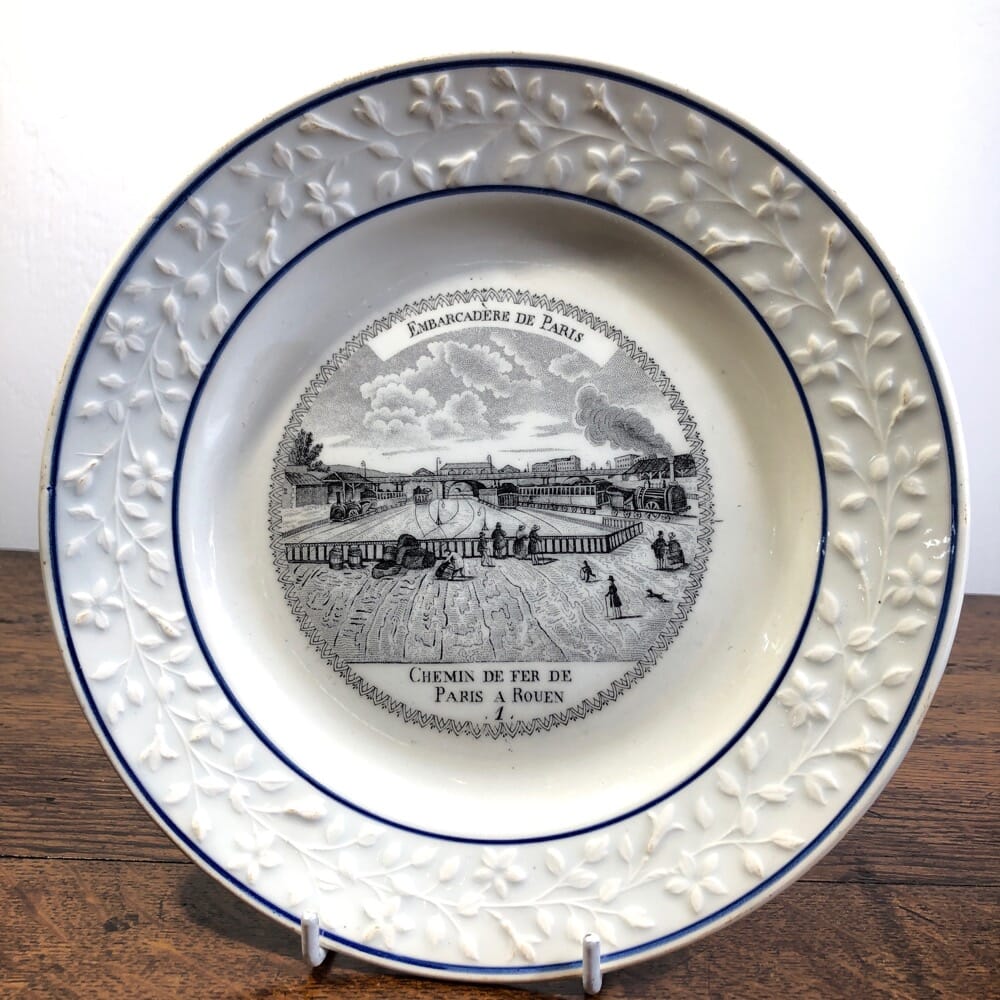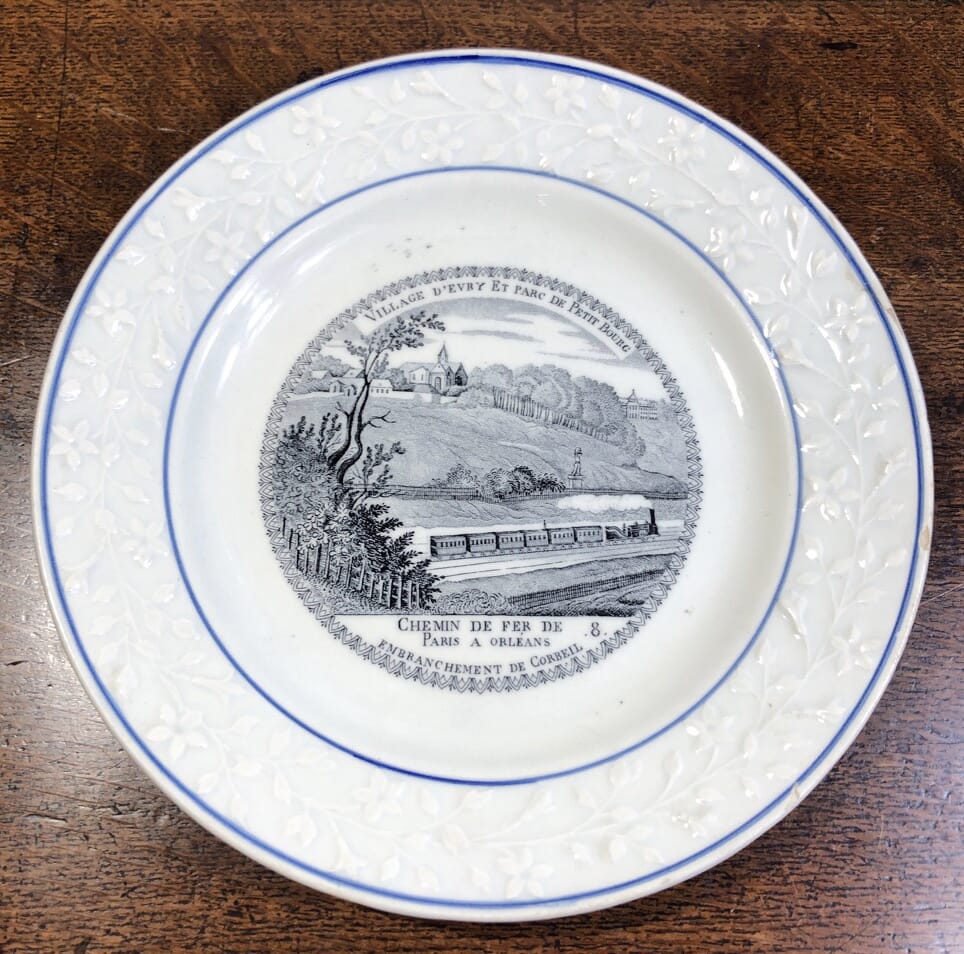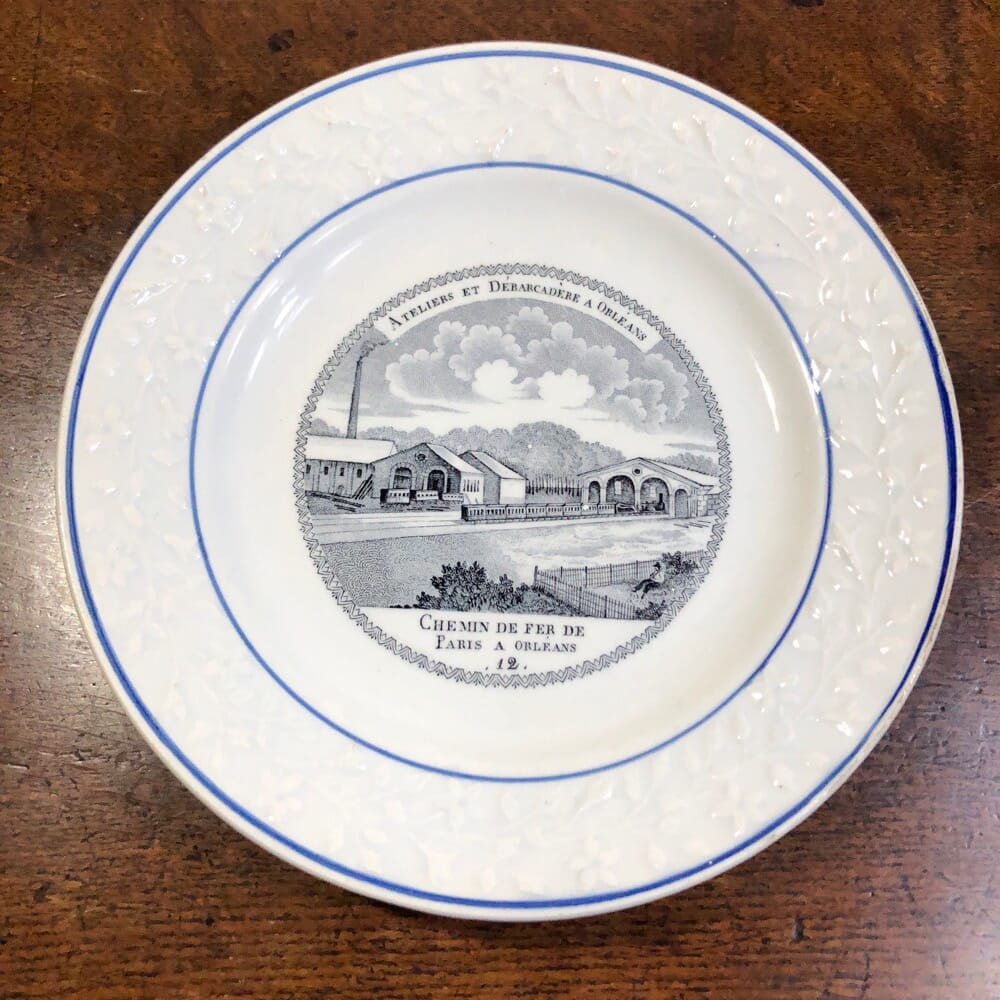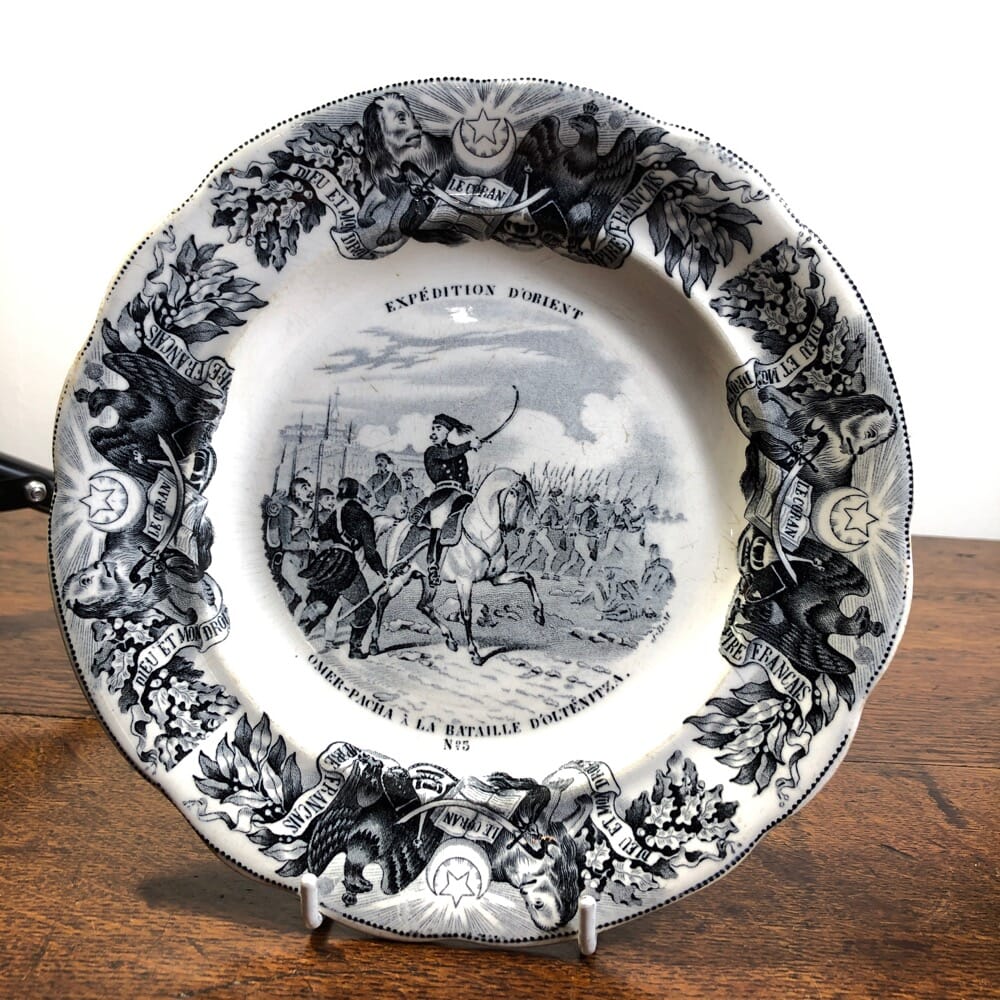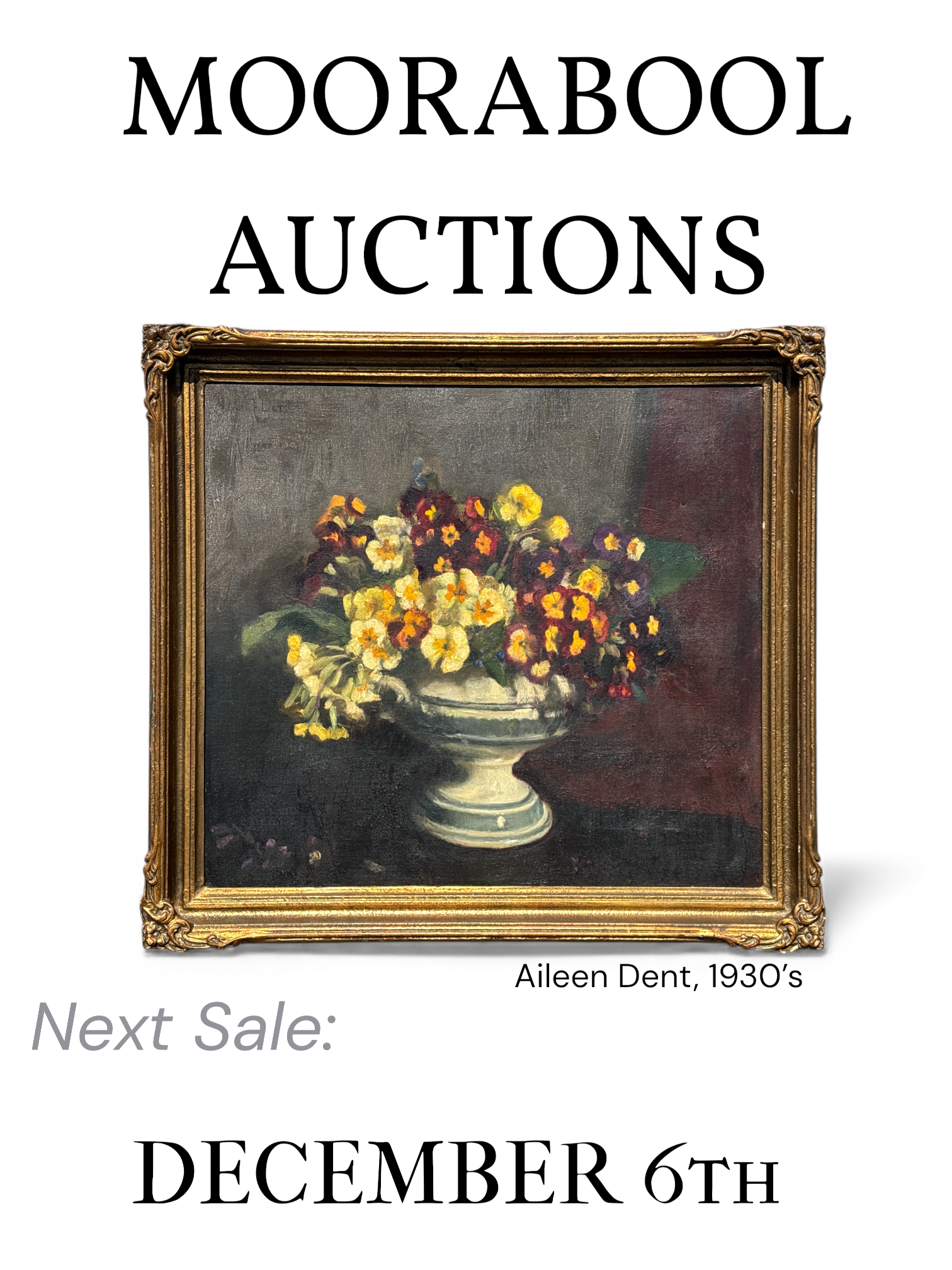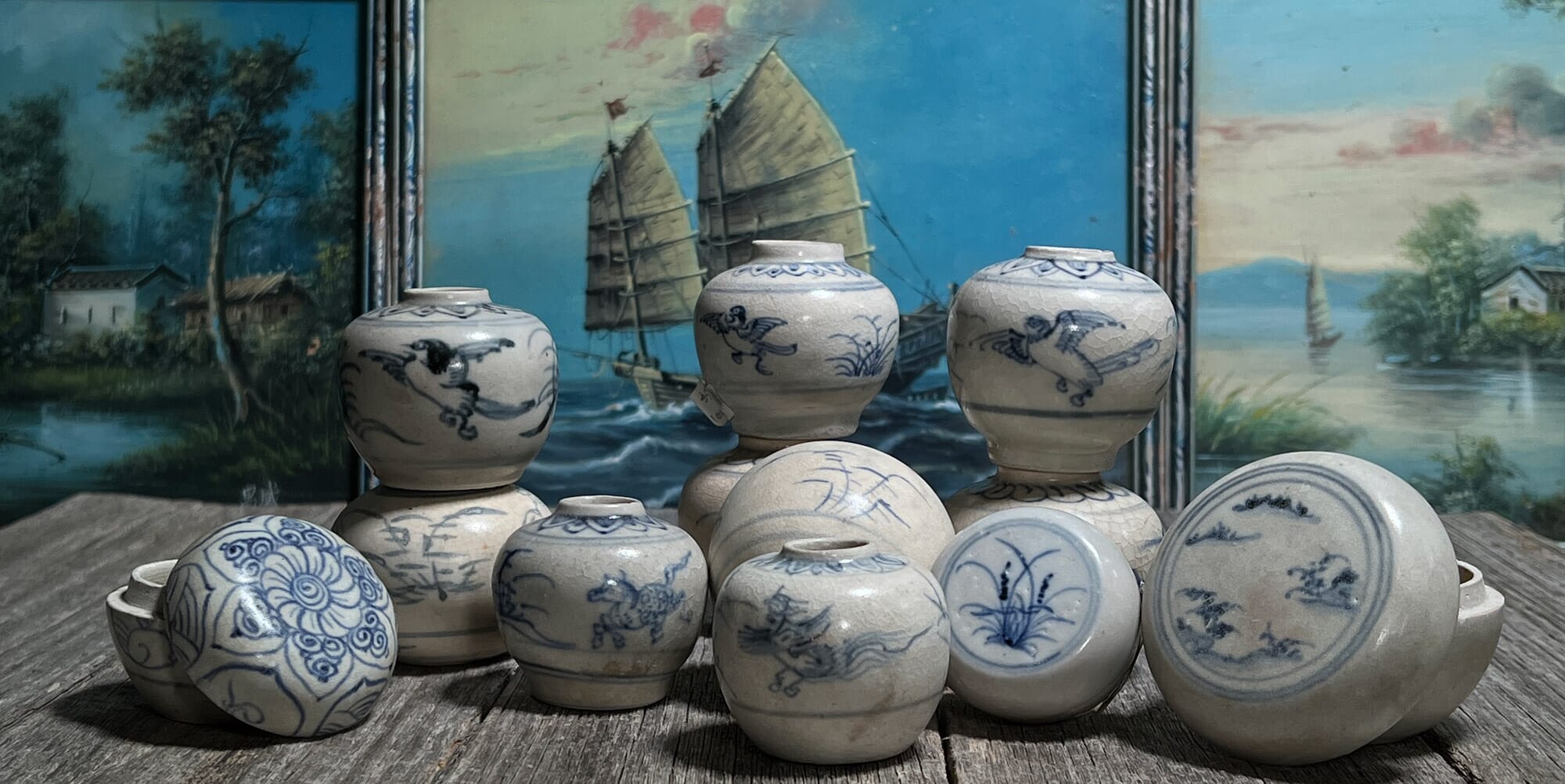

We go back to the beginning in this stock release of Antiquities.
We’ve stocked Antiquities at Moorabool for many decades, beginning in the 1990’s when a young Paul Rosenberg studied the subject at University. When he lived in London and studied at Christies, he discovered the amazing world of the Antiquities Trade in London. Through good fortune, he befriended an elderly dealer who took him under her wing and taught him the ropes. This was a time when the Middle-East was opening up, and masses of items were flooding into Europe: one of the first lessons was to avoid such sources!
Firstly, they were illegal; the items had been ripped out of the ground and sold without provenance. The funds were flowing back to undesirable causes….
At the same time, there were workshops making ancient artifacts: many were very convincing, with even the large dealers being caught out by cunning fakery.
The best way to ensure authenticity, he was taught, was to find pieces from old collections. The thing about fakes is that they were pretty bad in historical times: there was not much understanding about technique and style, and things such as materials used and techniques of construction were not ‘faked’ – the fakers used materials at hand, and modern tools & techniques. They often look pretty bad when put alongside a genuine piece.
This all changed in the latter 20th century: publications explaining how to tell a genuine item – and then the internet – meant there was a resource for fakers to learn how to fool the experts. This is particularly apparent in the world of Chinese Antiquities.
Moorabool follows these lessons today – sourcing pieces from old collections when possible – and Melbourners of the past were great collectors of Antiquities.
Today’s Fresh Stock release is a fine selection of interesting ancient artifacts.
All Guaranteed Genuine – we provide a certificate with each, and they prove to be very popular gifts.
Their fascination is universal, and the age alone astounds young & old: to hold one of these pieces is to hold a small part of our humanity. It’s where we all came from, and really puts the present into context.
Enjoy!
-
 Large Roman bronze feline ‘claw’ fitting, 1st c. BC – 1st c. AD$585.00 AUD
Large Roman bronze feline ‘claw’ fitting, 1st c. BC – 1st c. AD$585.00 AUD -
 Chinese white pottery wine cup, Ivory glaze, 8th-9th century AD$390.00 AUD
Chinese white pottery wine cup, Ivory glaze, 8th-9th century AD$390.00 AUD -
 Eastern Han amber glaze pottery vessel, 25-220 AD$580.00 AUD
Eastern Han amber glaze pottery vessel, 25-220 AD$580.00 AUD -
 Tang Dynasty terracotta figure of a man, 8th century AD$395.00 AUD
Tang Dynasty terracotta figure of a man, 8th century AD$395.00 AUD -
 Tang Dynasty terracotta figure of a Soldier, 8th century AD$480.00 AUD
Tang Dynasty terracotta figure of a Soldier, 8th century AD$480.00 AUD -
 Tang Dynasty terracotta figure of a Soldier, 8th century AD$480.00 AUD
Tang Dynasty terracotta figure of a Soldier, 8th century AD$480.00 AUD -
 Tang Dynasty terracotta figure of a woman, 8th century AD$395.00 AUD
Tang Dynasty terracotta figure of a woman, 8th century AD$395.00 AUD -
 Life-size Chinese model of a duck, Han Dynasty, 2nd century BC$4,500.00 AUD
Life-size Chinese model of a duck, Han Dynasty, 2nd century BC$4,500.00 AUD -
 Roman Legionnaires helmet handle, bronze, 3rd-4th century AD$545.00 AUD
Roman Legionnaires helmet handle, bronze, 3rd-4th century AD$545.00 AUD -
 Ancient Celtic Bronze Age spiral fitting, 10th-8th century BCSold
Ancient Celtic Bronze Age spiral fitting, 10th-8th century BCSold -
 Roman bronze fibula, 2nd – 3rd century AD$185.00 AUD
Roman bronze fibula, 2nd – 3rd century AD$185.00 AUD -
 Bronze brooch, Frankish, 8th – 10th centurySold
Bronze brooch, Frankish, 8th – 10th centurySold -
 Ancient Egyptian faience amulet, Anubus, Late Period, 700-300BC$295.00 AUD
Ancient Egyptian faience amulet, Anubus, Late Period, 700-300BC$295.00 AUD -
 Han Dynasty seated grey pottery figure, Musician, Eastern Han 1st-2nd c. AD$540.00 AUD
Han Dynasty seated grey pottery figure, Musician, Eastern Han 1st-2nd c. AD$540.00 AUD -
 Egyptian bronze sistrum rattle handle, head of Hathor, Greco-Roman period. 2nd c. BC – 1st c. AD$645.00 AUD
Egyptian bronze sistrum rattle handle, head of Hathor, Greco-Roman period. 2nd c. BC – 1st c. AD$645.00 AUD -
 Ancient miniature bronze mirror, circle engraved & tinned, 2nd-1st century BC$465.00 AUD
Ancient miniature bronze mirror, circle engraved & tinned, 2nd-1st century BC$465.00 AUD -
 Ancient Celtic bronze cloak pin, spiral form, 8th-2nd century BC$435.00 AUD
Ancient Celtic bronze cloak pin, spiral form, 8th-2nd century BC$435.00 AUD -
 Bronze Age chariot fitting, reins holder, Northern Europe Celtic 8th-5th century BC$595.00 AUD
Bronze Age chariot fitting, reins holder, Northern Europe Celtic 8th-5th century BC$595.00 AUD -
 Roman bronze fibula, 1st-2nd century AD$165.00 AUD
Roman bronze fibula, 1st-2nd century AD$165.00 AUD -
 Ancient Greek pottery head, pale clay, 5th-4th century BC$345.00 AUD
Ancient Greek pottery head, pale clay, 5th-4th century BC$345.00 AUD
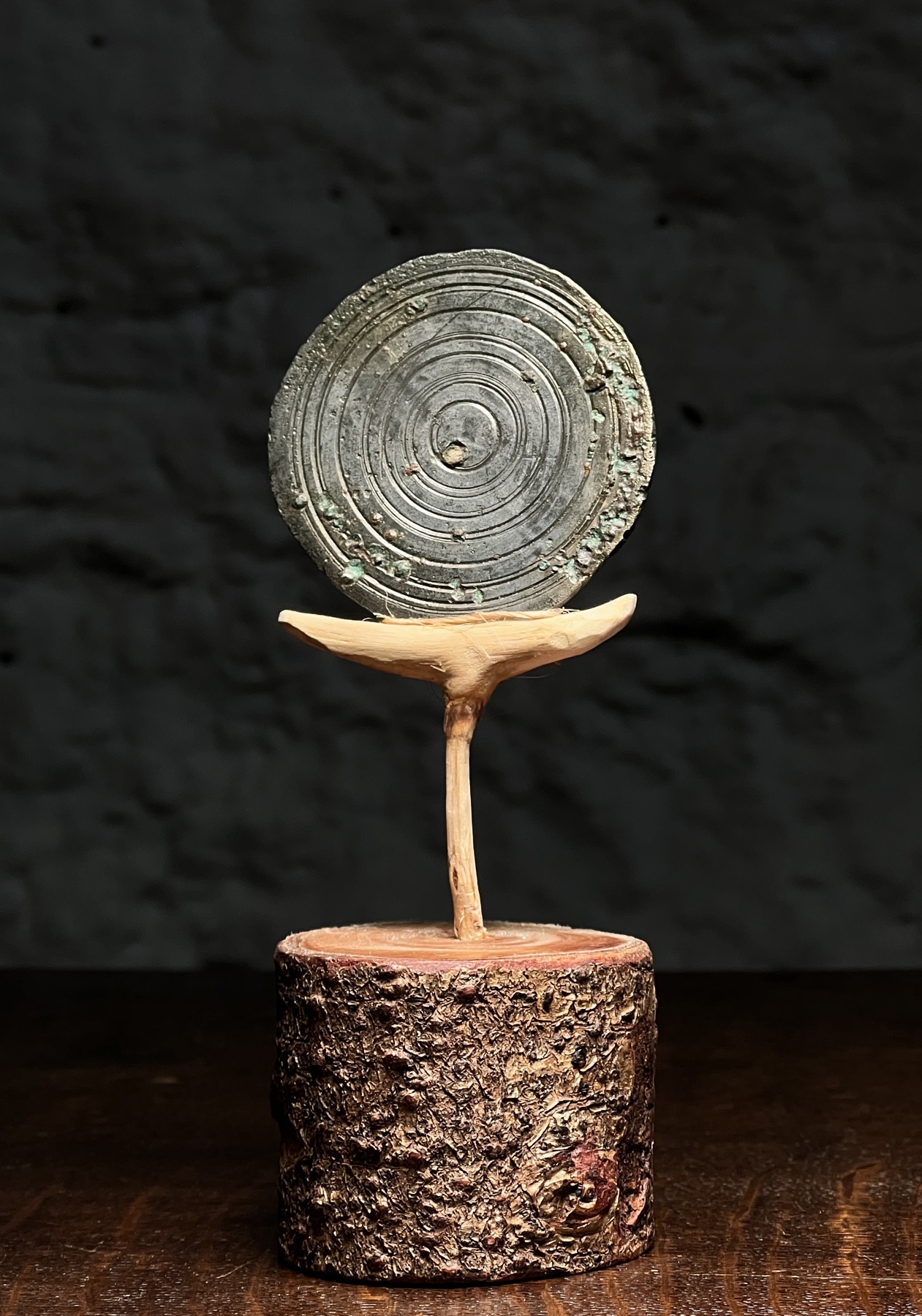
Mirrors on the Ancient World
The discovery of Bronze working gave rise to the introduction of the first mirrors: the shine of newly spelted bronze allowed the onlooker to see their image reflected, and so it was only natural that flat bronze surfaces were polished for that purpose. Egyptian mirrors emerged 6,000 years ago, and Chinese bronze workers independently developed very similar products shortly after. The Greeks followed, and then the Romans. During their empire, they were made all over Europe, and the example we have dates to this period, 2nd-1st century BC. As the Roman Empire faded into the so-called ‘Dark Ages’, mirror technology was forgotten in Europe – but never in China, and the Middle East. Their re-emergence in Europe coincides with the expansion of the ‘Viking’ trading networks across the continent, and their interactions with the Middle East. Mirrors appear again in the early Medieval period in Northern Europe, 9th-10th centuries AD. A topic for another blog!
The mirror in today’s Fresh is from the Roman period, dating to the first few centuries BC.
Chinese Antiquities
As you will notice, we have a good stock of early Chinese pieces.
These were purchased by Paul, mostly in Hong Kong, in the 1990’s and early 2000’s. At that time, there was a vast amount being uncovered in China, due in no small part to the rapid investment by the government in infrastructure: the network of roads, railways, and entire new cities throughout the regions that had 5,000 years of history just beneath the soil led to the inevitable destruction of a vast number of archaeological sites.
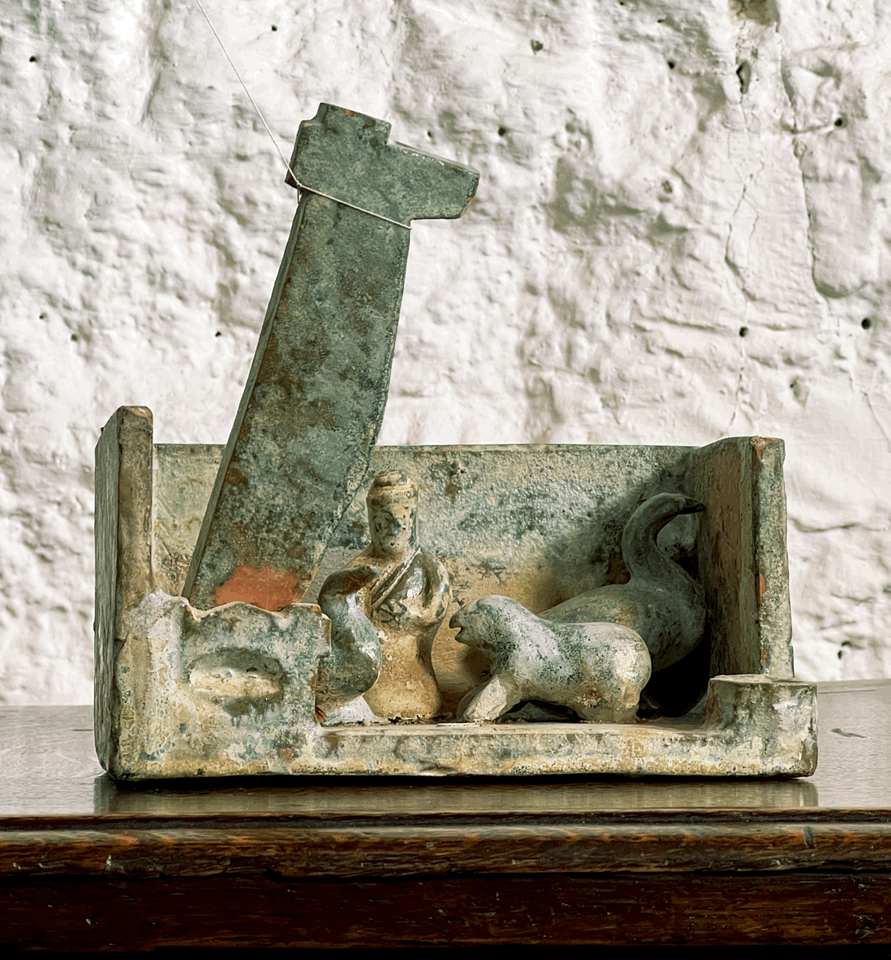
Case point: the Three Gorges Dam, the largest project of its kind ever undertaken, began construction in 1994. It flooded a very important part of the country, the river valleys where Chinese civilization had taken root from the Neolithic period 6,000 years ago through to the present. Over 2,000 modern-day towns and villages were destroyed, with the water level rising 91 meters to create a lake 600km long…. the quoted number of archaeological sites destroyed by this is 1,300, but this is unverifiable, and depends on the definition of ‘site’: an area as well populated for so many thousands of years would have been saturated with cultural remains. Some buildings were relocated, but the vast majority was left to the floodwaters – or recovered & sold. This process repeated itself all over China as their market capitalism experiment took root: the vast number of factories alone that were constructed, and the towns to house their workers, required a huge amount of land, which was often full of cultural artifacts. The scale of it meant that while archaeologists were involved with some – and hopefully the most important – recoveries, it was the developers and contractors who were responsible for collecting items from a project. These items were then sold, and made their way to the West.
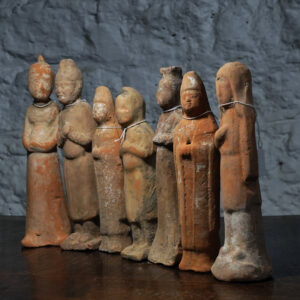
This all changed by the end of the decade. China introduced strict laws, and Chinese Culture – which had been despised by the previous mindset of the ‘cultural revolution’ (responsible for the destruction of vast amounts of Chinese Art & Artifacts) – suddenly became a focus. The export of such items was halted, and Hong Kong suddenly became bare of Chinese Antiquities…
That is, until the fakers got to work. With the original Chinese source ceasing, the gap in the market became lucrative for brand-new antiquities. Ironically, many of these are probably made in China, and perfectly legitimately exported as copies. Unfortunately, they are often sold as original in the West; to see examples of this you have to look no further than the popular online sales platforms, awash in recent copies and impossible to tell from a photo in most cases.
We have a stash of good original pieces, put aside over 20 years ago and only recently brought out to be catalogued.
The best of these pieces is the duck below: he had a chipped beak, so had not been offered for sale – now his beak is fixed, he’s a handsome, large rarity, straight out of a Chinese farmyard 2,000 years ago.
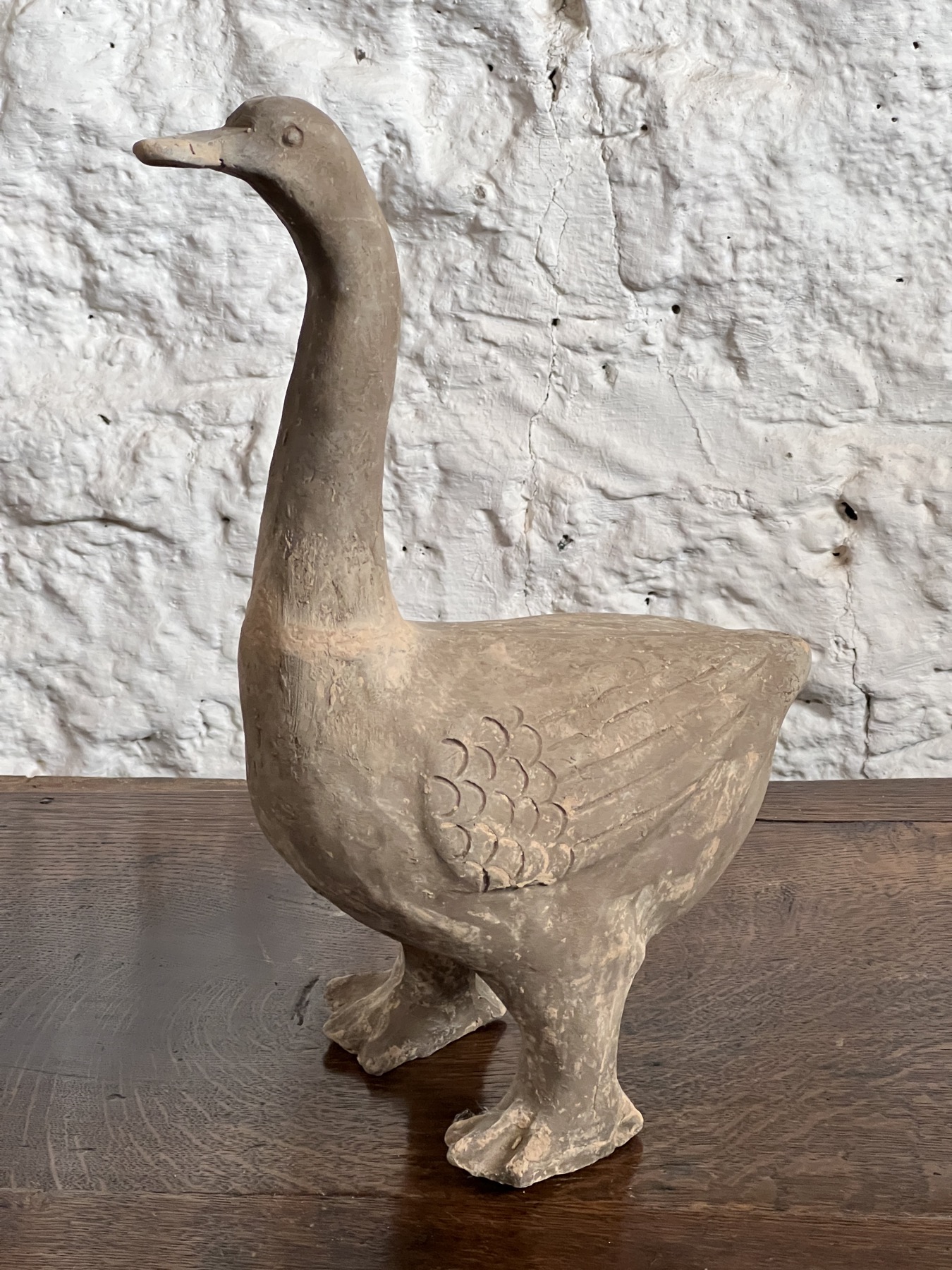
Hoi An Shipwreck Ceramics
Back in the early 2000’s, a sensational shipwreck recovery hit the market. Under the sea for 500 years, these desirable little pieces of Annomese – meaning Vietnamese – ceramics are actually not even ‘second hand’ – they didn’t make it to their destination when originally made!
They were produced at Chu Dau, near Hanoi, where an excavated kiln site of the period matches the shipwreck finds exactly. They were, of course, entirely hand-painted, and it is the calligraphic style of this brushwork that attracts the eye of the collector. They come from the ‘Golden Age’ of the Annamese ceramics tradition, a short period at the end of the 15th century when opportunity favoured the Vietnamese potters. China, with its immense trade network, had collapsed into civil war, and overseas trade was shut down for a period by decree of the Emperor.
Vietnam, with many Chinese traders & potters, already in place, was in the perfect position to take on this lucrative production & trade, with South-East Asia and the rich kingdoms of present-day Indonesia being the markets where there was high demand for ceramics. It is no coincidence therefore that they borrow heavily on Chinese design – and yet there is a distinct individuality to the products.
-
 Small jarlet, painted in blue with lively chich chòe birds+ bamboo, Hoi An shipwreck, Vietnam, latter 15th Century.$580.00 AUD
Small jarlet, painted in blue with lively chich chòe birds+ bamboo, Hoi An shipwreck, Vietnam, latter 15th Century.$580.00 AUD -
 Annamese (Vietnamese) stoneware mini bottle, blue dec., Hoi An Shipwreck c.1480$280.00 AUD
Annamese (Vietnamese) stoneware mini bottle, blue dec., Hoi An Shipwreck c.1480$280.00 AUD -
 Hoi An Shipwreck wine bowl, petal lobed blue + white, later 15th century$295.00 AUD
Hoi An Shipwreck wine bowl, petal lobed blue + white, later 15th century$295.00 AUD -
 Hoi An Shipwreck teabowl, blue + white dec., 15th century Annamese$295.00 AUD
Hoi An Shipwreck teabowl, blue + white dec., 15th century Annamese$295.00 AUD -
 Hoi An shipwreck large charger with bird in foliage Late 15th C$1,350.00 AUD
Hoi An shipwreck large charger with bird in foliage Late 15th C$1,350.00 AUD -
 Hoi An Shipwreck blue & white jarlet, ‘chi chòe’ birds, Vietnam, late 15th century$580.00 AUD
Hoi An Shipwreck blue & white jarlet, ‘chi chòe’ birds, Vietnam, late 15th century$580.00 AUD -
 Hoi An Shipwreck blue & white jarlet, ‘chi chòe’ birds, Vietnam, late 15th century$520.00 AUD
Hoi An Shipwreck blue & white jarlet, ‘chi chòe’ birds, Vietnam, late 15th century$520.00 AUD -
 Hoi An Shipwreck blue & white ‘grass’ box, Vietnam, late 15th century$245.00 AUD
Hoi An Shipwreck blue & white ‘grass’ box, Vietnam, late 15th century$245.00 AUD -
 Hoi An Shipwreck blue & white jarlet, rare Phoenix decoration, Vietnam, late 15th centurySold
Hoi An Shipwreck blue & white jarlet, rare Phoenix decoration, Vietnam, late 15th centurySold -
 Hoi An Shipwreck blue & white jarlet, ‘chi chòe’ birds, Vietnam, late 15th century$580.00 AUD
Hoi An Shipwreck blue & white jarlet, ‘chi chòe’ birds, Vietnam, late 15th century$580.00 AUD -
 Hoi An Shipwreck blue & white scenic box, Vietnam, late 15th century$345.00 AUD
Hoi An Shipwreck blue & white scenic box, Vietnam, late 15th century$345.00 AUD -
 Hoi An Shipwreck box, underglaze scroll & scale pattern, late 15th centurySold
Hoi An Shipwreck box, underglaze scroll & scale pattern, late 15th centurySold -
 Hoi An Shipwreck blue & white jarlet, Bats, Vietnam, late 15th century$580.00 AUD
Hoi An Shipwreck blue & white jarlet, Bats, Vietnam, late 15th century$580.00 AUD -
 Hoi An Shipwreck blue & white jarlet, Vietnam, late 15th century$580.00 AUD
Hoi An Shipwreck blue & white jarlet, Vietnam, late 15th century$580.00 AUD -
 Hoi An Shipwreck blue & white jarlet, ‘chi chòe’ birds, Vietnam, late 15th century$580.00 AUD
Hoi An Shipwreck blue & white jarlet, ‘chi chòe’ birds, Vietnam, late 15th century$580.00 AUD -
 Hoi An Shipwreck blue & white jarlet, ‘chi chòe’ birds, Vietnam, late 15th century$580.00 AUD
Hoi An Shipwreck blue & white jarlet, ‘chi chòe’ birds, Vietnam, late 15th century$580.00 AUD -
 Hoi An Shipwreck blue & white jarlet, rare ‘Bull’ painting, Vietnam, late 15th century$950.00 AUD
Hoi An Shipwreck blue & white jarlet, rare ‘Bull’ painting, Vietnam, late 15th century$950.00 AUD -
 Hoi An Shipwreck blue & white jarlet, Vietnam, late 15th century$580.00 AUD
Hoi An Shipwreck blue & white jarlet, Vietnam, late 15th century$580.00 AUD -
 Hoi An shipwreck, Vietnam, wine cup with brown ‘bark’ exterior, late 15th centurySold
Hoi An shipwreck, Vietnam, wine cup with brown ‘bark’ exterior, late 15th centurySold -
 Annamese blue & white bowl, flowers underglaze, 15th century$295.00 AUD
Annamese blue & white bowl, flowers underglaze, 15th century$295.00 AUD -
 Hoi An shipwreck, Vietnam, bowl with underglaze lotus pattern, late 15th century$365.00 AUD
Hoi An shipwreck, Vietnam, bowl with underglaze lotus pattern, late 15th century$365.00 AUD -
 Hoi An shipwreck, Vietnam, small ‘fruit’ box, blue ground, late 15th century$265.00 AUD
Hoi An shipwreck, Vietnam, small ‘fruit’ box, blue ground, late 15th century$265.00 AUD -
 Hoi an shipwreck dish, daisy spray, late 15th centurySold
Hoi an shipwreck dish, daisy spray, late 15th centurySold -
 Annamese (Vietnamese) box 15th century$145.00 AUD
Annamese (Vietnamese) box 15th century$145.00 AUD -
 Hoi An shipwreck scenic blue & white box, 15th century Vietnamese$395.00 AUD
Hoi An shipwreck scenic blue & white box, 15th century Vietnamese$395.00 AUD

